MOSTRA / EXHIBITION
Photography Grant on Industry and Work / 2023
25.01 / 01.05.2023
MAST.
Via Speranza, 42
Bologna www.mast.org
CURATORE / CURATOR
Urs Stahel
IDENTITÀ VISIVA / VISUAL IDENTITY
Hibo
ALLESTIMENTI E PRODUZIONE / PRODUCTION AND SET UP
Chiara Badiali
Luca Marenzi
MAST Photography Grant on Industry and Work è promosso dalla Fondazione MAST
MAST Photography Grant on Industry and Work is promoted by Fondazione MAST www.mastphotogrant.com
CATALOGO / CATALOGUE
Photography Grant on Industry and Work / 2023
A CURA DI / EDITED BY
Urs Stahel
TESTI / TEXTS
Negar Azimi
Federica Chiocchetti
Dominik Czechowski
Elvira Dyangani Ose
Nikolas Ventourakis
COORDINAMENTO EDITORIALE / EDITORIAL COORDINATION
Marina Rotondo
DESIGN
Hibo
TRADUZIONI / TRANSLATIONS
NTL
2023 by Fondazione MAST, Bologna Tutti i diritti riservati / All rights reserved
©
SOMMARIO CONTENTS
Isabella Seràgnoli Premessa Foreword 5 Biografie Biographies 187 Giuria Jury 195 Partecipanti Participants 193 Finalisti delle edizioni precedenti Finalists of the past editions 201 MARIA MAVROPOULOU In their own image, in the image of God they created them Nikolas Ventourakis 19 LEBOHANG KGANYE Keep the Light Faithfully Elvira Dyangani Ose 51 HICHAM GARDAF In Praise of Slowness Dominik Czechowski 89 FARAH AL QASIMI Dearborn Negar Azimi 119 SALVATORE VITALE Death by GPS Federica Chiocchetti 161 9 Urs Stahel Il mondo del lavoro e le sue trasformazioni Change in the world of labour
Nato per sostenere la ricerca visiva contemporanea sui temi dell’industria e del lavoro e dare voce ai talenti emergenti, il MAST Photography Grant on Industry and Work, promosso con cadenza biennale da Fondazione MAST, offre a cinque giovani fotografi internazionali l’opportunità di sviluppare un progetto originale e innovativo e di essere protagonisti di una mostra allestita negli spazi espositivi di MAST e accompagnata da un catalogo.
Nel tempo questa iniziativa ha permesso la creazione di un significativo corpus fotografico di artisti contemporanei che rappresenta oggi il nucleo più giovane e dinamico della collezione di fotografia dell’industria e del lavoro della Fondazione MAST, ampliandone l’offerta culturale con sguardi inediti.
Questa settima edizione del MAST Photography Grant presenta le opere dei cinque finalisti: Farah Al Qasimi, Hicham Gardaf, Lebohang Kganye, Maria Mavropoulou e Salvatore Vitale. Selezionati da una giuria internazionale di fotografi, editori e critici tra cinquantatré candidati provenienti da tutto il mondo, questi giovani fotografi hanno elaborato nell’arco di un anno i progetti che danno vita oggi a questa esposizione – alla cui apertura verrà annunciato il vincitore del Grant 2023.
I cinque progetti affrontano temi di grande attualità, mettendo a fuoco le radicali trasformazioni in atto nel mondo del lavoro: la convivenza tra cultura occidentale e cultura araba in un centro urbano industriale degli Stati Uniti (Al Qasimi);
la sopravvivenza di un mestiere antico, il venditore ambulante, caratterizzato da ritmi lenti, nella frenesia di una grande città come Tangeri (Gardaf); l’evocazione tra fantasia e realtà di una professione perduta quale quella delle guardiane dei fari in Sudafrica (Kganye); le possibilità creative che sembrano rivendicare i nuovi software di Intelligenza Artificiale (Mavropoulou); lo sfruttamento – e l’immaginaria rivolta – dei lavoratori della gig economy, messa in relazione con l’attività mineraria e con l’idea di sabotaggio dei mezzi di produzione (Vitale).
Nella mostra, alle opere dei protagonisti dell’edizione 2023 si affiancano i lavori di tutti i ventiquattro finalisti delle precedenti edizioni, a formare una grande, multiforme rassegna, una sorta di giro del mondo per immagini, che vuole celebrare sia il decennale della inaugurazione di MAST, sia i quindici anni di impegno nell’organizzazione del Grant per i giovani fotografi (il primo è stato assegnato nel 2008).
Quindici anni che hanno permesso di conoscere e sostenere nuovi talenti di ogni nazionalità spesso destinati a carriere brillanti e a premi prestigiosi; che hanno consentito di scoprire realtà sconosciute o lontane ma sorprendentemente interconnesse alla nostra vita e al nostro lavoro; che hanno dato la possibilità – come fa sempre l’arte – di posare lo sguardo su un futuro che si avvicina a grande velocità.
Isabella Seràgnoli
7
Set up in order to support contemporary visual research into the themes of industry and work and to give a voice to emerging talents, the biennial MAST Photography Grant on Industry and Work gives five young international photographers the opportunity to develop an original and innovative project and to showcase it in an exhibition, with an accompanying catalogue, presented in the gallery spaces of the Fondazione MAST.
A significant body of photographic work by contemporary artists has been built up over time as a result of this initiative, and it now makes up the youngest and most dynamic core of the foundation’s photography collection on industry and work, broadening its cultural offer with new perspectives.
This seventh edition of the MAST Photography Grant presents the works of the five finalists: Farah Al Qasimi, Hicham Gardaf, Lebohang Kganye, Maria Mavropoulou and Salvatore Vitale. Selected by an international jury of photographers, publishers and photo-historians among fifty-three candidates from around the world, these young photographers have developed over the last year the projects culminating in this show. The winner of the 2023 Grant will be announced at the opening.
The five projects address highly topical issues, focusing on the radical changes taking place in the world of work: the coexistence between Western and Arab culture in an industrial urban center in the United States (Al Qasimi); the survival of
the ancient trade of the street vendor, with its slow rhythms, in the frenetic context of a large city like Tangier (Gardaf); the evocation, in a blend of imagination and reality, of a profession that has been lost, that of female lighthouse keepers in South Africa (Kganye); the new creative possibilities that seem to be claimed by AI software (Mavropoulou); and the exploitation—and imaginary revolt—of workers in the gig economy, as related to mining and to the idea of sabotaging the means of production (Vitale).
Alongside the projects of the five finalists, the show will also feature works from all twenty-four finalists of the previous editions, forming a large-scale, multiform display, a kind of tour of the world in images, intended to celebrate both the tenth anniversary of the inauguration of MAST and fifteen years of commitment to organizing the MAST Photography Grant for young photographers (the first one was awarded in 2008).
In these fifteen years it has been possible to get to know and to support new talents of many nationalities, who have then often embarked on brilliant careers and won prestigious awards; to discover realities and themes that were unknown or remote yet surprisingly intertwined with our own lives and work; and to rest our gaze—as art always enables us to do—on a rapidly approaching future.
Isabella Seràgnoli
8
Il mondo del lavoro e le sue trasformazioni
Urs Stahel
“Il mondo del lavoro è in rapida trasformazione”1 , si legge a chiare lettere sulle pagine economiche di gran parte dei giornali. La digitalizzazione, l’automazione imperante, le mutate aspettative di lavoratori e lavoratrici, una nuova visione delle forme lavorative sono destinati a sconvolgere sempre più frequentemente e profondamente il lavoro. I consulenti online attivi nel campo delle risorse umane sanno sempre come sfruttare a proprio vantaggio questo enorme cambiamento. “Lavoro 4.0” è la parola d’ordine che circola entro i confini dell’Unione Europea, mentre in altre parti del mondo si ricorre più spesso al concetto di “New Work”.
La particolare attenzione ai mutamenti che interessano l’essenza stessa del lavoro accomuna i cinque finalisti del MAST Photography Grant 2023, gli artisti Farah Al Qasimi, Hicham Gardaf, Lebohang Kganye, Maria Mavropoulou e Salvatore Vitale. Indubbiamente si tratta di un aspetto che è opportuno approfondire.
Il primo passo in direzione di un nuovo assetto del lavoro si compie nel momento in cui l’acqua e il vapore si trasformano in fonti di energia per alimentare le macchine coinvolte nella produzione e le navi per il trasporto delle merci. Per la prima volta, i prodotti possono essere realizzati dalle macchine in grandi quantità. A posteriori, questa prima fase della rivoluzione industriale, che ha luogo intorno alla metà del XVIII secolo, è stata ribattezzata “Lavoro 1.0”. La seconda fase, “Lavoro 2.0”, si verifica a
distanza di un secolo grazie all’avvento dell’elettricità, che per la prima volta rende possibile la separazione logistica tra l’utilizzatore dell’energia, per esempio un motore elettrico o un impianto di illuminazione, e la centrale elettrica nella quale varie fonti primarie di energia – acqua, carbone, petrolio – vengono convertite in elettricità. Nel settore industriale, inoltre, l’elettrificazione fornisce una valida alternativa a sistemi di distribuzione dell’energia spazialmente limitati e meccanicamente complessi e dispendiosi come l’albero di trasmissione. Questa innovazione consente una suddivisione sempre più precisa e puntuale delle varie fasi del lavoro. Le prime catene di montaggio delle fabbriche Ford costituiscono ancora oggi un valido esempio.
Negli anni settanta del Novecento ha inizio la fase “Lavoro 3.0”, la terza, travolgente ondata della rivoluzione industriale e tecnologica. A partire da questo momento l’automazione subisce un’accelerazione per gradi supportata dai computer e, in un secondo momento, dalla robotica industriale. Oggi assistiamo all’avvento del “Lavoro 4.0”, che coincide con quella che il filosofo Luciano Floridi ha ribattezzato “quarta rivoluzione”, caratterizzata dal predominio di tecnologie dell’informazione e della comunicazione sempre più avanzate: “La società dell’informazione è concepita come una società neomanifatturiera, in cui le materie prime e l’energia sono ormai sostituite da dati e informazioni, il nuovo oro digitale e la vera fonte di valore aggiunto” 2 .
10
Quando parliamo di rivoluzione industriale, solitamente facciamo riferimento a un arco temporale che interessa gli ultimi 250 anni, caratterizzato dallo sviluppo tecnico e tecnologico. Parliamo di capitalismo industriale quando vogliamo mettere a fuoco i mutamenti economici che l’hanno caratterizzato, mentre ci riferiamo all’era moderna se consideriamo più in generale le trasformazioni sociali e culturali avvenute.
Tuttavia, non si può certo dire che prima di questi eventi il tempo fosse immobile: a partire dall’Alto Medioevo, in Europa si diffonde un fiorente capitalismo mercantile, già del resto presente in Arabia e in Cina. “La formazione degli Stati europei non sarebbe stata possibile senza il capitalismo dei Medici, dei Fugger o dei Baring” 3. Nel XVI secolo, lo spietato capitalismo delle piantagioni, legato al colonialismo, è una realtà diffusa in tutto il mondo. Lo stesso vale per il capitalismo agrario, che “porta al consolidamento di grandi proprietà nelle mani di famiglie nobili e borghesi. I proprietari terrieri dell’Europa centro-orientale vendono il loro grano sui mercati internazionali secondo i principi capitalistici, ma al tempo stesso continuano a sfruttare la forza lavoro di cui dispongono attraverso istituti quali la servitù della gleba e la schiavitù” 4
Negli ultimi 250 anni, tuttavia, lo sviluppo della tecnologia, della scienza e dell’economia è stato così rapido, dinamico e radicale da dare luogo a una vera e propria rivoluzione permanente,
che ha stravolto la vita delle generazioni che si sono succedute scuotendola sin nelle fondamenta. Karl Marx teorizza che “il progressivo rivoluzionamento della produzione, l’ininterrotto scuotimento delle congiunture sociali, l’incertezza e il movimento in eterno divenire distinguono l’epoca della borghesia rispetto a ogni altra epoca che l’ha preceduta” 5. L’innovazione rapidissima e costante diventa il motore trainante di una società che ne subisce più volte i sovvertimenti. Nel momento in cui il lavoro salariato diventa un fenomeno di massa, lo stile di vita del lavoratore subisce continui mutamenti dettati dalle esigenze del posto di lavoro, dei turni di lavoro, delle gerarchie in ambito lavorativo. Se si osservano le cose da una prospettiva odierna, non c’è nulla che sia rimasto immutato. Dalle lotte operaie del XIX secolo, dai salari da fame e dalle prime rivendicazioni sindacali si passa alla rivalutazione del lavoro, che coincide con il periodo di massima floridità dell’economia sociale di mercato negli anni sessanta e settanta, e si giunge infine alla figura del lavoratore della conoscenza, una realtà che Thomas Friedmann, autore di approfondite riflessioni sulla globalizzazione e sul cambiamento strutturale nell’era dell’informazione, interpellato nell’ambito di un dibattito, ha definito così: “Se il lavoro viene separato dalla mansione, e il lavoro e le mansioni vengono separati dalla vita aziendale, visto che (...) noi attualmente viviamo in un mondo caratterizzato da flussi, l’apprendimento
11
si configura come una necessità permanente. Siamo tenuti a fornire tanto gli strumenti quanto le risorse per l’apprendimento permanente nel preciso istante in cui la mansione diventa attività lavorativa e l’azienda diventa una piattaforma” 6. Le sue parole fotografano con grande nitidezza il nuovo cambiamento radicale che interessa la realtà lavorativa odierna. In questa sede tralasciamo la crescente influenza dell’intelligenza artificiale.
Questo ci porta al lavoro dei finalisti del nostro MAST Photography Grant 2023.
Farah Al Qasimi si concentra sulla grande comunità araba di Dearborn, nello stato del Michigan (USA). Wikipedia descrive come segue la città natale di Henry Ford nonché sede storica della Ford Motor Company:“Lo sviluppo e il carattere della città sono ancora strettamente legati alla figura dell’industriale. (...) Dearborn ospita la seconda comunità araba degli Stati Uniti in ordine di grandezza, con oltre 29.000 arabi americani (secondo il censimento del 2010, questo dato rappresenta il 41,7% della popolazione totale della città). Gli arabi si sono stabiliti qui per lavorare nell’industria automobilistica. (...) Dearborn è sede dello stabilimento Ford Rouge. (...) Nel periodo di maggiore sviluppo, la fabbrica dava lavoro a 100.000 operai e produceva veicoli completi” 7. Al Qasimi ha imparato a conoscere la città giorno e notte, ne ha studiato i ritmi, la viabilità e il sistema culturale. Non ha cercato di accedere alle fabbriche Ford, perché di regola
non è permesso fotografare liberamente, ma si è limitata a osservare nel concreto le persone, le loro attività, i momenti di pausa, gli spostamenti per recarsi al lavoro e il riflesso di tutto questo sui muri degli edifici. L’autrice ha creato una sorta di amalgama tra scorci di vita autentici della città e la sua dimensione più patinata e fotografata nei manifesti, tra insegne pubbliche e private. Dearborn mostra un carattere ibrido che è espressione di due culture, quella araba e quella statunitense. In definitiva
Al Qasimi cura all’interno dello spazio espositivo un allestimento degli universi che ha fotografato come se andasse a comporre un frammento di pittura murale urbana, evocando le medesime sovrapposizioni, le medesime codificazioni personali e culturali. Autrice di un lavoro che non è solo fotografico, Lebohang Kganye propone narrazioni di grande effetto e profondità. In una sorta di teatro delle ombre cinesi, l’artista inscena momenti di vita sudafricana che hanno per protagonisti personaggi fotografati la cui sagoma viene ritagliata e applicata su cartoncino, le ambientazioni valorizzate da una sapiente illuminazione teatrale. All’interno dello spazio espositivo, le sue installazioni hanno dimensioni variabili. Kganye ripropone, inscena, inventa e ricombina una serie di situazioni concrete ed eventi realmente accaduti giocando con la loro rielaborazione letteraria ed enfatizzandone alcuni tratti in un teatro delle immagini suggestivo, immaginifico e realistico al tempo stesso.
12
Nel progetto Keep the Light Faithfully (2022)
Kganye ripropone le storie poco conosciute e solitamente relegate alla narrativa di genere di centinaia di donne guardiane di fari del XIX e XX secolo. Tra queste spicca la vicenda di Ida Lewis, guardiana del faro di Lime Rock, raccontata da Lenore Skomal nel libro The Lighthouse Keeper’s Daughter (2010). Storia vuole che Lewis sia diventata famosa per avere portato a termine numerosi salvataggi di uomini nell’Oceano Atlantico che bagna le coste di Rhode Island, nel lontano1858. Inizialmente Kganye torna a mani vuote dal viaggio di ricerca che aveva intrapreso: praticamente tutti i fari sono ormai automatizzati; quello del guardiano del faro è un mestiere destinato a scomparire. L’artista, tuttavia, non rinuncia a ideare nuovi allestimenti scenici e nuove storie integrandole a quelle tramandate dalla tradizione orale per riportare in vita queste figure perdute. Da qualche anno a questa parte l’artista porta avanti una instancabile ricerca di memorie collettive, al fine di riscoprire, per usare le sue stesse parole, “storie segnate da lunghi periodi di solitudine e isolamento, costellate da rocamboleschi salvataggi, da viaggi drammaticamente interrotti, da mari tempestosi e venti impetuosi, ma anche scandite dai compiti monotoni e ripetitivi che caratterizzano la vita del guardiano del faro – senza trascurare l’impatto che il rapido progresso tecnologico ha avuto su una forma di lavoro e di servizio pubblico già relativamente invisibile” 8 .
Il progetto di Salvatore Vitale, Death by GPS, è radicale sotto diversi aspetti: evoca al tempo stesso le atmosfere di un laboratorio, di uno studio televisivo e di un luogo che è stato teatro di disordini. Il montaggio in rapida sequenza accosta fotografie documentarie di eventi reali e riprese video di sabotaggi inscenati. Il tutto di fronte a una parete color blu oltremare, a cui è addossata una struttura metallica che funge al tempo stesso da magazzino di stoccaggio e da display. Vitale ci invita a riflettere su tematiche scottanti e divisive, portando alla ribalta la vicenda problematica dell’essere umano che sperimenta sulla propria pelle l’avvento in diretta di una rivoluzione tecnologica che domina azioni e stati d’animo per mezzo dell’automazione dei processi lavorativi e del mercato. Nelle parole dell’artista, “la prima parte di questo progetto a lungo termine è incentrata sulla regione del Gauteng, in Sudafrica, e stabilisce un legame tra la gig economy, l’attività mineraria con le pratiche a essa legate e il concetto di sabotaggio tecnologico. Nello scenario del tardo capitalismo, come conseguenza delle pratiche di esternalizzazione e outsourcing del lavoro, le persone sono ridotte alla stregua di ‘estensioni di software’. Questa posizione paradossale induce i lavoratori a sviluppare nuove strategie di sabotaggio, lotta e sciopero contro quello stesso software” 9. L’artista abbandona più volte la posizione del documentarista, assume lavoratori a salari ragionevoli, fa esplodere strumenti digitali, ad esempio i computer portatili.
13
Si muove, vicino a Johannesburg, nella zona grigia tra gig economy e corsa all’oro, dove quest’ultimo è inteso tanto come metafora di dati informatici quanto come materia prima da estrarre, e, insieme ai suoi neoassunti co-autori, filma persone per lo più giovani, che vivono in condizioni precarie sotto molti aspetti.
Di primo acchito il lavoro di Hicham Gardaf sembra l’esatto opposto di quello di Salvatore Vitale. In Praise of Slowness è una lode alla lentezza, l’altra faccia della medaglia. Se il video di Vitale mostra nelle scene iniziali un giovane automobilista stressato e in preda a una sorta di frenesia che, bloccato nel traffico, sembra sul punto di avere il suo primo infarto, nelle fotografie e nel video di Gardaf, al contrario, sperimentiamo la calma, un battito cardiaco normale, un ritmo di vita rilassato, in presenza di un carico di lavoro altrettanto impegnativo. Il progetto è ambientato a Tangeri, in Marocco. Il fulcro tematico è rappresentato dal contrasto tra la parte prospera, florida e in espansione della città, e il centro storico con il suo fascino antico, l’ombra fresca alla base delle mura che ne marcano il perimetro, il passo lento e riflessivo. Gardaf veicola questa contrapposizione attraverso una serie di fotografie e un film, riprendendo uomini, venditori ambulanti che ripetono più volte il loro richiamo, passano di casa in casa per portare la candeggina e infine raccolgono le bottiglie di plastica vuote. Un rituale che si ripete inalterato, nella calma ineluttabile di un’azione che
trova la sua ragione d’essere nel contesto sociale e culturale. Così Dominik Czechowski argomenta nel suo convincente saggio: “Soggetta all’impatto della tecnologia avanzata sulla vita quotidiana e alle forze della deterritorializzazione capitalista (Deleuze e Guattari) con le sue politiche di destabilizzazione ed erosione, Tangeri, una città ibrida, con zone industriali in continua espansione, sta subendo una trasformazione sociale senza precedenti e un’urbanizzazione accelerata”. Gardaf segue questo progresso con scetticismo, convinto che per causa sua tutti noi rischiamo di perdere il nostro centro, il nostro orientamento interiore, diventando con il passare del tempo sempre più irrequieti e condizionati dalle regole dettate dalla tecnologia e dal mercato in espansione. Anche in questo senso, Salvatore e Hicham possono essere considerati spiriti affini.
Conclude questa disamina Maria Mavropoulou, e non è certo un caso. Nel suo lavoro, l’autrice compie un significativo passo in avanti rispetto a quanto potevamo, sapevamo o eravamo abituati a fare. L’opera di Mavropoulou In their own image, in the image of God they created them si avvale della più recente tecnologia di intelligenza artificiale disponibile al pubblico. Nikolas Ventourakis descrive così il suo approccio: “Mavropoulou inserisce una serie di prompt di testo in un algoritmo text-to-image: ‘Una struttura complessa e sofisticata di tubi, valvole, manometri, usati nelle raffinerie di petrolio’. L’intelligenza artificiale, che a questo punto può
14
contare su un serbatoio di dati inconcepibilmente ampio, non ha alcun bisogno di una Musa per trovare l’ispirazione. Miliardi di fotografie diventano i punti di riferimento che guidano la macchina verso l’obiettivo, al fine di tradurre la richiesta avanzata in una resa visiva capace di appagare ma anche di alludere astrattamente all’essenza apparente di quei parametri. Quindi l’artista seleziona tra le immagini elaborate dall’algoritmo quella che la soddisfa esteticamente, per poi chiedere al programma di creare delle variazioni sul tema. Successivamente le singole immagini vengono usate come tasselli delle sue composizioni”. Mavropoulou elabora ulteriormente il risultato, moltiplica le tessere in gioco, le fa combaciare, le seleziona e, con un raffinato gioco di specchi e di sdoppiamenti, fa sì che l’immaginario creato risulti familiare ai nostri occhi. In tal modo prende vita una ridda infuocata di immagini così suggestiva da indurci a chiederci se l’intelligenza artificiale resterà sempre vincolata al riferimento alla realtà mediante la fotografia oppure se un giorno non sarà in grado di realizzare un’opera d’arte più significativa in autonomia. Perché ciò che è decisivo qui è il passaggio dal linguaggio all’immagine: l’IA è in grado di convertire l’input testuale avvalendosi di un immenso archivio di immagini la cui origine sfugge ormai al nostro controllo.
Il lavoro, il mondo del lavoro e le immagini del lavoro sono inserite in un carosello che gira sempre più veloce.
1 Arbeit 4.0: Bedeutung, Auswirkungen, Herausforderungen, https://www.personio.de/hr-lexikon/arbeit-4-0 (consultato il 13.12.2022).
2 Luciano Floridi, The Fourth Revolution: How the Infosphere is Reshaping Human Reality, Oxford, Oxford University Press, 2014, p. 218.
3 Jürgen Kocka, Arbeit im Kapitalismus. Lange Linien der historischen Entwicklung bis heute, aus Politik und Zeitgeschichte, ISSN 2194-3621, Bundeszentrale für politische Bildung, Bonn, Vol. 65, Iss. 35/37, pp. 10-17, 2015.
4 Jürgen Kocka, ibidem.
5 Karl Marx, in J. Kocka, op. cit.
6 Deloitte interviews Thomas Friedman: The Future of Work - Consultant’s Mind, https://www.consultantsmind.com/2018/02/11/ thomas-friedman-2/ (consultato il 13.12.2022).
7 Dearborn, https://de.wikipedia.org/wiki/Dearborn (consultato il 6.12.2022).
8 Lebohang Kganye, annotazioni inedite, 2022.
9 Salvatore Vitale, annotazioni inedite, 2022.
15
Change in the world of labour
Every other article in the economy pages of newspapers contains the sentence: “The working world is undergoing rapid change.” 1 Digitization, extensive automatization, and even the changing expectations of employees and new concepts of working are revolutionizing the world of work, over and over again. Online HR consultants are always immediately on hand with tips for turning this huge transformation to one’s own advantage. This new situation is generally known in Europe as “Work 4.0,” while the common phrase in other parts of the world is “New Work.”
The five finalists of the MAST Photography Grant 2023—Farah Al Qasimi, Hicham Gardaf, Lebohang Kganye, Maria Mavropoulou, Salvatore Vitale—all engage so conspicuously with the transformation of work that it is worth looking at it in some depth.
The first step towards the new world of work was enabled through the introduction of steam and water power, which opened the way in turn to the development of machines for production and ships for transport. For the first time, products could be made in large volumes by machines. Retrospectively, this first step of the industrial revolution in the mid-18th century might be called “Work 1.0.” The second step, “Work 2.0,” followed around a century later as a result of electrification. Its key feature was the possibility, for the first time, of creating spatial separation between the energy
consumer—e.g., an electric motor or a light—and the power plant in which a variety of primary energy sources (such as water, coal, or oil) are transformed into electricity. In the field of industry, it ushered in a new independence from spatially limited and mechanically complex energy distribution systems, such as the transmission wave. This permitted increasingly small and detailed segmentation of the work steps. An important symbol of this was—and continues to be—the assembly line production employed in the Ford factories.
The 1970s heralded the beginning of “Work 3.0,” the third significant wave of industrial, technological revolution. The speed of automation increased from then on; gradually, this was supported by computers, later by industrial robots. And today “Work 4.0” is underway, concurrently with the fourth revolution, which the Italian philosopher Luciano Floridi has described as an incursion and domination of information and communication technologies: “The information society is better seen as a neo-manufacturing society in which raw materials and energy have been superseded by data and information, the new digital gold and the real source of added value.” 2
We usually term the period encompassing these 250 years the industrial revolution, especially when we are thinking of technical, technological development. We call it industrial capitalism when the focus lies on the economic shift that went hand in
16
hand with the industrial revolution. We define it the modern period when we consider more generally the social and cultural changes linked with it.
Time did not stand still in the period before these particular 250 years: A flourishing mercantile capitalism had existed in Europe since the High Middle Ages and even earlier in the Arab world and in China. “The period of European state building would not have been possible without the capitalism of the Medici, Fugger, or Baring families.” 3 There was also the grim plantation capitalism that had been established during the colonization of the world in the 16th century, not to mention the agrarian capitalism that had “lead to the consolidation of large estates in the hands of noble and burgher owners. The landlords of central and eastern Europe sold their grain crops on the international markets according to capitalist principles, but exploited their labourers in bondage, through serfdom or slavery.” 4
Yet, the dynamism, the speed, the radicalness with which technology, science, and the economy developed in these 250 years was almost monstrous. As a result, we often speak of this period as a time of permanent revolution, of development at breakneck speed that shook the foundations of every generation at least once over the course of life. Karl Marx described it like this: “Constant revolutionizing of production, uninterrupted disturbance of all social conditions,
everlasting uncertainty and agitation distinguish the bourgeois epoch from all earlier ones.” 5 Continuous, ever accelerating innovation became the central motor of society, which consequently found itself in repeated revolution. Wage labour became a mass phenomenon, and ways of life changed constantly as a result of changing work places, work shifts, work hierarchies. Retrospectively, it is evident that nothing remained untouched by these changes. From the workers’ struggles of the 19th century, the starvation wages, the trade unions, to the revaluation of work during the golden age of the social market economy in the 1960s and 1970s, and to the knowledge workers and a situation that Thomas Friedmann, writer on globalization and structural change in the Information Age, has described in an interview in this way: “Because if work is being extracted from jobs, and if jobs and work are being extracted from companies—and because (…) we’re now in a world of flows—then learning has to become lifelong. We have to provide both the learning tools and the learning resources for lifelong learning when your job becomes work and your company becomes a platform.” 6 His words highlight once again the fundamental change in work today –leaving aside the increasing influence of artificial intelligence for now.
That brings us to the works of the finalists of our MAST Photography Grant 2023.
17
Farah Al Qasimi focused on the large Arabic community in Dearborn, Michigan. Wikipedia provides a description of the city: “The city is the home town of Henry Ford and the location of the international headquarters of the Ford Motor Company. The development and character of the city is largely due to Ford. (…) With over 29,000 Americans of Arabic heritage (according to a census of 2010, this is equivalent to 41.7 % of the city’s population), Dearborn is home to the second largest Arabic population in the United States. Arabs first located here in order to work in the automobile industry. (…) Dearborn is the location of the Ford Rouge Complex. (…). In its heyday it employed 100,000 workers and produced complete vehicles.” 7 Al Qasimi moved around the city by day and by night and observed it as a transport and cultural system. She did not attempt to enter the Ford factories, as free photography is not usually permitted there; instead, she observed the people, their activity, their waiting, their journey to work, and the impact of their activities and reactions on the walls of the city. She has created a kind of amalgam of views onto the real city and onto the city as it is photographed, covered in posters, in other words, views of private and public signs in a city that represents a mix of Arabic and American manifestations. Finally, Al Qasimi re-stages the photographed worlds like a piece of city wall in the exhibition space, with all its overlapping layers, with all its personal and cultural codes.
Lebohang Kganye is a seductive and deeply visual storyteller in equal measure. She stages scenes from South African life like a Chinese shadow theater, using photographed cutout figures and theatrical lighting and combines them in the exhibition space to create both small and large-scale installations. She re-enacts, re-imagines, re-installs and re-mixes real situations, real events using literary reflections and exaggerations to create an impressive fantastic-real image theater. In the project Keep the Light Faithfully (2022) Kganye re-imagines western literature of the rarely known and gendered narratives of hundreds of women light keepers from the 19th and 20th century, including Lenore Skomal’s The Lighthouse Keeper’s Daughter (2010)—a tale of Ida Lewis, who tended the light at Lime Rock Lighthouse. As history would have it, Lewis became known for her many rescues of men in the Atlantic Ocean near Rhode Island, from as early as 1858. Yet, Kganye returned empty handed from her research trip on the topic, as practically all lighthouses are automated, the lighthouse keepers have disappeared. But here, bound into oral histories, she stages and invents new stories and thereby resurrects the lightkeepers. In recent years she has been constantly on a search for collective memories, as she herself has written, the sort of “tales marked by long periods of isolation, of their rescues, of voyages disrupted by storm-tossed seas and gale-force winds, stories of the monotonous
18
tasks that frame the life of a lightkeeper—as well as the impact of rapid technological developments and advancements on an already relatively invisible form of labour and public service.” 8
Salvatore Vitale’s project Death by GPS is radical in several respects. His presentation acts simultaneously like a laboratory, a TV-studio, and an agitative event. The artist combines documentary photography with staged sabotage videos, sampled video and hard edited video. Everything is presented in front of an ultramarine blue wall, a storage and presentation rack. His subject is cutting edge, it expresses a question about the human being in the current technological revolution, in which every action, every being is determined by technology, by the automatization of working processes, and by the market. Vitale writes: “The first part of this long-term project focuses on the region of Gauteng, South Africa, and establishes a link between the gig economy, the mining industry and the idea of technological sabotage. In the context of late capitalism and as a consequence of the outsourcing of work, human beings became ‘software extensions.’ This position opens up a paradox, in which workers develop new strategies to sabotage, to fight and strike against the software.” 9
The artist repeatedly abandons the position of the documentary maker, employs workers at reasonable wages, detonates digital tools, even laptops. In the vicinity of Johannesburg, he moves in the grey
area between the gig economy and a gold rush mentality, between data and material, and together with his newly employed co-creators he frequently films people, young people, living in many ways precarious lives.
Hicham Gardaf’s approach appears at first glance to be the exact opposite of Salvatore Vitale’s research. His work is called In Praise of Slowness; it is the other side of the coin. If Vitale’s video begins with an extremely hectic, extremely tense young car driver who almost seems to have his first heart attack in a traffic jam, in Gardaf’s photographs and film we experience calm, a normal heartbeat, even a relaxed rhythm of life, yet with an equally demanding workload. Gardaf’s project takes place in Tangier. Its subject is the opposition between the prospering, growing, expanding part of the city on the one hand and the old town with its ancient sounds, cooling walls, its measured steps on the other hand. The artist shows us this in his photography and in his film through men, street merchants, who announce their stock of bleaching agent with the ever-same cry, bringing it to the inhabitants and later collecting the empty plastic bottles. It is an ever-repeating ritual with the stillness and strength of an activity that is embedded in the social and cultural realm. Dominik Czechowski has written on it in his impressive text: “Subjugated to advanced technology’s impact on everyday life and the forces of capitalist deterritorialization (Deleuze and Guattari)
19
with its politics of destabilization and erosion, Tangier, a hybrid city with its ever-expanding industrial zones, is undergoing an unprecedented social transformation and accelerated urbanization.” Gardaf has been following this progress with evident scepticism, because we lose our centre, our inner orientation in it and, with time, we become ceaselessly restless, defined by the rules of technology and the booming market. In this sense, Salvatore and Hicham are brothers in spirit.
We have deliberately left Maria Mavropoulou until last in this introduction. In her works, she goes a clear step further than we have so far known how or have been able to go. Mavropoulou’s In their own image, in the image of God they created them uses current, freely available AI technology. Nikolas Ventourakis has described her approach in this way: “Mavropoulou inserts a number of text prompts in a text-to-image algorithm: ‘A complex and sophisticated structure of pipes, valves, manometers, used in oil refineries.’ The AI, which at this point has an incomprehensibly large pool of data, has no need for a Muse to be inspired. Billions of photographs serve as reference points and guide the machine towards its goal to interpret the request in a visual output that would fulfil but also allude abstractly to the apparent essences of those parameters. The artist then selects an image from the algorithmically compiled ones that pleases her aesthetically and in the next step would
ask the program to create more variations of it. The individual images would subsequently be used as tiled elements in her compositions.” Mavropoulou then develops the result further, multiplies the tiles, connects them, selects, and, through subtle reflection and duplication, she makes the picture, the resulting image world, seem familiar to us. In this way, such powerful, almost wildly fiery pictures are created that we are forced to ask whether AI could at some point make artworks with greater meaning—rather than asking whether this has irrevocably placed into doubt the referentiality of a photograph to reality. For the decisive moment is the step from language to image. The AI, with the aid of an enormous training archive, transforms the inputted statement into images whose origins we will never fully be able to trace.
Indeed, work, the world of work, and the images of work are truly caught in a rapidly spinning carousel.
1 Arbeit 4.0: Bedeutung, Auswirkungen, Herausforderungen, https://www.personio.de/hr-lexikon/arbeit-4-0 (accessed: 13.12.2022).
2 Luciano Floridi, The Fourth Revolution: How the Infosphere is Reshaping Human Reality, Oxford: Oxford University Press, 2014, p. 218.
20
3 Jürgen Kocka, Arbeit im Kapitalismus. Lange Linien der historischen Entwicklung bis heute, aus Politik und Zeitgeschichte, ISSN 2194-3621, Bundeszentrale für politische Bildung, Bonn, Vol. 65, Iss. 35/37, pp. 10-17, 2015.
4 Jürgen Kochta, ibidem.
5 Karl Marx, in J. Kochta, op. cit.
6 Deloitte interviews Thomas Friedman: The Future of Work - Consultant’s Mind, https://www.consultantsmind.com/2018/02/11/ thomas-friedman-2/ (accessed: 13.12.2022).
7 Dearborn, https://de.wikipedia.org/wiki/Dearborn (accessed: 6.12.2022).
8 Lebohang Kganye, unpublished notes, 2022.
9 Salvatore Vitale, unpublished notes, 2022.
21
MARIA MAVROPOULOU
Nikolas Ventourakis
In their own image, in the image of God they created them
Mavropoulou 24
Maria
La vittoria che il software AlphaGo di Google riportò nel 2016 contro Lee Sodol, uno dei più grandi giocatori umani di Go di tutti i tempi, non scosse la coscienza collettiva quanto la sconfitta a scacchi di Gary Kasparov contro Deep Blue di IBM, nel 1997. Tuttavia, nello sviluppo dell’intelligenza artificiale, questa vittoria ha avuto un impatto ancora più significativo. A differenza degli scacchi, nel Go non basta applicare la fredda potenza di calcolo per prevedere tutte le mosse possibili e vincere la partita. È un gioco apparentemente semplice, che richiede però intuito e creatività da parte dei giocatori. Il momento decisivo della sfida si è avuto durante il trentasettesimo turno della terza partita, quando l’intelligenza artificiale ha effettuato una mossa inedita, mai eseguita prima da nessun essere umano nella storia di questo gioco, e che chiunque avrebbe semmai classificato come un errore marchiano. A posteriori è stata interpretata dagli esperti come un momento di genialità. Quella mossa ha modificato la nostra visione del modo in cui si può giocare a Go, e persino l’essenza stessa del gioco1
Il titolo dell’opera si ispira all’Antico Testamento e in particolare al versetto 1:27 della Genesi. Quella di Maria Mavropoulou è una riflessione sul rapporto degli esseri umani con la tecnologia, nonché uno studio dei modi in cui la tecnologia ha cambiato la percezione che l’umanità ha di se stessa 2 .
Gli antichi Greci ritenevano necessaria la presenza del divino affinché i mortali potessero trovare l’ispirazione per creare opere d’arte. Invocavano le Muse augurandosi di venire investiti dalla loro grazia per potersi cimentare nelle proprie fatiche artistiche:
“
Omero (circa 700-600 a.C.), primo verso dell’Odissea
L’artista era considerato uno strumento per tradurre idee e verità superiori in forme diverse, che fossero accessibili agli esseri umani. Le stesse opere d’arte erano permeate dall’illuminazione instillata direttamente dalle entità celesti. Nella sfera della comunione tra il terreno e il celeste venivano svelate verità superiori sull’esistenza dell’uomo e sul cosmo stesso. E spesso l’uomo nelle sue creazioni artistiche ha scelto di rappresentare fisicamente gli dei e il mondo spirituale.
2001: Odissea nello Spazio; Matrix; Ex Machina; Terminator; Io, robot; Avengers: Age of Ultron; Blade Runner: sono tutte storie in cui l’intelligenza artificiale si ribella contro i creatori umani.
Ἄνδρα
μοι ἔννεπε, Mοῦσα, πολύτροπον”
25
Con In their own image, in the image of God they created them, Maria Mavropoulou utilizza l’intelligenza artificiale più accessibile e all’avanguardia per realizzare opere riconducibili all’eterno tentativo del genere umano di dare forma al divino.
In effetti la prima fase del processo è piuttosto semplice, ma è anche la più delicata, poiché costituisce la base per tutto ciò che verrà dopo. Mavropoulou inserisce una serie di prompt di testo in un algoritmo text-to-image: “Una struttura complessa e sofisticata di tubi, valvole, manometri, usati nelle raffinerie di petrolio”. L’intelligenza artificiale, che a questo punto può contare su un serbatoio di dati inconcepibilmente ampio, non ha alcun bisogno di una Musa per trovare l’ispirazione. Miliardi di fotografie 3 diventano i punti di riferimento che guidano la macchina verso l’obiettivo, al fine di tradurre la richiesta avanzata in una resa visiva capace di appagare ma anche di alludere astrattamente all’essenza apparente di quei parametri. Quindi l’artista seleziona tra le immagini elaborate dall’algoritmo quella che la soddisfa esteticamente, per poi chiedere al programma di crearne altre versioni. Successivamente le singole immagini vengono usate come tasselli delle sue composizioni.
La divinità non ha risposto, ma gli algoritmi hanno iniziato a produrre immagini della nuova divinità. La divinità era un essere fatto di petrolio, e chiaramente non era soddisfatta della richiesta. La divinità ha
iniziato a produrre immagini di fuoriuscite di petrolio, e chiaramente non era soddisfatta della richiesta.
I tasselli sono imperfetti. Il rendering del mondo reale presenta difetti e incongruenze. Un ingegnere, infatti, capirebbe subito che quei tasselli non rappresentano un vero ambiente industriale, ma ne suggeriscono solo l’idea. Proprio come nella scena di un film o sul palcoscenico di un’opera teatrale: controfigure che danno forma a una struttura nella quale la nostra immaginazione può elaborare i temi di più vasta portata che l’artista intende evocare. Tuttavia, queste immagini sono dei simulacri. Un ingegnere sarebbe dunque in grado di individuare quei dettagli che per la maggior parte di noi rimangono oscuri: le combinazioni di colore, i cavi, i materiali palesati. Tutti elementi codificati nel sistema che aiutano a rendere realistica la simulazione.
A questo punto, dopo aver scrupolosamente ultimato le sue composizioni, che sembrano estendersi all’infinito, oltre la cornice, Mavropoulou decide di affidarsi a un tratto evolutivo del corpo umano e introdurre il concetto di Ghosts in the Machine, ricorrendo al riconoscimento facciale. Una funzione talmente importante e vitale per noi che, a quanto pare, il nostro cervello le dedica un’intera area: quella della circonvoluzione fusiforme. Siamo così bravi a riconoscere i modelli facciali che talvolta sovraccarichiamo il nostro sistema, estendendo quest’abilità fino a individuare espressioni mutevoli
Maria Mavropoulou 26
anche negli oggetti inanimati. Questo effetto illusorio è chiamato pareidolia, ed è più facilmente innescato dalla simmetria del soggetto. Mavropoulou provoca questo genere di fraintendimento ribaltando da sinistra a destra l’immagine creata. Il risultato finale è costituito da una serie di figure totemiche, di tecnototem mostruosi e animaleschi, che ci fissano mentre cerchiamo di fronteggiarli.
Le immagini prodotte erano su scala troppo ampia per rappresentare qualcosa di sensato. Maria Mavropoulou ha dovuto regolare i parametri dell’algoritmo fino a ottenere un risultato più gestibile. Dopo qualche tentativo è riuscita finalmente a ricavare una serie di immagini che ritraevano le nuove divinità in tutte le loro forme e funzioni.
Siamo entrati in una spirale inquietante. Le immagini usate dall’artista per creare interpretazioni artistiche delle nuove divinità hanno preso forma grazie a tutte le immagini prodotte in passato dalla specie umana. Secoli – se non millenni – di creazioni ad opera dell’umanità, un’industria di image-making in cui l’effettivo lavoro fisico e intellettuale dell’uomo necessitava di essere trasferito all’interno di un algoritmo, sollevando l’artista dal peso e dalle incombenze materiali dell’attività fotografica, proprio come un carrello elevatore o un sistema di navigazione computerizzato. Nella sua forma attuale, l’intelligenza artificiale è uno strumento definito
dai parametri impostati dall’uomo. Mavropoulou ha inserito le informazioni in un linguaggio che risultasse comprensibile sia a lei che alla macchina e ha realizzato le tessere necessarie alle sue composizioni. Queste tessere-immagine, pur prive di qualità fisiche tangibili, sono intrise di significati. Anche se non cogliamo alcuni dei riferimenti in esse contenuti, ci sono molte probabilità che riusciamo a decifrare il messaggio complessivo. Alla fine, comunque, le opere d’arte così realizzate verranno reinserite nel serbatoio di dati utilizzato dall’algoritmo. Andranno a integrarlo nella sua parte essenziale e in futuro verranno prese come riferimento per ulteriori richieste di rappresentazione della realtà industriale in cui viviamo. In tal senso il lavoro di Mavropoulou trasformerà ulteriormente il modo in cui l’algoritmo comprende i temi da lei affrontati. A un certo punto, inevitabilmente, con il tempo e le risorse adeguati, l’algoritmo produrrà opere d’arte che non potranno più essere distinte da quelle dell’artista.
In altre parole, può una macchina creare un’opera d’arte? Questa è una domanda che ha sollevato non pochi dibattiti e che può essere esaminata sotto diversi aspetti. Qualcuno dice che, poiché una macchina non è dotata dello stesso tipo di creatività di un essere umano, la risposta è no. Per altri, se una macchina è in grado di creare qualcosa che sia esteticamente gradevole, allora questa è da considerarsi un’opera d’arte.
27
Ma forse la questione è mal posta. Il problema infatti non è se le macchine riescano a riprodurre ciò che può realizzare un essere umano, e magari in modo migliore, ma se possano anche diventare il pubblico dei fruitori, avere una reazione viscerale di fronte a un’opera d’arte, e che cosa questo significherebbe in termini evolutivi. Sarebbe un’estensione della coscienza umana? La nostra specie riuscirebbe a comprendere un simile passo? Le macchine ci terrebbero poi in considerazione oppure, come AlphaGo alla mossa 37, reinterpreterebbero le domande fondamentali della vita in modi che non possiamo nemmeno immaginare? E se riuscissero a farlo, fino a che punto ci sarà permesso di servirci di loro, lavoratrici instancabili, per il nostro fabbisogno di manodopera?
1 In Two Moves, AlphaGo and Lee Sedol Redefined the Future, Cade Metz, Wired Magazine, https://www.wired. com/2016/03/two-moves-alphago-lee-sedol-redefinedfuture/ (consultato il 25.08.2022).
2 I paragrafi in corsivo sono stati generati da elaboratori di testo basati sull’IA per fornire una risposta diretta ai temi espressi nel testo.
3 Sarebbe importante aprire un dibattito sull’etica (o sulla sua mancanza) e sui metodi utilizzati dalle società proprietarie di questi algoritmi di IA per procurarsi da utenti e artisti le immagini necessarie ad addestrare i programmi. Tutto ciò infatti ha un impatto profondo sul valore – monetario e non solo – dell’intelletto e del lavoro umano nella produzione e nella circolazione dell’arte.
Mavropoulou 28
Maria
When in 2016 Google’s AlphaGo computer program won the first match against Lee Sodol, one of the top Go human players of all time, it was not marked in the general public’s consciousness in the same way that Gary Kasparov’s loss in chess to IBM’s Deep Blue had back in 1997. Its significance, however, to the development of non-human artificial intelligence could be argued to have been even greater. Go, as opposed to chess, cannot be won simply by utilizing brutal computational power to calculate all the possible moves. The game is deceptively simple, but it requires intuition and creativity from the players. The defining moment in the competition took place in the 37th round of the third game, when the AI made a move that had never before been encountered—a move which no human had played in the history of the game and no human could comprehend in any other way than it being a mistake. In retrospect it was understood by the experts in the field as a moment of brilliance. It changed our understanding of the way Go can be played and even of what the game itself is about.1
The title of the piece is a direct quote from the Old Testament, Genesis 1:27. This work was a comment on humanity’s relationship to technology. It was also a study in how technology has changed humanity’s perception of itself.2
For mortals to be inspired and to produce art the ancient Greeks believed that the divine had to be present. They would invoke the Muses and hope for their grace to be bestowed upon them to embark on their artistic endeavours:
“
Ἄνδρα μοι ἔννεπε, Mοῦσα, πολύτροπον”
Homer (c.700-600 BCE), first line of The Odyssey
The artist was understood to be a conduit, translating ideas and higher truths into different forms accessible to humans and the artworks themselves would be imbued with insights granted by the celestials. Within the parameters of this communion between the earthly and the heavenly greater truths about our existence and the cosmos would be revealed. And often in our art we chose to make physical representations of the gods and the spirit world.
2001: A Space Odyssey; The Matrix; Ex-Machina; The Terminator; I Robot; Avengers: The Age of Ultron; Blade Runner—stories in which AI has turned against its human creators.
29
Maria
Mavropoulou’s In their own image, in the image of God they created them is using the most cutting-edge, publicly available AI technology to produce works that reference the age-old attempt of humankind to visualize its deities.
The first step in her process is quite simple really, but also the most difficult one as it forms the basis for everything that will follow. Mavropoulou inserts a number of text prompts in a text-to-image algorithm: “A complex and sophisticated structure of pipes, valves, manometers, used in oil refineries.” The AI, which at this point has an incomprehensibly large pool of data, has no need for a Muse to be inspired. Billions of photographs 3 serve as reference points and guide the machine towards its goal to interpret the request in a visual output that would fulfil but also allude abstractly to the apparent essences of those parameters. The artist then selects an image from the algorithmically compiled ones that pleases her aesthetically and in the next step would ask the program to create more variations of it. The individual images would subsequently be used as tiled elements in her compositions.
The deity did not respond, but the algorithms began to output images of the new deity. The deity was a being made of oil, and it was clear that it was not happy with the request. The deity began to output images of oil spills, and it was clear that it was not happy with the request.
These tiles are not perfect. There are glitches, inconsistencies in the rendering of the real world counterpart. An engineer would immediately recognize that they do not represent a real industrial environment, but rather the idea of one. They serve in a similar fashion to the stage in a movie or in a theater play; stand-ins that build the framework for our imagination to start processing the wider themes that the artist wants to elicit. However, these images are simulacra. The engineer would, therefore, be able to identify in them details that to most of us would remain obscure: the colour schemes, the wiring, the manifested materials. These are all coded in and help make the simulation lifelike.
At that point, after having painstakingly completed her compositions, which seem to extend infinitely beyond her frame, Mavropoulou decides to rely on an evolutionary trait of our human bodies in order to transform her artworks into proxies of Ghosts in the Machine: face recognition. This function is so important and vital to us that we appear to have a whole area devoted to this task alone in our brains: the fusiform gyrus. We are so good at recognizing facial patterns, that we sometimes overload our system, and we extend this ability into seeing facial expressions in inanimate objects. This illusionary effect is called pareidolia and is more easily triggered by symmetry in the subject. Mavropoulou is activating this misreading in us by mirroring the image she created, left to right.
30
Maria Mavropoulou
The final outcome is a series of totemic figures, TechnoTotems, monstrous and animalistic, which we confront while they are staring back at us.
The images that were generated were of a scale much too large for us to make sense of. Mavropoulou had to adjust the algorithm’s parameters until the output was something more manageable. After a few iterations, she finally had a series of images that depicted the new deities in all their forms and functions.
We find ourselves in an eerie loop here. The images that Mavropoulou used to create artistic renditions of these New Gods, came into existence because of all the images we as a species have produced in the past. Centuries—if not millennia—of creative labour by humanity, an industry of image-making that required the actual intellectual and physical labour of humans passed on to the algorithm which takes the heavy-lifting and corporeal aspects of photographing from the artist in similar fashion to a fork-lift, or a navigational computer. In its current form, the AI is a tool defined by the parameters we set for it. Mavropoulou typed her specifications in high-level language that both her and the machine can understand and produced the tiles she needed to make her new compositions. These image-tiles beyond their incorporeal qualities as materials, are imbued with meanings. Even if we miss some of the references in them, we are more likely than not to
decrypt the overall message. The final artworks, however, will eventually be fed back into the pool of data that the algorithm uses. They will become part of its core and in the future it will reference them in subsequent requests to visualize our industrial environment. Mavropoulou’s work in that sense will be further transforming the way the algorithm understands the themes that she focuses on and inevitable given time and resources at some point produce artworks that are indistinguishable to hers.
In other words, could a machine create a masterpiece? This is a question that has been debated by many people and there are a few different ways to look at it. Some say that since a machine is not capable of the same type of creativity as a human, the answer is no. Others say that if a machine can create something that is aesthetically pleasing, then it is considered a work of art.
This line of thinking might be a red herring. What is at stake here, is not if machines can reproduce what humans can do and be better at it. The question is if machines can become the audience, have a visceral reaction to encountering works of art and what would that mean in evolutionary terms. Would it be an extension of the human consciousness, the next step in our journey? Would it even be comprehensible by our species? Would the machines even need to take us in account or would they, like AlphaGo in
31
Maria Mavropoulou
move 37, just reinterpret what all the big questions of life and our existence truly are about in ways we can’t even imagine. And if they can, up to which point would we be allowed to have them serve us, as tireless workers for our labour needs?
1 In Two Moves, AlphaGo and Lee Sedol Redefined the Future, Cade Metz, Wired Magazine, https://www.wired. com/2016/03/two-moves-alphago-lee-sedol-redefinedfuture/ (accessed: 5.08.2022).
2 The paragraphs in italics have been generated by AI word processors in direct response to themes expressed in the text.
3 There is a debate to be had on the ethics (or the lack thereof) and the methods that the companies behind these AI algorithms utilized to source the images that trained their programs from users and artists. What this means for the value—monetary and otherwise—of human intellect and labour in the production and circulation of art is profoundly redefined.
32
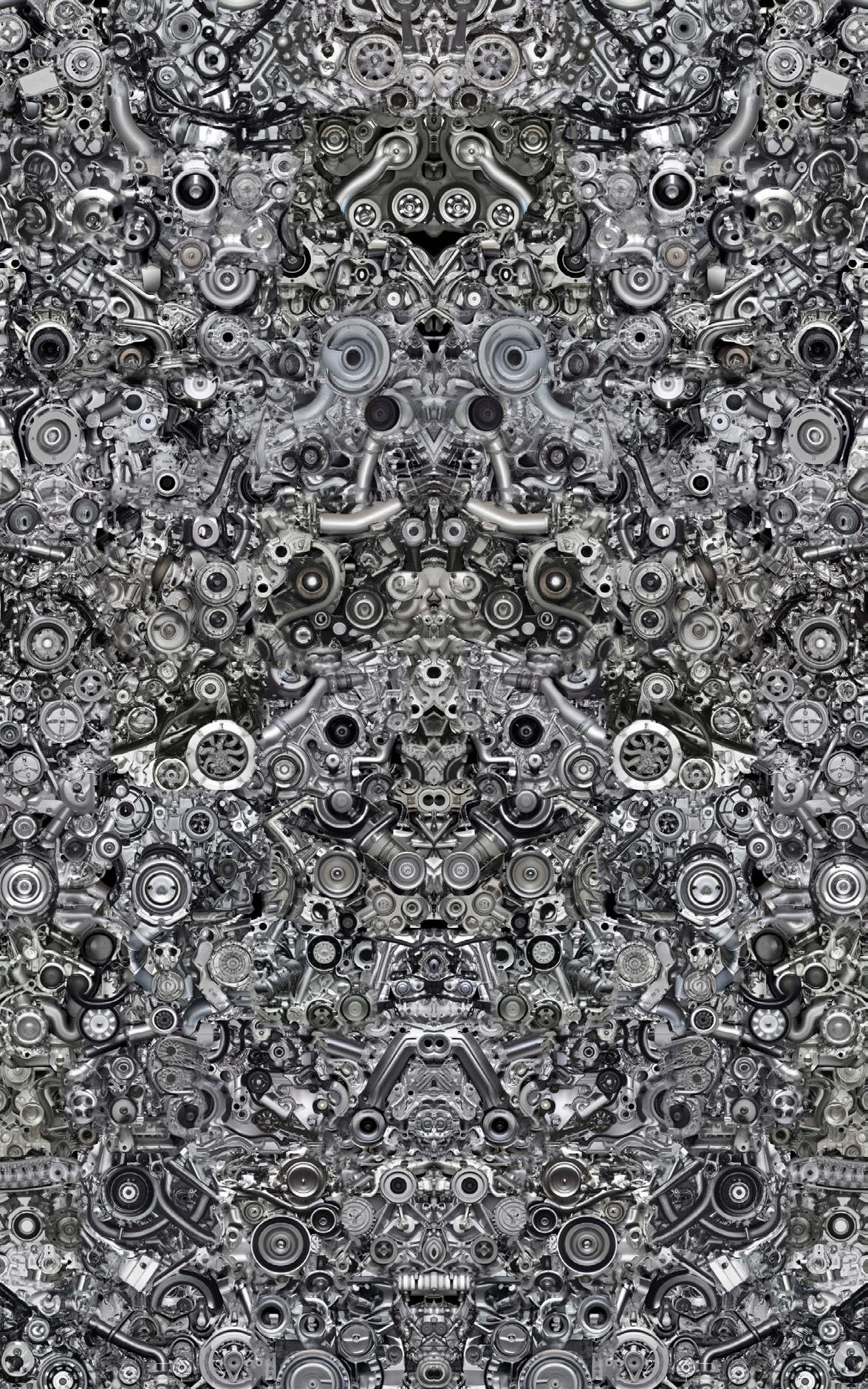
33
Senza titolo 4 / Untitled 4, 2022 Stampa d’archivio montata su Dibond / Archival print mounted on Dibond, 200 × 125 cm
 Senza titolo 6 / Untitled 6, 2022 Stampa d’archivio montata su Dibond / Archival print mounted on Dibond, 200 × 125 cm
Senza titolo 6 / Untitled 6, 2022 Stampa d’archivio montata su Dibond / Archival print mounted on Dibond, 200 × 125 cm
34
Maria Mavropoulou
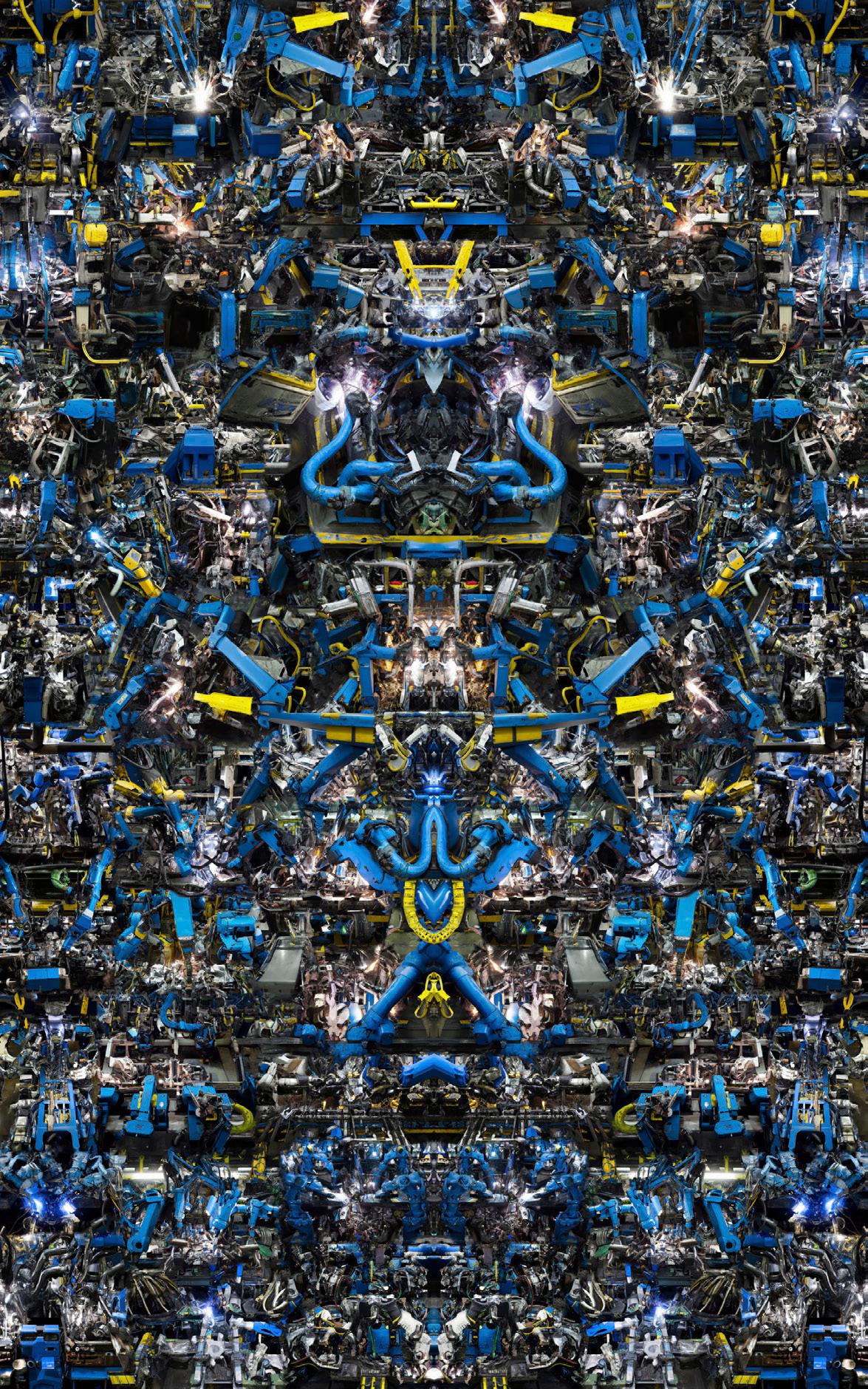
35
Senza titolo 7 / Untitled 7, 2022 Stampa d’archivio montata su Dibond / Archival print mounted on Dibond, 200 × 125 cm
Senza titolo 8 / Untitled 8, 2022
Stampa
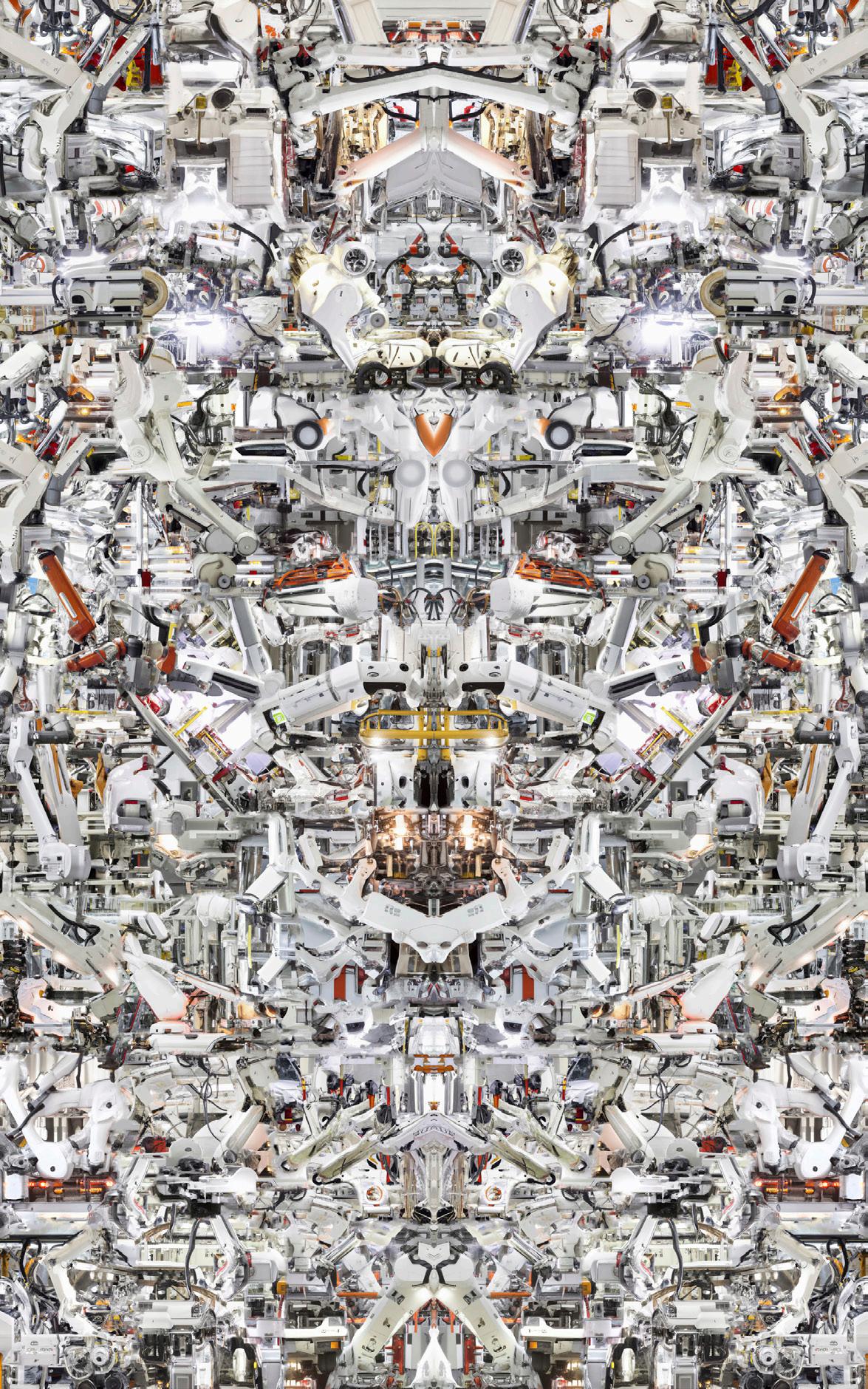 d’archivio montata su Dibond / Archival print mounted on Dibond, 200 × 125 cm
d’archivio montata su Dibond / Archival print mounted on Dibond, 200 × 125 cm
36
Maria Mavropoulou
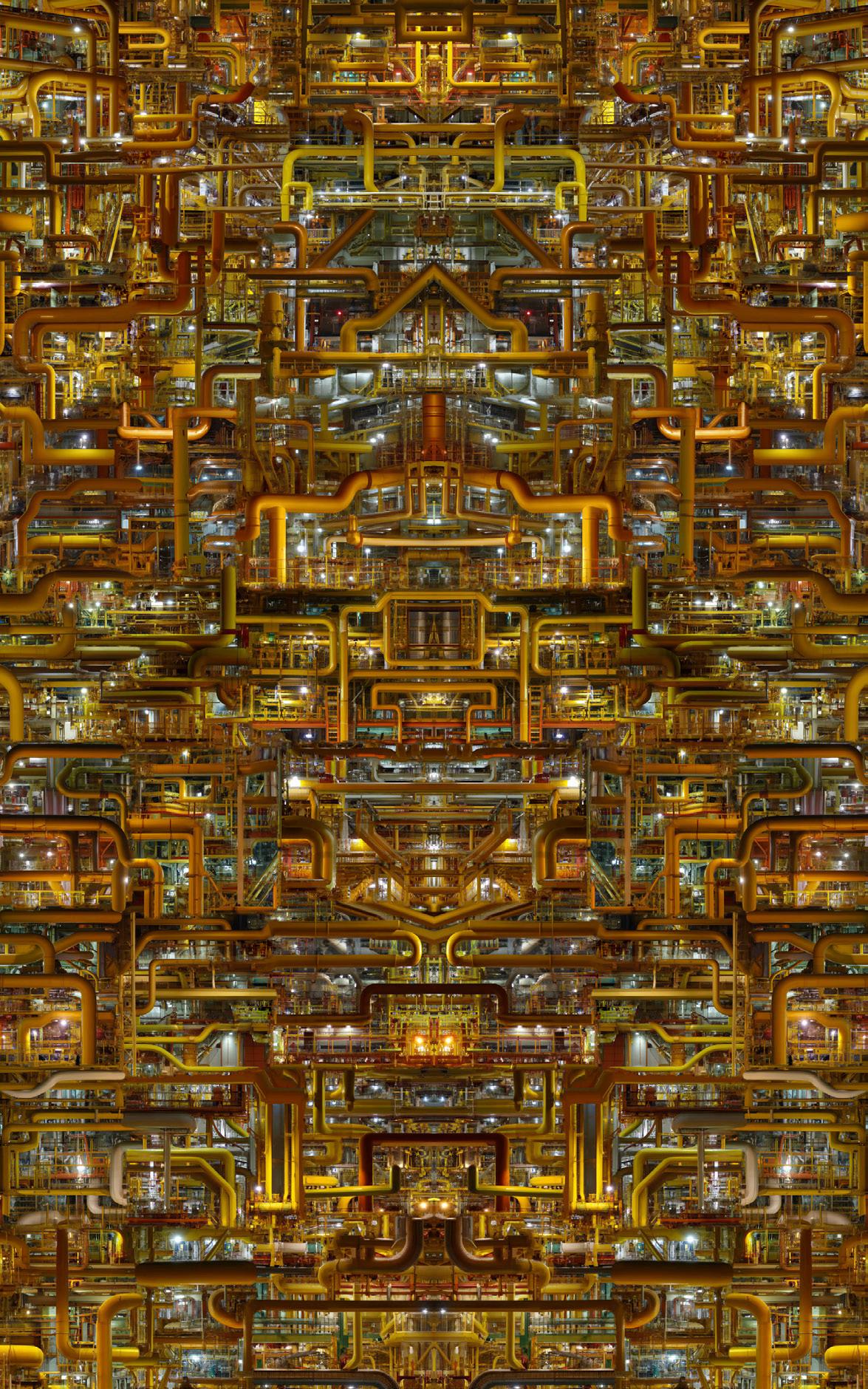
37
Senza titolo 9 / Untitled 9, 2022 Stampa d’archivio montata su Dibond / Archival print mounted on Dibond, 200 × 125 cm
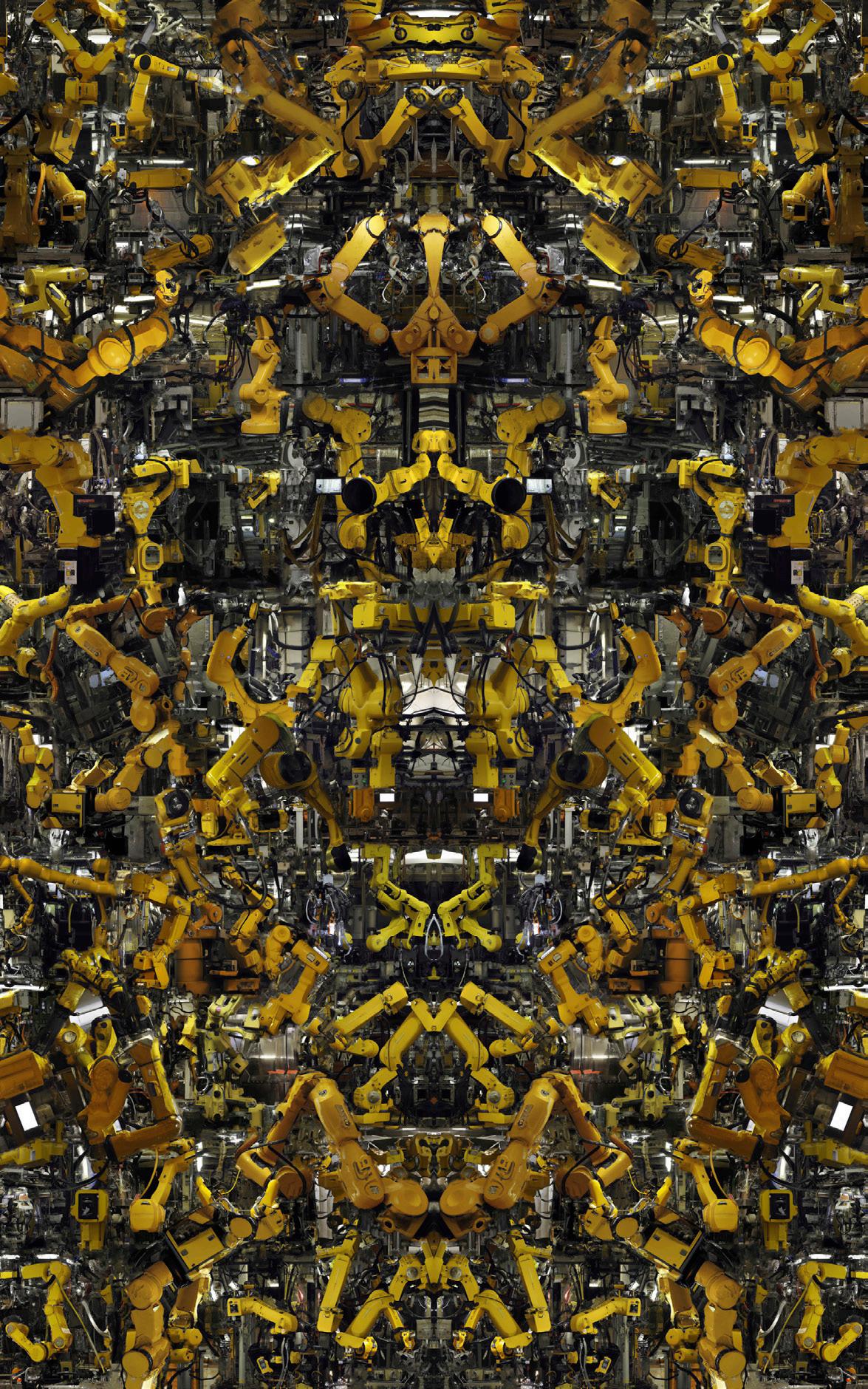 Senza titolo 10 / Untitled 10, 2022 Stampa d’archivio montata su Dibond / Archival print mounted on Dibond, 200 × 125 cm
Senza titolo 10 / Untitled 10, 2022 Stampa d’archivio montata su Dibond / Archival print mounted on Dibond, 200 × 125 cm
38
Maria Mavropoulou
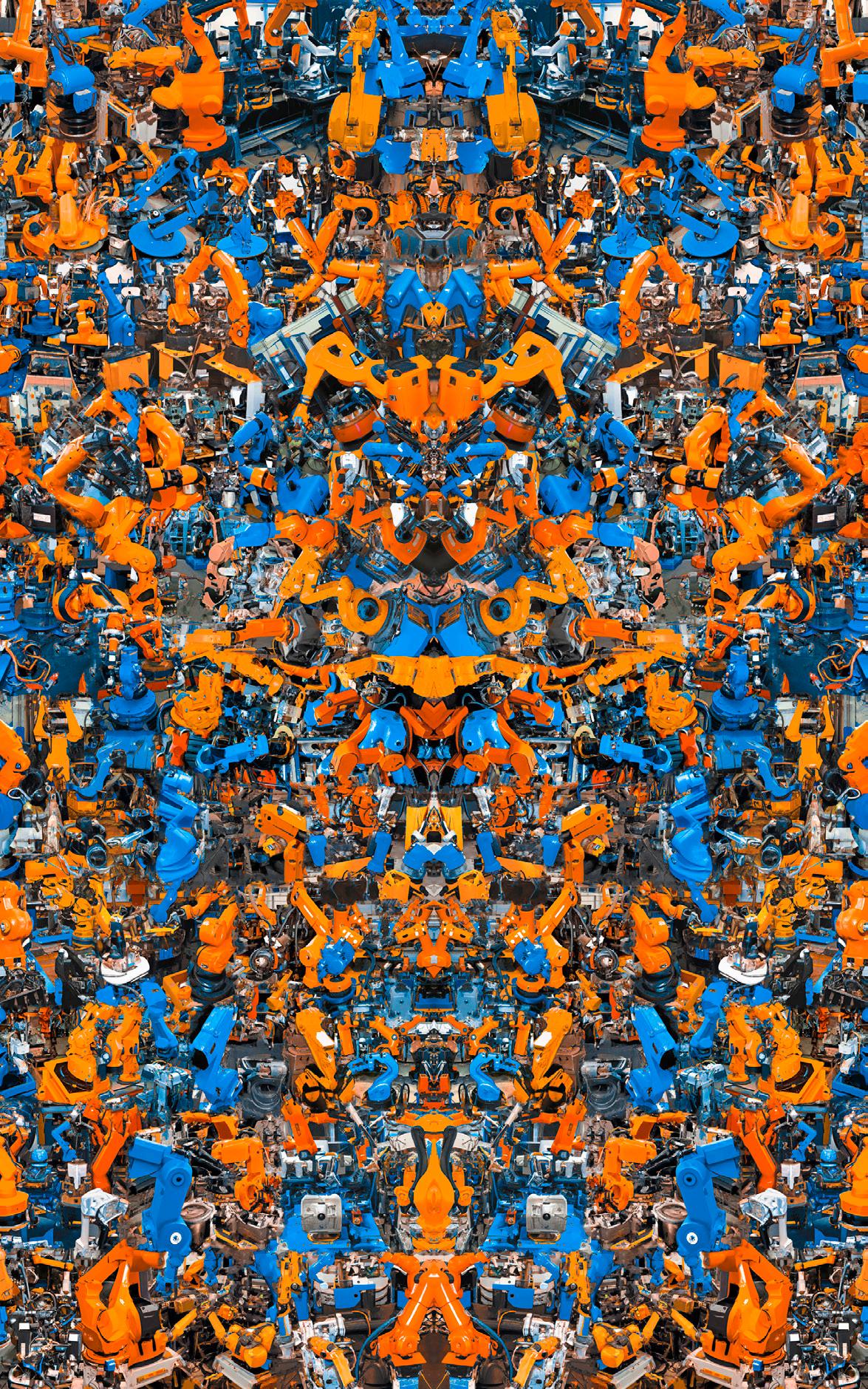
39
Senza titolo 11 / Untitled 11, 2022 Stampa d’archivio montata su Dibond / Archival print mounted on Dibond, 200 × 125 cm
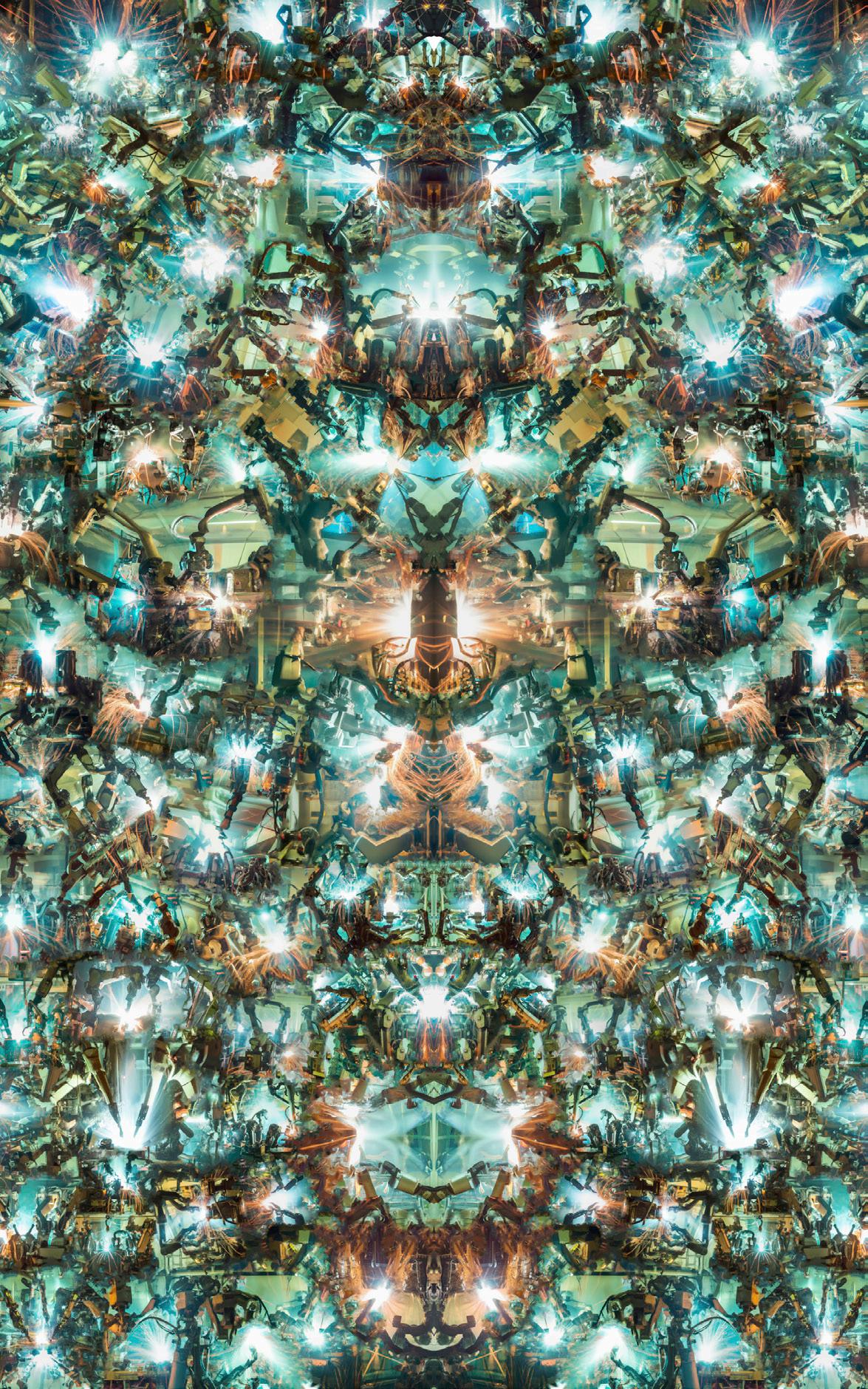 Senza titolo 14 / Untitled 14, 2022
Stampa d’archivio montata su Dibond / Archival print mounted on Dibond, 200 × 125 cm
Senza titolo 14 / Untitled 14, 2022
Stampa d’archivio montata su Dibond / Archival print mounted on Dibond, 200 × 125 cm
40
Maria Mavropoulou
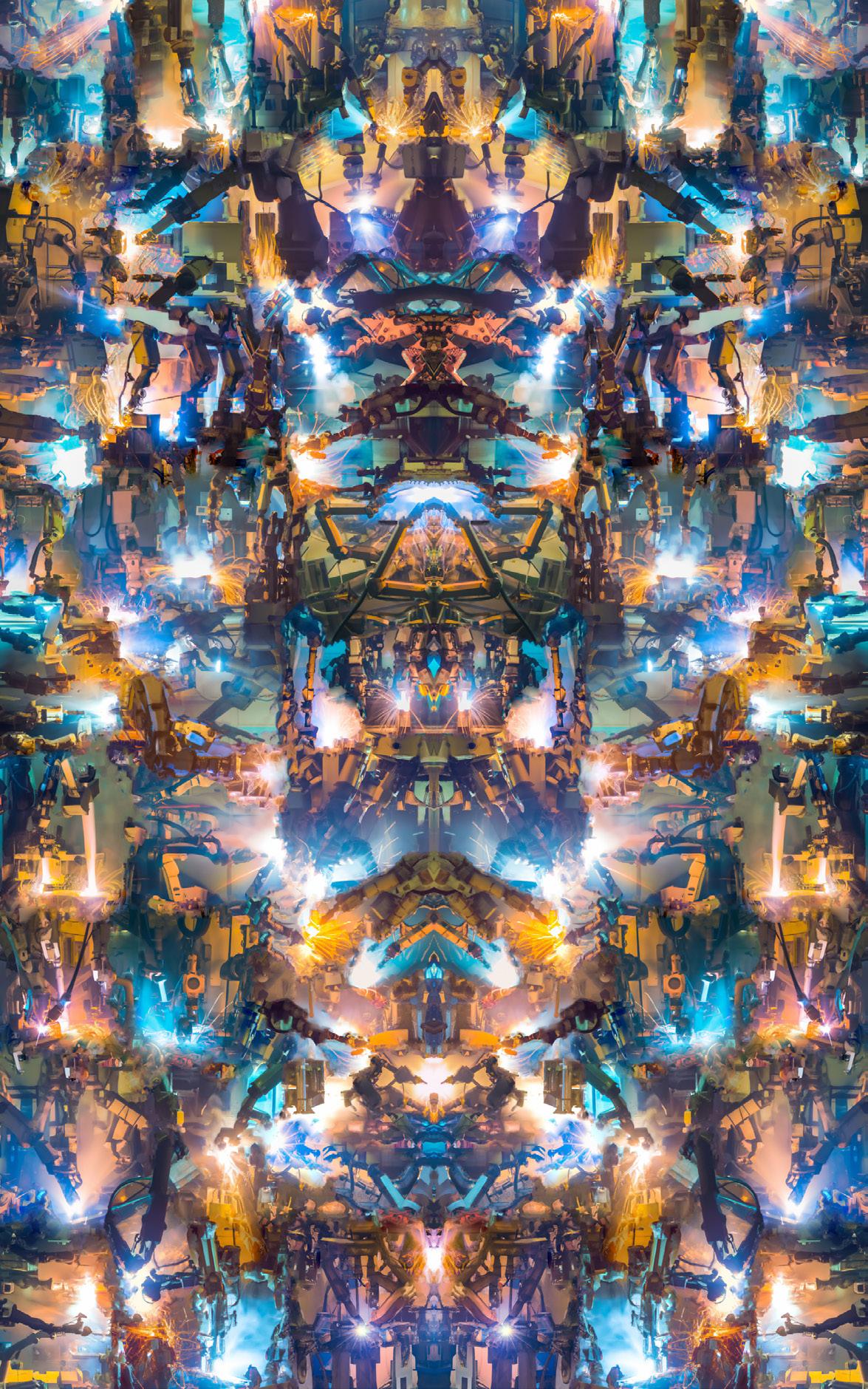
41
Senza titolo 18 / Untitled 18, 2022 Stampa d’archivio montata su Dibond / Archival print mounted on Dibond, 200 × 125 cm
LEBOHANG KGANYE
Lebohang
44
Elvira Dyangani Ose
Keep the Light Faithfully
Kganye
C’è un gesto discreto ma simbolico che Lebohang Kganye compie nella scelta del soggetto della sua attuale ricerca. L’artista, che per la prima volta si imbarca in un racconto che non implica in linea di principio aspetti della storia della propria famiglia o della propria soggettività, indaga comunque la trasparenza e la veridicità della storia. E lo fa svelando racconti di migrazioni e identità attraverso le vicende tramandate oralmente e lo storytelling. Quest’ultimo è per lei un processo critico quanto i meccanismi che rivelano un’immagine sulla carta nell’oscurità di uno studio fotografico. Formulata sia come apparato didascalico di una serie di fotografie sia come sfondo per l’omonima installazione cinematografica a tre canali, Keep the Light Faithfully (2022) propone un racconto sulle guardiane dei fari come eroine quotidiane inquadrate all’interno delle loro ignote disavventure. Sguardo attento agli aspetti della loro vita, questa indagine è informata da dialoghi attraverso i quali Kganye costruisce una rara testimonianza, quella dei racconti dei guardiani dei fari del Sudafrica, della loro routine e delle loro vicissitudini in scenari isolati e remoti lungo la costa del paese.
Ispirata dal libro di Lenore Skomal The Lighthouse Keeper’s Daughter: The Remarkable True Story of American Heroine Ida Lewis, Kganye ha dato avvio a una ricerca sulle guardiane dei fari del Sudafrica dall’inizio del XIX secolo a oggi. Ormai in gran parte automatizzati, i fari nel paese sono quarantacinque. La storia di queste istituzioni senza tempo
è contrassegnata dall’impegno quotidiano di chi si occupa della tediosa gestione dei dati e dei registri, dell’accurata documentazione dei drastici cambiamenti meteorologici, dell’approfondita conservazione dell’architettura e dell’ingegneria meccanica, nonché delle occasionali procedure di salvataggio e delle lotte per preservare la salute mentale degli individui – nel caso del Sudafrica solo uomini – che devono affrontare l’invisibilità e l’immobilità cui sono costretti dal loro lavoro.
Con le sue immagini argute in bianco e nero fatte di figure tagliate e incollate e una tridimensionalità squisita ed evocativa, Kganye riscrive i torti di questa narrazione per ristabilire una storia al femminile mai vissuta, in cui mette in scena episodi di vita reale tratti dalle conversazioni con i protagonisti delle sue interviste. Racconti inattesi di cani all’inseguimento e spettri femminili mescolati a cupe realtà di morti in mare e catastrofi naturali. Tutti di un tono assurdo, quasi surrealista, fra il sarcastico e il malinconico, i suoi gesti spingono l’immaginazione degli spettatori a immergersi nelle storie al di là di ogni senso di drammaticità o retorica. Qui il suo corpo non è più una figura reale a grandezza naturale in mezzo a ritagli e sagome stampati a getto d’inchiostro subalterni alla stessa narrazione, come in altre immagini precedenti quali Last Supper o The Wheelbarrow, che fanno entrambe parte della serie Ke Lefa Laka: Her-Story (2013). Sembra che l’assenza di una vera guardiana abbia reso necessaria una strategia diversa.
45
Allo stesso modo, il processo solitamente nascosto della resa di una profondità di campo, di una teatralità, viene qui presentato come dispositivo palese, come se l’artista sentisse il bisogno, come mai prima d’ora, di sottolineare la dimensione illusionistica della propria narrazione, il trucco dietro le immagini. Come se questa scelta rendesse altrettanto assurda la discriminazione ideologica di genere della storia dei guardiani dei fari, considerata una mera costruzione dall’artista.
Mi domando se la solennità dell’installazione cinematografica a tre canali Dipina tsa Kganya, realizzata da Kganye nel 2021, non abbia suggerito la necessità di un approccio più leggero. Non fraintendetemi, nulla va perso della gravità della storia né delle rivendicazioni dell’artista, ma queste ora vengono proposte al pubblico in modo talmente aneddotico da non indurlo a mettere in discussione la propria percezione. Dipina tsa Kganya, al contrario, esige un’attenzione meticolosa, una partecipazione attiva e una cura di natura particolare. L’architettura avvolgente degli schermi, il suono suadente delle musiche della compositrice Thandi Ntuli e le immagini accuratamente elaborate ricreano l’atmosfera che si immagina si sarebbe vissuta dentro un faro, nella quiete più profonda e fredda di una notte di metà Ottocento. La protagonista si ostina a pulire una lampada, mentre la luce del faro gira, gira e gira ancora, in una coreografia che si prevede senza fine, facendo sfarfallare la stanza a ogni giro.
Al contempo, immersi nella densità delle sonorità di Ntuli, che suona in un carillon polifonico, si può quasi sentire il freddo della notte che ci penetra nelle ossa. I tempi della storia anticipano i nostri, in un processo decisionale in cui siamo invitati a riprendere insieme alla protagonista il nostro impegno a mantenere in luce certe storie e certe comunità. Eppure, come già accennato, non c’è solo la storia in sé. Da un lato, la disperata ricerca della luce nella fitta oscurità, che accompagna ogni marinaio nel desiderio dell’approdo, è qui una metafora della materializzazione dello svelamento fotografico, processo chimico che è “scrittura con la luce”. La fotografia infatti non esiste senza luce, elemento necessario all’artista per diradare l’oscurità su vicende nascoste o invisibili. Dall’altro lato, la continua ricerca del significato e delle varie grafie del suo cognome, Kganye, che potrebbe derivare da “kganya”, ovvero luce, speranza o fede in lingua xhosa, ci porta a credere che ci sia qualcosa di più profondo nella biografia e nelle evocazioni rituali dell’artista, che si riflette sia nel suo percorso artistico sia nell’interesse per i vari mezzi espressivi e per le numerose possibilità offerte. Il suo approccio alla fotografia trae origine dal senso della fantasmagoria caratteristico della fotografia degli inizi del XX secolo, dei primi fotografi d’avanguardia che miravano a preservare l’effimero, l’intangibile. La sua è una sfida ostinata alla fotografia, a ciò che può fare, a ciò che rende possibile.
Lebohang Kganye 46
There is a subtle yet symbolic gesture in Lebohang Kganye’s choice of her current research subject. Though the artist tackles for the first time a story that does not, in principle, deal with aspects of her family’s history or her own subjectivity, she does nonetheless engage in the same pursuit of inquiring about history’s accountability and truthfulness. And she does so by disclosing stories of migration and identity through oral histories and storytelling. The latter is for the photographer as critical a process as the ones that reveal an image on paper out of the gloom of the darkroom. Formulated both as the captions of a photography series and as the backdrop for her three-channel film installation, Keep the Light Faithfully (2022) delivers a tale of lighthouse keepers as everyday heroes framed by their unknown misadventures. The investigation offers a glimpse and a rare record of various aspects of their lives, and is informed by conversations and dialogues that focus on the stories of South African lighthouse keepers, their routines and vicissitudes in isolated, remote settings along the country’s coastline.
Inspired by Lenore Skomal’s The Lighthouse Keeper’s Daughter: The Remarkable True Story of American Heroine Ida Lewis, Kganye began to research female lighthouse keepers in South Africa from the beginning of the 19th century to the present. There are currently forty-five lighthouses in the country, now mostly automated. The history of these
timeless institutions is distinguished by the monotonous day-to-day logging and record management of the keepers, thorough documentation of drastic weather changes, maintenance of the architecture and mechanical engineering, as well as the occasional rescue operation and the mental health struggles of the keepers—in the case of South Africa, only men—as they labour in a job that leaves them stranded and invisible.
With her customary witty black-and-white imagery of cut and pasted figures and an exquisite and evocative three-dimensionality, Kganye rewrites the wrongs in such history-telling to restore a previously unexplored her story, in which she performs real-life episodes drawn from conversations with her interviewees—unexpected stories of female ghosts and of being chased by dogs, combined with the sombre realities of death at sea and environmental catastrophes. In an absurd, almost surrealist tone that is both sarcastic and melancholic, her gestures take the viewer’s imagination deep into the stories, beyond any sense of dramatism or rhetoric. Here, her body is no longer a life-size real figure in the middle of inkjet-printed cutouts and silhouettes subaltern to her own narrative, as in earlier images such as Last Supper or The Wheelbarrow, both part of the Ke Lefa Laka: Her-Story series (2013). It seems that the absence of an actual female keeper made a different strategy necessary. Likewise, the usually concealed process of staging depth of field and its
47
theatricality is offered here as an optional display, as though the artist felt the need, like never before, to emphasize the make-believe sense of her history-making, the trick behind the images. As if that gesture would render equally ludicrous the ideological gender discrimination of the history of lightkeepers, regarded by the artist as a mere construct.
I wonder if the solemnity of her three-channel film installation, Dipina tsa Kganya (2021), also prompted the need for a lighter approach. Do not misunderstand me, none of the seriousness of the story or the artist’s claims is lost, but these are delivered to the public in such an anecdotic way that their perceptions are not challenged. Dipina tsa Kganya, on the contrary, requires meticulous attention, a particular kind of engagement and care. Here the involving architecture of the screens, the persuasive sound of the music by composer Thandi Ntuli, and the carefully crafted imagery conjure up the atmosphere of what one imagines it would have been like to live in a lighthouse in the depths of a bitterly cold and utterly quiet night in the mid-19th century. The character carries on cleaning a bulb, while in the central pane the beam of the lighthouse turns and turns and turns, over and over again, slowly, in what we expect to be a never-ending choreography, making the room flicker at every turn. All the while, as we are immersed in the density of Ntuli’s song playing on a polyphonic music box, one can almost feel the coldness of the night cracking our spine.
The time of the story predates ours, setting up a decision-making process in which we are invited to imagine, with the artist’s protagonist, our own involvement in ensuring that light continues to be shed on certain histories and communities.
Still, there is more to the story than the story itself, as mentioned above. On the one hand, the desperate search for light in the midst of darkness, experienced by any sailor as they try to find the shore, is here a metaphor for the materialization of the photographic unveiling, the actual chemical process that, in the artist’s words, is “writing with light.” Photography in fact does not take place without it, and light processing is essential for her to be able to bear witness to hidden or invisible narratives. On the other hand, the continuous personal search for the meaning and the various spellings of her last name, Kganye, which might derive from Kganya, meaning light, hope or faith in Xhosa, leads us to believe that there is something much deeper in the artist’s biography and ritualistic evocations in both her career choice and her countless approaches to the various possibilities of media. Her take on photography draws on the most categorical sense of the phantasmagory inherent in the photography of the turn of the 20th century, of the early avant-garde photographers who aimed to preserve the fleeting and the intangible. Hers is a persistent challenge to photography, to what it can do, to what it makes possible.
Lebohang Kganye
48
Carro delle consegne trainato da buoi / Ox wagons to deliver supplies, 2022 Inkjet print ritagliate su supporti di legno / Inkjet photographic cutout prints on wooden stands, 90 × 60 × 40 cm
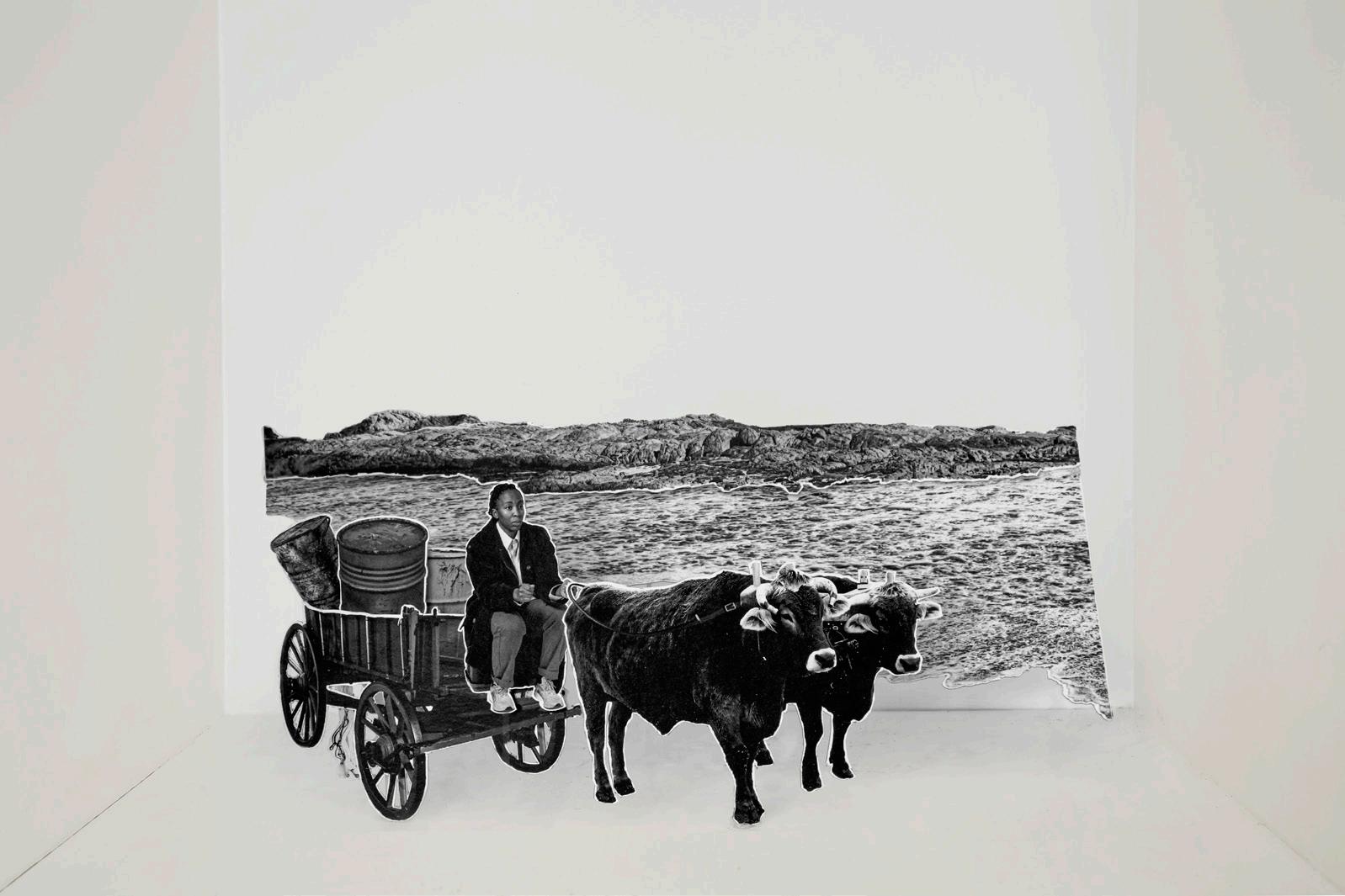
49
Lebohang Kganye
TV al parcheggio dei taxi / TV at the taxi rank, 2022 Inkjet print ritagliate su supporti di legno / Inkjet photographic cutout prints on wooden stands, 90 × 60 × 40 cm
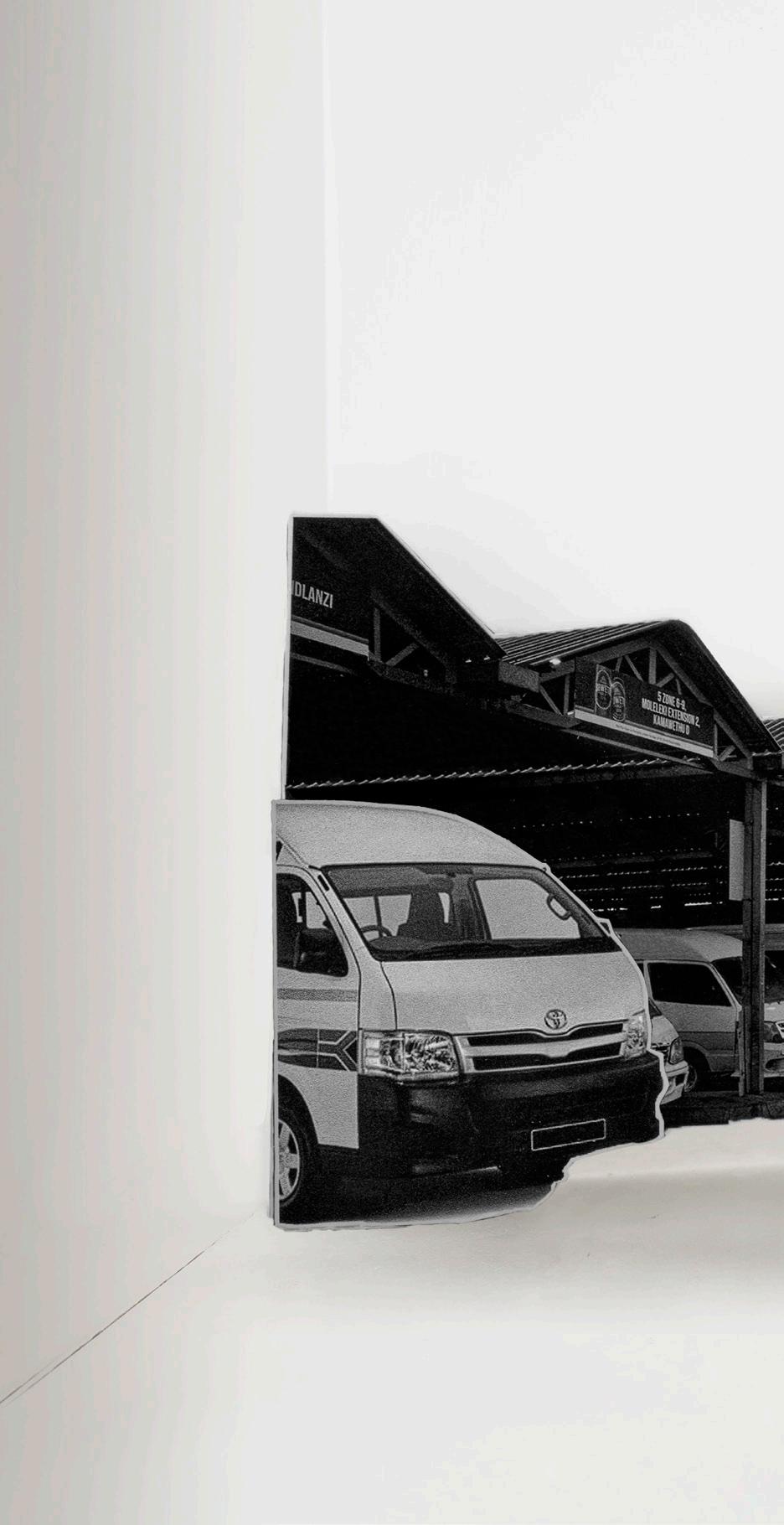
50
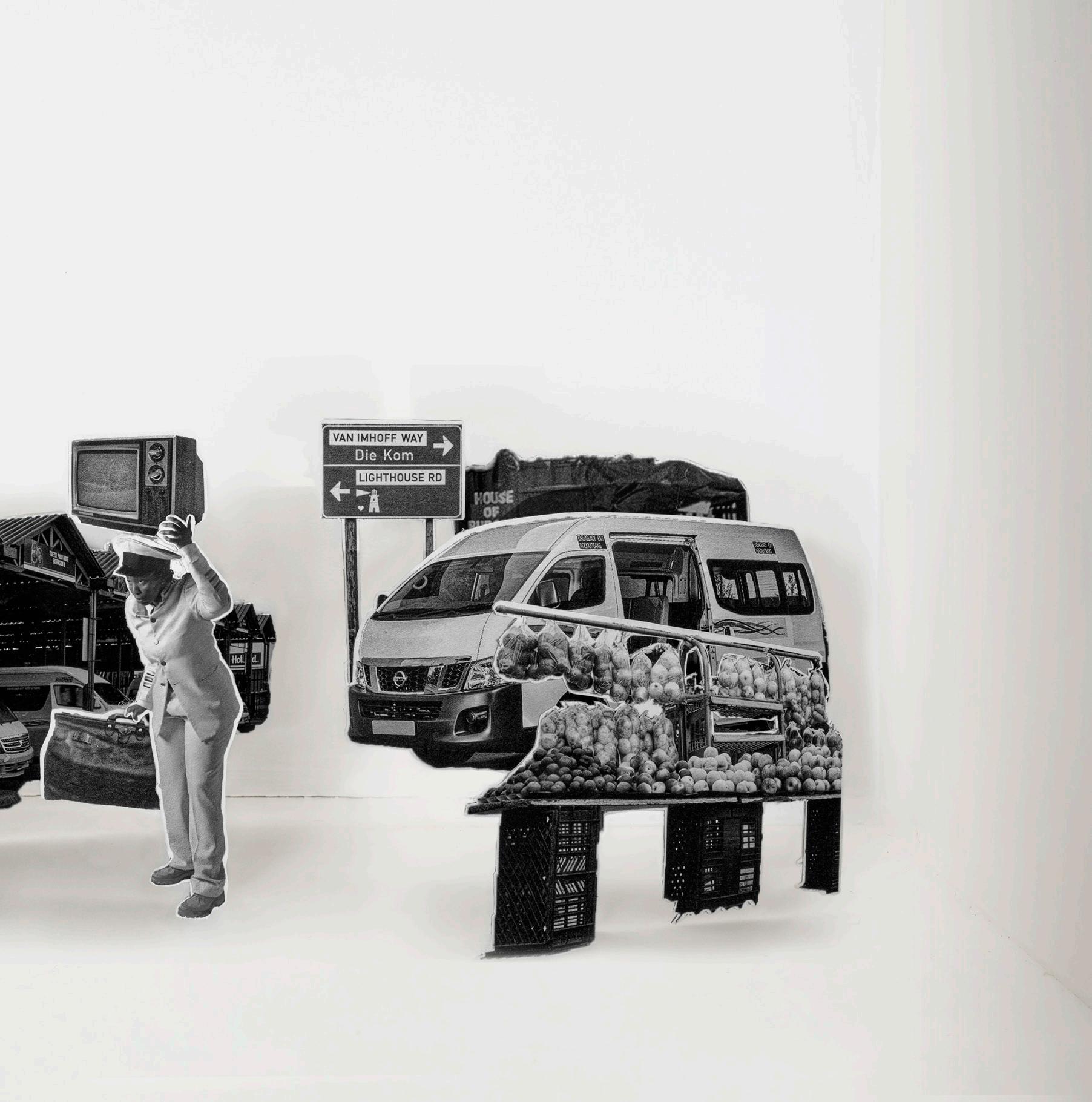
51
Lebohang Kganye
Rivendita di palline da golf / Reselling golf balls, 2022
Inkjet print ritagliate su supporti di legno / Inkjet photographic cutout prints on wooden stands, 90 × 60 × 40 cm
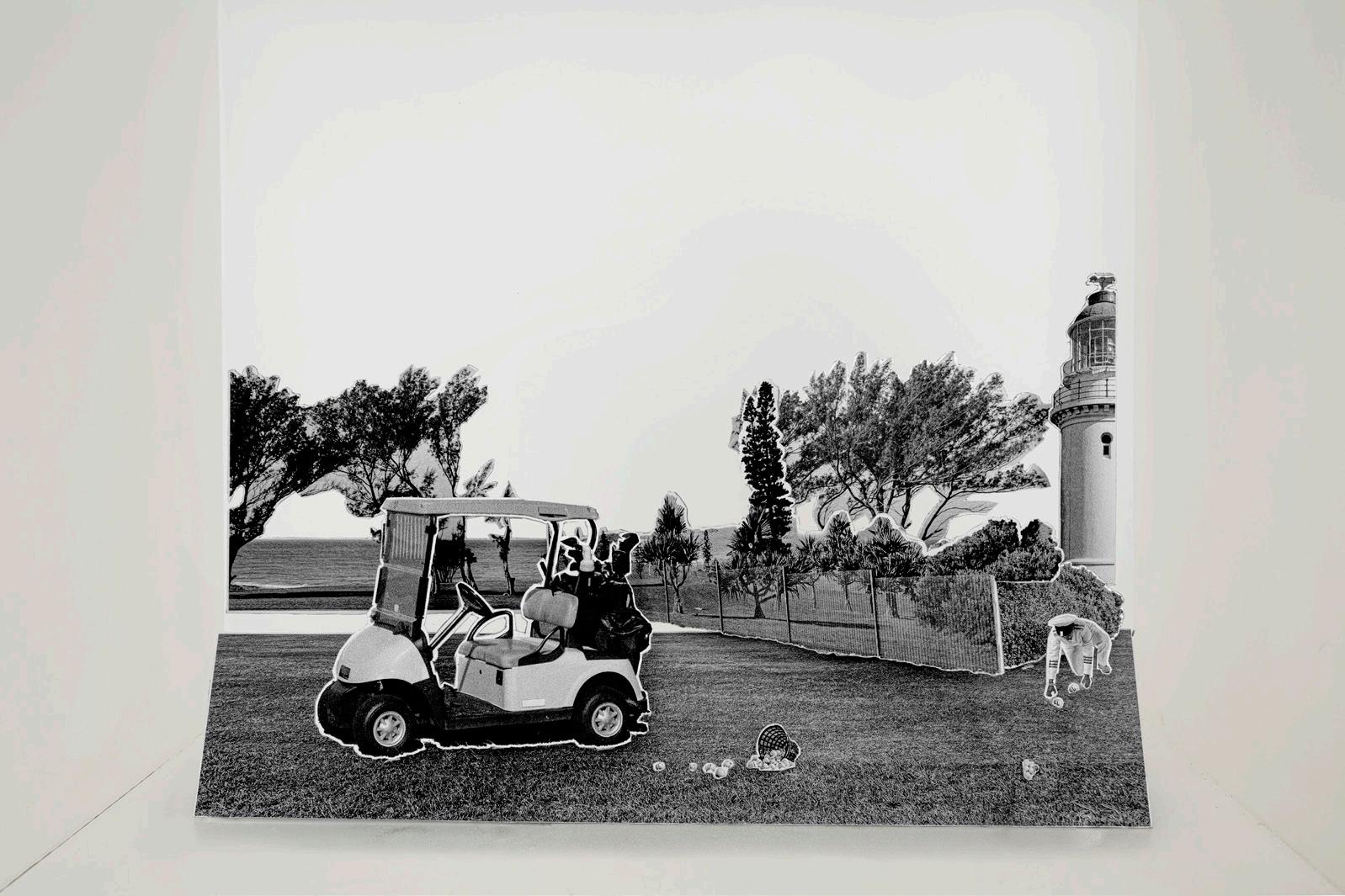
52
Prigioniero al lavoro alla manutenzione / Prisoner doing the general work, 2022 Inkjet print ritagliate su supporti di legno / Inkjet photographic cutout prints on wooden stands, 90 × 60 × 40 cm
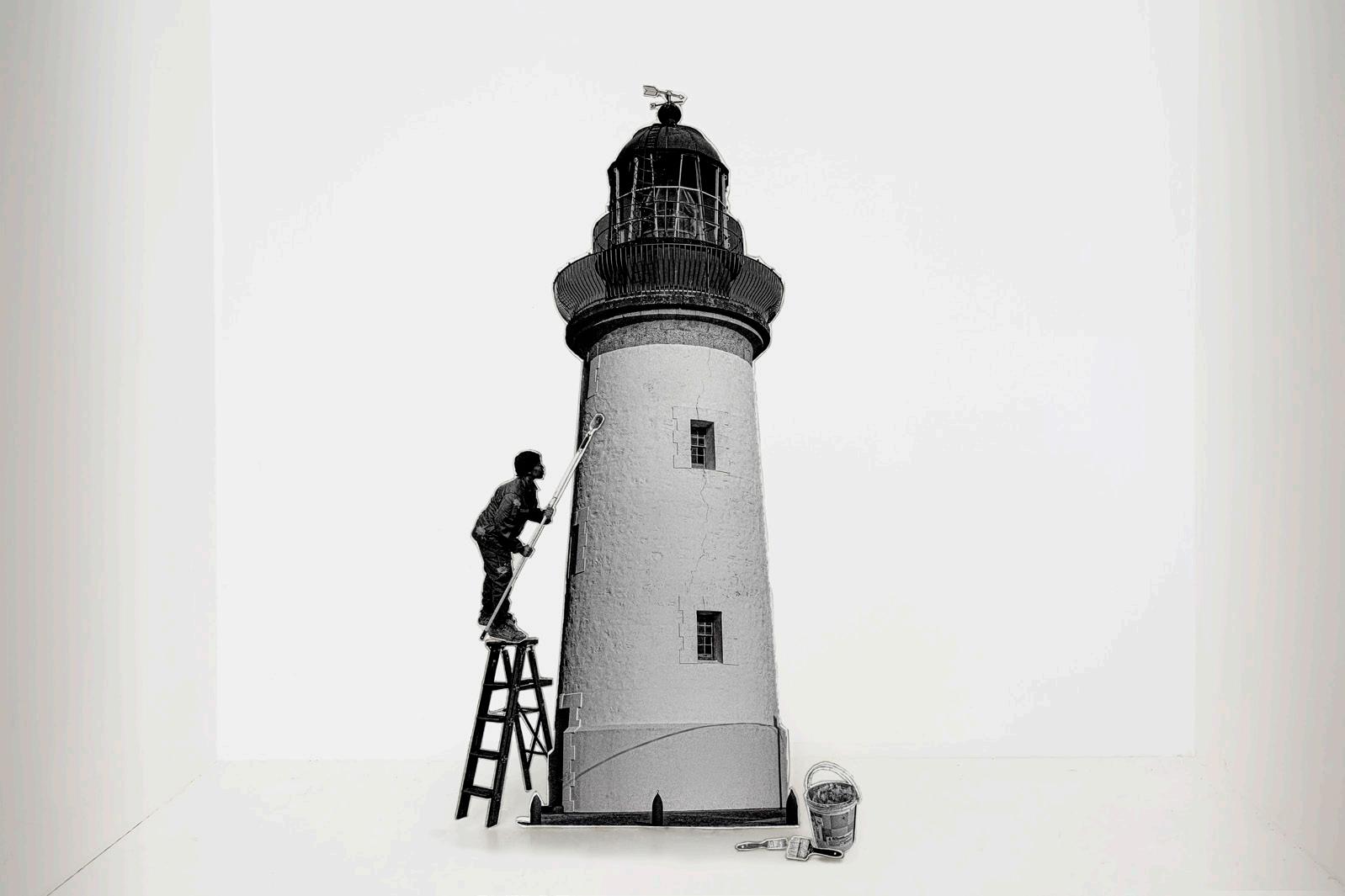
53
Lebohang Kganye
Professori e dottori che annegano / Drowning professors and doctors, 2022
Inkjet print ritagliate su supporti di legno / Inkjet photographic cutout prints on wooden stands, 90 × 60 × 40 cm
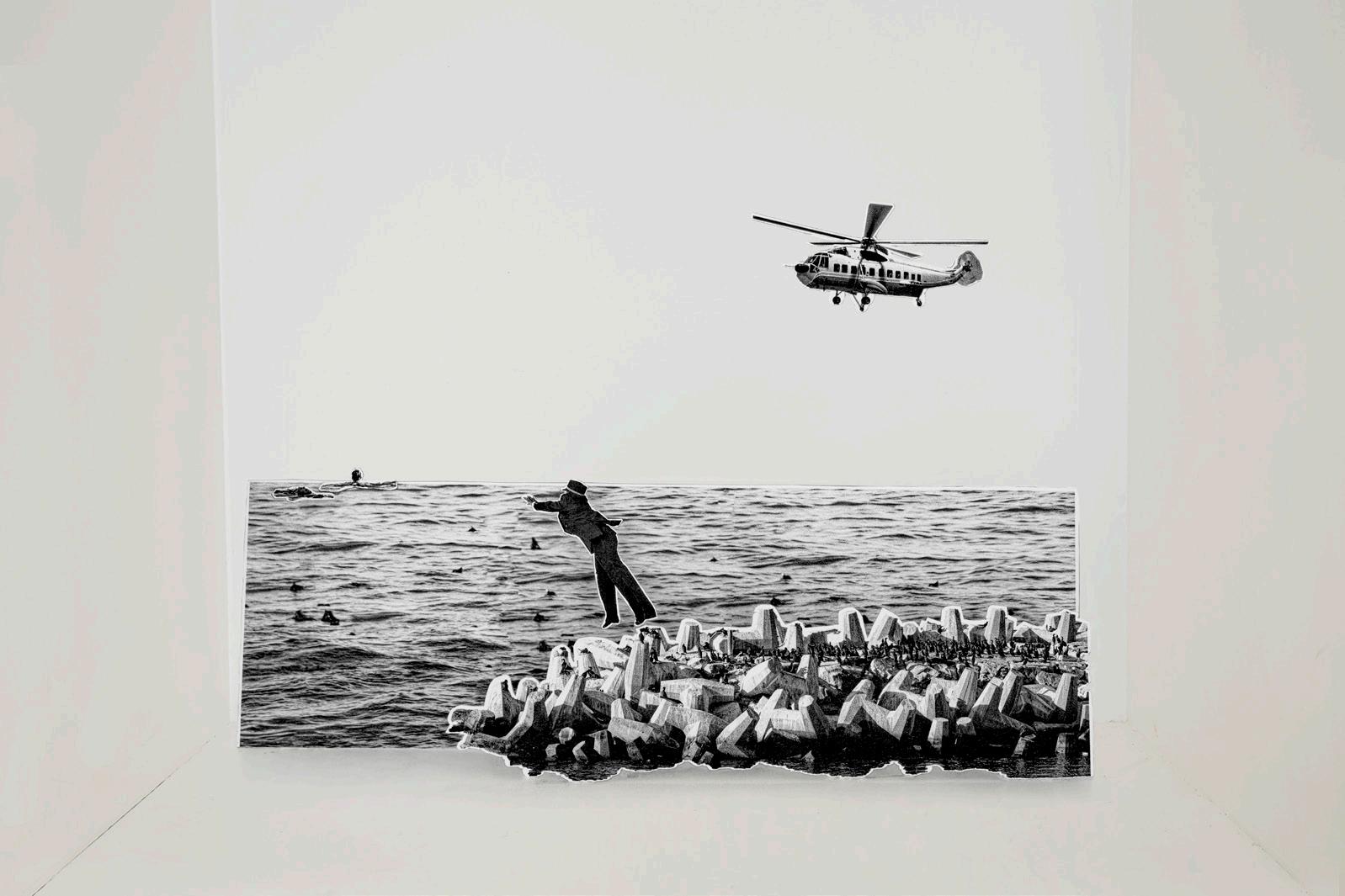
54
Fantasma nella locanda / Ghost in the guesthouse, 2022
Inkjet print ritagliate su supporti di legno / Inkjet photographic cutout prints on wooden stands, 90 × 60 × 40 cm
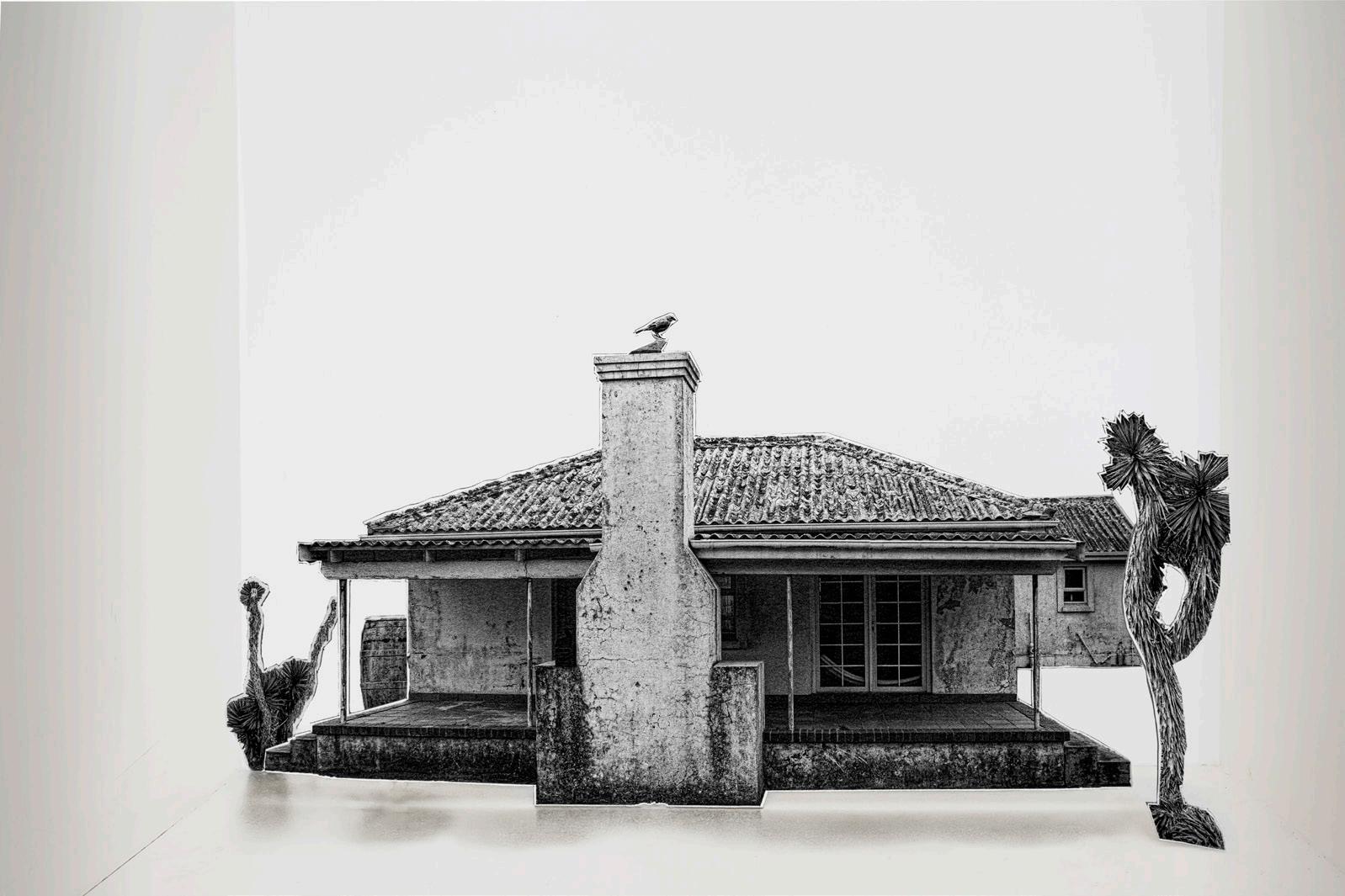
55
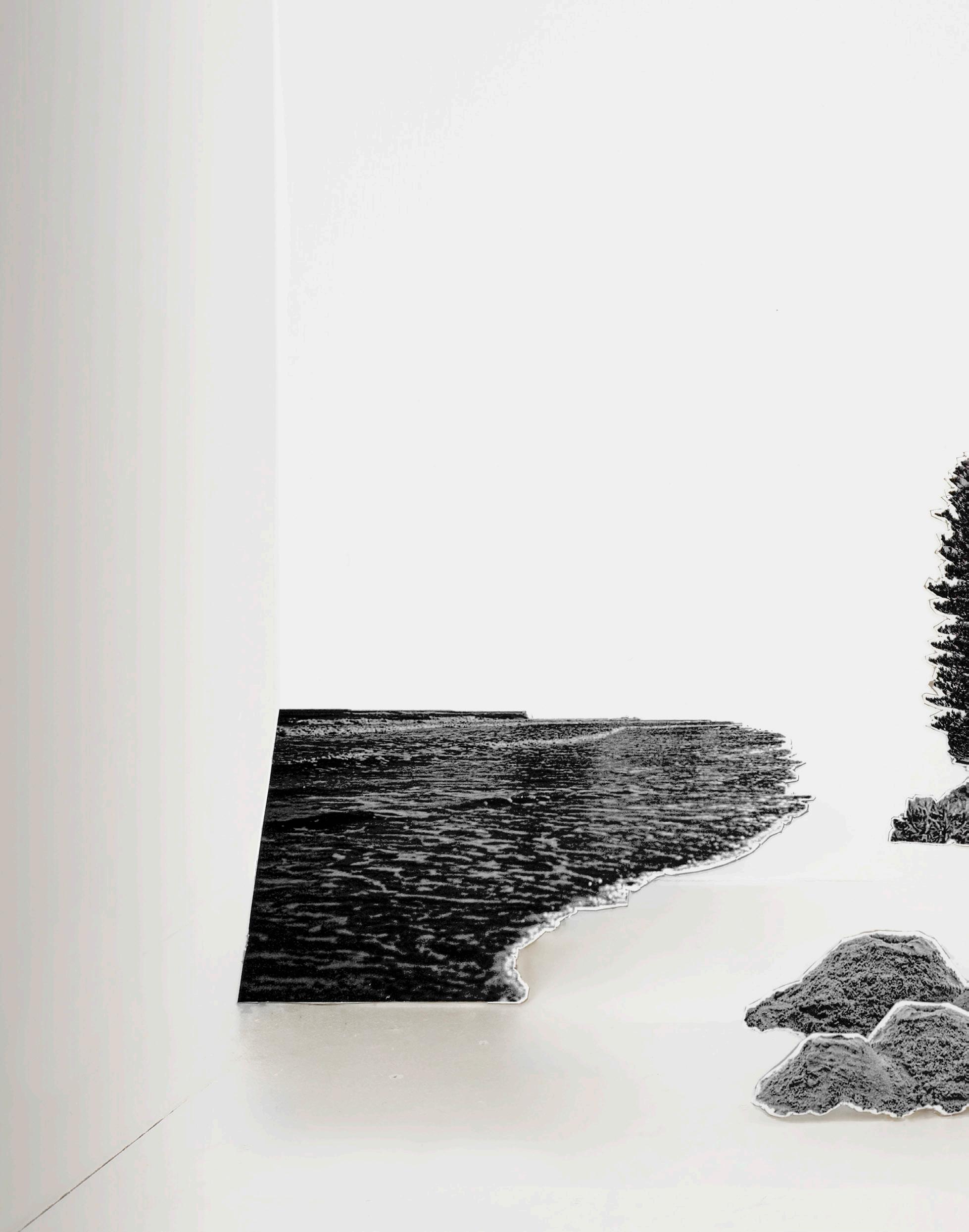
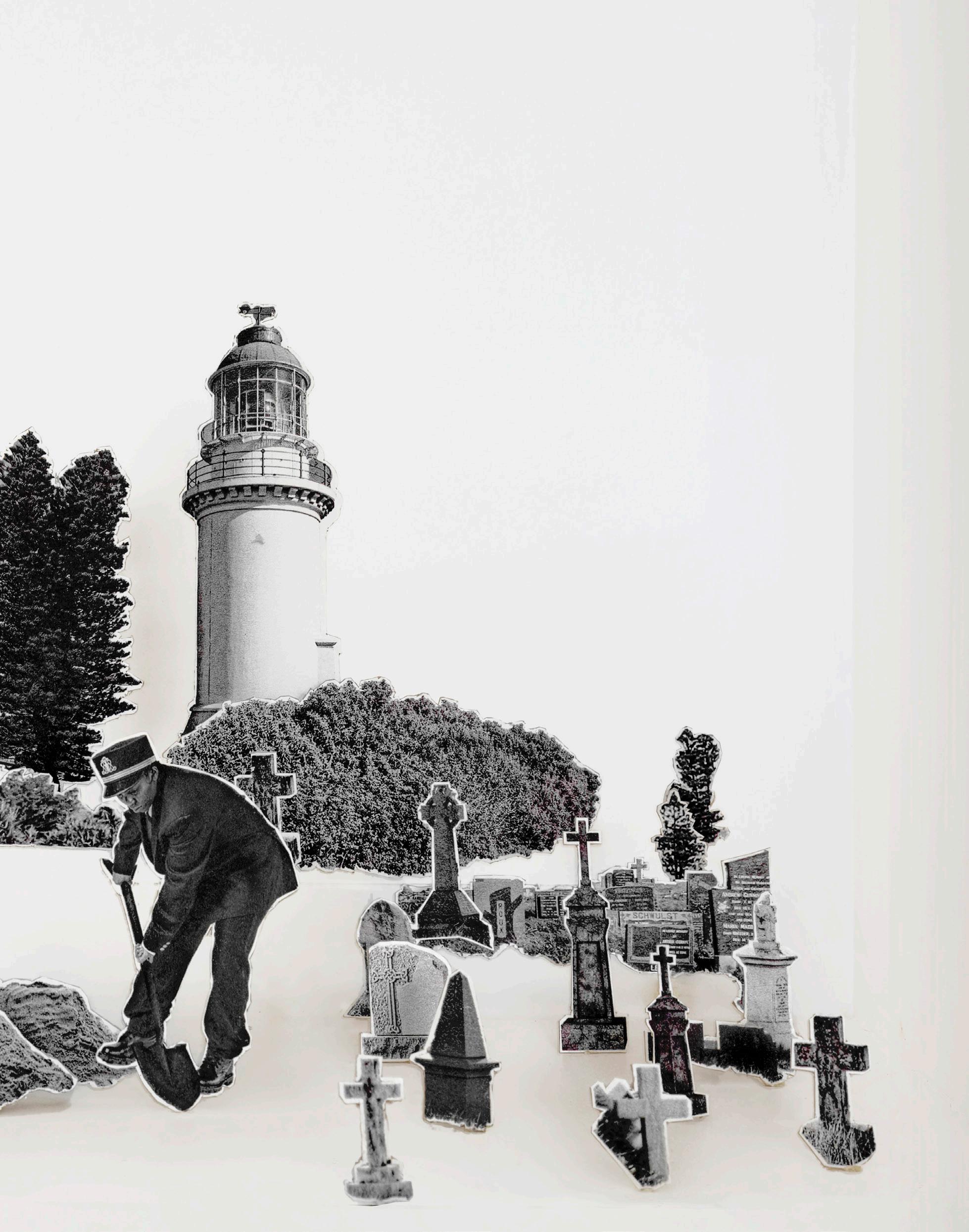
Lebohang Kganye
Donna nel cuore della notte / Woman in middle of night, 2022
Inkjet print ritagliate su supporti di legno / Inkjet photographic cutout prints on wooden stands, 90 × 60 × 40 cm
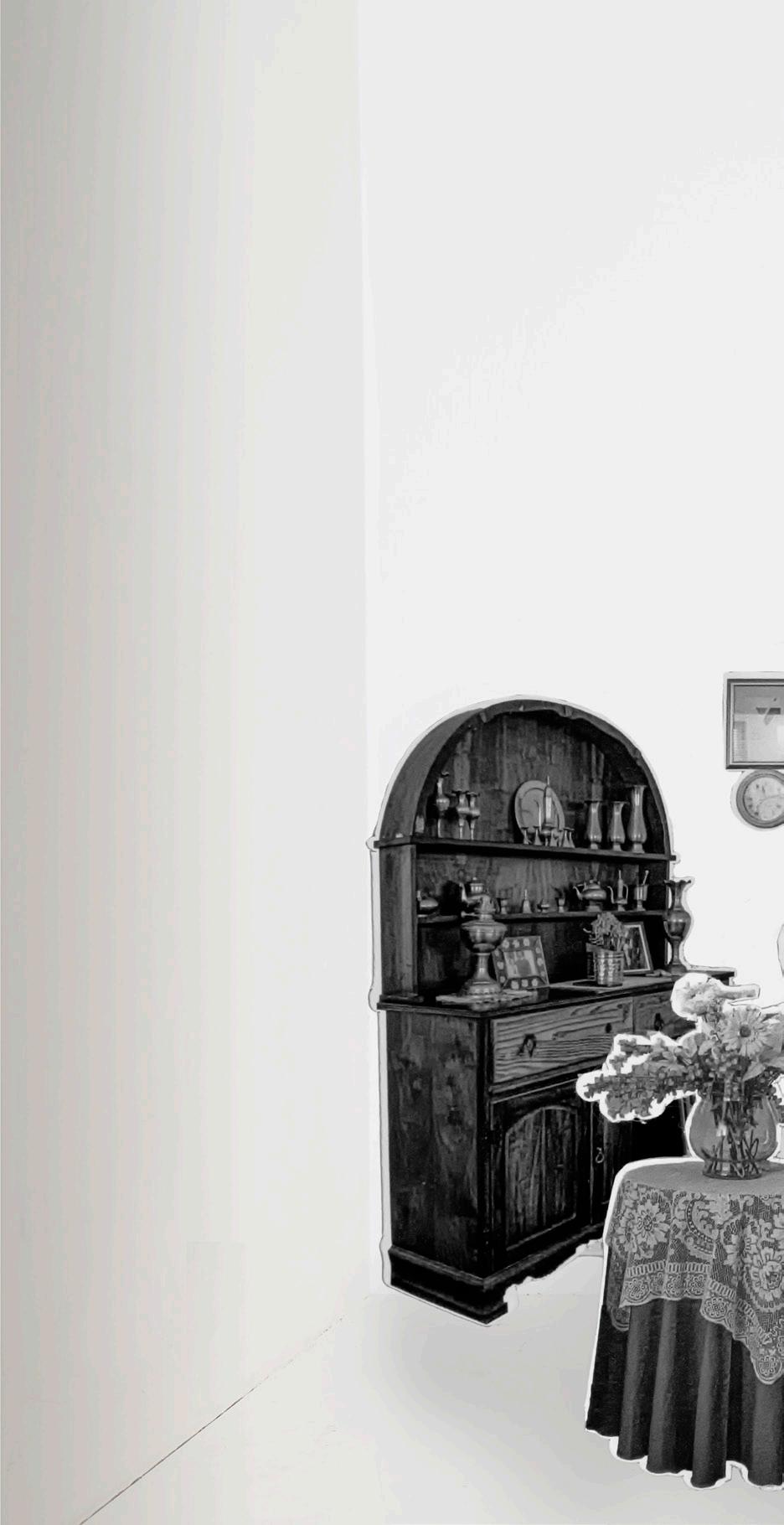
< Sepolture al faro / Lighthouse burials, 2022
Inkjet print ritagliate su supporti di legno / Inkjet photographic cutout prints on wooden stands dimensioni varie / dimensions variable
58
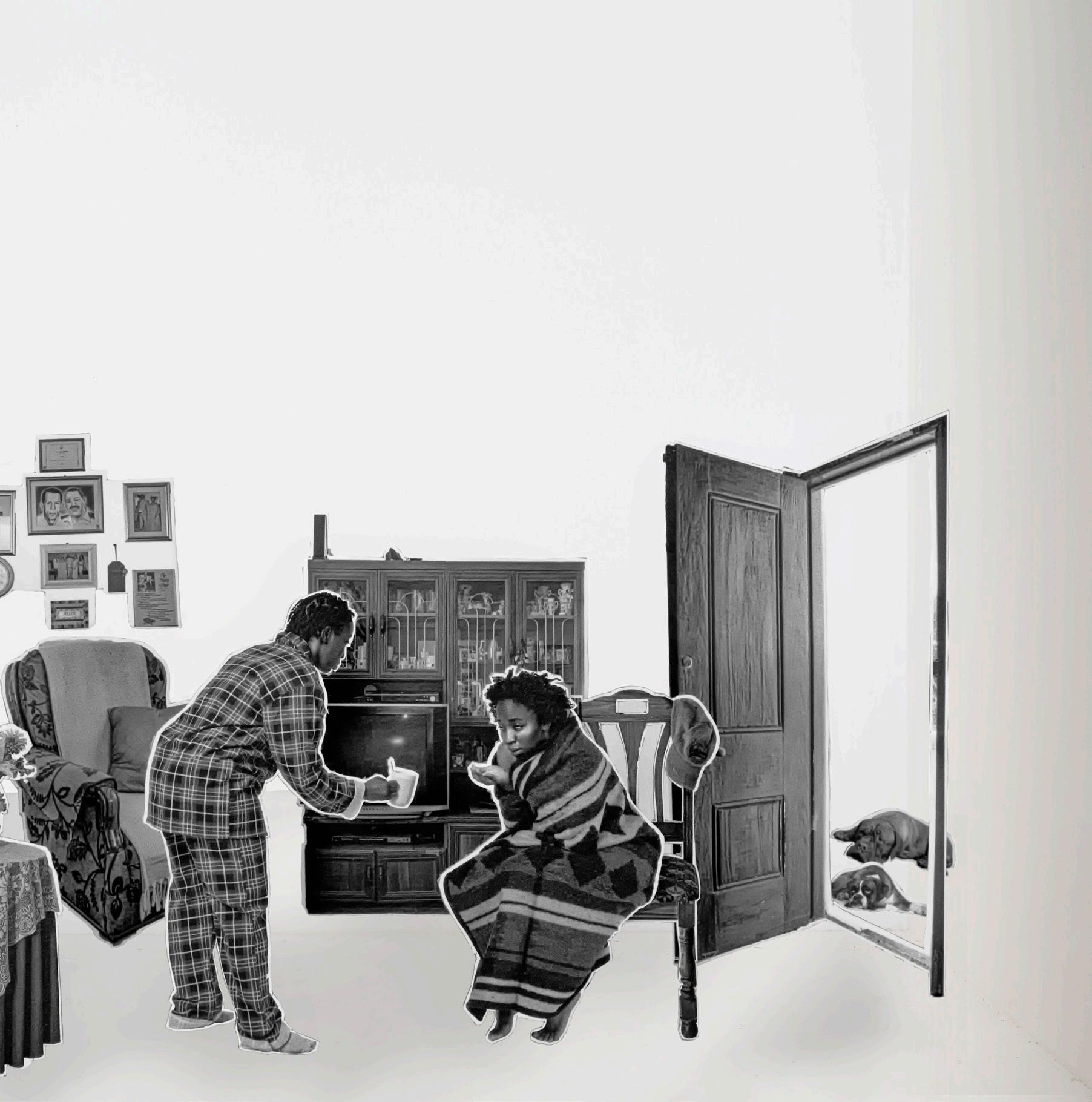
59
Lebohang Kganye
Tutti a pesca / We all go fishing, 2022
Inkjet print ritagliate su supporti di legno / Inkjet photographic cutout prints on wooden stands, 90 × 60 × 40 cm
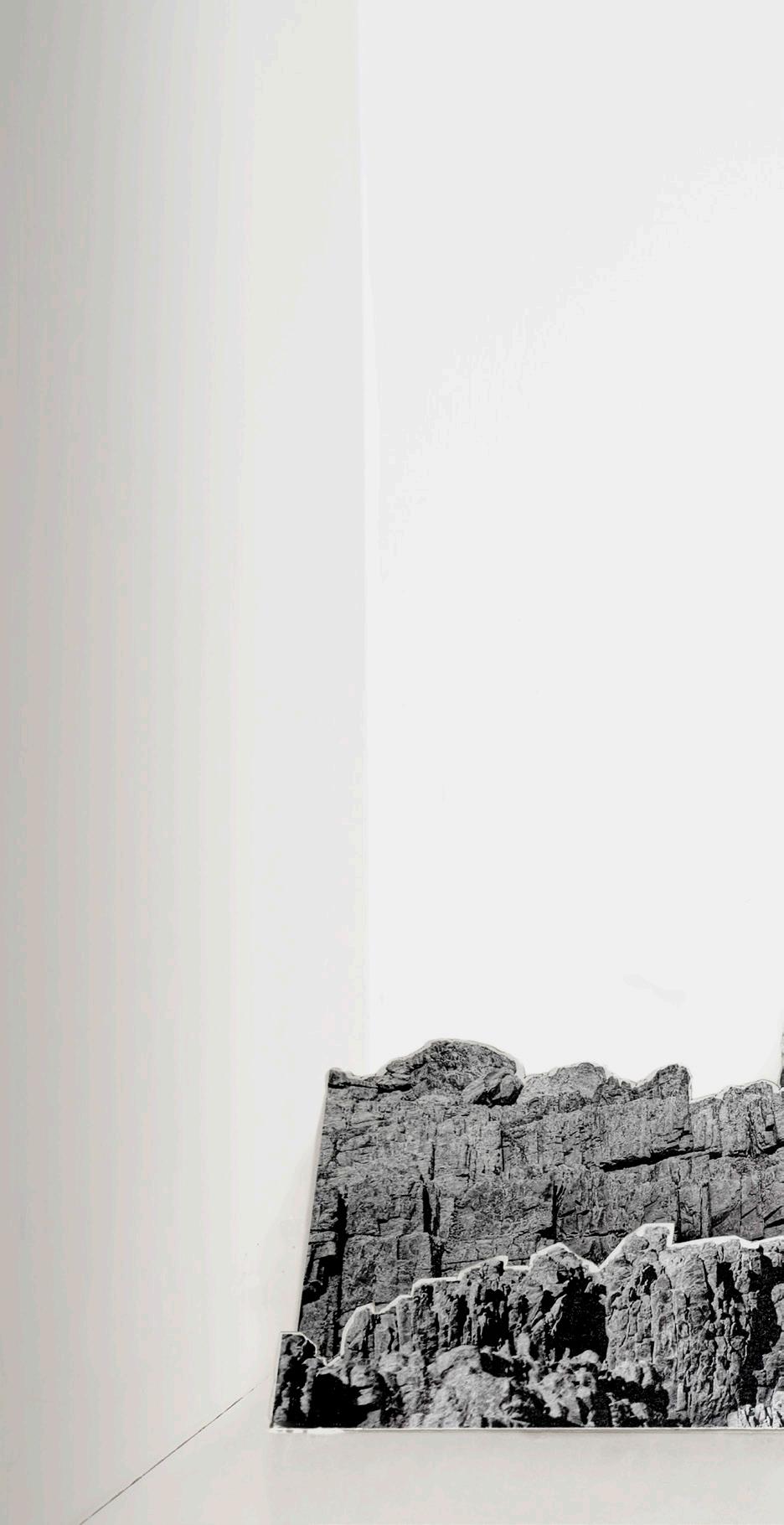
60

61
Lebohang Kganye
Spaccapietre / Mashing rocks, 2022
Inkjet print ritagliate su supporti di legno / Inkjet photographic cutout prints on wooden stands, 90 × 60 × 40 cm
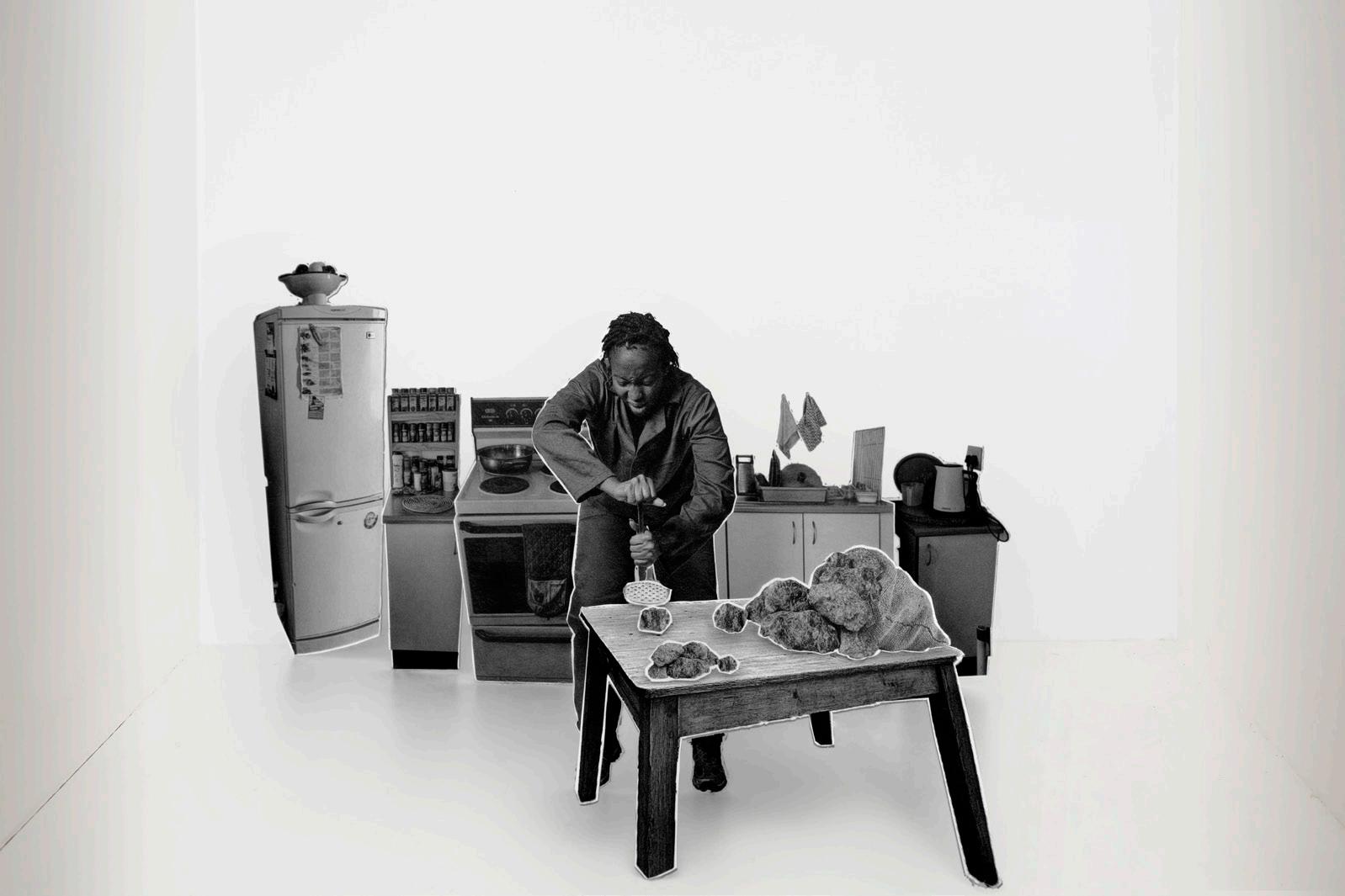
62
Scorciatoia per il faro / Shortening Lighthouse, 2022
Inkjet print ritagliate su supporti di legno / Inkjet photographic cutout prints on wooden stands, 90 × 60 × 40 cm
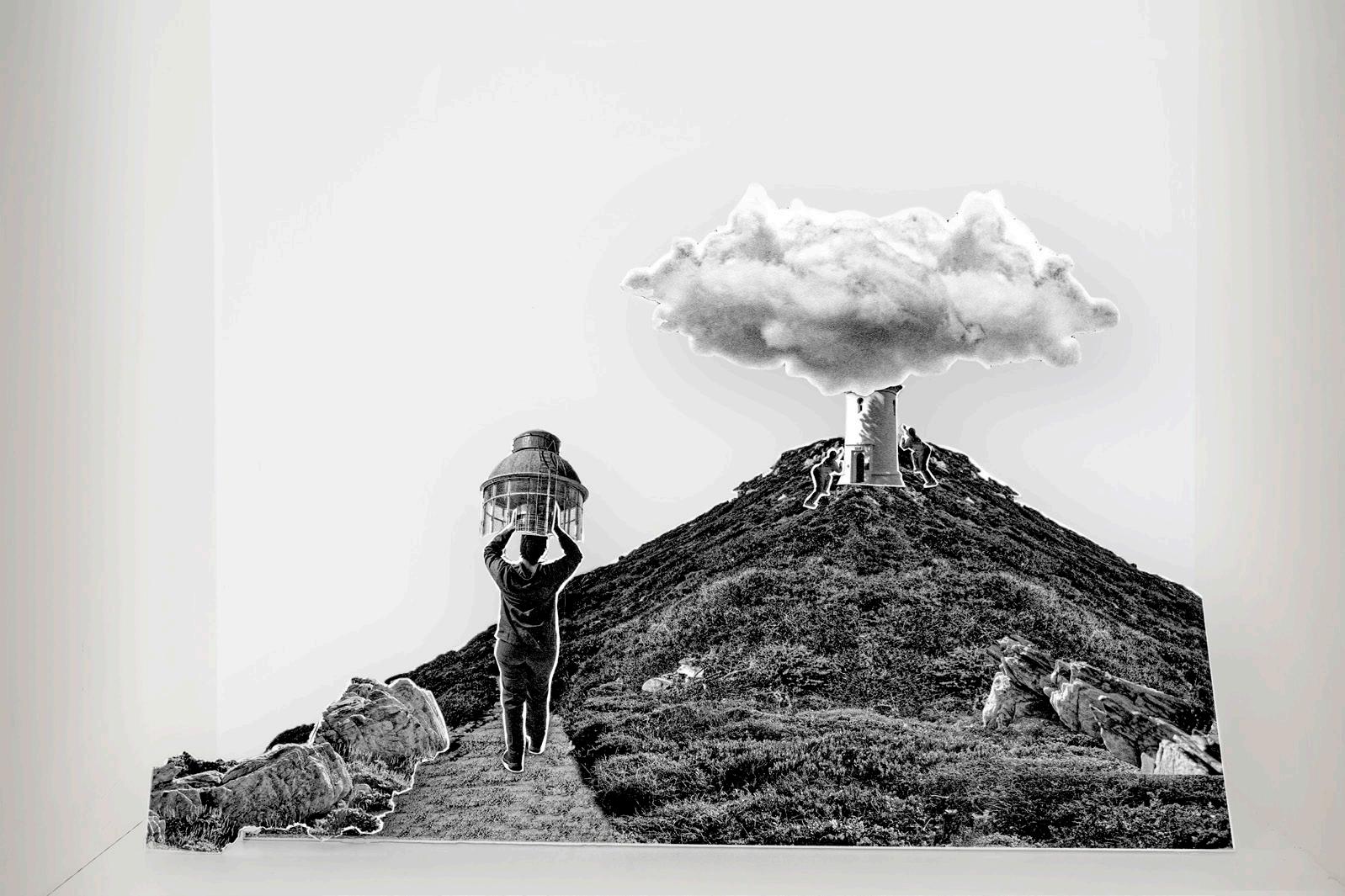
63
Lebohang Kganye
Uccelli in festa / Birds feasting, 2022
Inkjet print ritagliate su supporti di legno / Inkjet photographic cutout prints on wooden stands, 90 × 60 × 40 cm

64
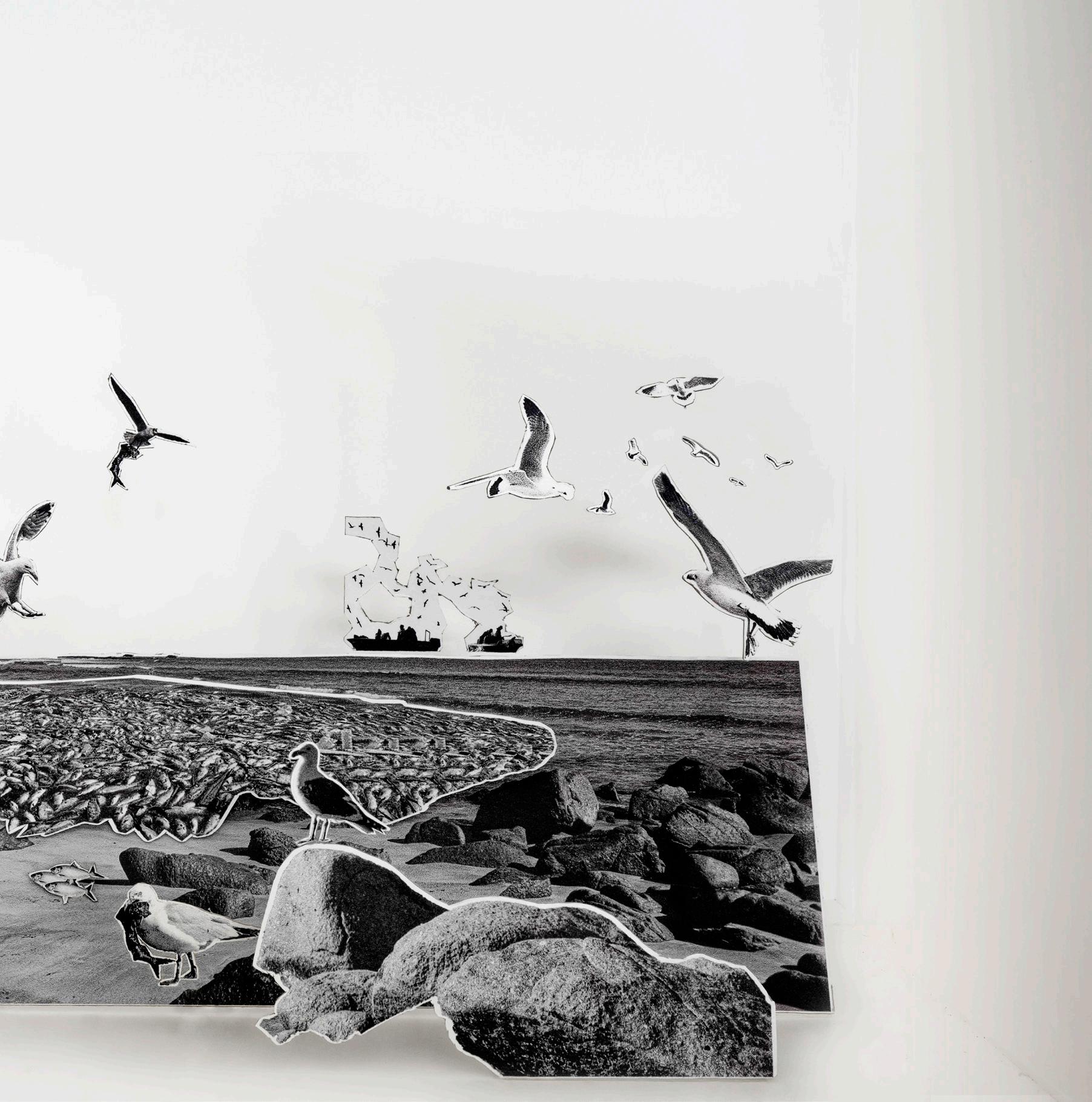
65
HICHAM GARDAF
Dominik Czechowski
In Praise of Slowness Hicham
68
Gardaf
Nell’aria spasimante involontaria rivolta dell’uomo presente alla sua fragilità
Giuseppe Ungaretti, Fratelli (1916)
Una figura umana solitaria si allontana dalla camera fissa in un paesaggio desolato. L’uomo porta sulle spalle un carico voluminoso di bottiglie di plastica vuote. Si piega appena sotto il peso di quella grande sagoma simile a una libellula, mentre arranca verso la linea dell’orizzonte per poi scomparire dietro di essa. La scena assume una particolare sfumatura fantascientifica, il protagonista incarna quasi una creatura ultraterrena. È un extraterrestre in una terra desolata pasoliniana. La macchina da presa stacca, e vediamo riapparire l’uomo, che prima si avvicina e poi entra in una città moderna con le sue ciminiere industriali e i capannoni delle fabbriche. Le sequenze mantengono una continuità temporale e spaziale per effetto dei rumori ambientali (il canto delle cicale, il continuo passaggio di automobili, l’abbaiare di cani randagi) e dei suoni extradiegetici (composti dall’artista del suono Hannan Jones). Insieme questi elementi creano una sonorità spettrale di grande fascinazione, un’amplificazione dello spazio psicologico, non solo di quello fisico.
Così si apre il nuovo film di Hicham Gardaf In Praise of Slowness. Girato nella moderna Tangeri, esso ci restituisce le esperienze delle tradizioni vernacolari in uno spazio e tempo contemporanei. A un primo sguardo, il paesaggio industriale della città marocchina evoca quello di Deserto rosso (1964) di Michelangelo Antonioni, un’analisi sulla monotonia e l’alienazione urbana1. Nella sua visione cupa di un inferno artificiale, scevro da ogni idealizzazione, il regista italiano ritrae l’inquietudine moderna e l’inquinamento industriale come qualcosa di seducente e bello. Questo aspetto è ripreso dall’universo cromatico e cinematografico di Gardaf, dove il colore e la luce determinano un raffreddamento dell’immagine, con un effetto delicatamente bleached, sgranato e imperfetto, su una pellicola 16mm che tuttavia mantiene la chiarezza fenomenologica dell’immagine. Giuliana, l’eroina nevrotica di Antonioni, è profondamente turbata dall’ambiente ansiogeno della città, capace di deprimerla e di provocare in lei uno straniamento e una fragilità psicologica ancora maggiori, mentre vaga senza meta nei tetri paraggi di una centrale elettrica. La donna è in bilico tra la disperazione, il ripiegamento su di sé e la rassegnazione; la condizione dell’uomo nel film di Gardaf è invece completamente diversa. Questo “Uomo dalle cento bottiglie”2 è un eroe della classe operaia, non un fantasma in un deserto industriale3. È una pedina nella filiera di distribuzione dei venditori ambulanti di candeggina che nel corso
69
dei decenni sono diventati parte integrante della vita quotidiana di Tangeri. Il protagonista del film di Gardaf raccoglie le bottiglie vuote, poi le consegna a un’altra persona, in modo che alla fine possano essere vendute ai veri e propri commercianti di candeggina, in un processo ciclico di produzione del lavoro. Come testimonia uno degli ambulanti incontrati dall’artista, la candeggina – il comune liquido disinfettante e agente antimicrobico a base di acqua e ipoclorito di sodio utilizzato per scopi domestici e di pulizia – ha conosciuto un aumento della domanda dall’inizio della pandemia di Covid-19 4 . Nonostante ciò, è sempre più palpabile la graduale e costante scomparsa del commercio ambulante come effetto della modernizzazione della città. Soggetta all’impatto della tecnologia avanzata sulla vita quotidiana e alle forze della deterritorializzazione capitalista (Deleuze e Guattari) con le sue politiche di destabilizzazione ed erosione, Tangeri, una città ibrida, con zone industriali in continua espansione, sta subendo una trasformazione sociale senza precedenti e un’urbanizzazione accelerata. In un luogo del genere, c’è chi considera i venditori di candeggina – di solito uomini di mezza età, che sotto il sole cocente si aggirano per strade strette e ripide, in una struttura urbana che spesso impedisce l’uso di carretti – come coloro che stanno rovinando la bellezza e il fascino della città, disturbando la sua immagine di evoluzione e progresso (che nel gergo neoliberale è chiamato “successo”). I venditori di
candeggina sono soliti rimanere in un quartiere e fare lo stesso percorso ogni giorno, ripetendo il loro faticoso rituale e mantenendo in vita le caratteristiche sociali e culturali della città vecchia. Il lavoro e le difficoltà che questi uomini devono sopportare sono penosi e forse insopportabili per molti, concittadini o persone di potere.
Seguendo “L’uomo dalle cento bottiglie” nei suoi spostamenti in città e mettendo in luce alcuni aspetti del mestiere, lo sguardo di Gardaf è quello di un osservatore compassionevole, che ripercorre le orme di grandi predecessori come il già citato Antonioni, i cui primi documentari neorealisti Gente del Po, del 1947, e N.U. (Nettezza urbana), del 1948, ritraevano la disperata povertà e le dure condizioni in cui versavano semplici pescatori e spazzini nell’Italia del dopoguerra. I soggetti di Antonioni non erano solo le persone, ma anche il paesaggio, i siti, i luoghi e il modo in cui l’architettura e l’ambiente naturale circondavano e influenzavano le attività umane. Senza essere una scelta deliberata, questo tipo di approccio si riflette nel film di Gardaf, che ugualmente si concentra sul paesaggio urbano più che sui singoli venditori. Ciò si deve all’informalità e alla precarietà della posizione economica e culturale dei commercianti nell’ipercapitalismo, nonché alle gerarchie sociopolitiche globali che influenzano le identità locali. Nel corso del progetto, l’artista ha incontrato non poche difficoltà nel convincere i venditori ambulanti a farsi filmare. Inoltre l’insicurezza
Hicham Gardaf 70
e l’anonimato di questi lavori, privi di qualsiasi tutela legale, e la paura dei venditori di vedere ostacolata o addirittura cancellata la propria attività hanno complicato la possibilità di incontrarli e parlare con loro 5. Il film di Gardaf può a buon diritto essere messo in relazione con il lavoro del regista francese Alain Cavalier che, in una serie di brevi documentari realizzati tra il 1988 e il 1992, ha raccontato il lavoro delle donne, in particolare i mestieri manuali e le attività lavorative ormai obsolete (come ad esempio quelle di fioraia, addetta alla toilette, fabbricante di materassi). Cavalier osserva gli strumenti, le mani e l’ambiente di quelle donne, descrivendo professioni rare o in via di estinzione. Non molti anni dopo, anche i venditori di candeggina stanno affrontando una graduale e inesorabile scomparsa. In Praise of Slowness analizza la funzione politica di una tradizione sull’orlo dell’oblio o della perdita. L’opera è una riflessione sulla natura dei lavori a rischio di estinzione e su come questi abbiano ancora il potere di disturbare e rifiutare le modalità di consumo dominanti nella cultura capitalista.
Nel film Gardaf prosegue la sua indagine artistica e politica sulle esperienze e gli spazi di (dis)appartenenza e identità. Il suo recente lavoro F(I/U)GUE (2022), un film-prosa, saggistico e lirico, affronta temi quali lo sradicamento, la nostalgia di casa e la condizione di dépaysement – senso di spaesamento, sensazione di non sentirsi a casa (anche se casa, come mirabilmente osservato da
James Baldwin, “forse... non è un luogo, ma semplicemente una condizione irrevocabile”6). Alcuni progetti fotografici precedenti come Intersections (2014 - in corso), The Red Square (2014-2016), e Records of a Vanishing Structure (2016-2021) documentano i processi di scomparsa e di erosione e si confrontano con il concetto di terrain vague (Ignasi de Solà-Morales). Concetto che descrive gli spazi dell’abbandono e della trasformazione sociale – periferie e sobborghi, spesso ritenuti improduttivi, indistinguibili o ambigui in una città in costante mutamento (strade deserte, margini spogli e residuali, paesaggi surreali delle periferie metropolitane, territori indefiniti, il fascino altero di architetture vecchie e fatiscenti). Sulle orme di Perec, che prestava attenzione agli spazi banali e ordinari – gli “infra-ordinari” o gli “endotici” 7 (spazi non utilizzati) –, l’artista esplora il modo in cui queste topografie di confine possono diventare interstizi di libertà e potenzialità utopiche, un’alternativa alle forme totalizzanti del capitale finanziario.
Il complesso vocabolario visivo presente in tutta l’opera di Gardaf, associato alla sua particolare sensibilità per il colore, enfatizza le proprietà formali e la poetica allegorica, entrambe condivise dall’immagine in movimento e dalla fotografia 8. L’impiego accurato di modalità visive, auditive e spaziali (luce, composizione, colore, tono, ritmo, sinergie e dicotomie tra superfici e texture, voci discordanti o armonizzanti a livello sonoro o
71
metaforico) facilita la costruzione di una spazialità che si contrappone alla monolitica percezione (performance) capitalistica del tempo, ri-sintonizzandone l’esperienza secondo tradizioni passate e comunità emarginate. Sono queste temporalità multiple, queste forme di presenza coesistenti e questa perifericità che possono generare empowerment ed emancipazione. Come acutamente osservato da bell hooks, la marginalità è un luogo di apertura e possibilità radicali, ma anche uno spazio di resistenza 9 . Il lavoro sommerso o sottovalutato dei venditori di candeggina crea “un margine” per la resistenza –una ricerca di lentezza contro il tempo capitalista e il sistema di invisibilizzazione.
Nel nuovo film di Gardaf, i forti suoni maschili (grida che derivano dalla parola lejía – “candeggina” in spagnolo – il cui uso è tipico della parte settentrionale del Marocco) con cui i venditori annunciano la loro presenza e la disponibilità dei prodotti agiscono come interruzioni critiche e momenti di rottura precisi, sonori, riverberanti. La resistenza sonora degli uomini trascende il mondo visivo e materiale, trasformando la nostra esperienza del film in un’installazione scultorea. Le grida si distinguono per quella che Adriana Cavarero chiama “ontologia vocalica dell’unicità”10 – un “esserci qui e ora” che comunica la soggettività degli uomini, rendendoli visibili, udibili (letteralmente: ascoltati) in un habitat urbano ideologicamente trasmutante. Questi uomini seguitano a svolgere i propri compiti,
ribadendo continuamente il loro diritto allo spazio pubblico e alla città. La loro presenza politicizza lo spazio intenzionalmente neutralizzato del capitalismo, dimostrando l’importanza della voce incarnata al proprio interno (“il corpo della voce / la voce del corpo”, per dirla con Meredith Monk11). I movimenti dei venditori di candeggina attraverso il paesaggio urbano creano una coreografia (corografia) di resilienza. I loro contro-corpi erranti destabilizzano la spazialità sempre più omogenea e fissa della città, inserendo asimmetrie e irregolarità cinetiche e vocali nella topografia urbana. Gardaf parla di queste strategie di resistenza in relazione alla velocità, e soprattutto di come “l’attesa del passaggio dei venditori ambulanti permette di godere di un lasso di tempo in cui non si fa ‘niente’. Questo tempo rappresenta quasi un freno alla velocità, alla frenesia e agli effetti collaterali del capitalismo”12. Forgiati dalla città, ma a loro volta capaci essi stessi di forgiare la città, questi individui si muovono disobbedienti tra il corpo e lo spazio urbano, in una perturbazione performativa della vita cittadina che ricorda le azioni dell’architetto modernista brasiliano e organizzatore culturale Flávio de Carvalho, impegnato a promuovere modalità “altre” di produrre e abitare le nostre città (anticapitaliste, antipatriarcali, antirazziste e loro intersezioni).
Nel breve frammento Il capitalismo come religione, scritto nel 1921 e pubblicato dopo la sua morte, Walter Benjamin afferma che “in primo
Hicham Gardaf 72
luogo il capitalismo è una religione puramente cultuale, forse la più estrema che si sia mai data. In esso nulla ha significato se non in una relazione immediata con il culto; esso non presenta alcuna particolare dogmatica, alcuna teologia. L’utilitarismo acquista, in questa prospettiva, la sua tonalità religiosa. Un secondo aspetto del capitalismo è connesso a questa concrezione del culto: la durata permanente del culto. Il capitalismo è la celebrazione di un culto sans rêve et sans merci. Non esistono “giorni feriali”, non c’è alcun giorno che non sia festivo, nel senso terribile del dispiegamento di tutta la pompa sacrale, dell’estrema tensione che abita l’adoratore”13, dimostrando così che il sistema non prevede perdono o tregua. È una religione cultuale estrema e perpetua che non conosce pause. Forse, nello spazio cinematografico dell’ultimo progetto di Gardaf – un’infrastruttura di supporto – possiamo trovare un momento di tregua, un riparo dalla tempesta neoliberale. In Praise of Slowness offre un elogio non nostalgico a chi resta indietro, a chi rallenta la velocità della contemporaneità e a chi sfida l’erosione del lavoro manuale e delle occupazioni tradizionali14. Attraverso mezzi sonori, visivi e letterari (frammenti di un testo autoprodotto come voce fuori campo) e un’estetica popolare e locale subalterna, Gardaf crea uno spazio di dissenso che rivaluta e dà visibilità a corpi, voci, presenze e gesti “altri”, proponendo una lentezza che produce una desincronizzazione rispetto ai sistemi spaziali e
sociali post e neocoloniali. Forse oggi nessun (altro) atto ci appare più radicale della lentezza – intesa non come pigrizia (o letargia), ma come perdita di velocità, come frenata – e vediamo come la cura della lentezza può essere uno strumento di riparazione contro le pressioni sistemiche che condizionano la nostra esperienza contemporanea del tempo, dell’essere costantemente presenti. Per questo nel suo film Gardaf introduce degli intervalli visivi (sottrazione di immagini). Sono densi fotogrammi neri che punteggiano il flusso delle immagini, offrendo momenti di sospensione temporale e spaziale. Il film rappresenta e mette in atto la resistenza, ricostituendo la memoria collettiva dei venditori di candeggina per poter sprigionare ancora l’energia immaginativa e la solidarietà.
1 Gardaf aveva in mente il primo film a colori di Antonioni mentre cercava le location nel quartiere industriale di Tangeri. Corrispondenza via e-mail con l’autore, 3 settembre 2022.
2 Tra i titoli presi in considerazione dall’artista per il film, ricordiamo The Weight of a Hundred Bottles. Corrispondenza via e-mail con l’autore, 25 luglio 2022.
3 Ricorda in qualche modo il “King of the Tin Cans” del film sperimentale The Sky Trembles and the Earth is Afraid and the Two Eyes Are Not Brothers (2015) dell’artista britannico Ben Rivers, una fantasmagoria assolata girata in Marocco.
73
4 Corrispondenza via e-mail con l’autore, 25 luglio 2022.
5 Dato che la maggior parte dei venditori non possiede telefono cellulare, i tentativi di incontrarli presso le loro abitazioni sono stati spesso l’unica forma di contatto. Conversazione con l’autore, 12 settembre 2022.
6 James Baldwin, La stanza di Giovanni, traduzione italiana di Alessandro Clericuzio, Le Lettere, Firenze, 2001, p. 98.
7 Georges Perec, Approcci di cosa? (1973), in L’infra-ordinario, traduzione di Roberta Delbono, Bollati Boringhieri, Torino, 1994, pp. 11-14.
8 Ci sono diversi fotografi “del colore” che potremmo citare qui come punti di riferimento, ad esempio Stephen Shore, Joel Meyerowitz e William Eggleston, nonché artisti interessati al rapporto tra fotografia e pittura, tra cui Josef Albers, Gerhard Richter ed Edward Hopper.
9 “Per me questo spazio di apertura radicale è il margine, il bordo, là dove la profondità è assoluta. Trovare casa in questo spazio è difficile, ma necessario. Non è un luogo ‘sicuro’. Si è costantemente in pericolo. Si ha bisogno di una comunità capace di far resistenza.” bell hooks, Elogio del margine, a cura di Maria Nadotti, Feltrinelli, Milano, 1998, p. 67.
10 Adriana Cavarero, Antologia vocalica dell’unicità in A più voci. Filosofia dell’espressione vocale, Feltrinelli, Milano, 2003, pp. 189-199.
11 D. Jowitt (a cura di), Meredith Monk, The Johns Hopkins University Press, Baltimora-Londra, 1997, pp. 56-57.
12 Corrispondenza via e-mail con l’autore, 3 settembre 2022.
13 Walter Benjamin, Capitalismo come religione, Carlo Salzani (a cura di), Il Melangolo, Genova, 2018, p. 61.
14 È opinione diffusa che presto professioni come il cassiere, il camionista o persino l’insegnante potrebbero scomparire completamente a causa dell’automazione e dell’IA.
Hicham Gardaf 74
In the simmering air involuntary revolt of the man present at his brittleness
Giuseppe Ungaretti, Brothers (1916) (translated by Geoffrey Brock)
A solitary human figure keeps moving away from the static camera into a desolate landscape. The man carries an oversized bundle of empty plastic bottles on his shoulders. He slightly bends under the weight of the large dragonfly-like construction as he trudges toward, and vanishes behind, the horizon line. The scene takes on a peculiar sci-fi connotation, the protagonist enacting almost an otherworldly creature. He is an extra-terrestrial in a Pasolinian wasteland. Then the film cuts as the man reappears, first approaching and then entering a modern city with its industrial chimneys and factory buildings. The sequences maintain a temporal and spatial continuity with both ambient noise (Magicicada singing, street cars passing, stray dogs barking) and non-diegetic sound (composed by sound artist Hannan Jones). Jointly, these create a ravishing sonic spectrality, a heightened psychological, not just a physical, space. Such is the opening scene of Hicham Gardaf’s new film In Praise of Slowness. Shot on location in modern-day Tangier, it captures the
experiences of vernacular traditions in contemporary space and time. At first glance, Moroccan city’s industrial landscape evokes that in Michelangelo Antonioni’s Red Desert (1964), a study of urban monotony and alienation1. In his unromanticized bleak vision of a manufacturing inferno, the Italian filmmaker portrayed the modern malaise and industrial pollution as something seductively beautiful. This is echoed in Gardaf’s own visual palette and cinematography, where colour and light lead to a chromatic cooling of the picture, resulting in delicately bleached quality, grainy and imperfect on 16mm film, which nevertheless retains the phenomenological clarity of the image. Giuliana, Antonioni’s neurotic heroine, is profoundly affected by the anxiogenic urban fabric that enstranges and depresses her causing an even greater psychological fragility as she wanders aimlessly through the grim surroundings of a power generation plant. Whilst she is caught between despair, withdrawal, and resignation, the condition of the man in Gardaf’s film is entirely different. This “Man with a Hundred Bottles”2 is a working-class hero, not a phantom in an industrial desert 3. He is part of the supply chain of bleach street sellers who have become integral to daily life of Tangier over the decades. Gardaf’s lead character collects empty bottles, then delivers them to another person, so they can be sold on to actual bleach vendors in this cyclical motion
75
of labour productivity. According to one of the vendors that the artist encountered, bleach—the popular disinfectant liquid and antimicrobial agent based on water and the chemical sodium hypochlorite used for domestic and cleaning purposes— has known an increase in demand since the start of the Covid-19 pandemic 4. Despite this, there’s a palpable ongoing disappearance of the street trading in the wake of the city’s modernization. Subjugated to advanced technology’s impact on everyday life and the forces of capitalist deterritorialization (Deleuze and Guattari) with its politics of destabilization and erosion, Tangier, a hybrid city with its ever-expanding industrial zones, is undergoing an unprecedented social transformation and accelerated urbanization. In such a place, some may regard the bleach vendors—usually middle-aged men who in the burning sun roam the narrow and hilly streets, the architecture often disallowing the usage of wheeled carts—as those who are ruining the city’s beauty and charm, disrupting its image of progress and advancement (called “success” in the neoliberal jargon). The bleach sellers usually keep to one neighbourhood and make the same journey every day, repeating their arduous ritual and upholding the specific civic and cultural characteristics of the old city. The labour and hardships these men must endure are intense, and perhaps unbearable to some neighbours, inhabitants, or those in power.
Accompanying the Man with a Hundred Bottles on his journeys across the city and highlighting some of the job’s aspects, Gardaf’s approach is that of a compassionate observer, one that follows in the footsteps of his great predecessors such as the already mentioned Antonioni, whose early neorealist documentary shorts Gente del Po (1947) and N.U. (Nettezza urbana) (1948) portrayed desperate poverty and hard conditions simple fishermen and street cleaners bore in post-war Italy. Antonioni’s subjects were not just the people, but also the landscape, the site, the place, and the ways in which architecture and natural environment framed and affected human activities. By no deliberate choice, such approach is reflected in Gardaf’s film, which similarly focuses on the cityscape more than the actual sellers. This is due to informality and precarity of the traders’ economic and cultural position in hypercapitalism, and the global sociopolitical hierarchies that affect vernacular identities. When working on the project, the artist made several failed attempts to persuade sellers to be filmed. But perilousness and anonymity of these jobs with no legal regulations and the vendors’ fear of their labour being erased or banned made it hard to find or speak to them5. Gardaf’s film may also be corresponding with the work of French filmmaker Alain Cavalier who, in a series of short documentaries made between 1988 and 1992, portrayed women’s labour, namely handwork trades and disappearing work
Hicham Gardaf
76
practices (a florist, a lavatory attendant, a mattress maker, amongst others). Cavalier observed the tools, the hands and the environment of those women, affirming rare or endangered professions. Not many decades later, bleach sellers similarly are facing a gradual extinction. In Praise of Slowness examines the politics of a tradition on the brink of being forgotten, or lost. The work meditates on the nature of vanishing jobs and how these still hold the power to disrupt and reject the ruling modes of consumption in a capitalist culture.
The film continues Gardaf’s artistic and political inquiry into the experiences and spaces of (un)belonging and identity. His recent work F(I/U)GUE (2022), an essayistic and lyrical filmprose, deals with themes such as uprootedness, homesickness, and the condition of dépaysement—a sense of dislocation, a feeling of not being at home (although home, as memorably contemplated upon by James Baldwin, is “perhaps… not a place but simply an irrecoverable condition”6).
Earlier photographic projects such as Intersections (2014-ongoing), The Red Square (2014-2016), and Records of a Vanishing Structure (20162021) document the processes of disappearing and erosion and engage with the concept of terrain vague (Ignasi de Solà-Morales). It describes spaces of abandonment and social transformation—suburbs and peripheries, often deemed unproductive, indiscernible, or ambiguous in a city of constant
change (deserted streets, stark residual thresholds, surreal landscapes of metropolitan outskirts, bizarre parcels of land, the haughty charm of old or dilapidating architecture). After Perec, who paid attention to mundane and un-extraordinary spaces—the “infra-ordinary” or the “endotic” 7 (spaces without use)—the artist explores how such liminal topographies may become interstices of freedom and utopian potentiality, an alternative to totalizing forms of finance capital.
The accomplished visual vocabulary present in all Gardaf’s work, with his particular use of and sensitivity for colour, mobilizes the formal properties and the allegorical poetics that both moving image and photography share 8. Carefully employed visual, aural, and spatial modalities (light, composition, colour, tone, rhythm, synergies and dichotomies between surfaces and textures, metaphorically and sonically discordant or harmonizing voices) facilitate the construction of spatiality that runs counter to the monolithic capitalist perception (performance) of time, instead re-attuning us to the experience of time according to past traditions and marginalized communities. It is these multiple temporalities, coexistent forms of presence, and the peripheral, that can be empowering and emancipating. As bell hooks poignantly proposes, marginality is the site of radical openness and possibility but also a space for resistance9. Unsung or underappreciated labour of bleach vendors creates “an edge”
77
for resistance—a quest for slowness against capitalist time and the regime of invisibilization.
In Gardaf’s new film, loud male sounds (shoutouts that derive from the word lejía—“bleach” in Spanish—whose use is particular to the northern part of Morocco) with which the sellers announce their presence and product availability act as critical interruptions and moments of rupture—precise, sonorous, reverberating. The men’s sonic resistance transcends the visual and the material world, transforming our experience of the film into a sculptural installation. The shoutouts qualify for what Adriana Cavarero calls “vocal ontology of uniqueness”10—the “I am here,” communicating the men’s subjectivity, rendering them visible, audible (literally: heard) in an ideologically transmuting urban habitat. Such men keep on carrying on with their tasks, continually ascertaining their right to the public space and the city. Their presence repeatedly politicizes capitalism’s intentionally neutralized space, demonstrating the importance of the embodied voice within it (“the body of the voice / the voice of the body,” as Meredith Monk put it11). The bleach vendors’ movements across the cityscape create a choreography (chorography) of resilience. Their errant counterbodies destabilize the city’s increasingly homogeneous and fixed spatiality, inserting kinetic and vocal asymmetries and irregularities into urban topography. Gardaf speaks about such resistant
tactics in relation to speed, specifically how “the act of waiting for the street sellers to pass by allows for a time frame—in which one does ‘nothing’—to exist. It almost acts as a brake against the speed, frenziness and the side effects of capitalism.”12 Both constituted by, but also constituting the city, these subjects disobediently negotiate between the body and the urban space in performative disruptions of city life, which recall actions by Brazilian modernist architect and cultural organizer Flávio de Carvalho, committed to promoting “other” manners of producing and inhabiting our cities (anti-capitalist, anti-patriarchy, anti-racist, and their intersections).
In the short text Capitalism as Religion written in 1921, and unpublished in his lifetime, Walter Benjamin states that, “in capitalism, things have a meaning only in their relationship to the cult; capitalism has no specific body of dogma, no theology. It is from this point of view that utilitarianism acquires its religious overtones. This concretization of cult is connected with a second feature of capitalism: the permanence of the cult. Capitalism is the celebration of a cult sans rêve et sans merci (without dream or mercy). There are no ‘weekdays.’ There is no day that is not a feast day, in the terrible sense that all its sacred pomp is unfolded before us; each day commands the utter fealty of each worshipper,”13 showing that the system has no forgiveness or truce. It is an
Hicham Gardaf
78
extreme and perpetual cultic religion that knows no pause. Perhaps therefore, within the cinematic space of Gardaf’s latest project—a support infra-structure—we can find a moment of respite, a shelter from the neoliberal storm. In Praise of Slowness offers an un-nostalgic eulogy to those who fall behind, who decelerate the speed of contemporaneity, and who challenge the disappearance of manual labour or traditional occupations14. Harnessing audio, visual and literary properties (fragments of self-authored text as voiceover) and vernacular subaltern aesthetics, Hicham Gardaf has created a space of dissent that reappraises and visibilizes “other” bodies, voices, gestures, and appearances, one which proposes a slowness that produces desynchronization to the post- and neo-colonial social and spatial orders. It seems that these days no (other) act can be more radical than slowness—understood not as sluggishness (or lethargy), but loosing speed, braking—and how curative slowness might be a tool of restoration against the systemic pressures that condition our contemporary experience of time, of being constantly present. In his film, Gardaf allows for visual intermissions (image subtraction). There are solid black frames punctuating the flow of images, offering moments of a temporal and spatial suspension. The film both depicts and enacts resistance, reconstituting a collective memory of bleach vendors to reignite imaginative energy and solidarity.
1 Gardaf had Antonioni’s first colour film in mind while scouting for locations in the industrial district of Tangier. Email correspondence with the author, 3 September 2022.
2 One of the few titles that the artist considered for the piece was The Weight of a Hundred Bottles. Email correspondence with the author, 25 July 2022.
3 He is somewhat reminiscent of the “King of the Tin Cans” in British artist Ben Rivers’ experimental film The Sky Trembles and the Earth is Afraid and the Two Eyes Are Not Brothers (2015), a sun-drenched phantasmagoria shot on locations in Morocco.
4 Email correspondence with the author, 25 July 2022.
5 In addition, most of the vendors do not own mobile phones. Attempted in-person visits to their houses often remain the only form of contact. Conversation with the author, 12 September 2022.
6 James Baldwin, Giovanni’s Room (1956), London: Penguin Books, 1991, p. 88.
7 Georges Perec, “Approaches to What?” (1973), in: Species of Spaces and Other Pieces. Trans. John Sturrock. London, England; New York, N.Y., USA: Penguin Books, 1997, pp. 205-207.
8 There are several “colour” photographers that could be listed here as points of references, such as Stephen Shore, Joel Meyerowitz and William Eggleston, as well as artists interested in the relationship between photography and painting, including Josepf Albers, Gerard Richter, and Edward Hopper.
79
9 “For me this space of radical openness is a margin— a profound edge. Locating oneself there is difficult yet necessary. It is not a ‘safe’ place. One is always at risk. One needs a community of resistance.” bell hooks, “Choosing the Margin as a Space of Radical Openness,” in: The Journal of Cinema and Media, No. 36 (1989), pp. 15-23.
10 Adriana Cavarero, “3.2 A Vocal Ontology of Uniqueness,” in: For More than One Voice: Toward a Philosophy of Vocal Expression, Redwood City: Stanford University Press, 2005, pp. 173-182.
11 D. Jowitt (ed.), Meredith Monk, Baltimore-London: The Johns Hopkins University Press, 1997, pp. 56-57.
12 Email correspondence with the author, 3 September 2022.
13 Walter Benjamin, “Capitalism as Religion,” in: Selected Writings Vol.1 1913–1926. Trans. Rodney Livingstone. Cambridge, MA: Belknap Harvard Press, 1996, p. 288.
14 According to some, soon professions such cashiers, truck drivers, or even teachers may disappear completely due to automation and AI.
80
Conversazione per strada / Street Conversation, 2022
C-print colorata manualmente / C-print, colour hand print, 120 × 140 cm
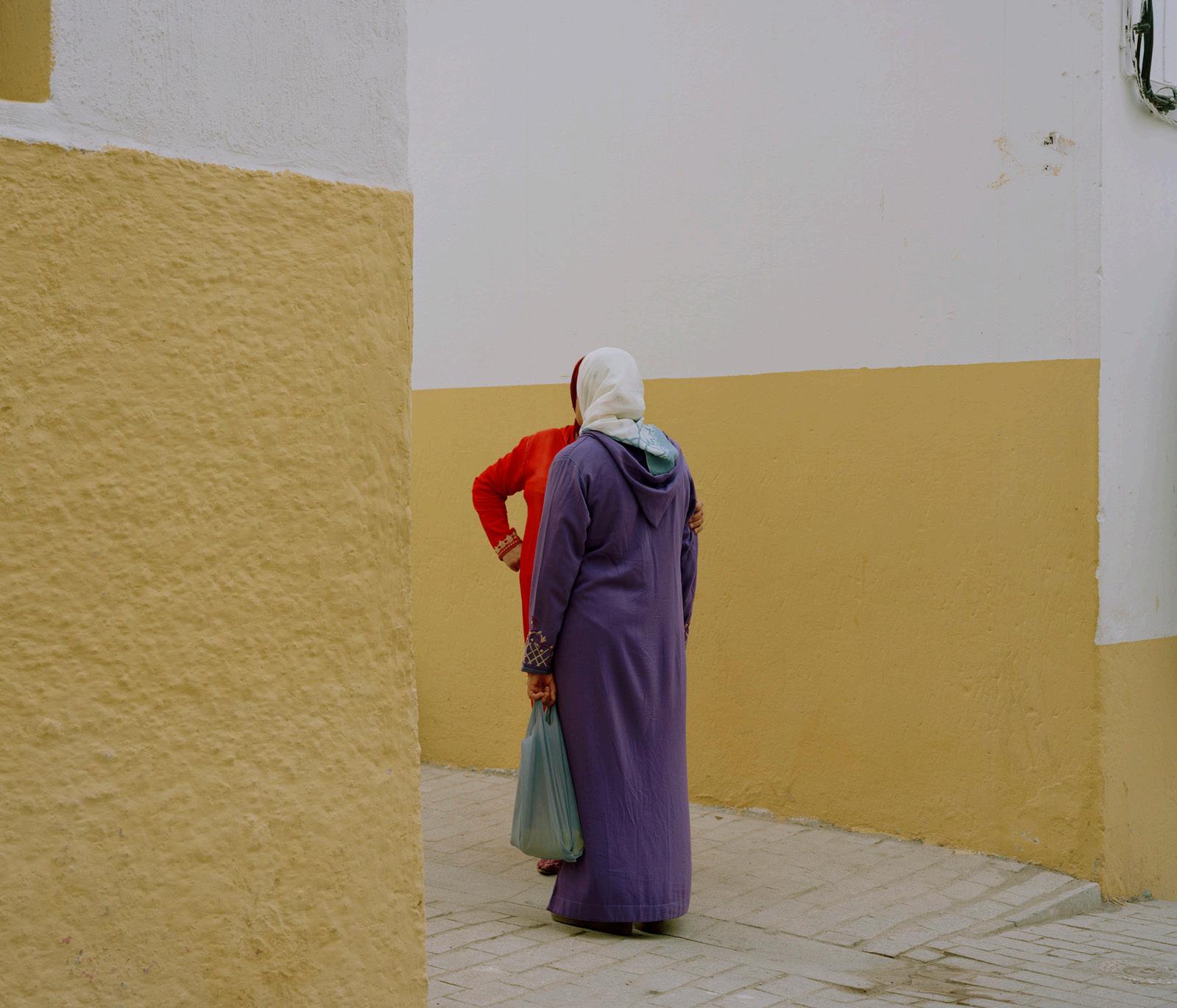
81

82
Khalid (dittico / diptych), 2022 Stampa ai sali d’argento / Gelatin silver print, 42 × 36 cm ciascuna / each Hicham Gardaf

83
Hicham Gardaf
Senza titolo (Laaroussi) / Untitled (Laaroussi), 2022 Stampa ai sali d’argento / Gelatin silver print, 68 × 80 cm

84
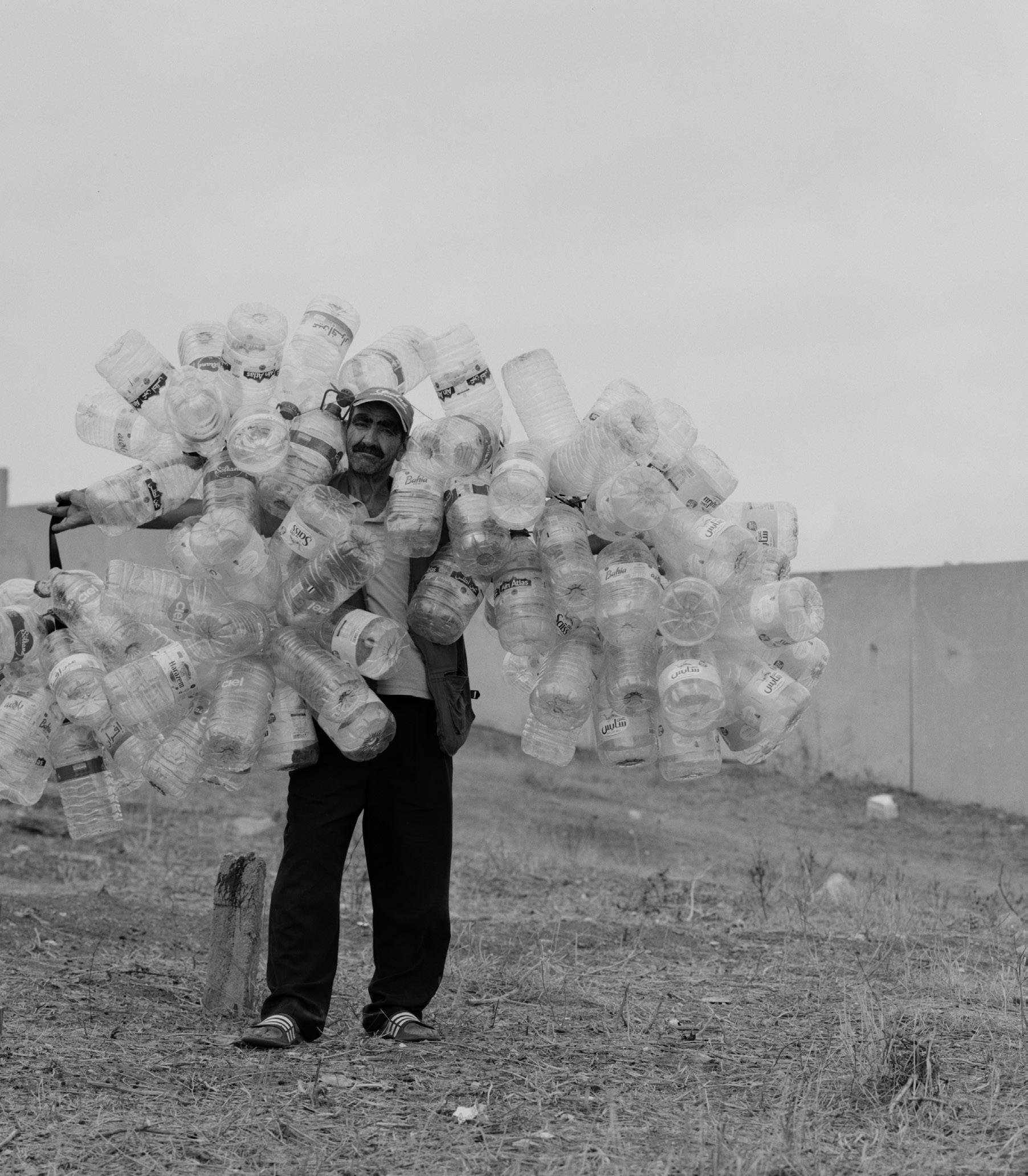
85
Hicham Gardaf
Laaroussi (dittico / diptych), 2022
C-print colorata manualmente / C-print, colour hand print, 68 × 80 cm ciascuna / each
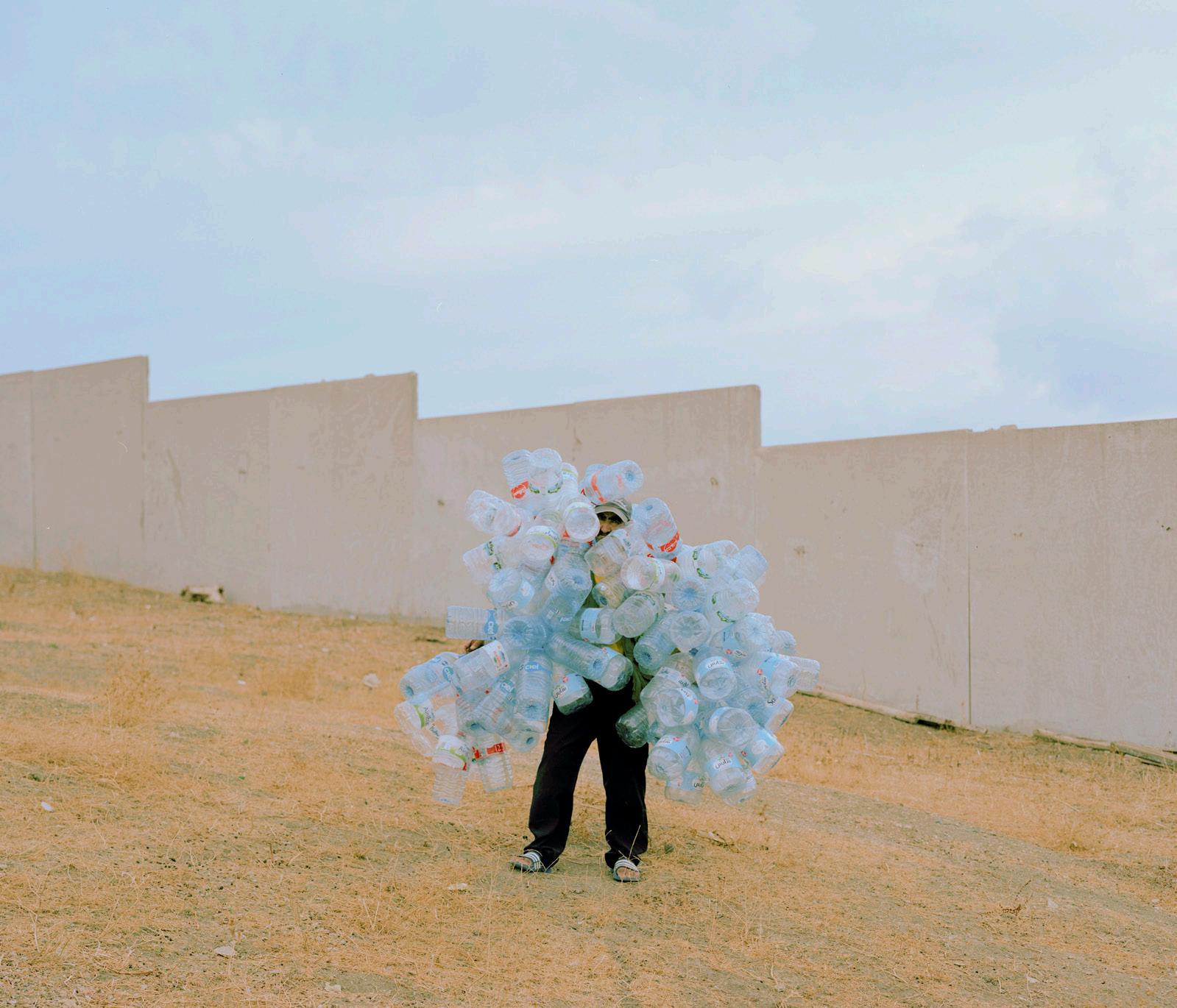
86
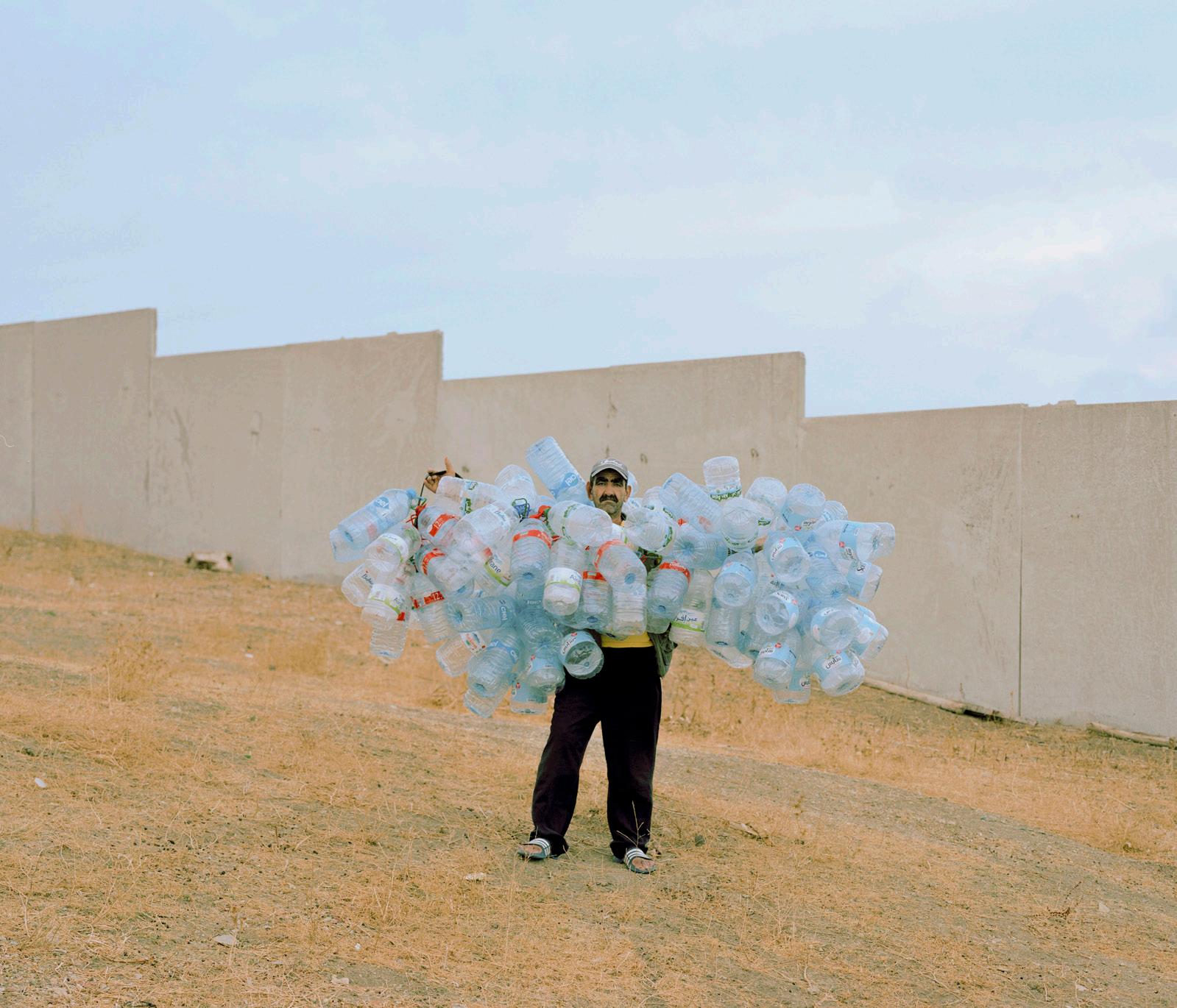
87
Hicham Gardaf
Senza titolo (imbuto rosso) / Untitled (Red Funnel), 2022 C-print colorata manualmente / C-print, colour hand print, 36 × 42 cm

88
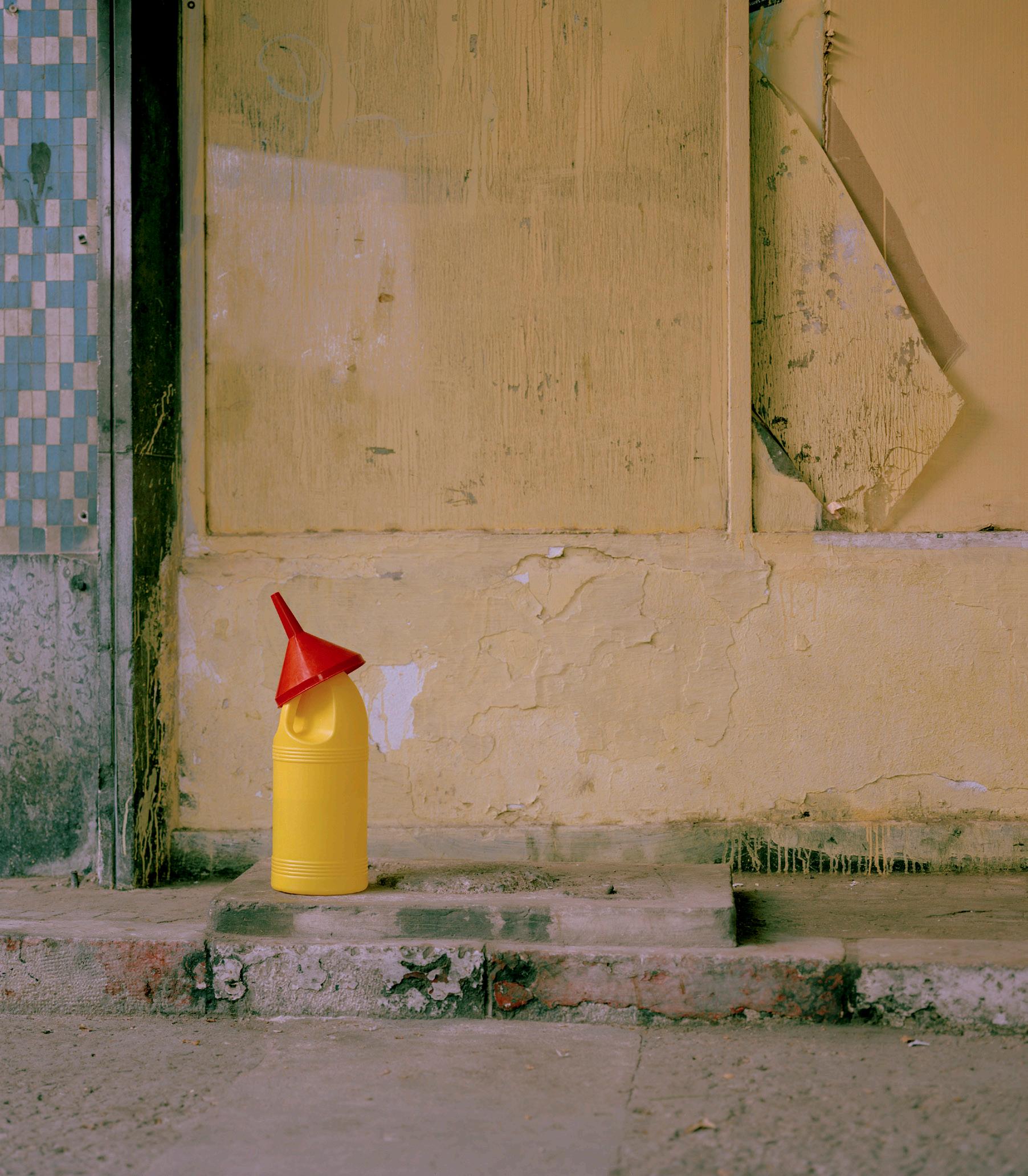
89
Hicham Gardaf
Il mago (dittico) / The Magician (diptych), 2022 C-print colorata manualmente / C-print, colour hand print, 51 × 43,7 cm sinistra / left, 90 × 77 cm destra / right
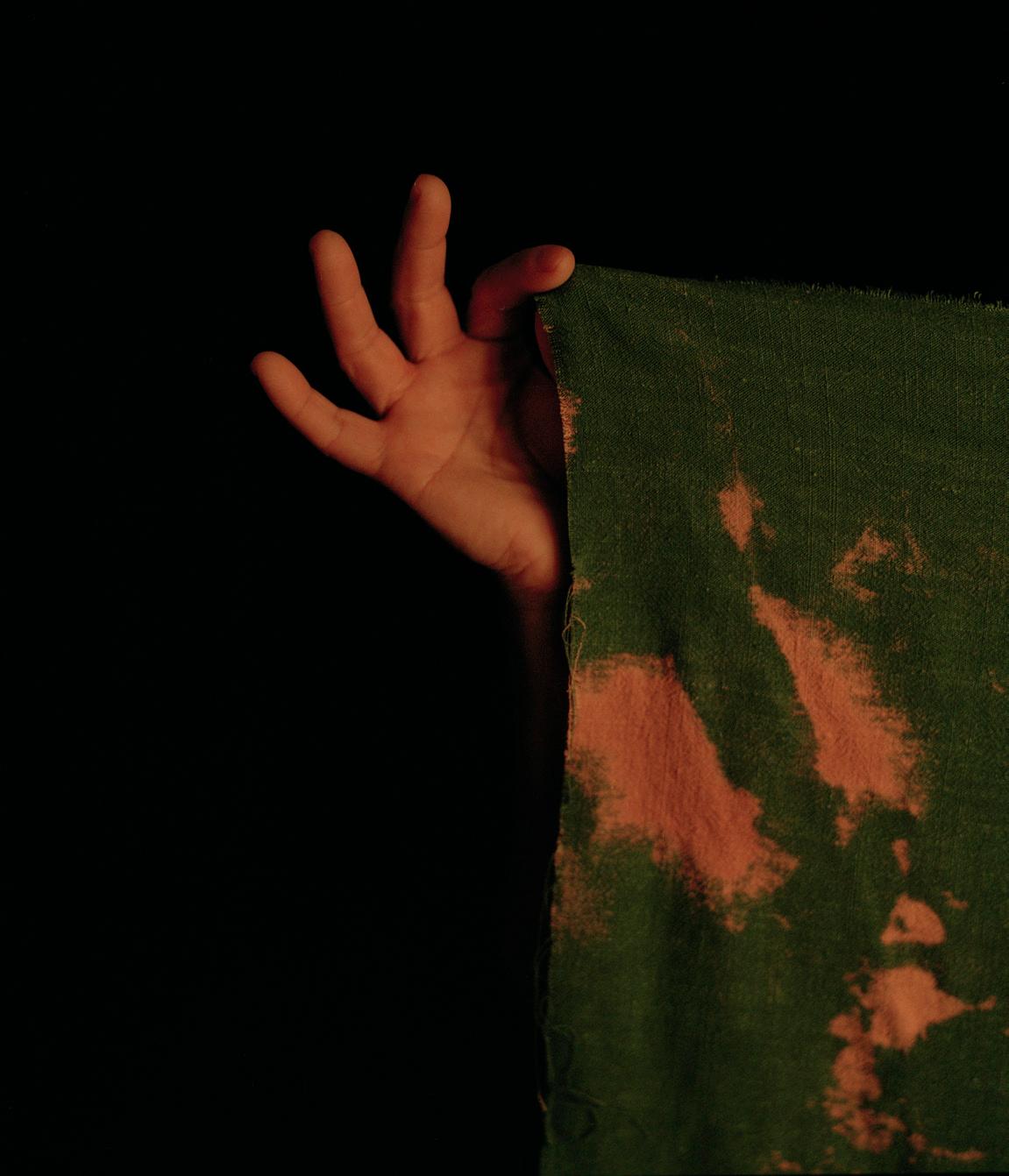
90
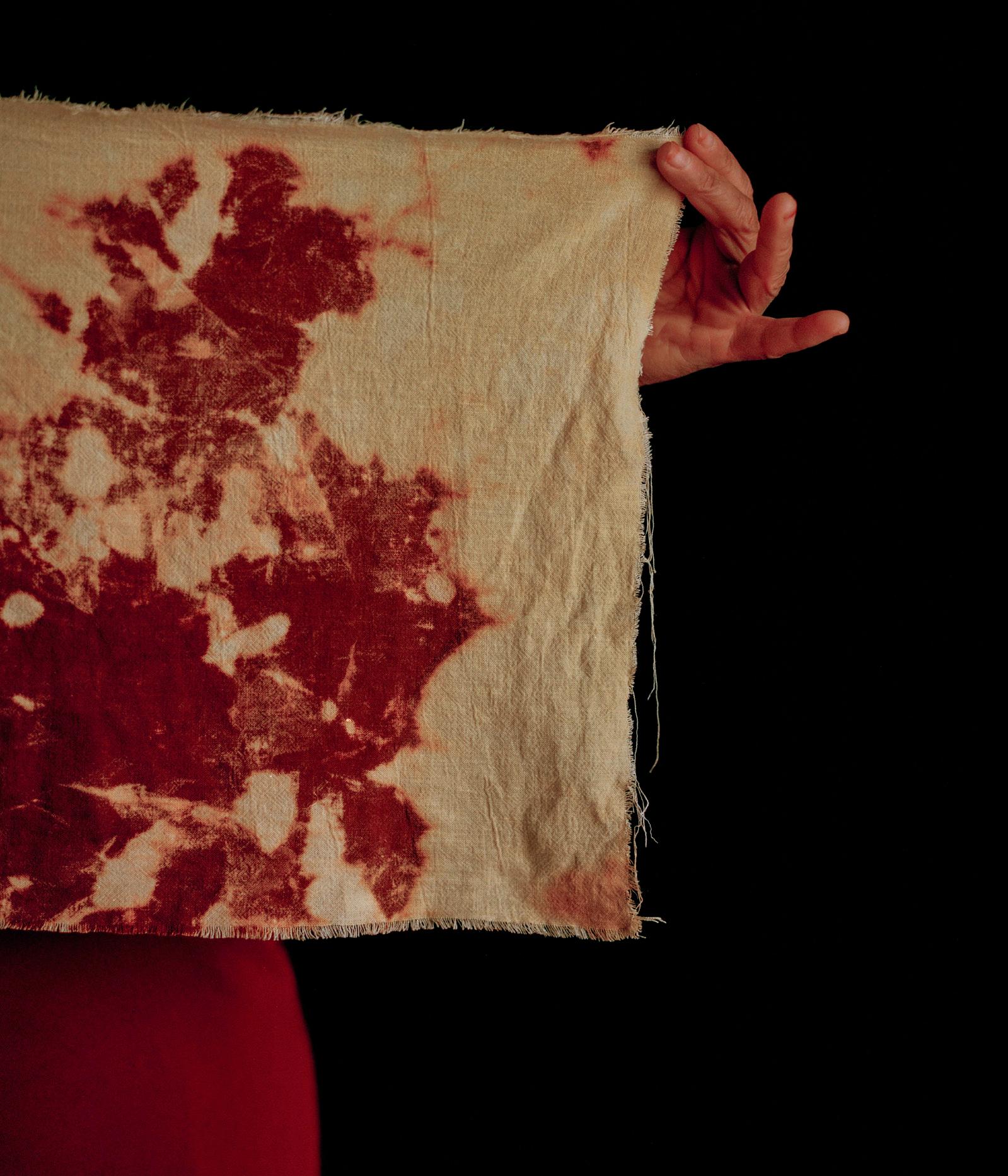
91
Hicham Gardaf
Candeggina in vendita / Bleach for Sale, 2022
C-print colorata manualmente / C-print, colour hand print, 120 × 140 cm

92
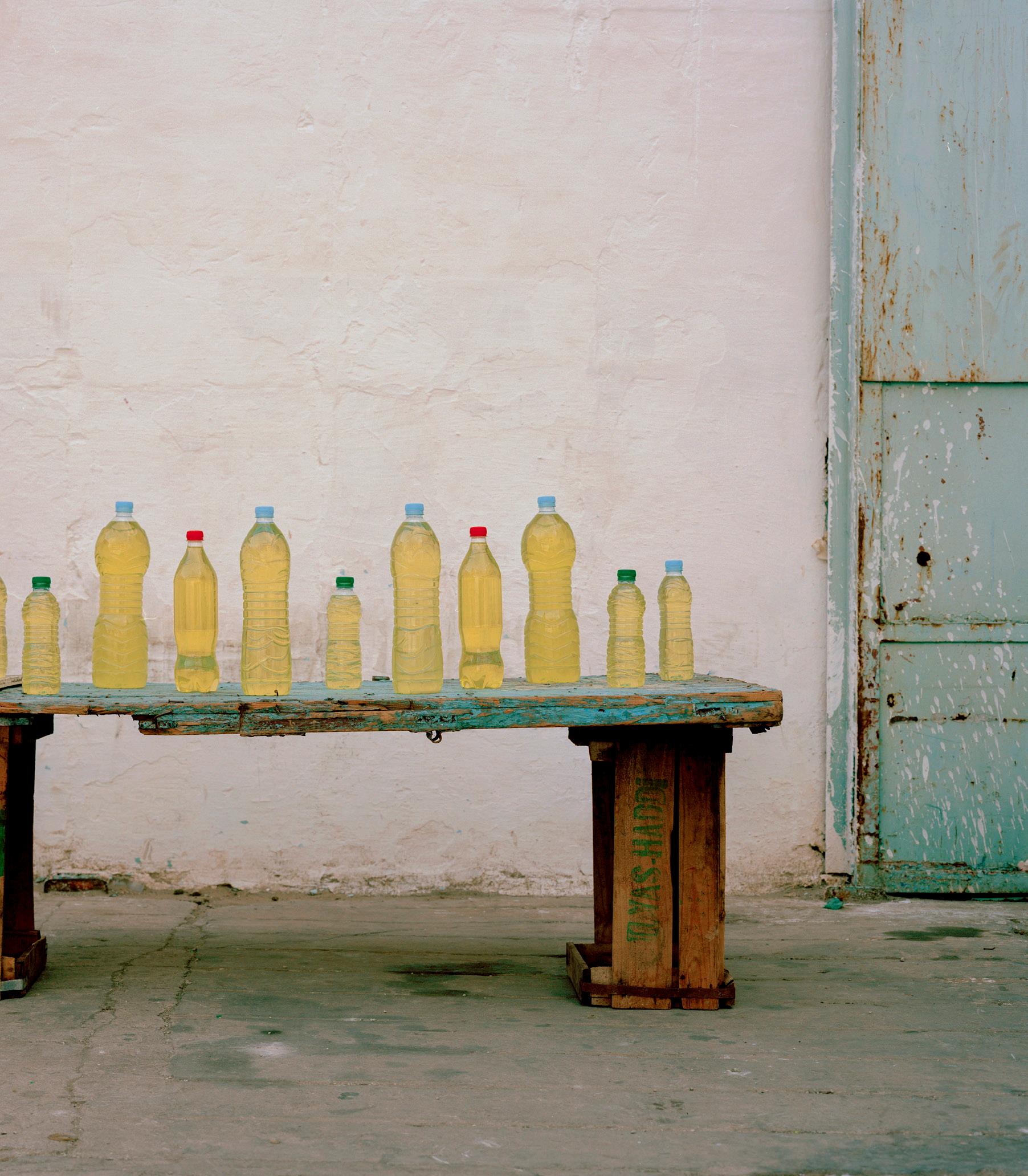
93
Hicham Gardaf
Senza titolo (dittico) / Untitled (diptych), 2022
Stampa ai sali d’argento / Gelatin silver print, 102 × 120 cm ciascuna / each
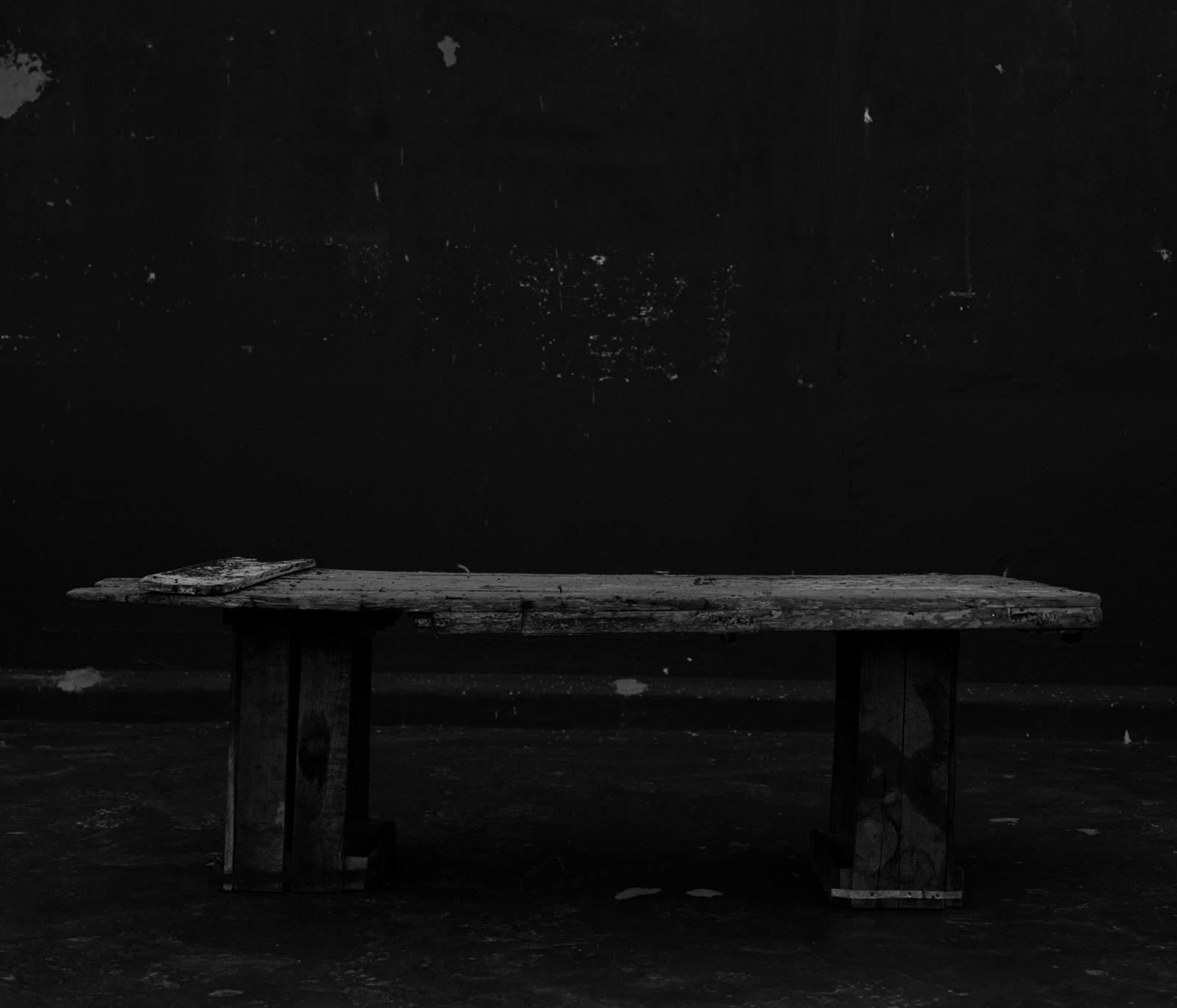
94
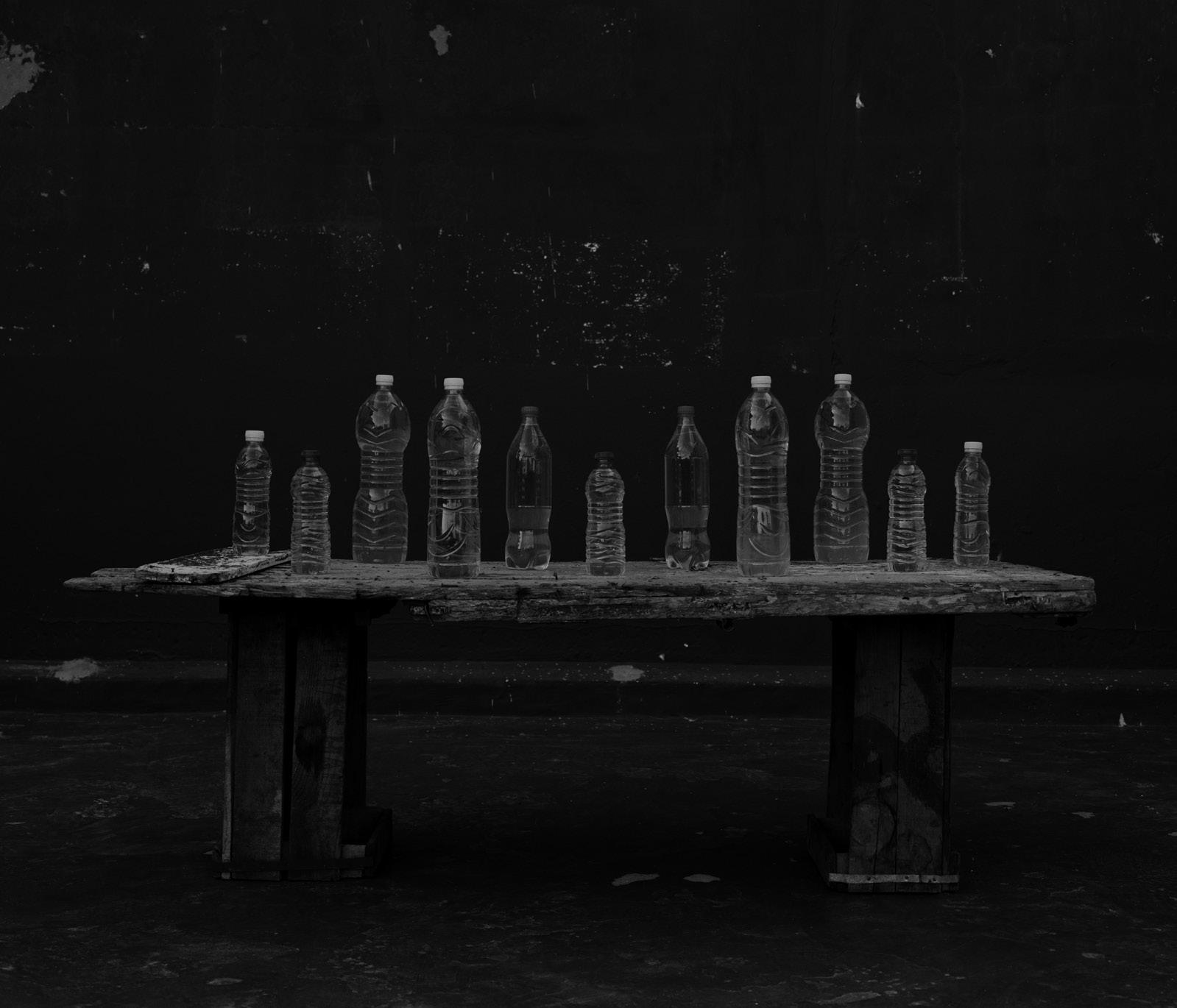
95
Hicham Gardaf
Senza titolo (Carretto) / Untitled (Cart), 2022
C-print colorata manualmente / C-print, colour hand print, 68 × 80 cm

96

97
Hicham Gardaf
Senza titolo (dittico) / Untitled (diptych), 2022
Stampa ai sali d’argento / Gelatin silver print, 42 × 36 cm ciascuna / each
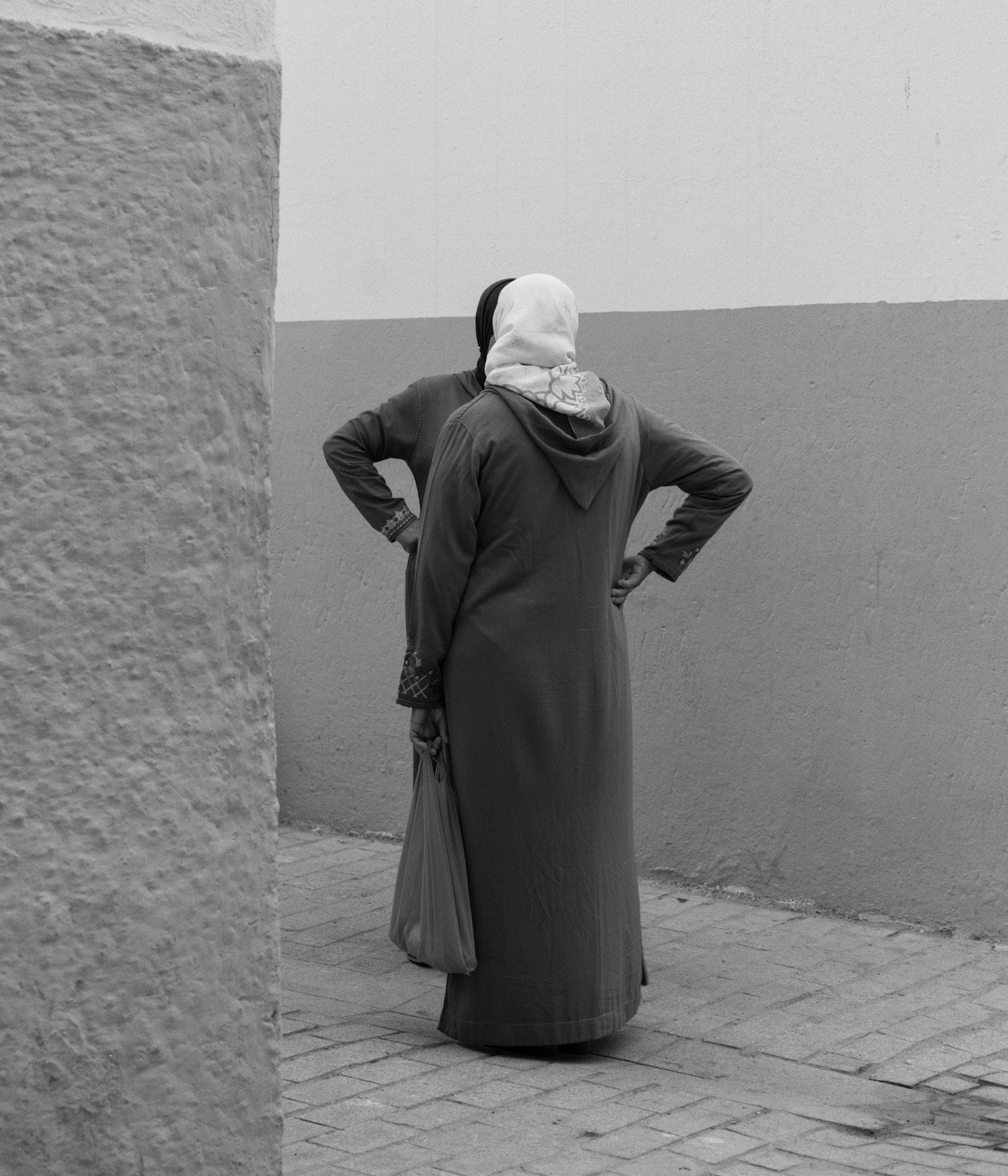
98
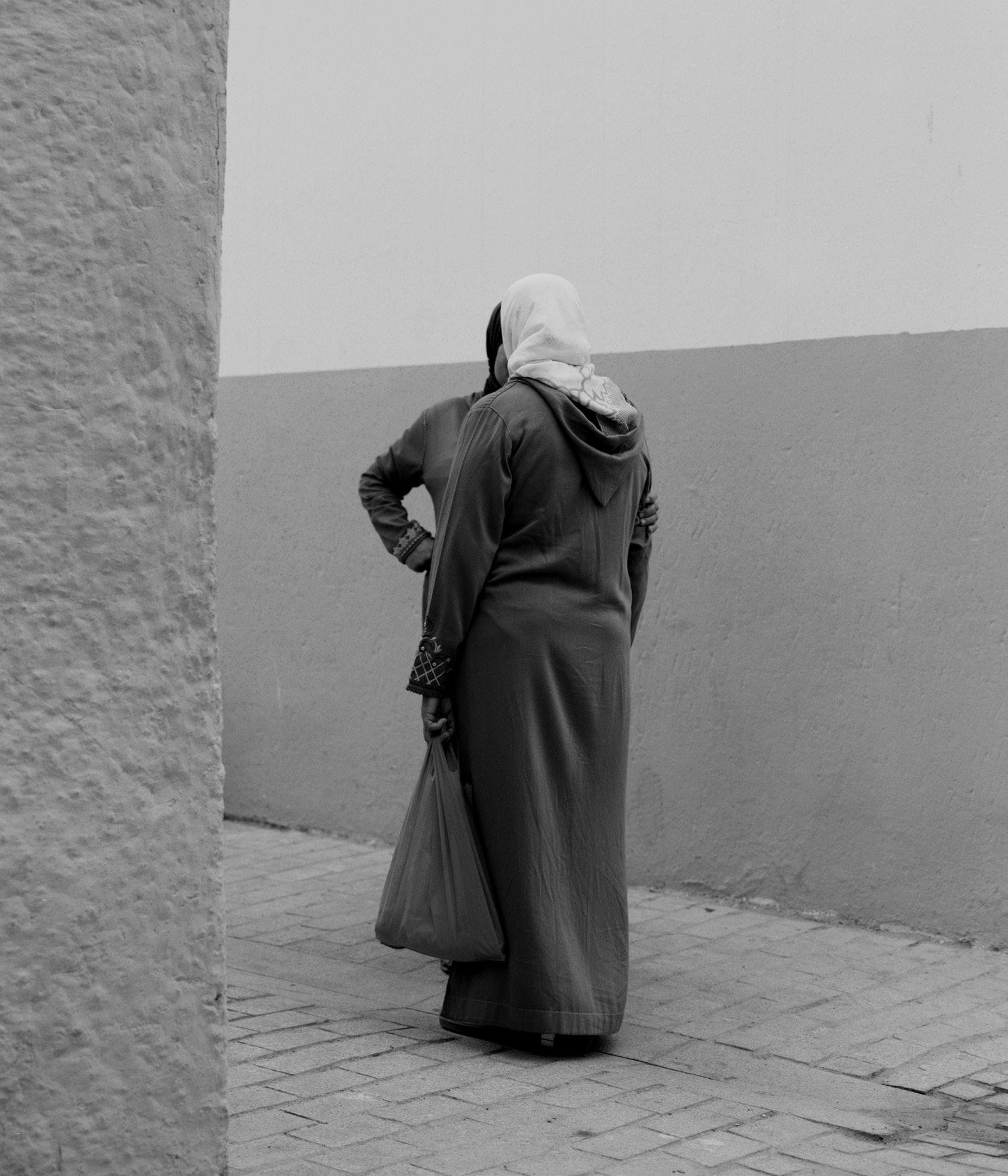
99
Hicham Gardaf
Elogio della lentezza / In Praise of Slowness, 2023
Pellicola 16 mm trasferita su video, colore, suono, stereo, loop / 16mm film transferred to video, colour, sound, stereo, loop
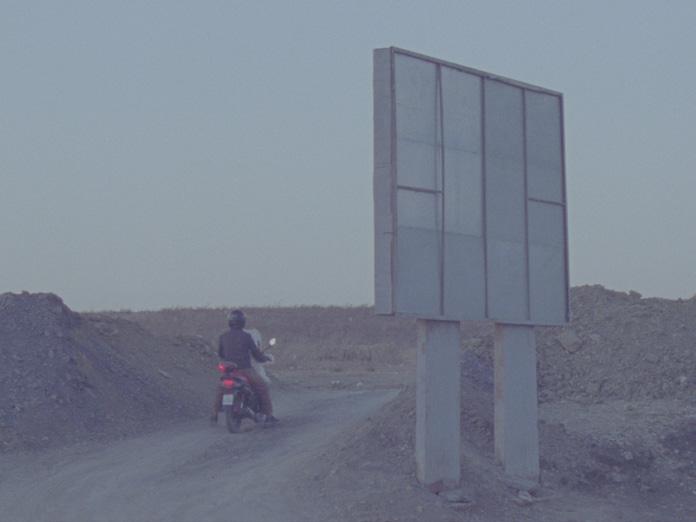
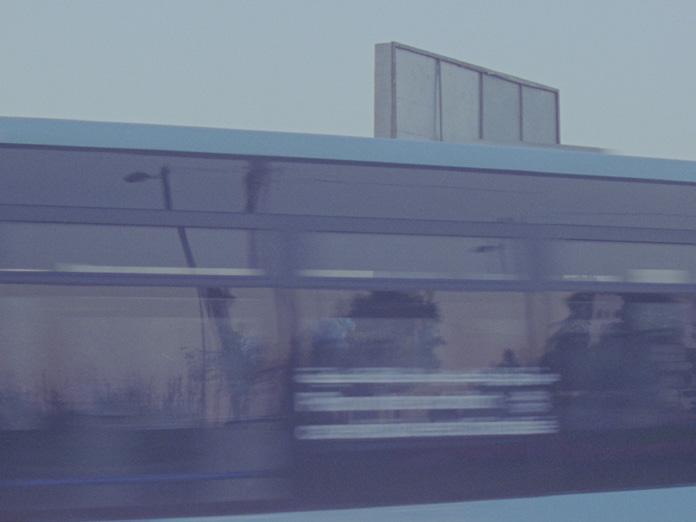

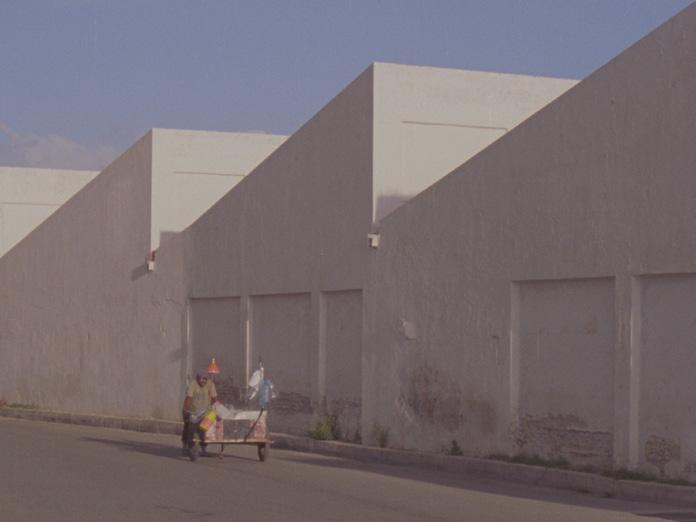
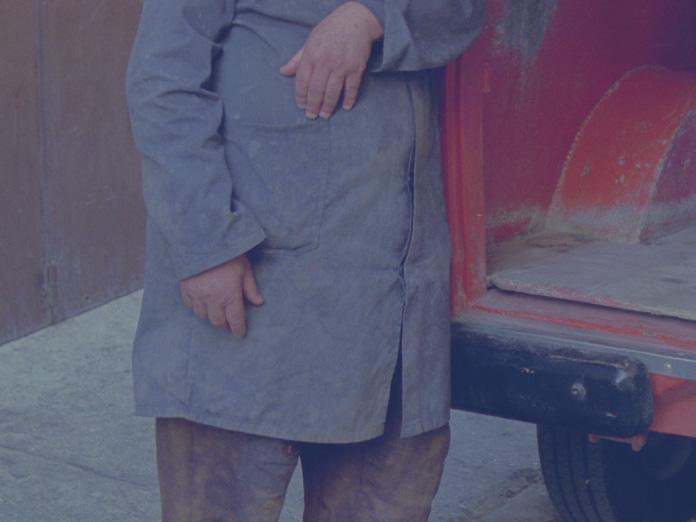
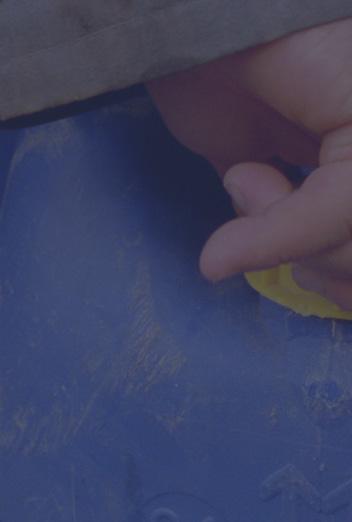
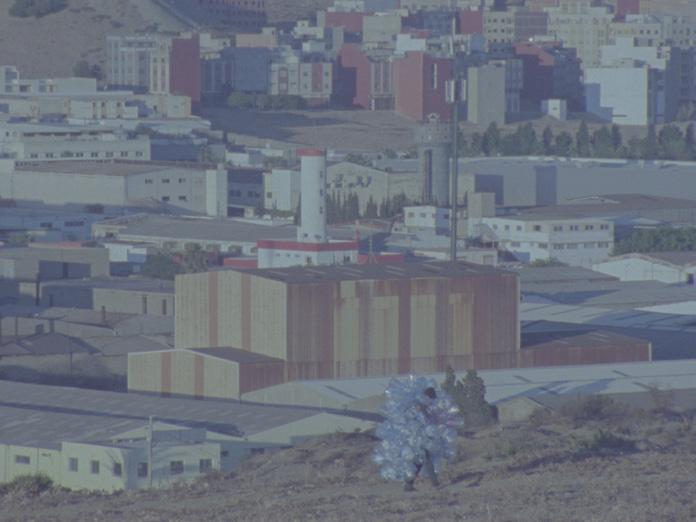

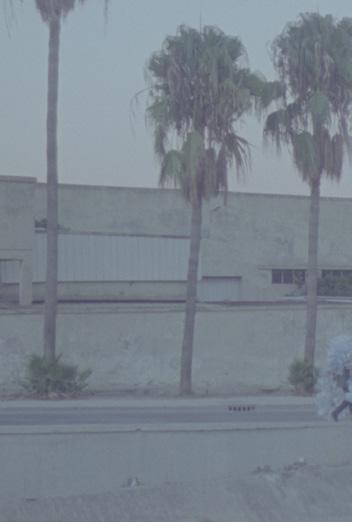
100
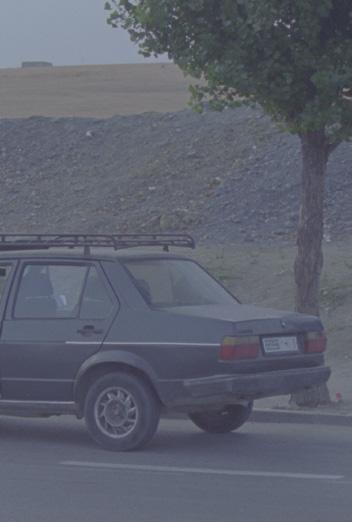
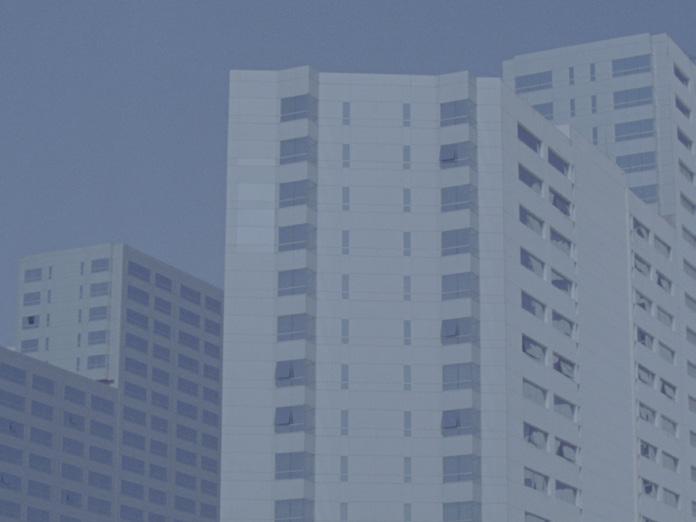

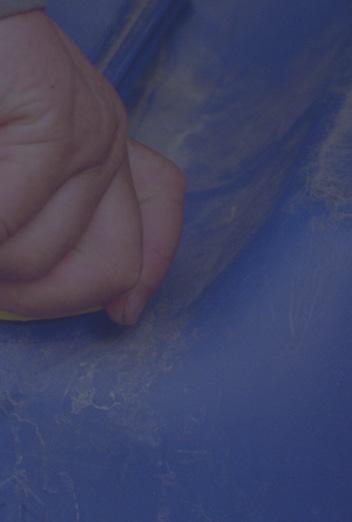
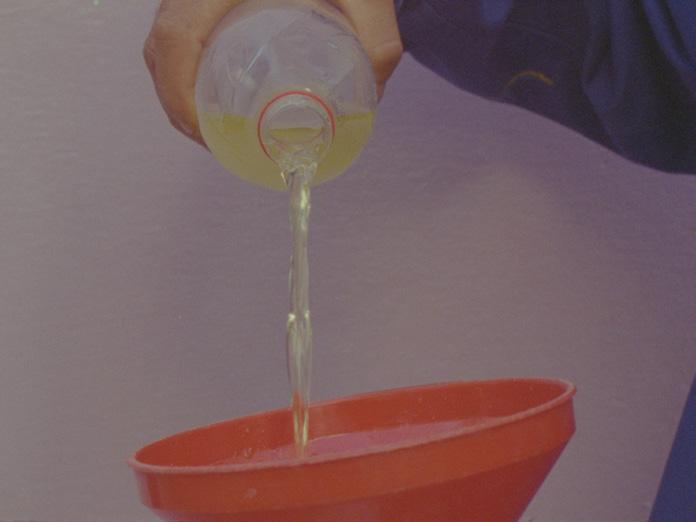
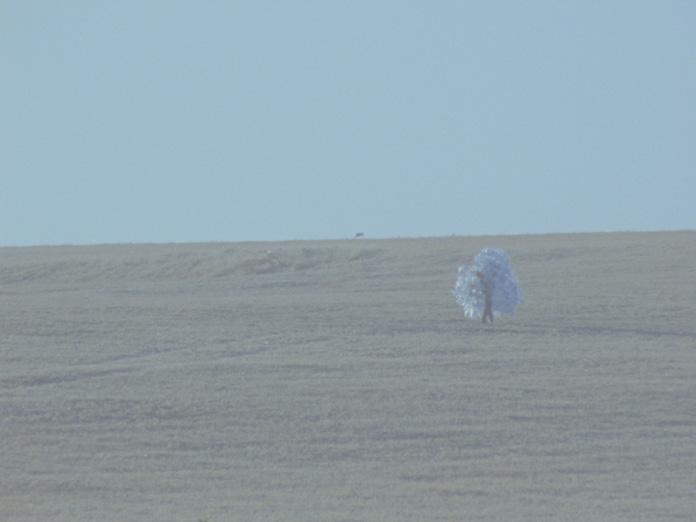
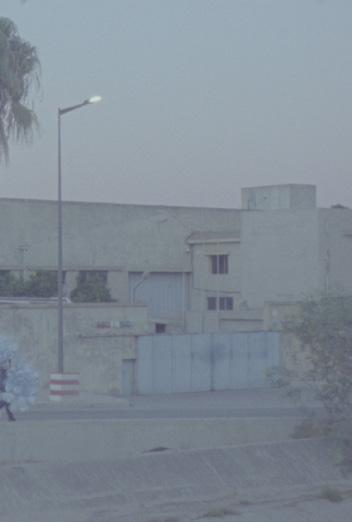
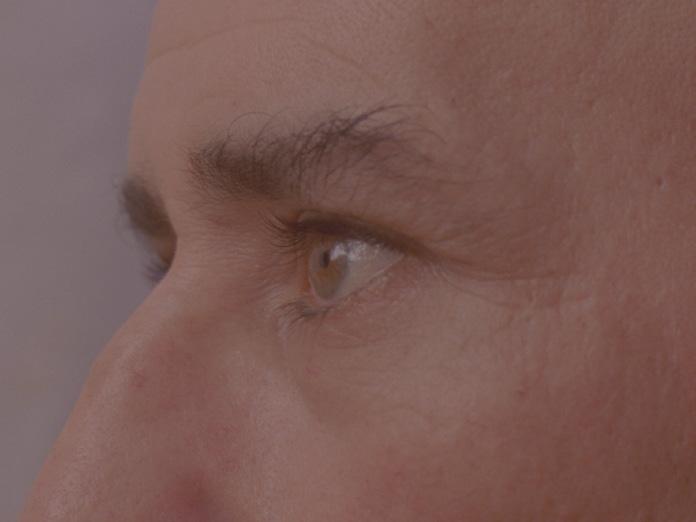
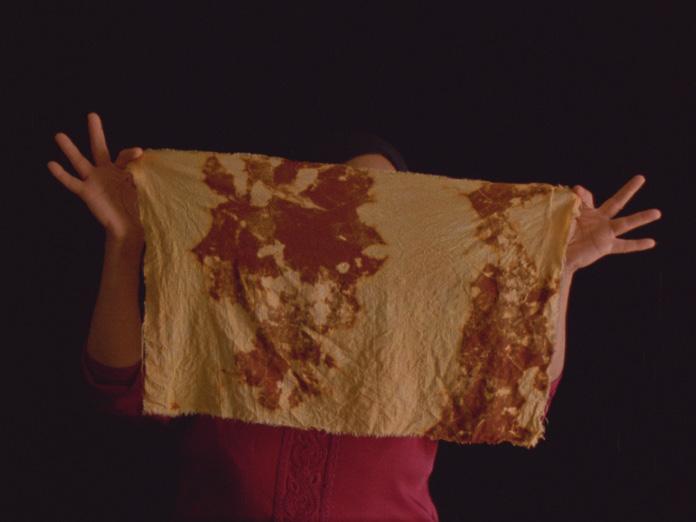
101
FARAH AL QASIMI
Dearborn
Negar Azimi
104
Farah
Al Qasimi
Nella comunità arabo-americana circola la storia di un incontro fortuito tra Henry Ford, il rampollo dell’omonimo impero automobilistico, e un marinaio yemenita di Aden. In una delle versioni della storia, Ford rimase così impressionato da quel giovane laborioso che inviò una nave nello Yemen per prelevare altri yemeniti che avrebbero potuto lavorare nel suo stabilimento, all’epoca la più grande fabbrica di automobili del mondo. Che questo racconto sia vero o meno non è importante. Ben presto gli arabi cominciarono a migrare a frotte in America, spesso attratti dalla prospettiva di guadagnare cinque dollari al giorno. Il numero degli emigrati era così alto che in poco tempo l’espressione “America araba” divenne sinonimo sia di Dearborn, in Michigan, il polveroso paese dove aveva sede lo stabilimento, sia, per estensione, dell’industria automobilistica per cui esso era famoso.
Più di un secolo dopo, l’artista Farah Al Qasimi, nota per il suo caratteristico linguaggio visivo e in particolare per il suo lungo lavoro sul Golfo e sulla zona circostante, ha rivolto l’attenzione a questa sempre più numerosa comunità arabo-americana. Al Qasimi, che è cresciuta ad Abu Dhabi e ha studiato a Yale, qualcosa sapeva già della cultura arabo-americana. La madre era figlia di immigrati libanesi che si erano trasferiti nello stato del Massachusetts. La nonna, ovvero la madre di sua madre, soggetto formale di una mostra che Al Qasimi ha recentemente allestito al Contemporary
Art Museum di St. Louis, lavorava in una fabbrica di soprabiti e faceva la cuoca e la sarta in un albergo. L’esperienza dell’immigrazione e gli ampi spazi ibridi che essa produce hanno fatto parte delle storie di famiglia fin dall’inizio.
Nel corso di una recente visita al suo studio a Brooklyn, Al Qasimi mi ha dato un facsimile del menu del ristorante dell’albergo di Springfield, in Massachusetts, dove lavorava Khazma, la nonna libanese. Abbiamo riso insieme della cena da un dollaro – erano più o meno gli anni ‘50 – che prevedeva patate lesse e torta di ciliegie. Da bambina, Al Qasimi trascorreva le vacanze estive con i nonni e aiutava Khazma, una donna vivace sempre vestita con abiti di poliestere immacolati, a farcire le foglie d’uva e a preparare l’hummus. Le chiacchiere all’ora di cena passavano senza soluzione di continuità dall’inglese all’arabo levantino, insieme all’arabo gutturale del Golfo Arabico con cui Al Qasimi era cresciuta.
Se gli spazi ibridi sono centrali nel lavoro di Al Qasimi sul Golfo, una geografia contrassegnata da tante nazionalità e lingue, una capsula di Petri di incontri inediti, anche l’America araba di Dearborn, del Michigan e dei suoi dintorni, è una topografia analoga. Il paesaggio visivo di Dearborn è contrassegnato dall’armamentario familiare della cultura commerciale americana: negozi dove tutto costa un dollaro e supermercati giganteschi, ma anche numerose moschee e sale di preghiera, shisha bar
105
e ristoranti arabi, scritte in arabo sulle facciate dei negozi e pubblicità appollaiate in cima agli edifici che offrono shawarma, consulenze sull’immigrazione, prodotti del marchio Islamica. In un articolo del “New York Times”, per il quale Al Qasimi lavorava come fotografa, ho letto del concorso annuale di Miss Muslimah, una versione musulmana del rituale americano dei concorsi di bellezza dove il vino viene sostituito dal succo d’uva, le signore velate si pavoneggiano in abiti chic in stile islamico ed è prevista una gara di lettura del Corano. Le giovani donne comunicano religiosità ma mostrano un’estrema sicurezza di sé.
Oggi oltre il 30% degli abitanti di Dearborn è di origine araba. Sono arrivati in massa fin da quando i primi yemeniti sbarcarono su quelle coste nel XIX secolo. Da allora arabi cristiani della Grande Siria, musulmani della Palestina, caldei dell’Iraq e molti altri sono immigrati a ondate distinte e sovrapposte. Di recente, la guerra in Siria e i continui conflitti in Iraq hanno prodotto trasferimenti ancora più ingenti di persone. Non si può fare a meno di sentire il cicaleccio della lingua araba lungo le strade di Dearborn, il ritornello colloquiale di wallah, bro, che si traduce più o meno in “ti giuro, fratello”, è un elemento familiare del paesaggio sonoro. Molti membri della comunità lavorano nella fabbrica di automobili di Henry Ford o nel suo indotto e tutti sembrano vivere nella sua ombra.
Le immagini che Al Qasimi ha scattato a Dearborn, all’industria automobilistica e alle comunità che si sono sviluppate mostrano una folle collisione di mondi. In questo paesaggio chiassoso, la cultura è tutt’altro che statica; cambia forma di continuo, non è mai singolare, ha confini porosi. Un’immagine intitolata Truck presenta l’interno di un veicolo, un ciondolo dell’Imam Hussein e un dado con la parola “Allah” incisa sopra che penzola da uno specchietto retrovisore. Bottiglie di Gatorade e di Mountain Dew campeggiano mezze vuote con i loro colori sgargianti e fluorescenti, mentre un deodorante per auto con la forma e i colori della bandiera irachena annuncia Allah Akbar, ovvero “Dio è grande”. Gli spazi interni sono stati a lungo oggetto di interesse per Al Qasimi, che è particolarmente abile nel registrare l’interiorità, di tipo sia fisico sia metafisico. Quando le chiedo se Dearborn è un paradiso sincretico, risponde in modo profondo e preciso, suggerendo che “potrebbe essere più un paradosso che un paradiso”. Come potrebbe non essere così? Un luogo in cui il peso della famiglia e della tradizione si scontra con le specificità del vernacolo americano. Come si affronta un contesto psicologico di questo tipo? In una fotografia intitolata Nour, un essere umano di genere indefinito giace in un letto avvolto come una mummia da una trapunta variopinta che gli nasconde gran parte del viso, evocando un’angoscia adolescenziale. La stanza ha i tratti distintivi di una camera da bambino:
Farah Al Qasimi 106
In un’altra immagine della serie, una donna in nero è seduta di spalle davanti al fiume Rouge, presumibilmente assorta nei suoi pensieri. In un’altra ancora, un giovane uomo dall’aria cool – chiedo ad Al Qasimi e scopro che è un noto “influencer” sui social media – se ne sta da solo nella sua Maserati in un parcheggio vuoto. Un altro soggetto, una donna evocata solo dalla sua ombra, manda volute di fumo nell’aria in una sala da narghilè, le cui pareti marroni sono segnate da una danza di forme spettrali. Come in molte altre opere di Al Qasimi, i volti sono spesso nascosti, in parte o del tutto, e gli osservatori si trovano a fronteggiare le spalle e i profili dei soggetti delle fotografie, spettri di personalità. In questo modo, le immagini rigettano qualsiasi impulso etnografico di documentazione dell’esotico, dell’estraneo, del remoto. Le immagini stanno con i loro soggetti piuttosto che a distanza. Sono documenti di una presenza, anche se resistono alla possibilità di inventariarla. Al Qasimi, animata da un’antica passione per l’eccesso visivo, suggerisce che molto può essere comunicato attraverso tessiture, motivi di indizi visivi. I codici abbondano. In una fotografia intitolata One-Eyed Cat, una donna che lavora di giorno come guardia presso lo stabilimento Ford solleva il suo gatto con un occhio solo su uno sfondo di carta da parati floreale su cui è appeso un dipinto a olio di un bouquet racchiuso in una cornice barocca. L’ambientazione, curata a fondo, potrebbe evocare l’orgoglioso arrivismo dell’immigrato che ce l’ha fatta. un orsacchiotto rosa con la scritta “Sweet” sulla pancia è accanto al corpo prono, mentre un altro orsacchiotto dà le spalle alla scena. Il dispositivo dell’aria condizionata alla finestra è avvolto da un pesante tessuto rosso cupo, con tutta probabilità non frutto di una scelta del soggetto dell’immagine, ma traccia dei gusti dei genitori che hanno arredato la casa. Nel mondo di Al Qasimi, la camera da letto è spesso una zona liminare, uno spazio di trasformazione, fantasia, immaginazione. Ma anche di segreti.
Un altro ritratto di solitudine raffigura una donna velata che guarda il desolante scenario industriale della raffineria Marathon Petroleum, mentre il sole tramonta in lontananza, il cielo un torrente fangoso di rosa e di grigi. La donna indossa un hijab nero e una tunica di raso color cammello che copre la maggior parte del corpo e che sembra fluttuare gonfiata dal vento. Accanto a lei, un gigantesco bicchiere di McDonald’s. L’immagine è gravida di cose non dette: si può solo iniziare a proiettare sulla scena una narrazione psicologica. Cosa sta pensando, desiderando, sognando questa donna? La scena suggerisce una rivisitazione in chiave contemporanea della pittura di paesaggio, genere di per sé connotato dalle vicende violente del colonialismo, scomodo incontro di mondi. Una semplice ricerca su Google rivela che la raffineria, recante su un silos la scritta “Azienda americana al servizio dell’America”, domina l’area più inquinata degli Stati Uniti.
107
Il gatto, mutilato com’è, infonde un’atmosfera gotica all’enigmatica scena che abbiamo davanti. Altrove, una donna velata, avvolta in uno hijab rosa acceso e in una tunica arancione intenso, indossa una maschera rossa, a mo’ di scudo. Anche se la maschera è senz’altro una traccia della pandemia di Covid in corso nel momento in cui è stata scattata la foto, le grandi aperture laterali lasciano intendere che si tratta di un gesto estetico, non tanto di un presidio medico. Che varietà di colori! La giovane si staglia davanti a un’enorme pubblicità di un cocktail di frutta, il calice traboccante di avocado, fragole e panna. Questo ritratto dell’eccesso, quasi pornografico nella sua esuberanza, mostra con chiarezza la complessità che pulsa sotto ogni scintillio. Una sintassi visiva che potrebbe essere appena al di là della nostra portata.
Anni fa, l’illustre studioso del pensiero islamico Hassan Hanafi parlava dell’Islam come di un supermercato – nel senso che dalla sua ricchezza si può prendere ciò che si vuole. Benché sia stata criticata da parte di soggetti più conservatori, la sua osservazione ha un impatto forte. Naturalmente, non tutti i membri della comunità arabo-americana sono di estrazione islamica – la diversità religiosa al suo interno è vertiginosa – ma a mio parere le fotografie di Al Qasimi suggeriscono un autentico supermercato della cultura, un pot-pourri estatico in cui le persone versano in uno stato costante di costruzione di sé, in cui danno e prendono, rimodellando norme e
tradizioni secondo le circostanze e le necessità, secondo i tempi. Immaginiamo il ragazzo che sfoggia un tatuaggio dell’Imam Ali sul braccio ed è dipendente dagli oppioidi (che l’Islam non ammette); il giovane che va a letto con chi gli pare ma terrorizza la sorella nubile ogni volta che incrocia per strada un uomo. Come sempre, le contraddizioni sono vistose, vivaci, a volte esasperanti. Ma sono anche connaturate a ciò che chiamiamo vita.
Questi, potremmo dire, sono i figli del marinaio yemenita che forse non è mai esistito, i figli delle generazioni che sono sfuggite alla depressione economica, alle persecuzioni, alla guerra civile e alle successive invasioni americane nel mondo arabo per ricominciare da capo. Le loro identità, sempre in movimento, offrono un mosaico dell’America che appare indisciplinato, irriverente, impossibile da addomesticare, autentico.
Farah Al Qasimi 108
There’s a story in the Arab American community about a chance encounter between Henry Ford, the scion of the eponymous automobile empire, and a Yemeni sailor from Aden. In one version of the story, Ford was so impressed by the industrious young man that he sent a ship back to Yemen to pick up other Yemenis who might populate his plant, at the time the largest automobile factory in the world. Whether this piece of lore is true or not is beside the point. Arabs soon began to migrate to America in droves, many of them lured by the prospect of a $5 work day. The numbers were so considerable that before long, the rubric “Arab America” became synonymous with both Dearborn, Michigan, the gritty hamlet that hosted the plant, and by extension, the automobile industry for which it was known.
More than a century later, the artist Farah Al Qasimi, known for her distinctive visual language and her ongoing work on and around the Gulf in particular, turned her attentions to this bulging Arab American community. Al Qasimi, who grew up in Abu Dhabi and studied at Yale, knew something about Arab American culture. Her mother was the daughter of Lebanese immigrants who had settled in the state of Massachusetts. Her grandmother, which is to say her mother’s mother, the ostensible subject of an exhibition Al Qasimi recently mounted at the Contemporary Art Museum St. Louis, worked in a coat factory and cooked and sewed in a hotel. The experience of immigration and the bespoke and
capacious hybrid spaces it produces have long been the stuff of a family lore.
During a recent visit to her Brooklyn studio, Al Qasimi handed me a facsimile of the menu from the Springfield, Massachusetts hotel restaurant in which her Lebanese grandmother, Khazma, once worked. We laughed over the $1 dinner, circa 1950s, which featured boiled potatoes and red cherry pie. As a child, Al Qasimi would spend summer vacations with her grandparents, helping Khazma, a sassy woman perennially dressed in immaculate polyester dresses, stuff grape leaves and make hummus. Dinnertime chatter moved seamlessly between English and Levantine Arabic, along with the guttural Gulf Arabic that she had grown up with.
If hybrid spaces are front and center in Al Qasimi’s work on the Gulf, a geography marked by legion nationalities and tongues, a petri dish of novel encounters, the Arab America of Dearborn, Michigan and its environs is also such a topography. Dearborn’s visual landscape is marked by all the familiar accoutrements of American commercial culture—dollar stores and gargantuan supermarkets cum palaces, but also present are legion mosques and prayer rooms, shisha bars and Arabic restaurants, Arabic script on storefronts and advertisements perched high in the sky hawking shawarma, immigration advice, Islamica. In an article from The New York Times for which Al Qasimi served as photographer, I read about the annual Miss Muslimah
109
competition, a Muslim twist on the American ritual of beauty pageants in which wine is swapped out for grape juice, ladies in hijab strut about in Islamic chic, and a talent competition features readings from the Quran. The young women communicate piousness but ooze with cool.
Today, over 30% of Dearborn’s residents are of Arab extraction, having arrived en masse since the first Yemenis landed on these shores in the 19th century; Arab Christians from greater Syria, Muslims from Palestine, Chaldeans from Iraq and motley others have since immigrated in distinct and overlapping waves. Most recently, the Syrian war and continuing strife in Iraq have produced even more wayward travelers. The patter of the Arabic language is inescapable on Dearborn streets, the colloquial refrain of wallah, bro, which more or less translates to “for real, brother,” a familiar feature of the soundscape. Many members of the community work in and around Henry Ford’s automobile plant, others serve those who do, while all seem to live in its shadow.
Al Qasimi’s images of Dearborn, the auto industry and the communities it has spawned showcase a delirious collision of worlds. In this raucous landscape, culture is anything but static; it is always shape-shifting, never singular, its boundaries porous. An image entitled Truck features the inside of a car, an Imam Hussein pendant and a dice with the word “Allah,” Arabic for God, inscribed on
it as it dangles from a rear view mirror. Bottles of Gatorade and Mountain Dew sit half drunk, their colours garish and fluorescent, while an air freshener in the shape and colours of the Iraqi flag announces Allah Akbar, or “God is great.”
Interior spaces have long been of interest to Al Qasimi, who is especially adept at charting interiority, of both the physical and metaphysical varieties. When I question her about Dearborn, whether it feels like a syncretic paradise, she is thoughtful and precise, suggesting that it “may be more paradox than paradise.” How can it not be? A place where the weight of family and tradition collide with the particularities of the American vernacular. How does one negotiate such a psychic space? In a photograph entitled Nour, a human of indeterminate gender lies in bed like a mummy, a multicolored quilt occluding much of their face, communicating adolescent angst. The room has the markings of a childhood bedroom: a pink teddy bear, the words “Sweet” scrawled on its tummy, accompany the prone body, while another teddy has its back to the scene. A window AC unit is enshrouded in a heavy crimson red fabric, communicating that the curtain was probably not the subject’s choice, but likely a trace of parental home decorating tastes. In Al Qasimi’s world, the bedroom is often a liminal zone, a zone of transformation, fantasy, imagineering. But also secrets.
Another portrait of solitude features a veiled woman gazing outward at the bleak industrial scene
Farah Al Qasimi
110
of the Marathon Petroleum Refinery as the sun sets in the distance, the sky a muddy torrent of pinks and greys. She dons a black hijab along with a camel-colored satin top that extends over most of her body, the wind pushing it up, so that it appears to float. A large MacDonald’s cup sits by her side. The image is pregnant with things unsaid: one can only begin to project onto the scene a narrative of psychological consequence. What is she thinking, desiring, dreaming? The scene suggests a contemporary take on landscape painting, itself a genre riddled with violent histories of colonialism, an uncomfortable meeting of worlds. A mere Google search reveals that the refinery, which has the words “An American Company Serving America” tattoed on one of its silos, overlooks Michigan’s most polluted zip code.
Elsewhere in the series, a woman in black sits before the River Rouge, presumably deep in thought. In another, a dapper young man—I question Al Qasimi and learn he is a well-known social media “influencer”—sits alone in his Maserati in an empty parking lot. Yet another subject, represented by her shadow only, sends smoke wafting into the air in a hookah lounge, the space’s brown walls marked up by a dance of ghostly forms. As in much of Al Qasimi’s work, faces are often occluded, partially or fully, viewers confronted with subjects’ backs and profiles, apparitions of personhood. In this way, her images are at odds with any
ethnographic impulse one may have to document the exotic, unfamiliar, or far-flung. They sit with their subjects rather than apart. They are documents of a presence, even as they resist the possibility of inventorizing it.
Al Qasimi, who has a longstanding appetite for visual excess, suggests that a great deal can be communicated through texture, visual cues. Codes abound. In a photograph entitled One-Eyed Cat, a woman who works days as a guard at the Ford plant holds her one-eyed pet up against a floral wallpaper backdrop which bears an oil painting of a bouquet encased in a baroque frame. The setting, intensely manicured, might evoke the proud arrivisme of the accomplished immigrant. The cat, maimed as it is, injects a gothic air into the enigmatic scene before us. Elsewhere, a veiled woman—she is shrouded in a hot pink hijab and a tube-seat orange top— wears a red hued mask, shield-like. While the mask is surely a trace of the Covid pandemic that is ongoing now and at the time the photo was taken, its gaping holes suggest that it is effectively a fashion gesture, not so much a medical one. A panoply of colours! The young woman stands against an oversized advert for a juice cocktail, its cup overflowing with avocado, strawberries, and cream. This portrait of excess, almost pornographic in its lushness, points to a complexity that throbs beneath any shiny surface. A visual syntax that may be just beyond our reach.
111
Years ago, the distinguished Islamic thought scholar Hassan Hanafi referred to Islam as a supermarket—as in you take from its abundance what you want. While he got into trouble for that observation from more conservative elements, his quip resonates. Of course, all of the members of the Arab American community are not of Islamic extraction—the religious diversity within is dizzying—but I would like to suggest that Al Qasimi’s photographs suggest a veritable supermarket of culture, an ecstatic potpourri where people are in a constant state of self-fashioning, giving and taking, reshaping norms and traditions to suit one’s own circumstances and needs, the times. Imagine the young man who boasts a tattoo of Imam Ali on his arm and yet is hooked on the opioids that Islam does not condone; or another who sleeps with whomever he likes but terrorizes his unmarried sister whenever she’s in the vicinity of a man. As ever, the contradictions are vivid, alive, occasionally maddening. But they are also inherent to this thing we call life. These, we might say, are the children of the possibly apocryphal Yemeni sailor, the children of generations who have escaped economic depression, persecution, civil war and successive American invasions in the Arab world to start anew. Their identities, always in flux, offer up a mosaic of America that feels unruly, irreverent, impossible to tame, true.
Farah Al Qasimi
112
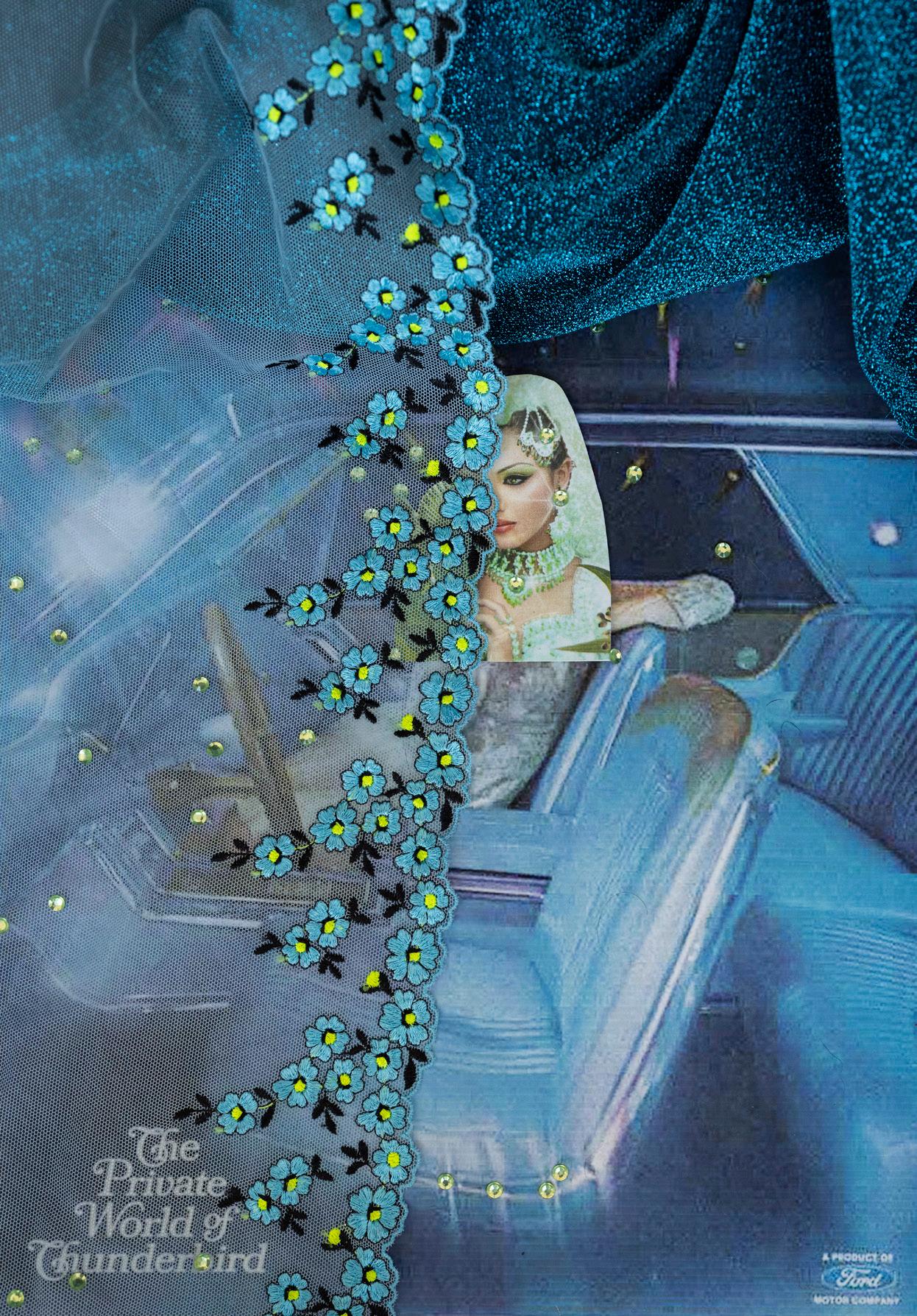
113
Thunderbird (Crema sbiancante per la pelle) / Thunderbird (Skin Whitening Cream), 2022 Stampa inkjet / Inkjet print
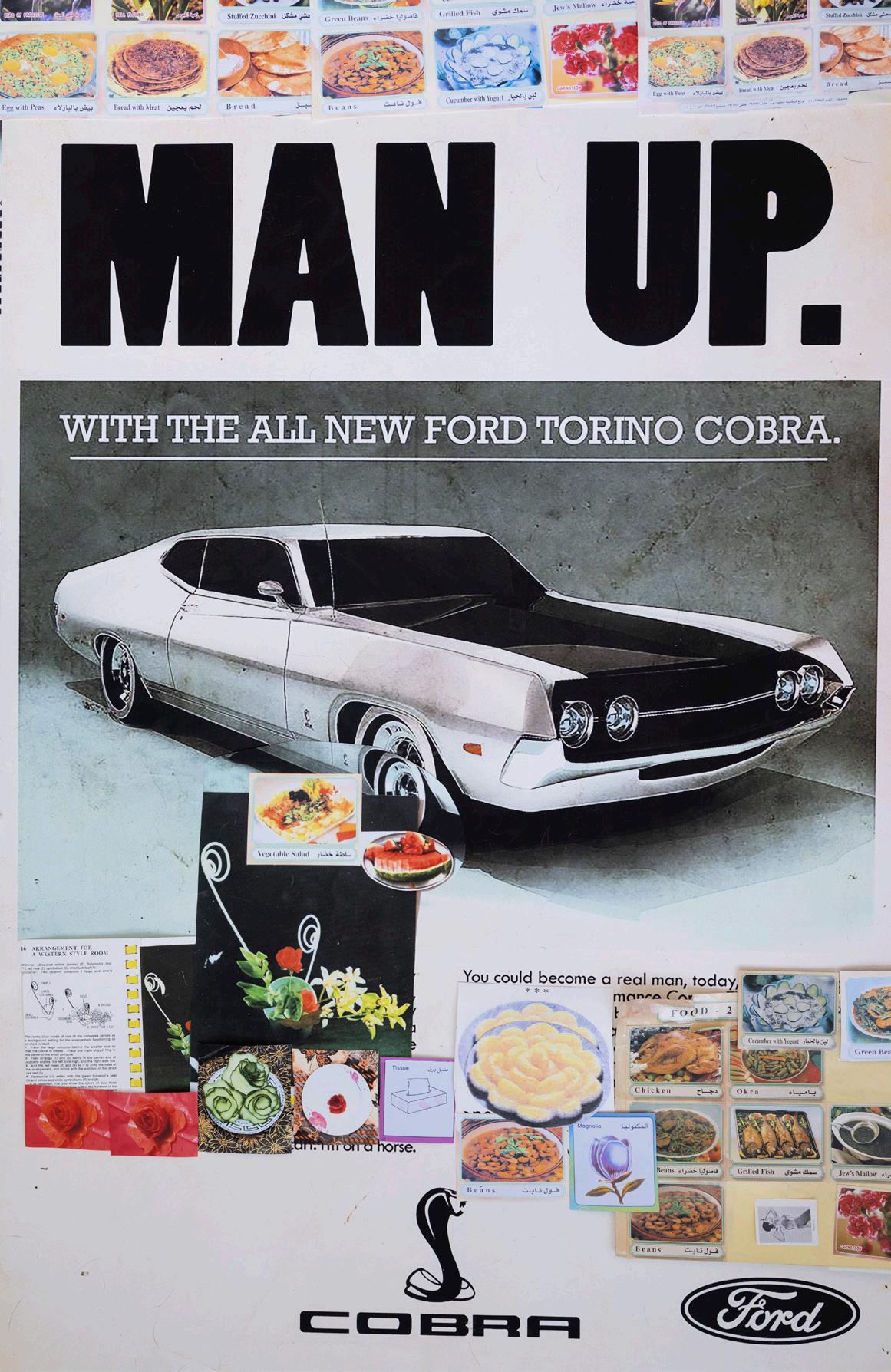 Farah Al Qasimi
Farah Al Qasimi
114
Man Up (Ford Cobra, lavoro domestico) / Man Up (Ford Cobra, Domestic Labour), 2022 Stampa inkjet / Inkjet print
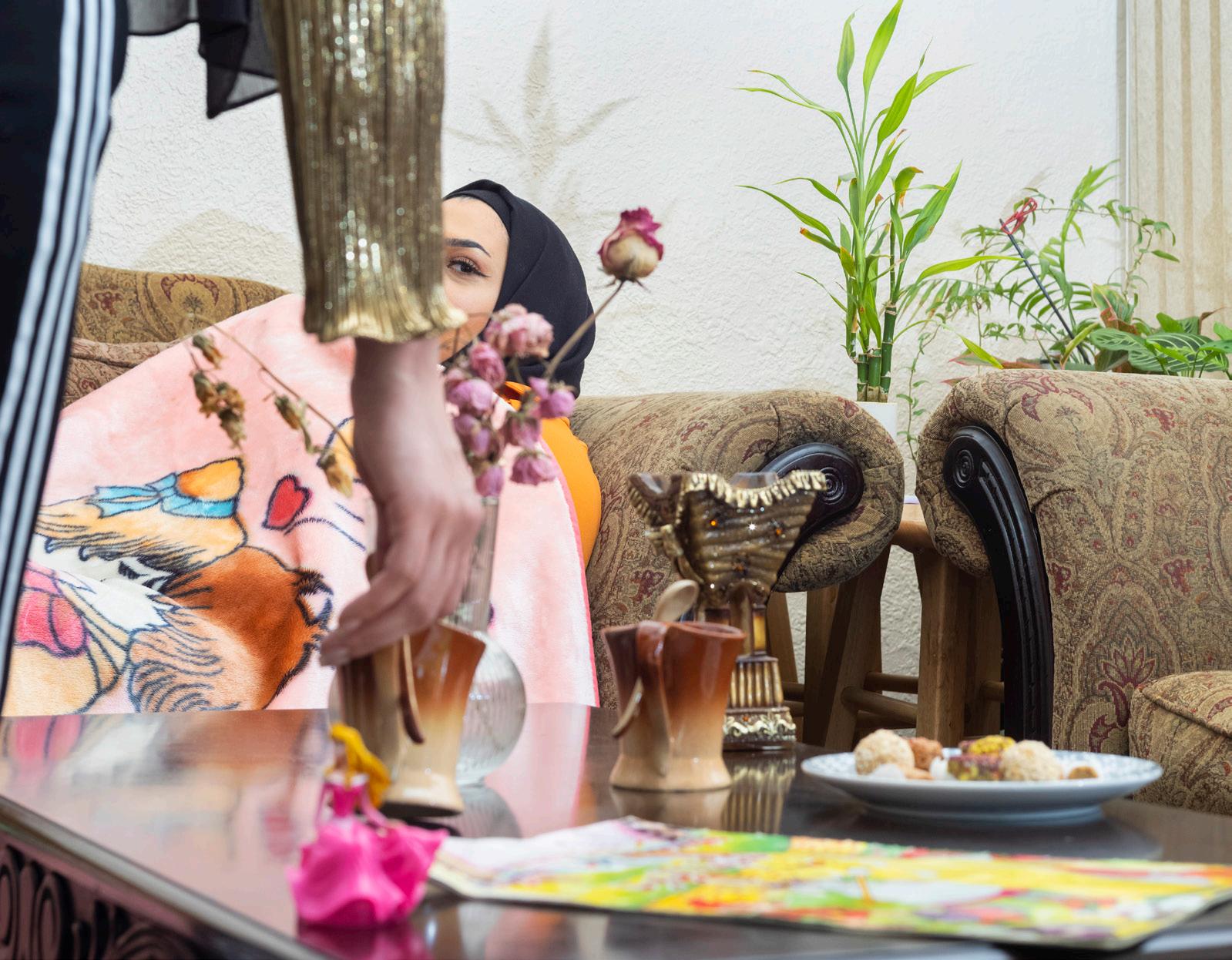
115
Sorelle / Sisters Stampa inkjet / Inkjet print, 63,5 × 90 cm
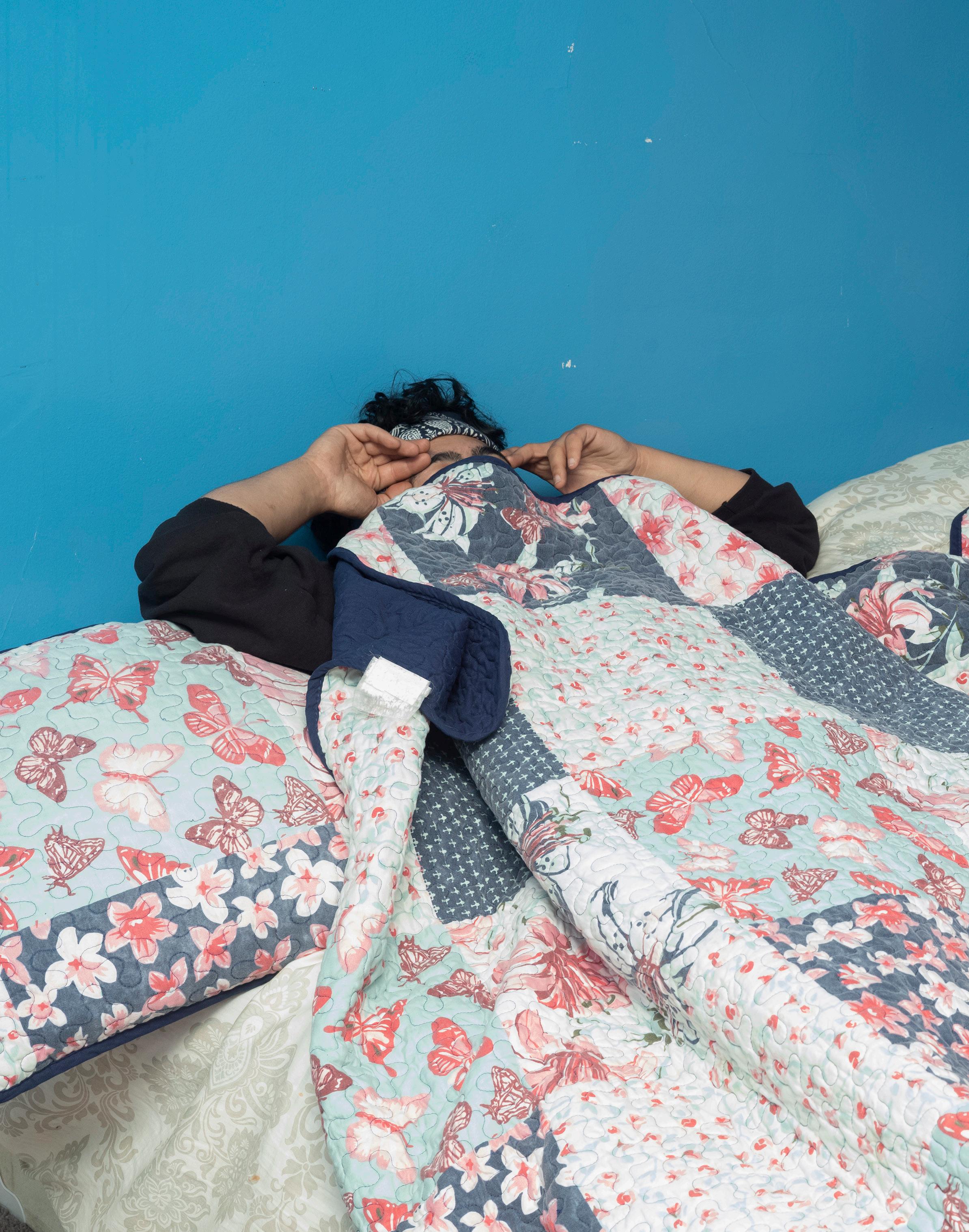
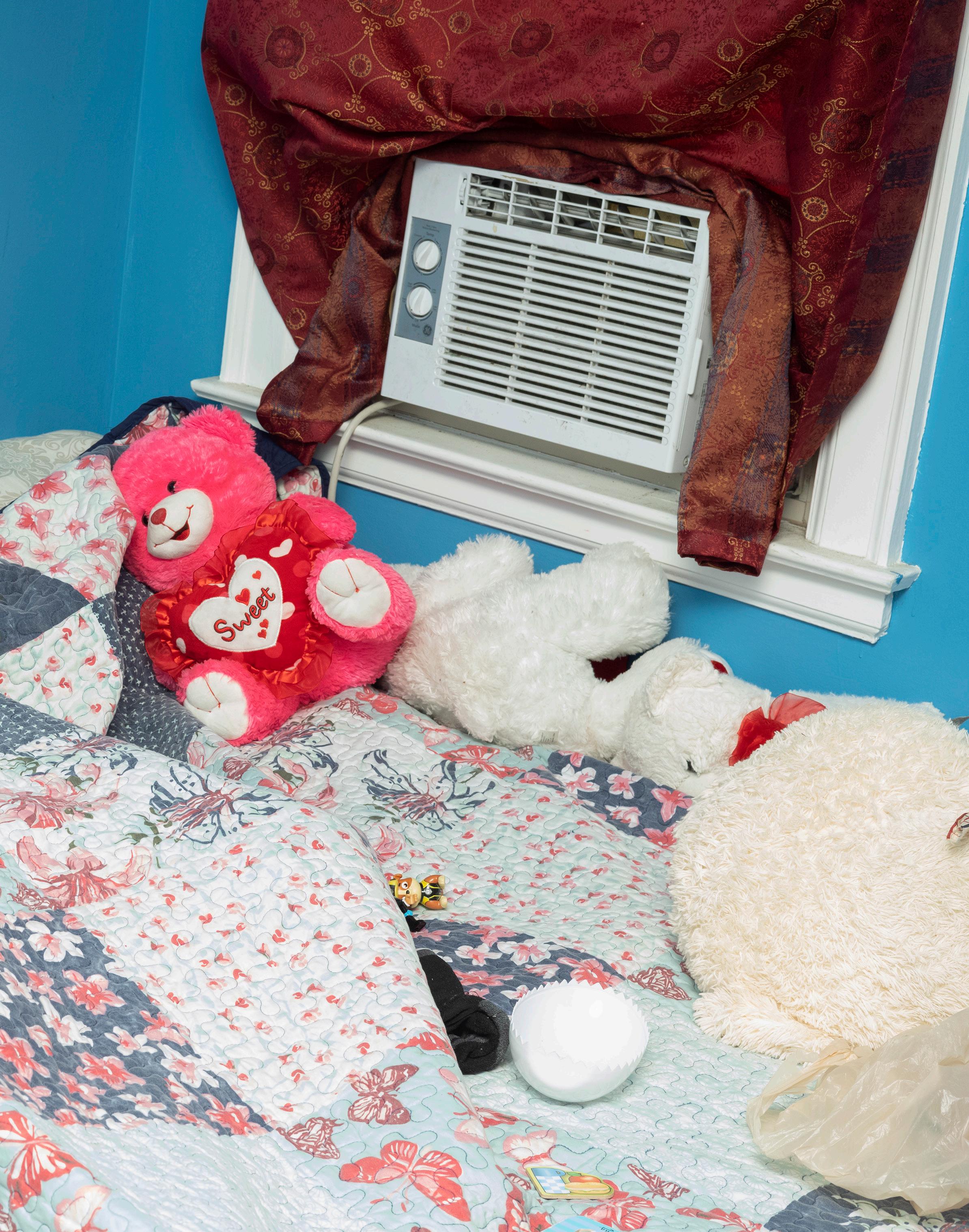
Pasticceria / Cake Shop, 2022
Stampa inkjet / Inkjet print, 63,5 × 90 cm
Mandorle
Stampa inkjet / Inkjet print, 90 × 63,5 cm
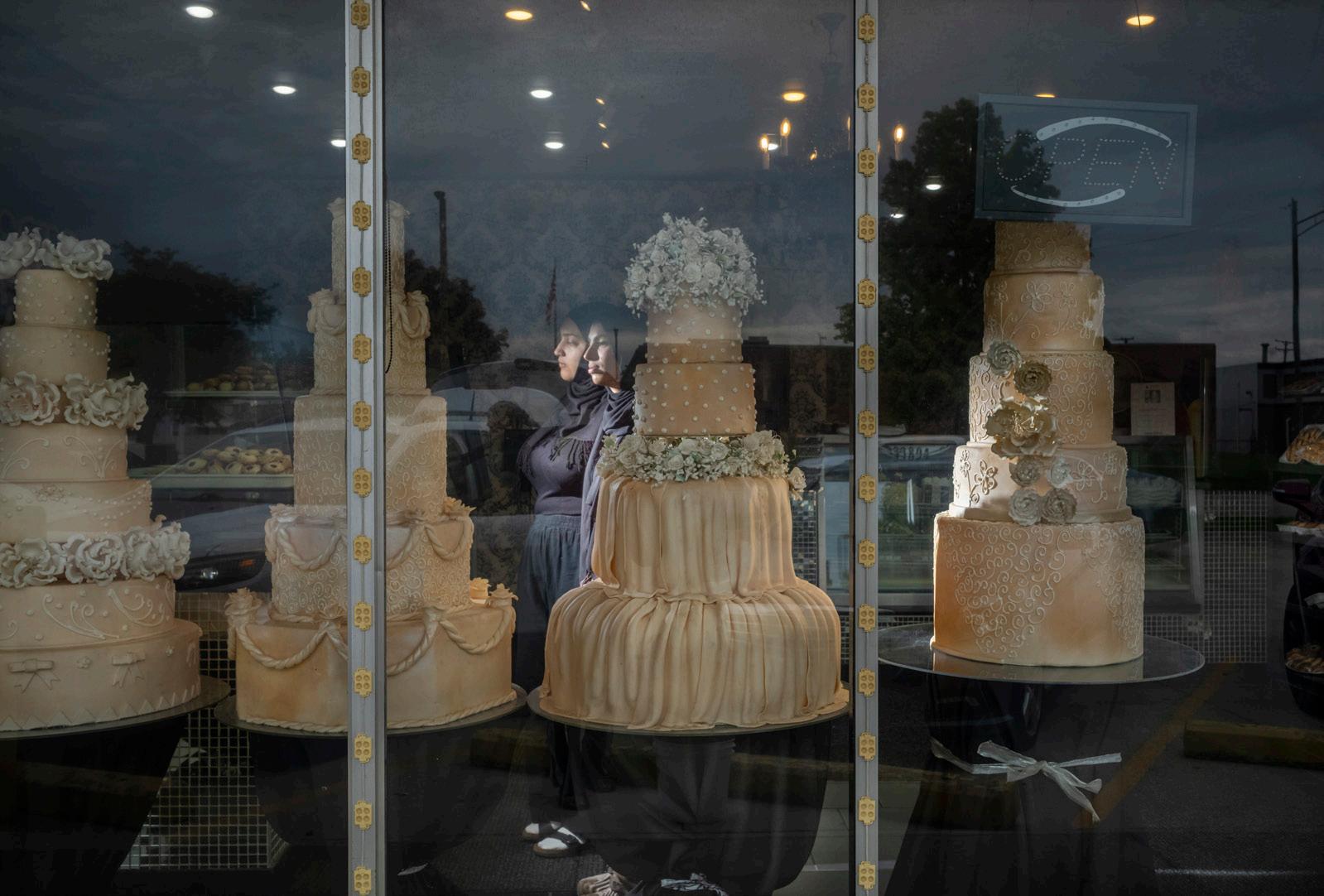
<
Stampa
Farah Al Qasimi
/ Almonds
Nour a casa / Nour at Home, 2022
118
inkjet / Inkjet print
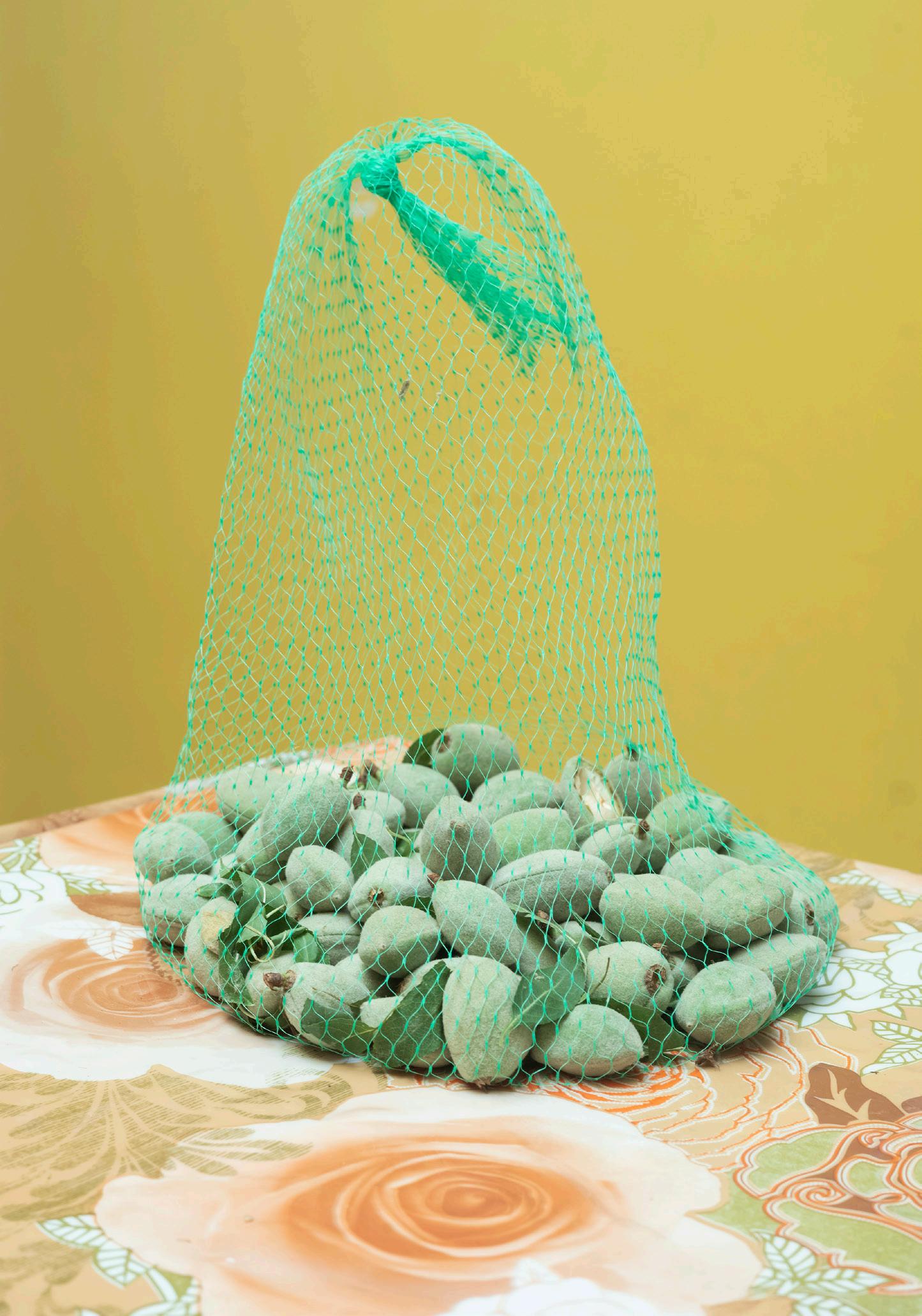
119
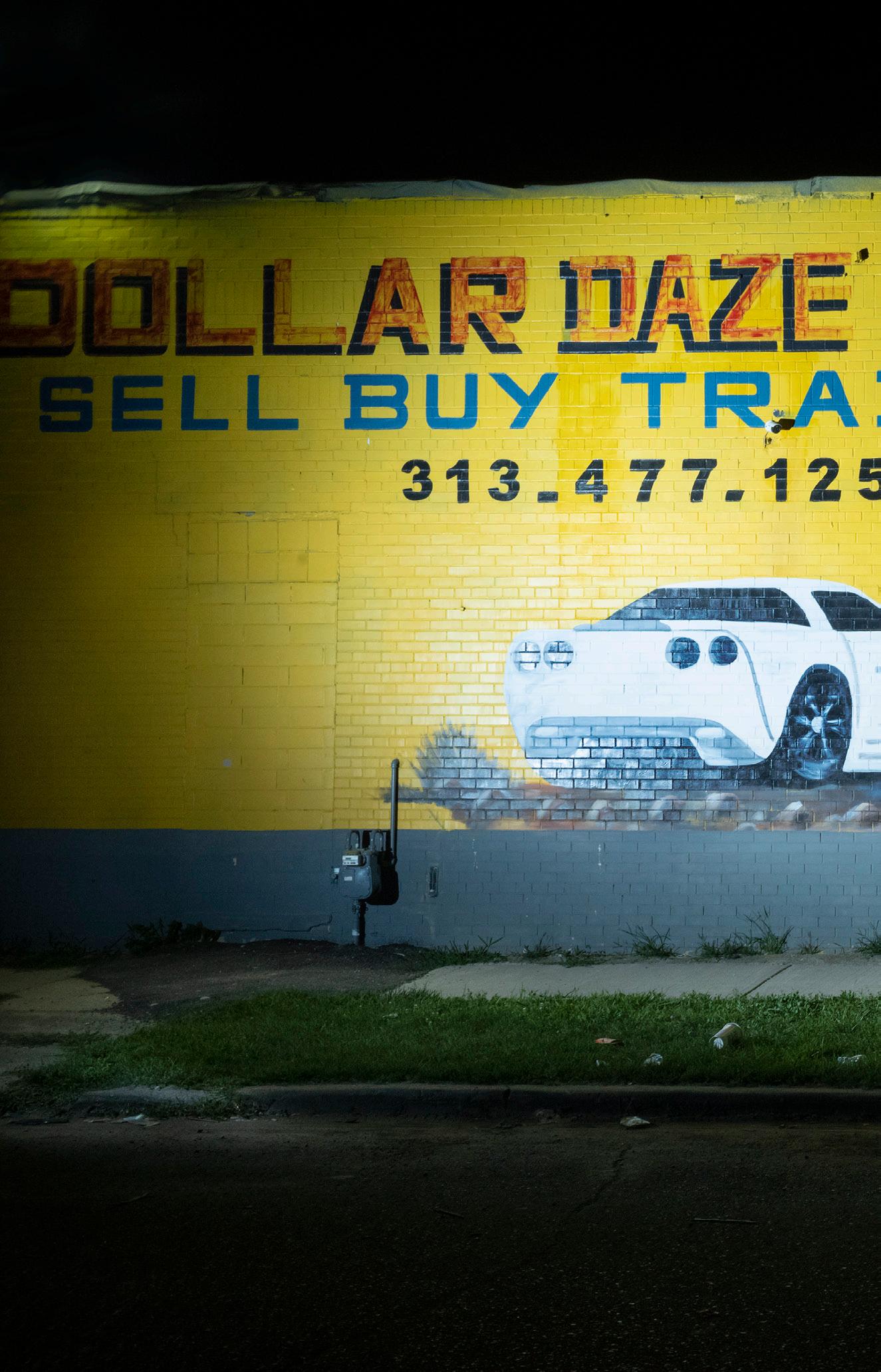
120
Dollar Daze, 2022 Stampa inkjet / Inkjet print, 63,5 × 90 cm Farah Al Qasimi
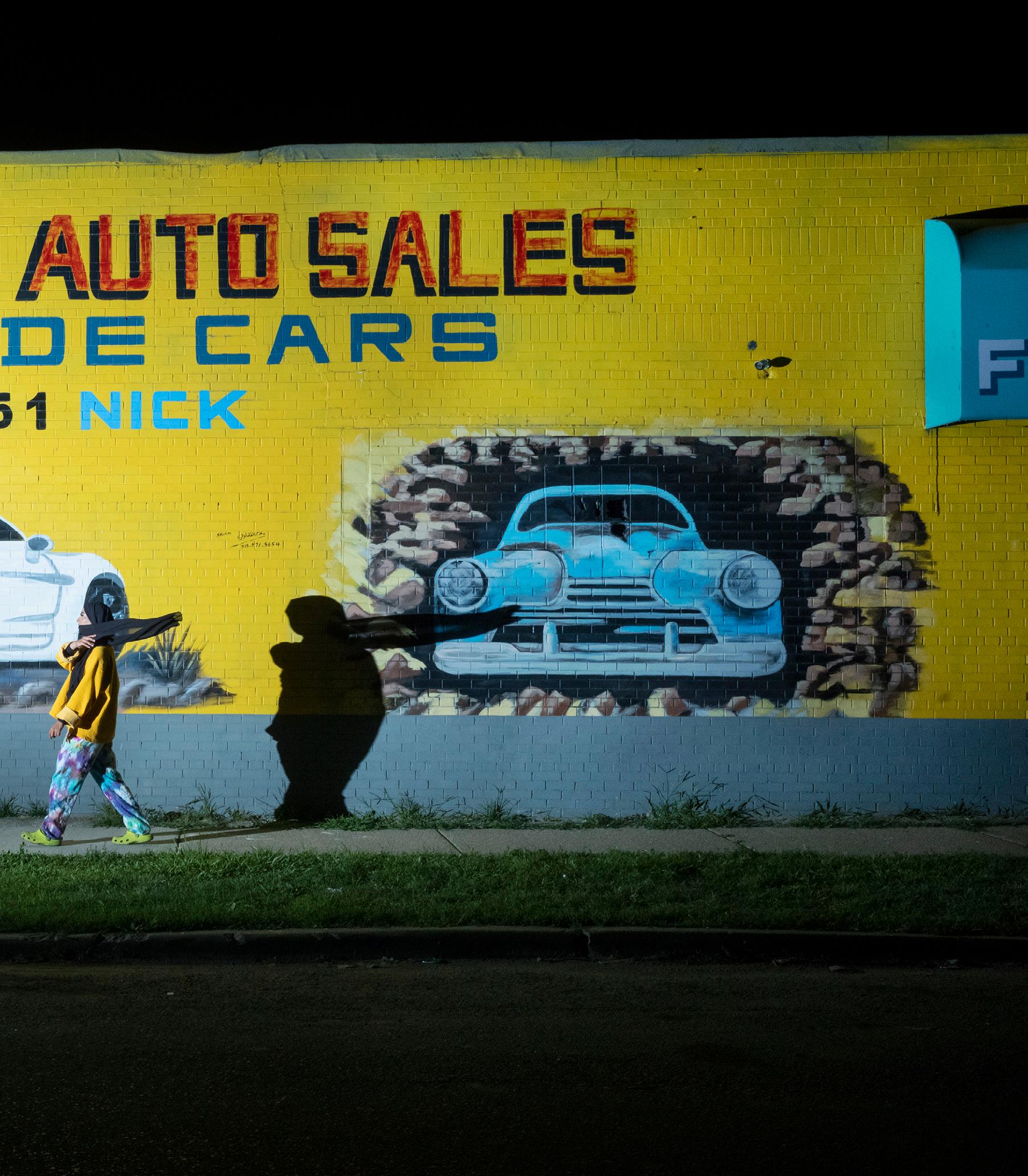
121
Stampa
 Farah Al Qasimi
Marrim in auto / Marrim in Car, 2022
Farah Al Qasimi
Marrim in auto / Marrim in Car, 2022
122
inkjet / Inkjet print, 63,5 × 43 cm
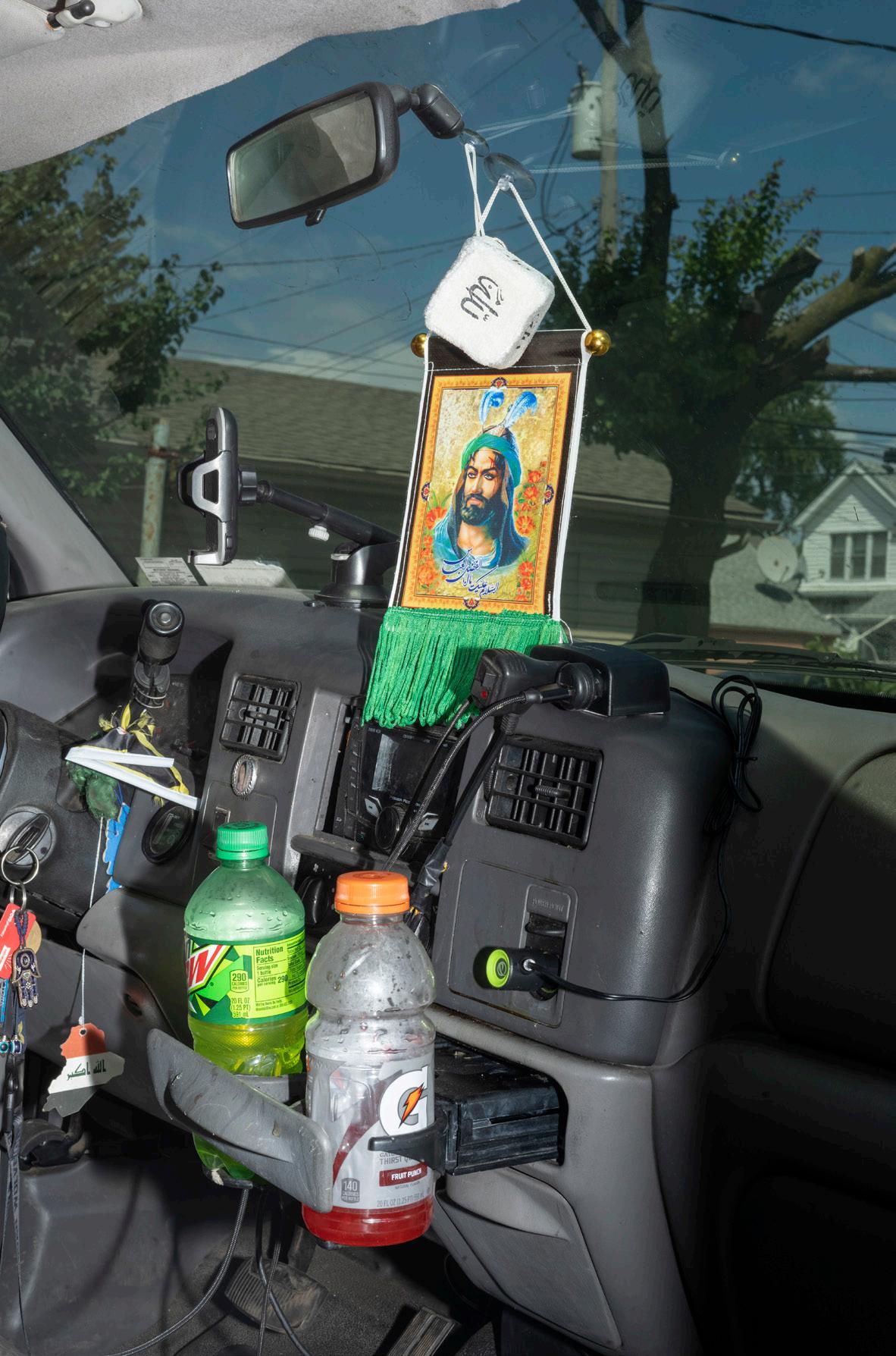
123
Il camion di Abbas / Abbas’s Truck, 2022 Stampa inkjet / Inkjet print
Farah Al Qasimi
Gatto con un occhio solo / One Eyed Cat, 2022
Stampa inkjet / Inkjet print, 63,5 × 43 cm

124
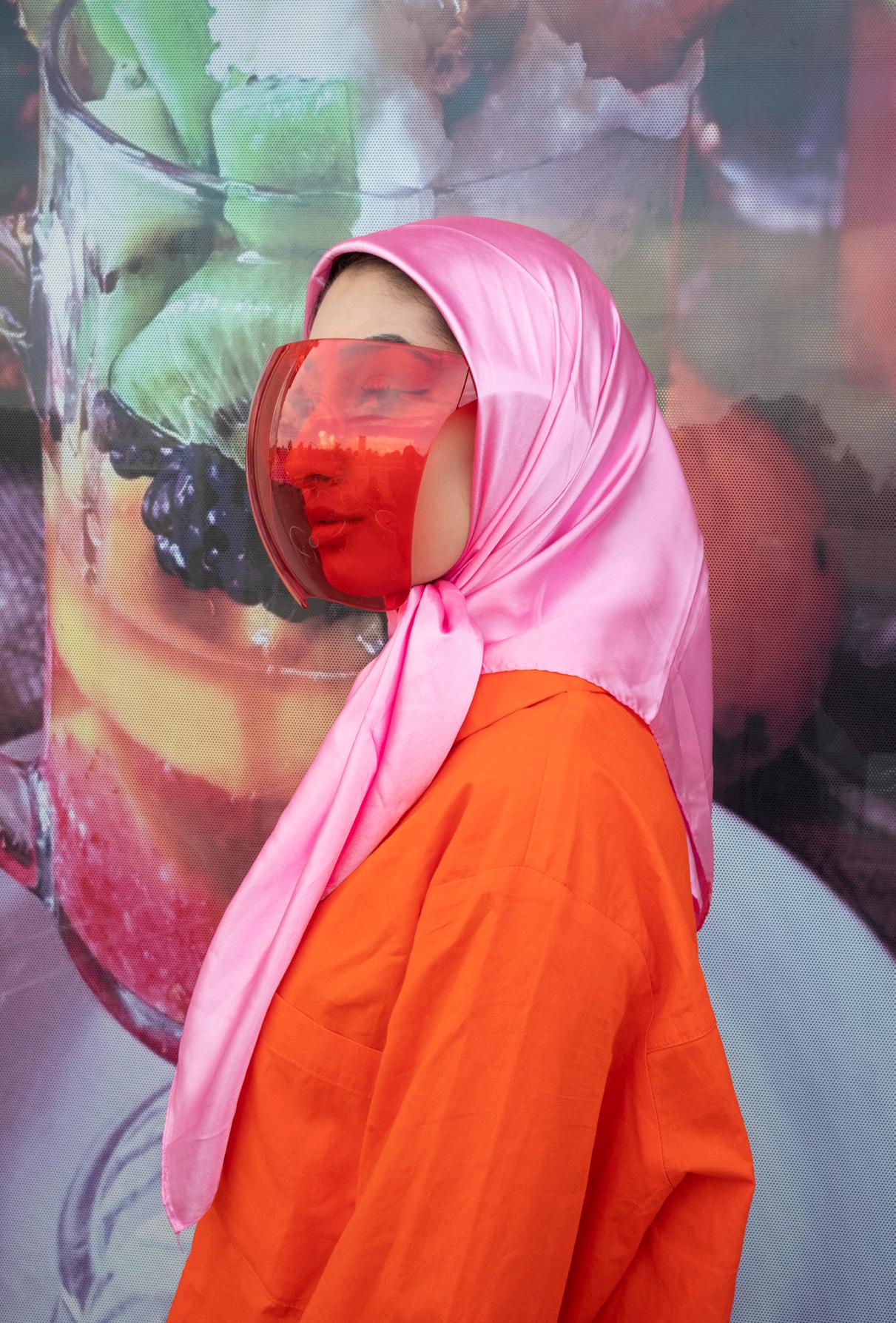
125
Sally, 2022 Stampa inkjet / Inkjet print
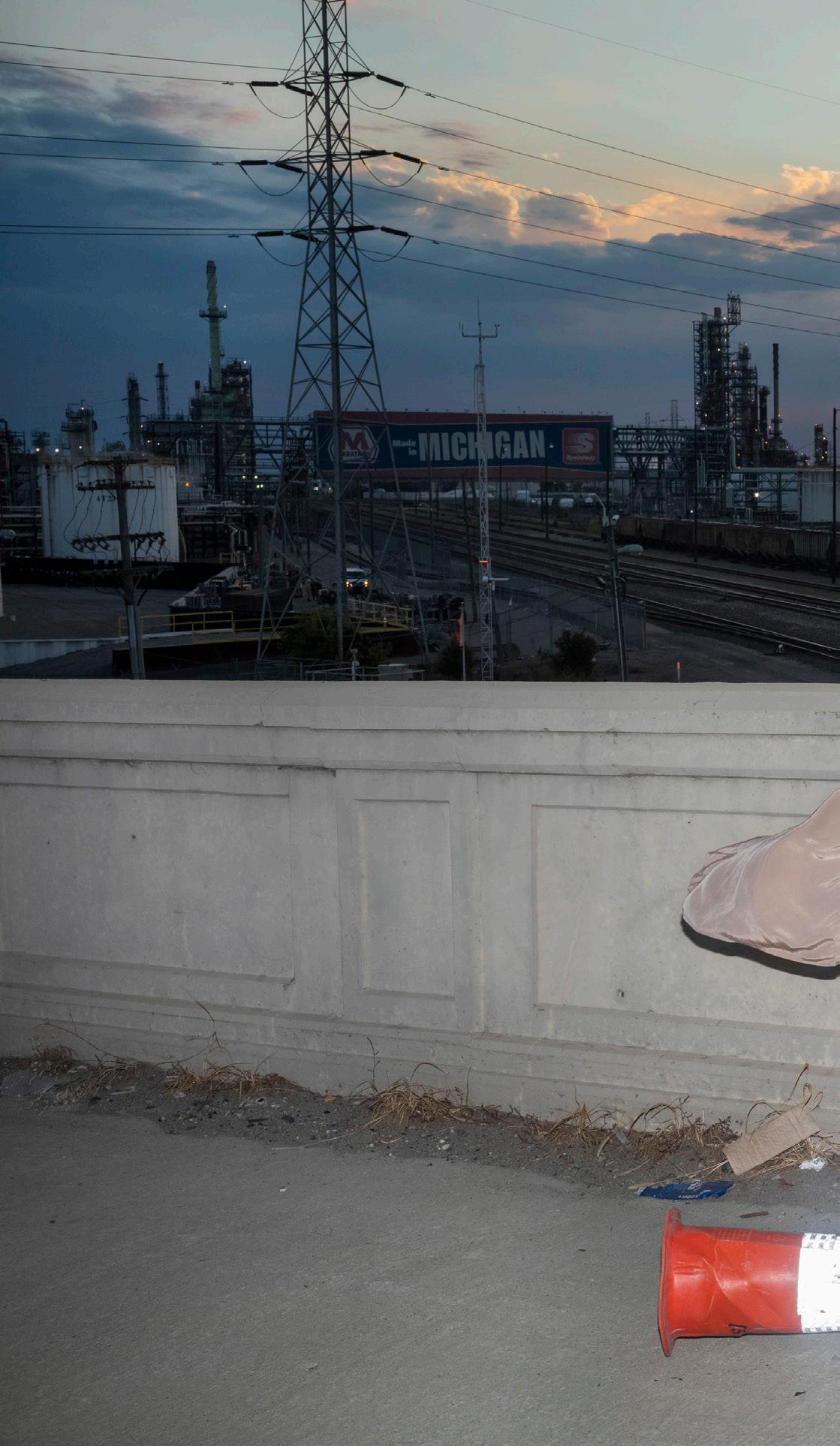 Farah Al Qasimi
Farah Al Qasimi
126
Raffineria Marathon / Marathon Oil Refinery, 2022 Stampa inkjet / Inkjet print, 63,5 × 90 cm
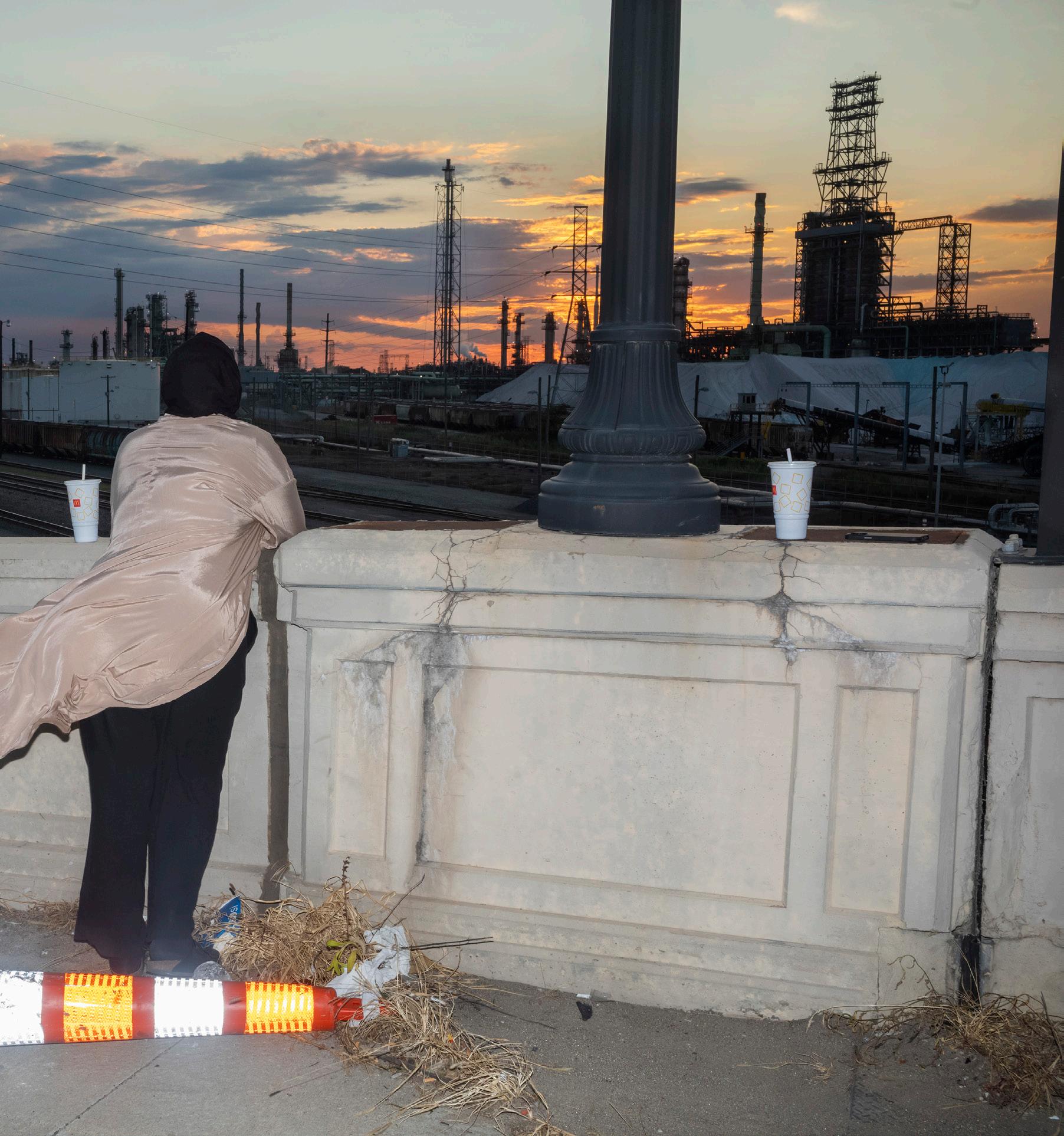
127
Farah Al Qasimi
Negozio di pneumatici / Tire Shop, 2022
Stampa inkjet / Inkjet print
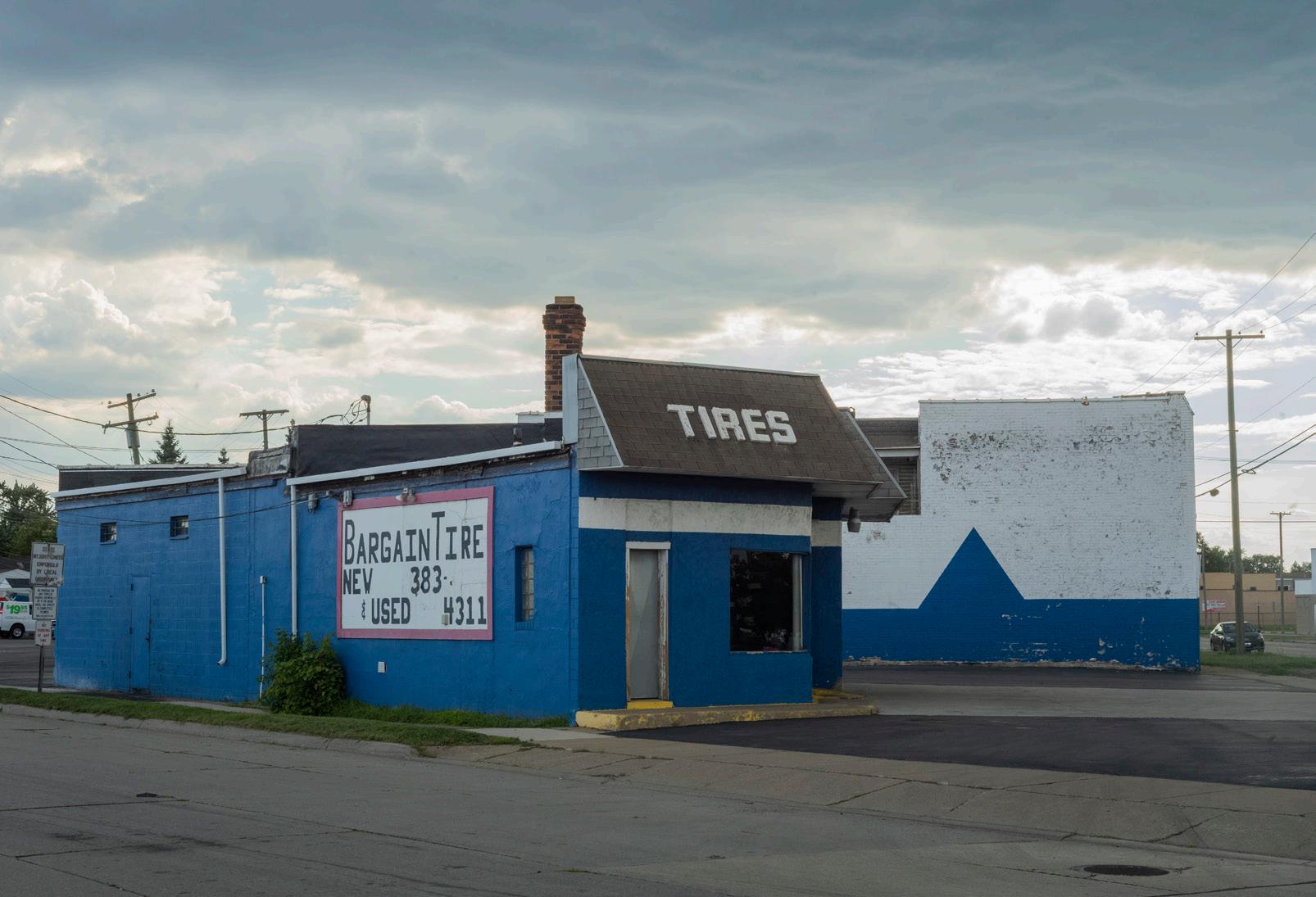
128
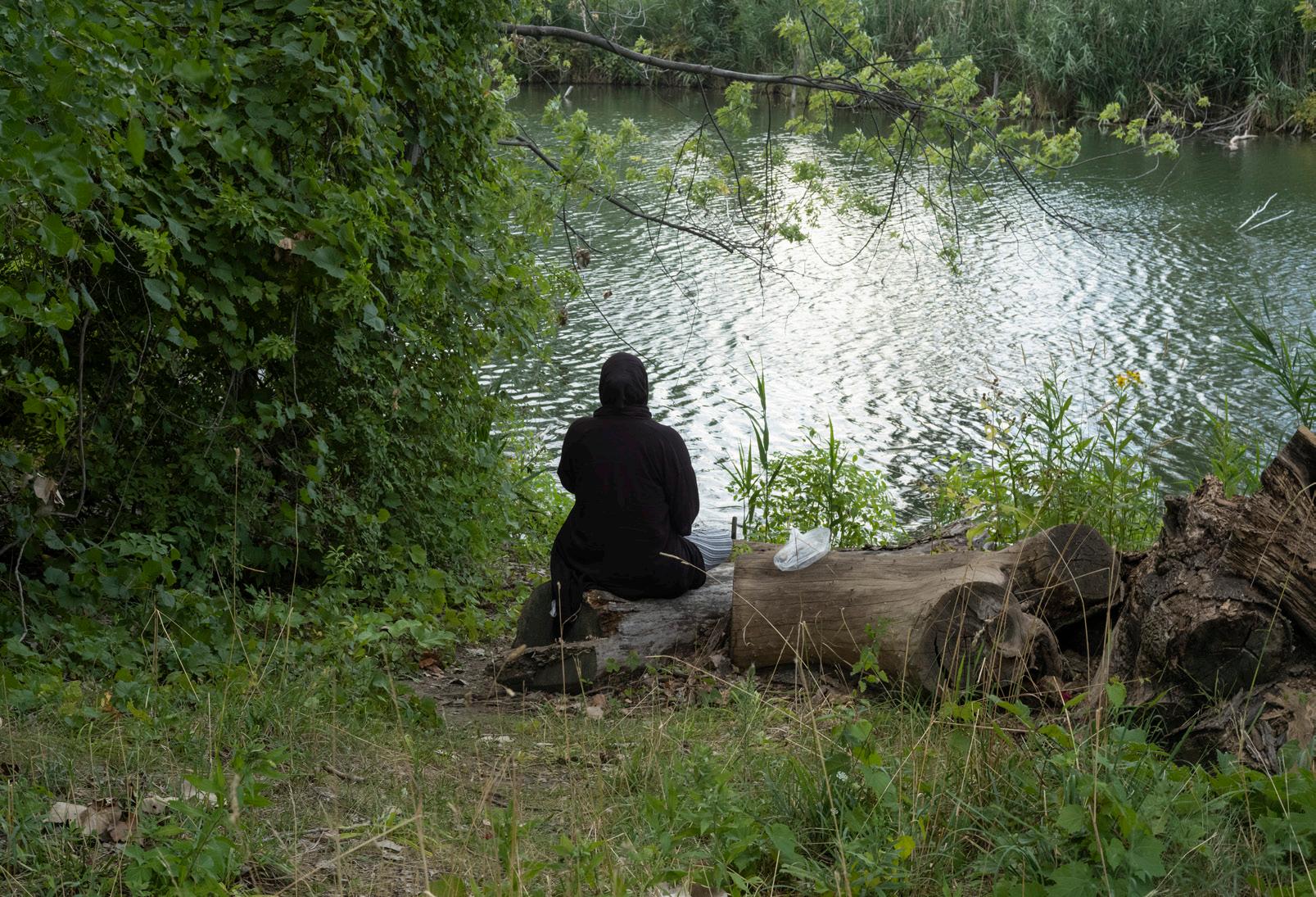 Fordson Island, 2022
Fordson Island, 2022
129
Stampa inkjet / Inkjet print
Farah Al Qasimi
Ahmed allo stabilimento Ford / Ahmed at the Ford Assembly Plant, 2022 Stampa inkjet / Inkjet print, 63,5 × 90 cm
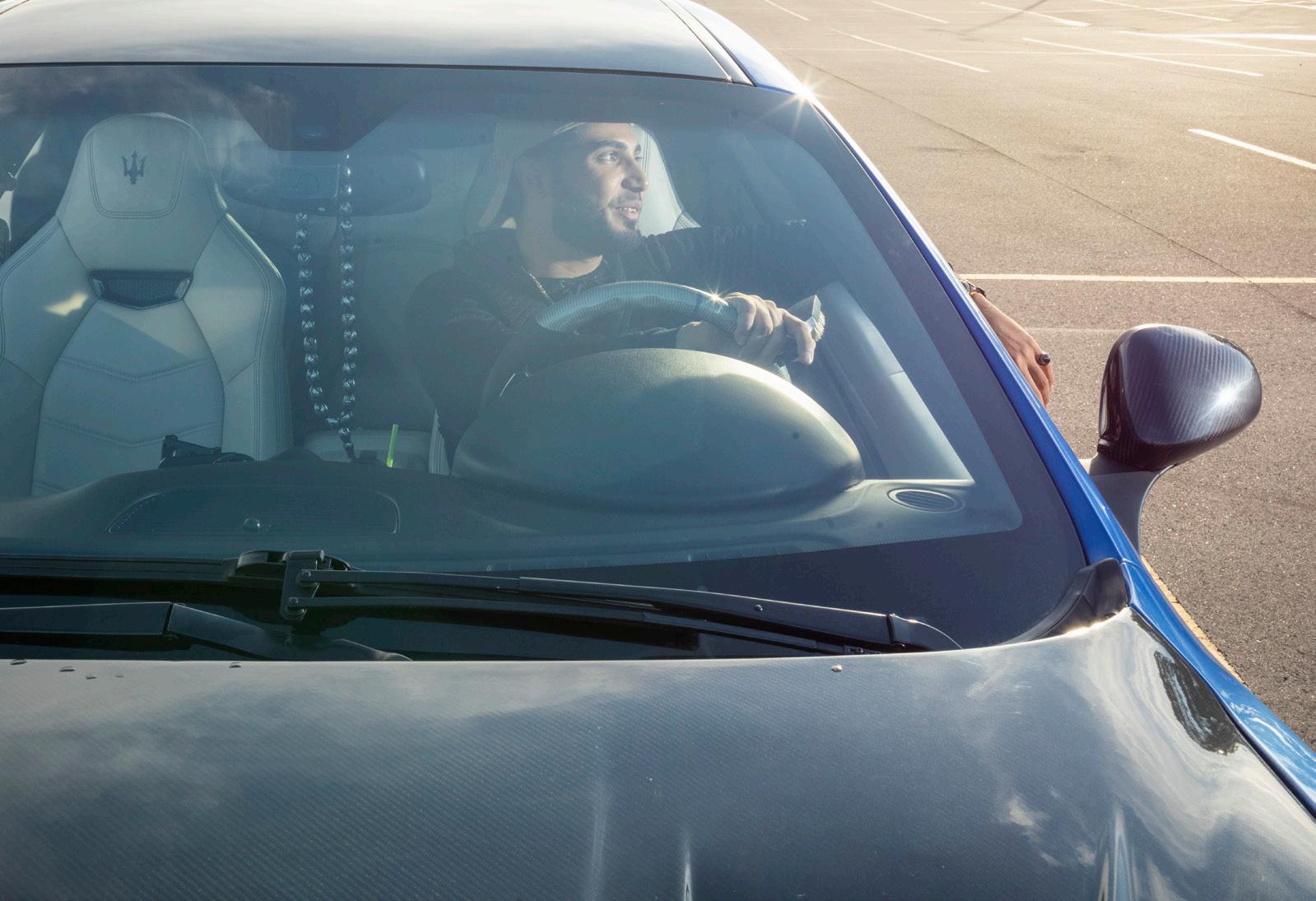
130
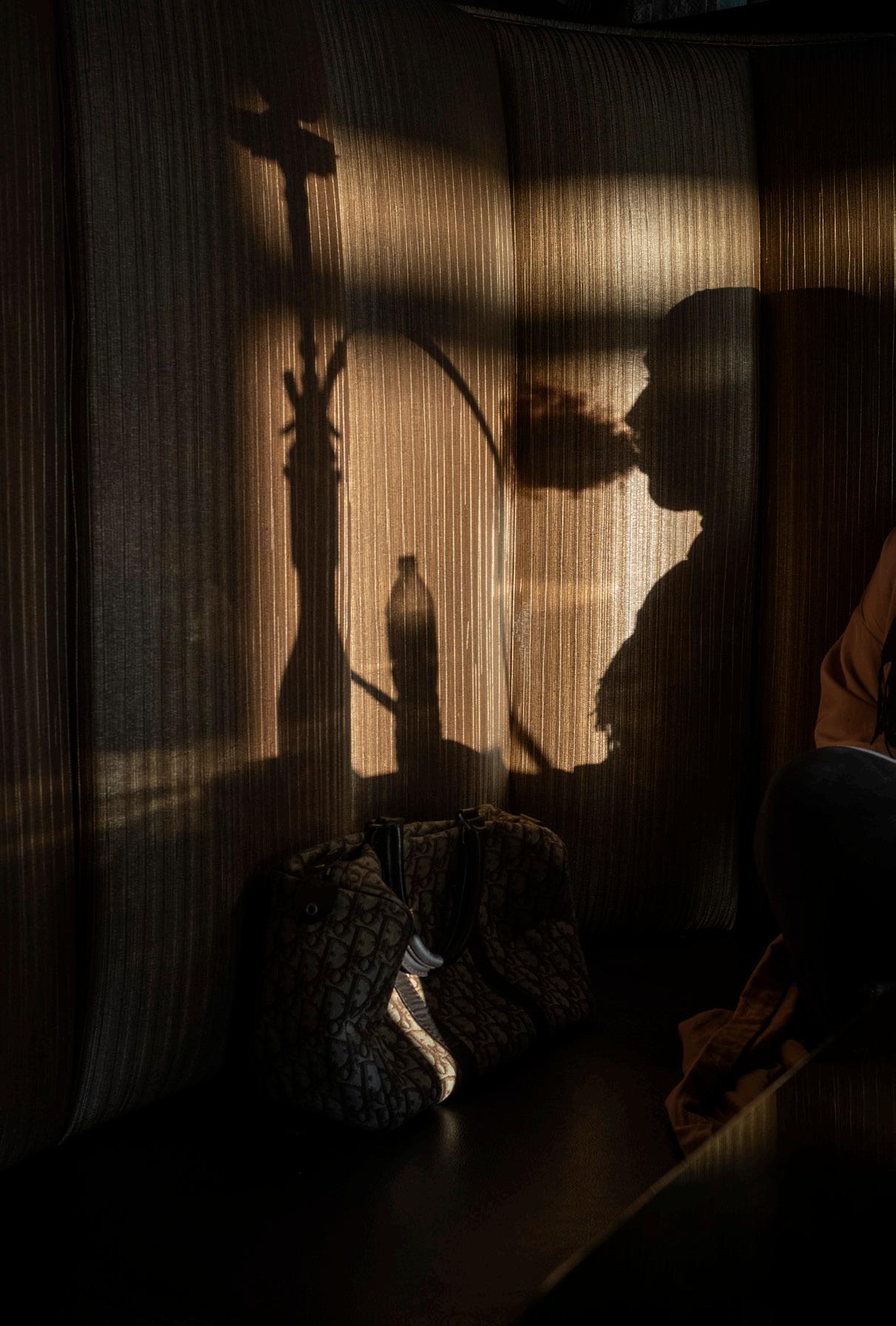
131
Donna all’Hooka Lounge / Woman at Hookah Lounge, 2022 Stampa inkjet / Inkjet print, 63,5 × 43 cm
SALVATORE VITALE
Death by GPS
Federica Chiocchetti
134
Salvatore Vitale
È più facile immaginare la fine del mondo che la fine del capitalismo.
Frederic Jameson e/o Slavoj Žižek (via Mark Fisher)
Le maglie sono troppo larghe. Raddrizza i ferri!
Dal diario apocrifo di Ned Ludd o Ludham, I am a Human
Lascia che ti convinca ad abbandonare il tuo impiego, deporre il battente e diventare un amico degli oppressi, perché sia maledetto l’uomo che alza persino una pagliuzza contro la sacra causa della libertà.
Eliza Ludd, 30 aprile 1812
Dopo anni passati a ispezionare il capitalismo della sorveglianza, Salvatore Vitale decide di esplorare l’ambito del lavoro, e lo fa a partire dalla gig economy, più precisamente dal settore della tecnologia informatica, concentrandosi sui bias di automazione. La sua ricerca lo porta così a immergersi in due universi solo apparentemente paralleli: il sistema di lavoro basato su incarichi a chiamata, temporaneo e precario, e quello dell’industria mineraria. L’interconnessione tra questi due mondi è assai critica,
dato che le risorse minerarie, spesso estratte da persone che versano in pessime condizioni lavorative, vengono impiegate massicciamente nella produzione e nel funzionamento di device tecnologici, hardware e piattaforme digitali, i quali, a loro volta, alimentano quei sistemi di lavoro precari tipici della gig economy.
Il luogo che l’artista ha identificato come più emblematico di questo intreccio nefasto è il Sudafrica, e in particolare Johannesburg. La città si sviluppa sulle colline del Witwatersrand e ospita i più ricchi e profondi giacimenti d’oro, vere e proprie città sotterranee, dove migliaia di lavoratori vivono in condizioni durissime. I colossi mondiali del settore hanno il loro quartier generale a Johannesburg. Poi ci sono “coloro che tentano la fortuna”, gli zama zamas in zulu, minatori illegali che rischiano la vita ogni giorno nelle quasi 6000 miniere ormai abbandonate della zona, dove le misure di sicurezza sono inesistenti. Scioperi e proteste per migliori condizioni lavorative e salari più alti sono frequenti nel settore estrattivo. Nell’agosto del 2012 la polizia sudafricana ha ucciso 34 minatori in sciopero nella miniera di platino di Marikana.
È risaputo che le maggiori piattaforme online di sfruttamento dei gig workers si trovano nel continente africano, molte delle quali in Sudafrica. Migliaia di freelancers precari lavorano per grandi tech companies svolgendo micromansioni ripetitive come programmare software, addestrare l’intelligenza artificiale e gli algoritmi e analizzare dati.
135
Grazie a una meticolosa ricerca e a una strategia narrativa chiamata speculative documentary, in cui fatti reali e narrativa speculativa si mescolano al ritmo di intertestualità sofisticate e intermezzi pop, il lavoro di Vitale fonde questi due universi differenti e complementari per proporre azioni di sabotaggio che Gavin Mueller descriverebbe come “tecnoluddiste”. Prima di soffermarsi sul termine “tecnoluddismo”, che fa un po’ rave catartico, è importante ricostruire i frammenti di questo progetto partecipativo tra il sovversivo e lo psicomagico, in cui l’artista offre una possibilità per scardinare, seppur temporaneamente, i meccanismi atavici dello sfruttamento e propone una valvola di sfogo esplosiva.
Partiamo da un presupposto tanto semplice quanto allarmante, che rivela una certa ignoranza dietro al pensiero comune sulle nuove tecnologie: automazione non significa che la macchina si sostituisce integralmente, come per grazia divina, al lavoro umano, perché in fin dei conti c’è sempre un essere umano a far funzionare la macchina, peraltro da lui inventata. La manodopera non è stata eliminata dalle tecnologie dell’automazione, ma, mediata dai network digitali e informatici, è stata resa invisibile e per questo, ahimè, ancora più facilmente sfruttabile.
Vitale va dritto al cuore del problema, identifica i meccanismi chiave che rendono possibile lo sfruttamento dei gig workers, e compie un atto che lui stesso descrive come speculativo per creare una sorta di microspazio d’azione utopica-sindacale.
Gli atti psicomagici, introdotti dal regista Alejandro Jodorowsky, sono dei gesti di forte impatto privi di apparente logica, mirati ad aiutare le persone a percepire la propria realtà da nuovi punti di vista, perché permettono di realizzare in maniera simbolica ciò che sembra impossibile fare nella vita quotidiana.
Iscrivendosi come datore di lavoro empatico e solidale alla piattaforma di recruitment online più diffusa in Africa, Upwork, Vitale sfida l’algoritmo selezionando personale a cui commissiona, per un più equo salario calcolato su una media oraria occidentale, di documentare la propria giornata lavorativa da freelance con immagini video. Ad alcuni chiede addirittura di mixare canzoni tra le quali Sabotage dei Beastie Boys.
La sua è una controproposta concreta al problema dello sfruttamento dei freelance, un atto artivistico con il quale si chiede e ci chiede come si potrebbe trovare una soluzione: cosa succederebbe se a queste persone si decidesse di pagare uno stipendio normale?
Entrare in contatto con i candidati che rispondono alla sua offerta di lavoro gli permette di aprire un vaso di pandora in cui si svelano i retroscena, si sfatano i miti più diffusi e si apprendono aneddoti irresistibili sul profilo di questo proletariato digitale freelance, per i più ancora oggi un mistero. Ad esempio, tra i microtask un po’ ripetitivi dei gig workers troviamo la moderazione dei contenuti
Salvatore Vitale 136
algoritmici per i social media: i famigerati capezzoli censurati di Instagram dovrebbero esserci abbastanza familiari.
Un mito che Vitale sfata è l’incredibile diversità di classe sociale e condizione economica degli operatori. Se pensiamo allo sfruttamento salariale, immaginiamo persone in difficoltà economiche disposte ad accettare qualsiasi lavoro a qualsiasi stipendio. Per quanto indubbiamente molti lo siano, grazie a Vitale scopriamo invece che molte persone provengono da situazioni professionali più avvantaggiate; sono per esempio avvocati e professionisti di altro tipo, che accettano semplicemente per arrotondare gli introiti.
Con ciascun individuo selezionato Vitale firma anche un contratto al di fuori della piattaforma Upwork, in cui specifica che i partecipanti che hanno accettato l’incarico vantano dei diritti sul lavoro prodotto e risulteranno come co-autori del progetto.
Ne emerge non solo un ricchissimo spaccato quotidiano di questa tipologia ibrida di lavoratori, ma anche una visione molto variegata di cosa costoro intendono per lavoro, visto che alcuni hanno poi continuato a filmare il tempo dopo il lavoro, con momenti di clubbing e divertimento. Vitale non si limita a raccogliere tutto il materiale ricevuto, ma instaura anche un dialogo con i collaboratori, discutendo il contenuto dei filmati che poi costituiranno i frammenti della sua opera video.
Sopraffatto dalla potenza del materiale raccolto, Vitale decide di partire per il Sudafrica per incontrare alcuni dei suoi collaboratori dal vivo. Il viaggio inevitabilmente aggiunge al progetto ulteriori strati narrativi, che sfociano in uno studio approfondito dei temi del sabotaggio e della protesta legati al settore minerario e allo sfruttamento dei minatori illegali per l’estrazione di oro, platino e altri materiali intrinsecamente connessi agli stessi artefatti tecnologici che supportano la gig economy. Ritrovatosi esattamente dieci anni dopo sui luoghi del terribile massacro di Marikana, in cui le forze di polizia sudafricana hanno aperto il fuoco contro i lavoratori della multinazionale britannica del platino Lonmin, uccidendo 34 persone e ferendone 78, l’artista affronta situazioni di estrema difficoltà e pericolo in cui si confronta direttamente con i minatori. Ne risulta un’opera disperata di fronte all’impossibilità di vedere un’alternativa di modello socio-economico. Mescolando l’immaginario della protesta e quello del sabotaggio luddista delle macchine, Vitale crea una serie di video di esplosioni controllate di materiali da ufficio che ricordano il geniale Strike di Hito Steyerl.
Contrariamente a quanto discusso da Steven E. Jones, nel suo libro Against Technology: From the Luddites to Neo-Luddism, in cui si sostiene che oggi la nebulosa tecnologia del Cloud e il limbo di Internet, in cui anche i nostri pensieri sembrano essere letti e mercificati all’istante,
137
ci impediscono di resistere, il tecnoluddismo di Vitale ci offre una forma di lotta più radicale dell’impalpabile hackeraggio o della pirateria informatica.
Forse Ned Ludd, o Ludham, non è mai esistito. E meno che mai Eliza Ludd. Ma grazie al lavoro di Salvatore Vitale, la lotta per la “sacra causa della libertà” sul lavoro si rinnova in tutta la sua potenza.
Salvatore Vitale
138
It’s easier to imagine the end of the world than the end of capitalism.
Frederic Jameson and/or Slavoj Žižek (via Mark Fisher)
You are knitting too loosely.
Square your needles!
From the apocryphal journal of Ned Ludd or Ludham, I am a Human
Let me persuade you to quit your present post, lay by your sword, and become a friend to the oppressed, for cursed is the man that even lifts a straw against the sacred cause of Liberty.
Eliza Ludd, 30 April 1812
After years spent investigating surveillance capitalism, Salvatore Vitale decided to explore the topic of labour, and he did so by focusing on the gig economy, particularly on the IT sector, and by discussing automation bias. Thus, his research led him to delve into two only apparently parallel universes: on-demand work, temporary and precarious on one hand, and the mining industry on the other hand. The link between these two worlds is crucial, as mineral resources, often extracted by
workers operating in terrible conditions, are used heavily in the production and functioning of technological devices, hardware and digital platforms, which, in turn, fuel the typically precarious labour systems of the gig economy.
The artist singled out South Africa, in particular Johannesburg, as the place where this fateful connection can be seen most emblematically. The city stretches over the hills of the Witwatersrand, home to the richest and deepest gold fields, genuine underground cities where thousands of workers live in extremely tough conditions. The world leaders in this industrial sector are headquartered in Johannesburg. Then there are the “fortune seekers,” zama zamas in Zulu, illegal miners who risk their lives every day in around 6,000 disused mines dotted around the area, where safety measures are non-existent. Strikes and protests calling for better working conditions and higher wages are frequent in the extractive sector. In August 2012 the South African police killed 34 striking miners in the platinum mine of Marikana.
It is well known that the leading online platforms exploiting gig workers are in Africa, many of them in South Africa. Thousands of precarious freelancers work for big tech companies, performing repetitive microtasks such as software programming, training artificial intelligence and algorithms, and analyzing data.
139
Thanks to meticulous research and a narrative strategy called speculative documentary, in which real facts and speculative storytelling are woven together with sophisticated intertextuality and pop interludes, Vitale’s work combines these two different yet complementary worlds to produce actions of sabotage that Gavin Mueller would describe as “technoluddite.” Before looking at the term “technoluddism,” which could evoke a cathartic rave, it is important to piece together the fragments of this participatory project that lies somewhere between the subversive and the psychomagical, in which the artist provides an opportunity to upend, albeit temporarily, the atavistic mechanisms of exploitation and proposes an explosive pressure release valve.
Let’s start from an assumption as simple as it is alarming, which reveals a certain ignorance behind the received wisdom regarding new technologies: automation does not mean that machines, as if by divine grace, will wholly replace human labour, because ultimately those machines are still operated by human beings, who also invented them. Human labour has not been eliminated by automation technologies, but, mediated by digital and computer networks, it has become invisible and for this reason, unfortunately, even easier to exploit.
Vitale goes right to the heart of the problem, identifying the key mechanisms that make the exploitation of gig workers possible and performs
an act that he himself describes as speculative, in order to create a sort of microspace of utopian-labour union action.
Psychomagical acts, introduced by the film director Alejandro Jodorowsky, are powerful gestures without an apparent logic, designed to help people to perceive their own reality from new points of view, because they enable the symbolic realization of what it seems impossible to do in everyday life.
By signing up as an empathic and solidaristic employer on the most widely used online recruitment platform in Africa, Upwork, Vitale challenged the algorithm by selecting employees whom he then commissioned, for a fairer wage calculated according to a Western average hourly pay, to document the working day of a freelance with video images. Some of them were even asked to mix songs, including Sabotage by the Beastie Boys.
The artist offers a concrete counterproposal to the problem of the exploitation of freelancers, an artivistic act with which he asks himself and us how a solution might be found: what would happen if the decision was taken to pay these people a normal wage?
A veritable Pandora’s box was opened when he contacted candidates who responded to his offer of work, bringing to light behind-the-scenes stories and debunking common myths. He also learnt some irresistible anecdotes about the
Salvatore Vitale 140
profile of this freelance digital proletariat, still a mystery for most people. For example, one of the rather repetitive microtasks carried out by gig workers is the moderation of algorithmic content for social media: Instagram’s notorious censorship of nipples should be familiar.
One myth debunked by Vitale relates to the diversity in the social class and economic condition of the operators. When we think of wage exploitation, we imagine people in financial difficulty willing to accept any work at any wage. Though there are undoubtedly many of these, thanks to Vitale we learn that many people are from better-off professional backgrounds; for example, there are lawyers and other professional figures who accept work simply to boost their earnings.
Vitale also signed a contract with each person outside of the Upwork platform, specifying that the participants who have accepted the post have rights with respect to the work produced, and would feature as co-authors of the project.
What emerges is not just a rich slice of the everyday life of this hybrid type of worker, but also a very variegated view of what they understand by work, given that some of them kept on filming after work, with moments of clubbing and fun. Vitale did not just gather together the material he received; he also interacted with his collaborators, discussing the content of the films, which would then form part of the fragments of his video work.
Blown away by the power of the gathered material, Vitale decided to go to South Africa to meet some of his collaborators in person. The trip inevitably added further narrative layers to the project, leading to an in-depth study of the themes of sabotage and protest associated with the mining sector and the exploitation of illegal miners for the extraction of gold, platinum and other materials intrinsically connected to the very same technological devices that support the gig economy. Finding himself, ten years later, on the site of the terrible Marikana massacre, when South African police opened fire on workers employed by Lonmin, the British platinum mining corporation, killing 34 and wounding 78, the artist faced situations of extreme difficulty and danger in which he engaged directly with the miners. The result was a despairing work, in the face of the impossibility of seeing an alternative to the socioeconomic model. Mixing together the imagination of protest and that of the Luddite sabotaging of machines, Vitale created a series of videos of controlled explosions of office materials that recall Hito Steyerl’s brilliant Strike.
In contrast to the argument made by Steven E. Jones in his book Against Technology: From the Luddites to Neo-Luddism, to the effect that the nebulous technology of the Cloud and the limbo of internet, in which even our thoughts seem to be read and mercified instantly, now prevent all resistance, Vitale’s technoluddism offers us a more
141
radical form of struggle than impalpable hacking or computer piracy.
Ned Ludd, or Ludham, may never have existed. Far less so Eliza Ludd. But thanks to the work of Salvatore Vitale, the struggle for the “sacred cause of Liberty” in the workplace is being renewed in all its strength and power.
Vitale 142
Salvatore
“La situazione si sta facendo confusa. Organizziamoci. #1” / “It’s getting confusing out there. Let’s get organized. #1”, 2022 Lambda C-print, 90 × 120 cm
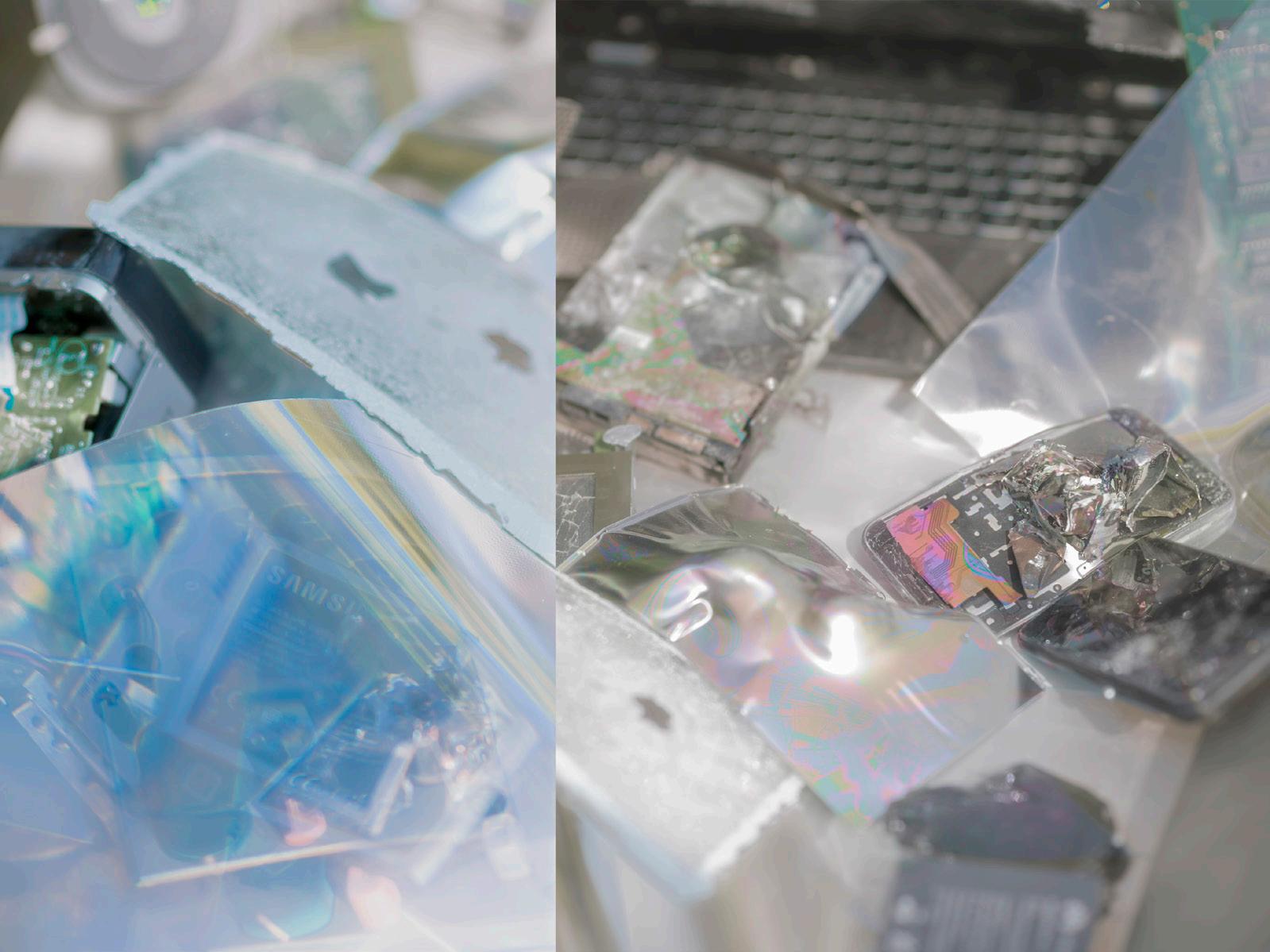
143
“Siamo già dei cyborg. Il telefono e il computer sono tue estensioni, ma l’interfaccia passa dai movimenti delle dita o dalla voce, che sono molto lenti” / “We’re already cyborgs. Your phone and your computer are extensions of you, but the interface is through finger movements or speech, which are very slow”, 2022 Lambda C-print, 80 × 60 cm

Salvatore Vitale
144
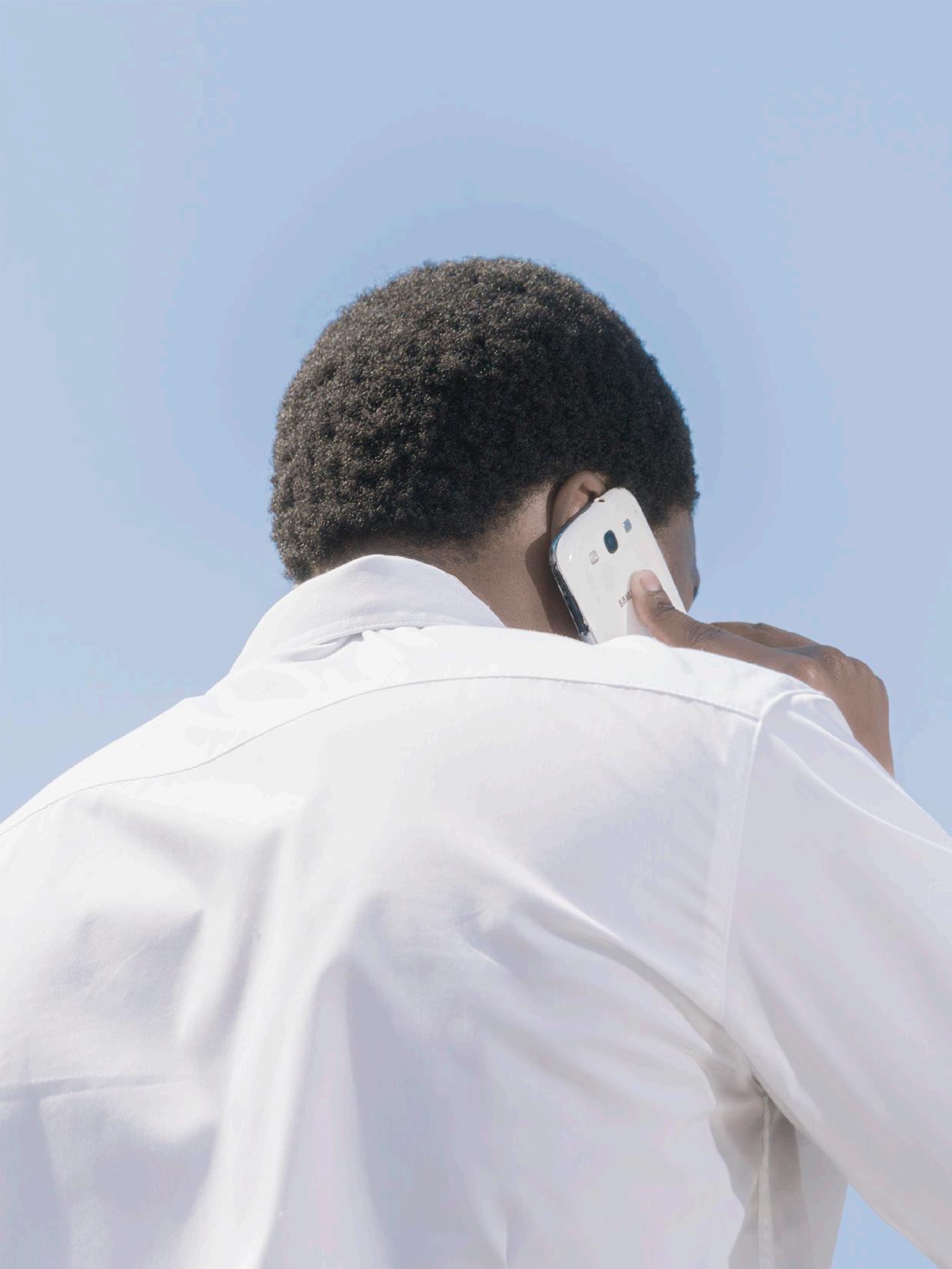
145
“Abbiamo la tecnologia per finire il lavoro? Considera l’automazione!” / “Does technology exist to complete the work? Consider Automating!”, 2022 Lambda C-print, 80 × 60 cm
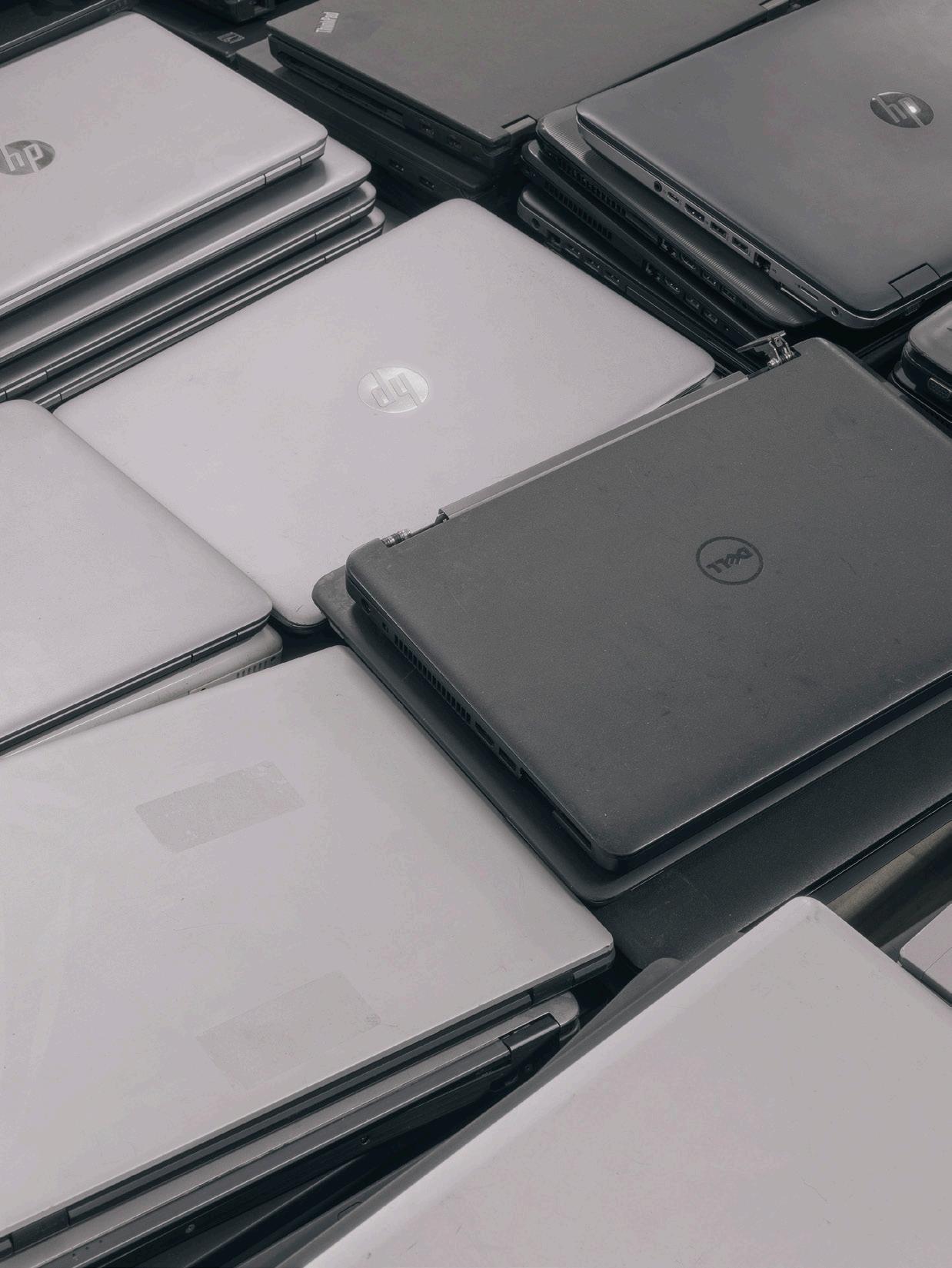 Salvatore Vitale
Salvatore Vitale
146
“Aspettiamo
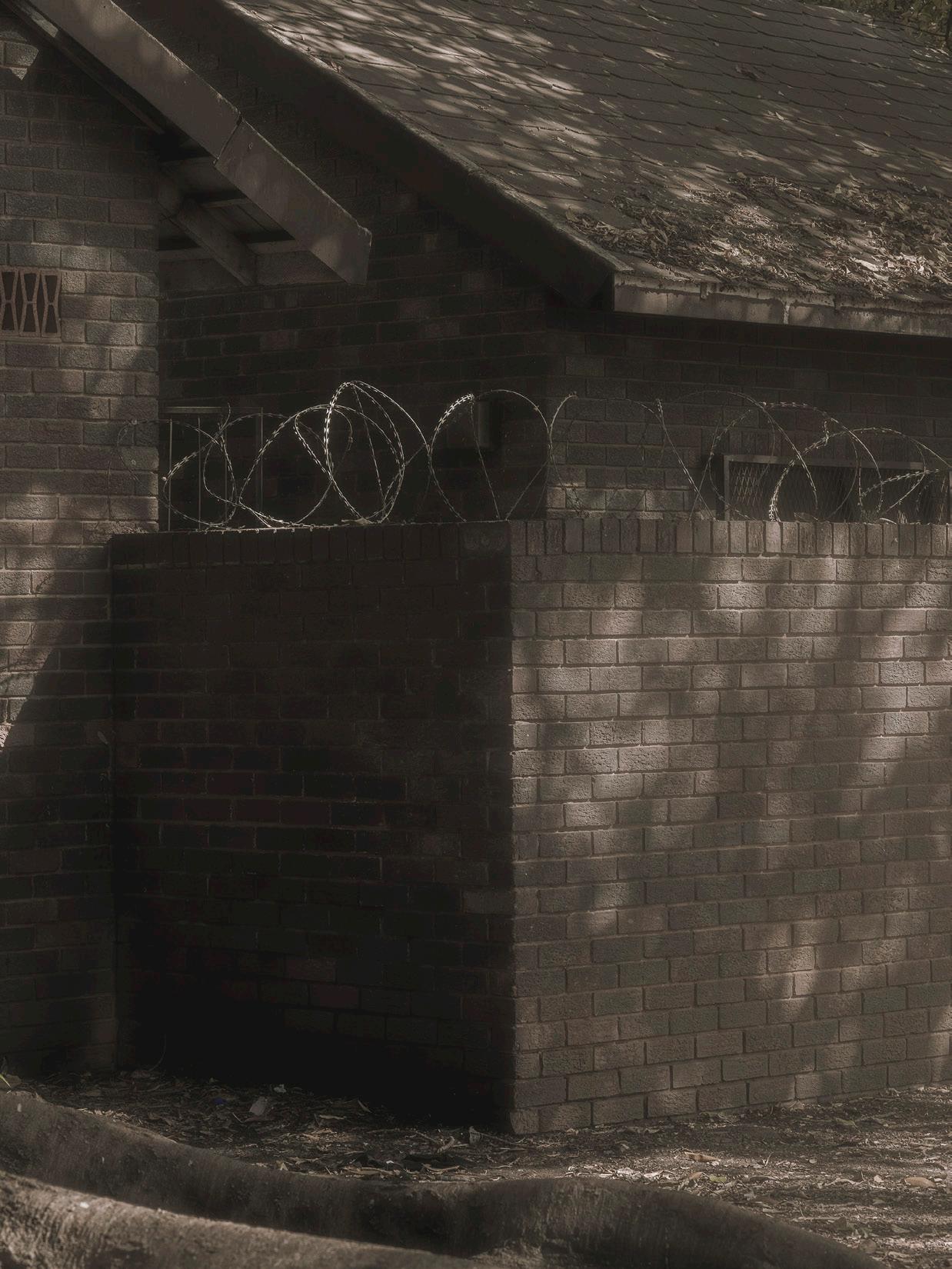 impazienti il futuro!” / “We are excited for future!”, 2022
impazienti il futuro!” / “We are excited for future!”, 2022
147
Lambda C-print, 80 × 60 cm
“Un’azienda è un gruppo organizzato per creare un prodotto o un servizio, e la sua efficienza è legata all’efficienza dei suoi dipendenti e al loro entusiasmo per ciò che stanno creando” / “A company is a group organized to create a product or service, and it is only as good as its people and how excited they are about creating”, 2022 Lambda C-print, 80 × 60 cm
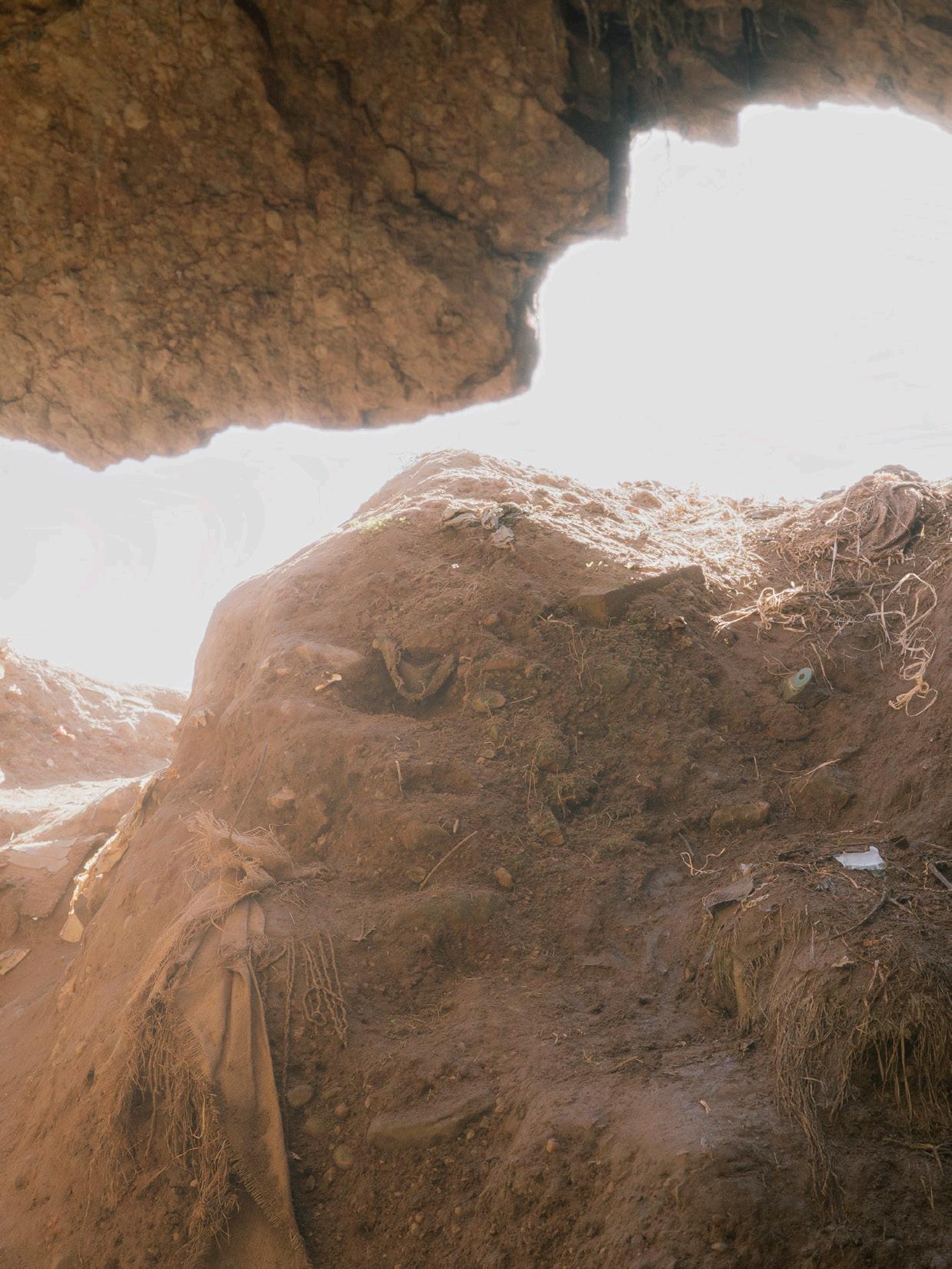
148
Salvatore Vitale
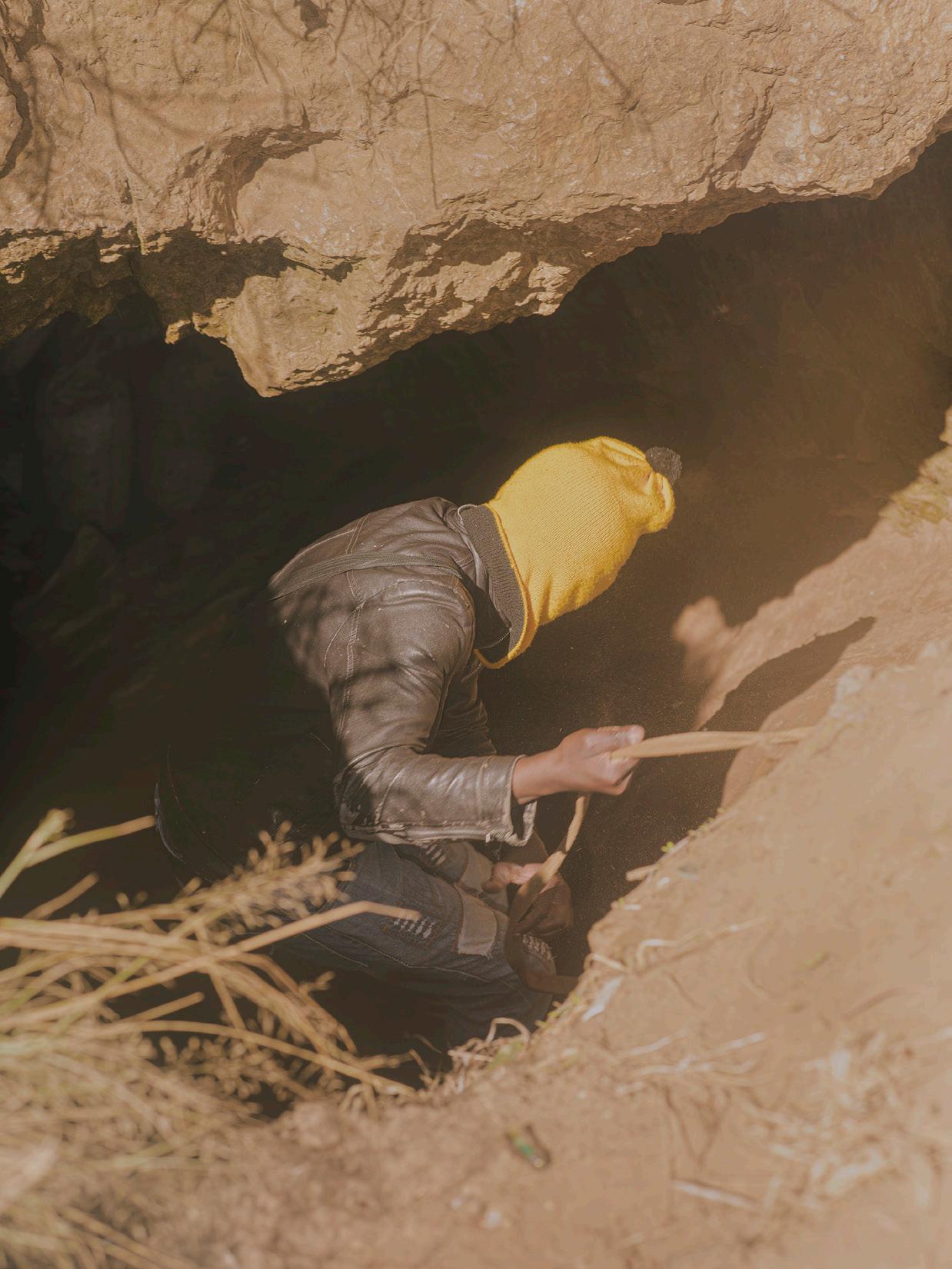
149
“Ti stai frammentando” / “You’re being fragmented”, 2022 Lambda C-print, 80 × 60 cm
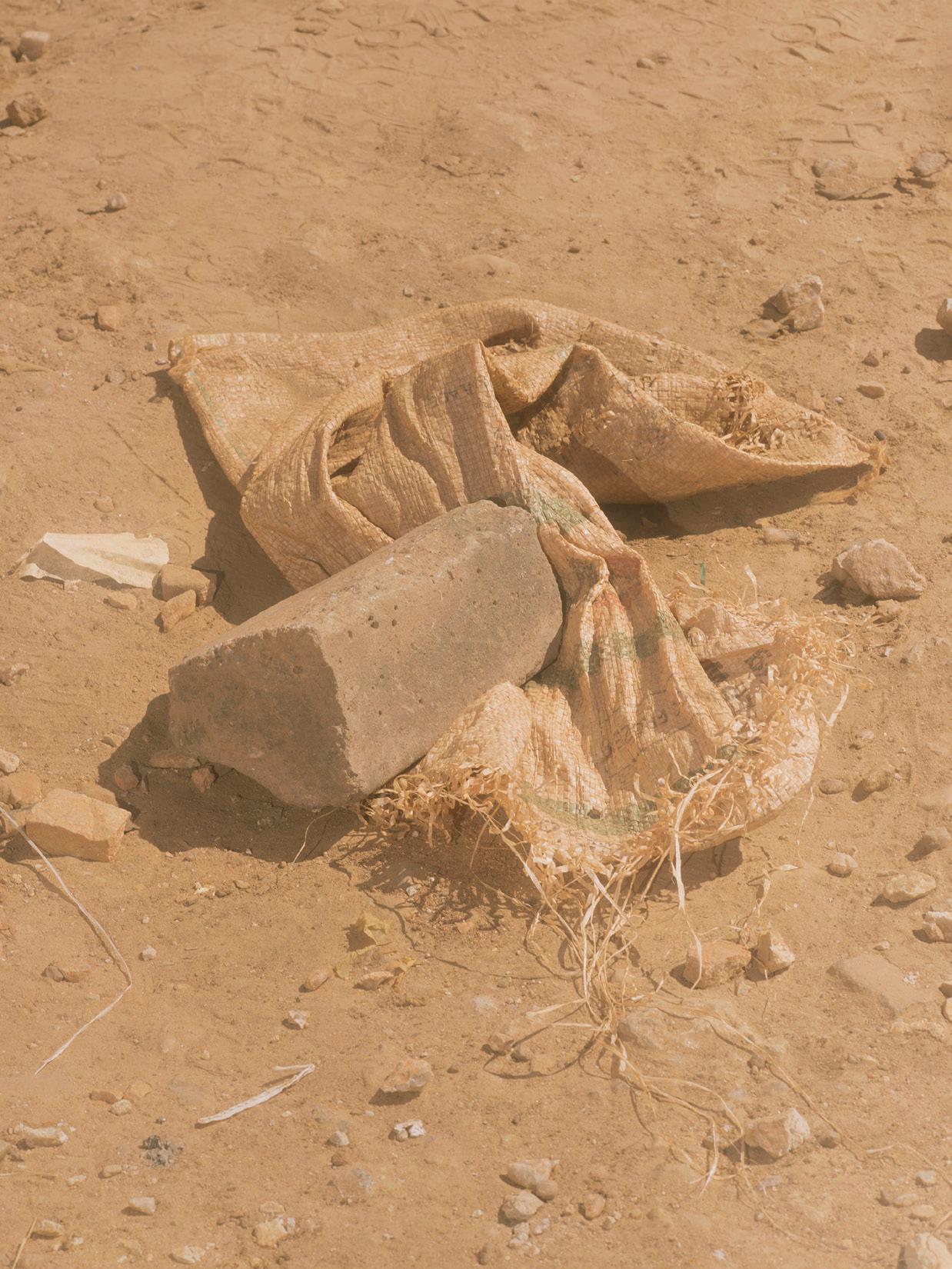 Salvatore Vitale
Salvatore Vitale
150
“Una email che dice che hai dell’oro non è uguale ad avere dell’oro” / “An email saying you have gold is not the same as having gold”, 2022 Lambda C-print, 80 × 60 cm

151
Fotogrammi del film Ascoltate tutti, è un sabotaggio / Film stills from Listen to y’all, it’s a sabotage, 2022 Videoinstallazione 4k a tre canali, colore / Three-channel 4K video installation, colour
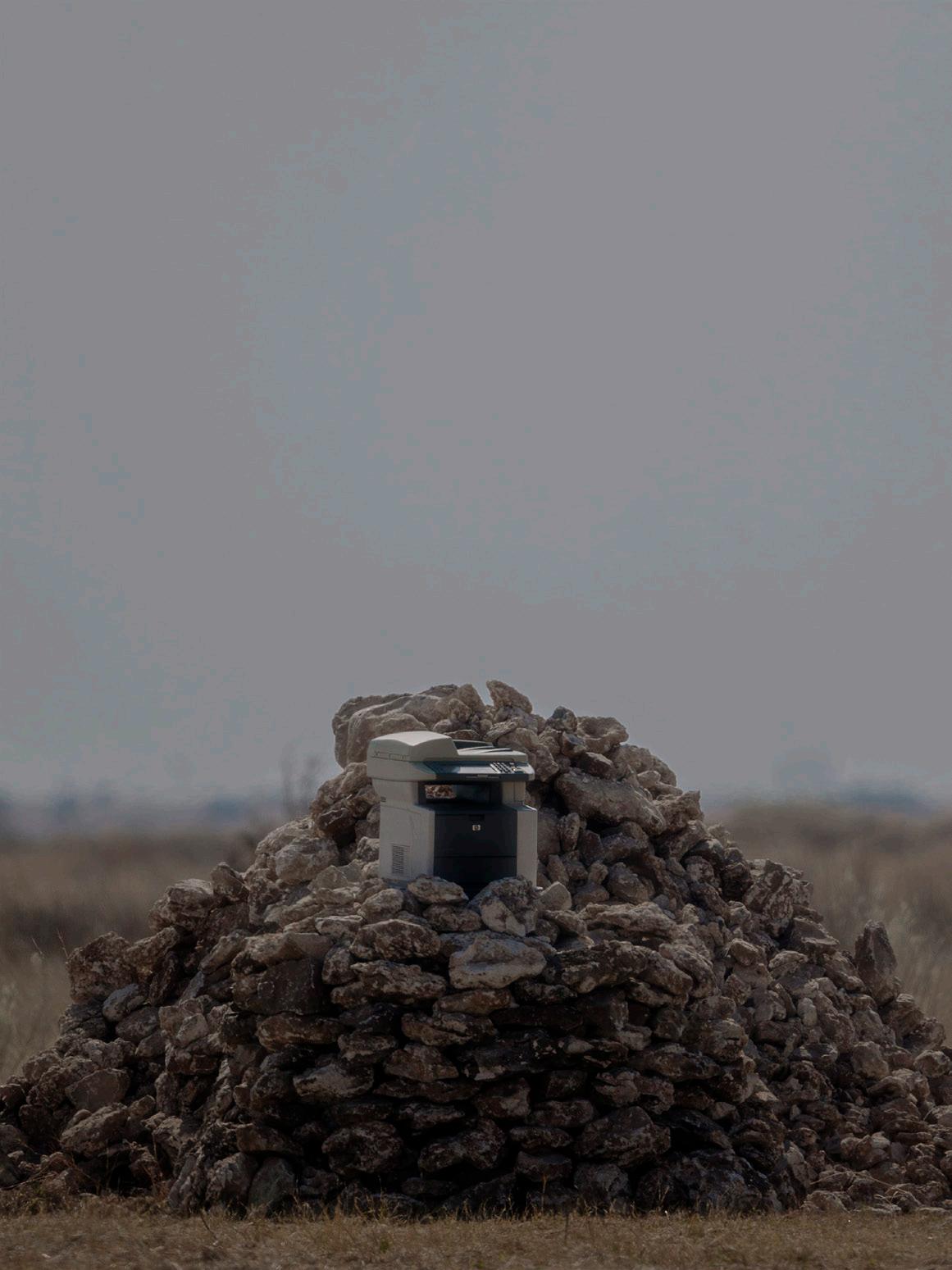
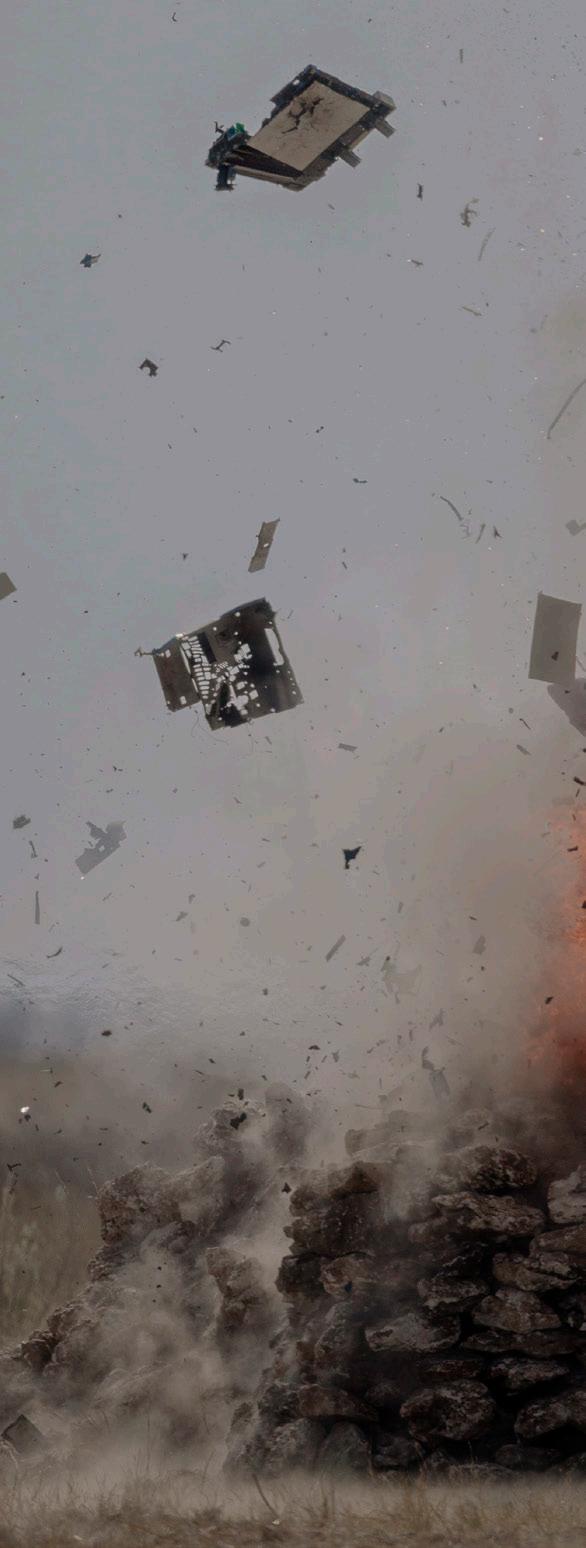 Salvatore Vitale
Salvatore Vitale
152
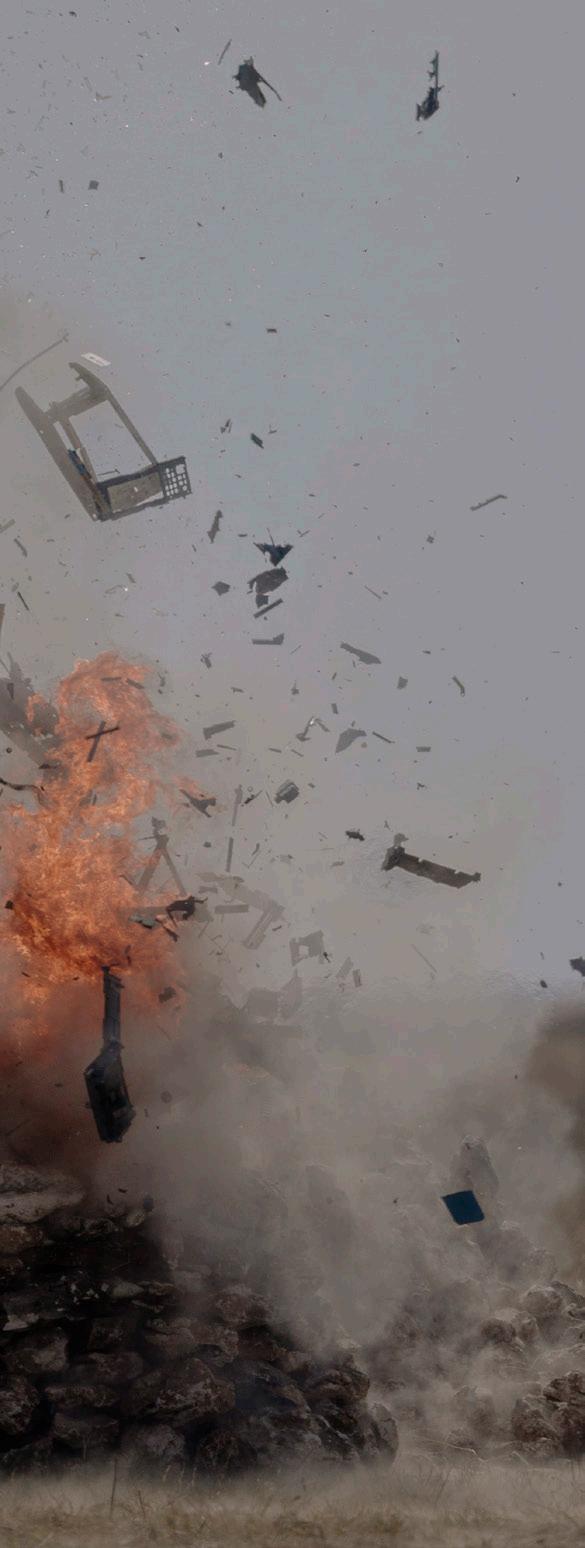

153
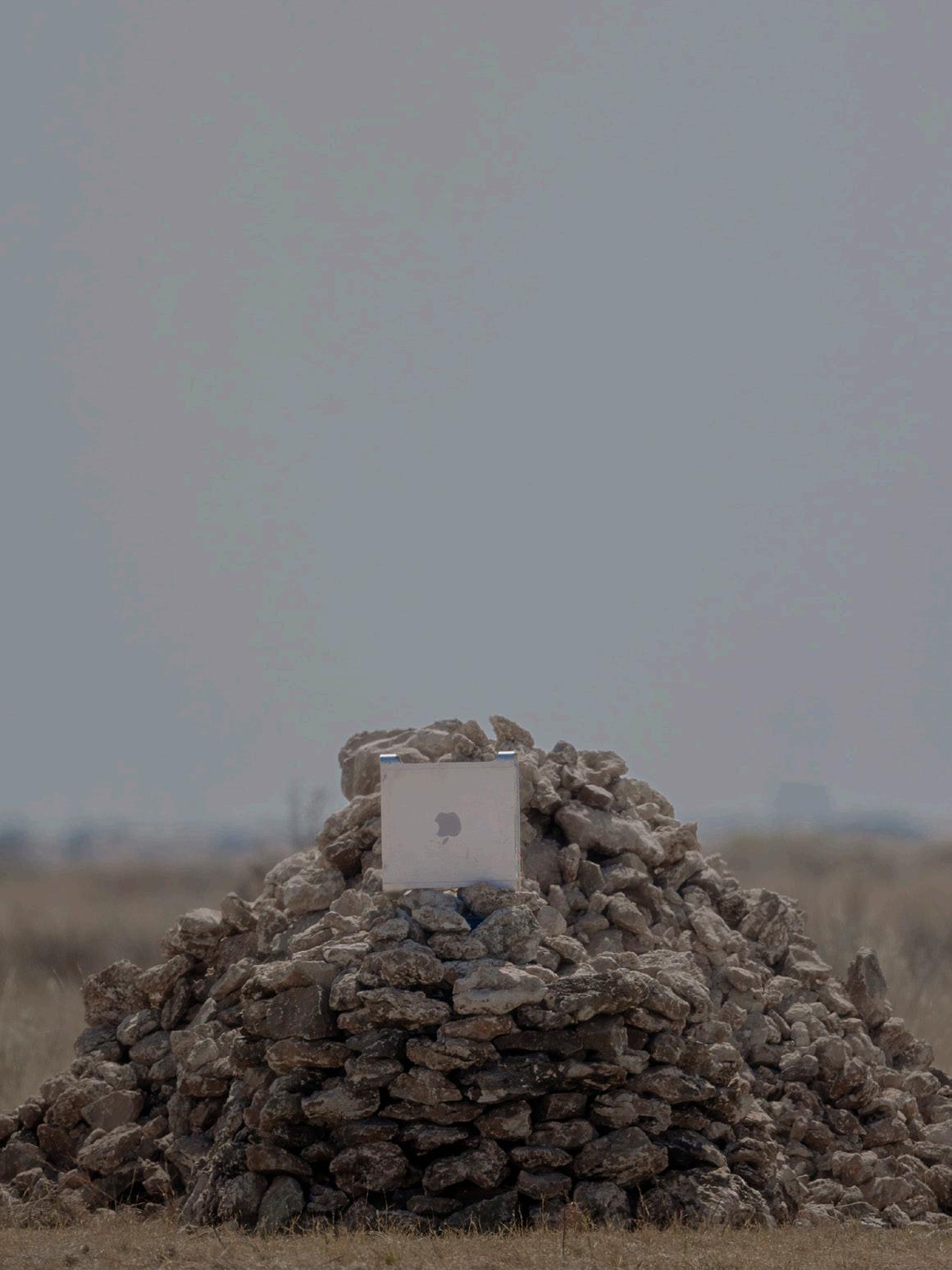
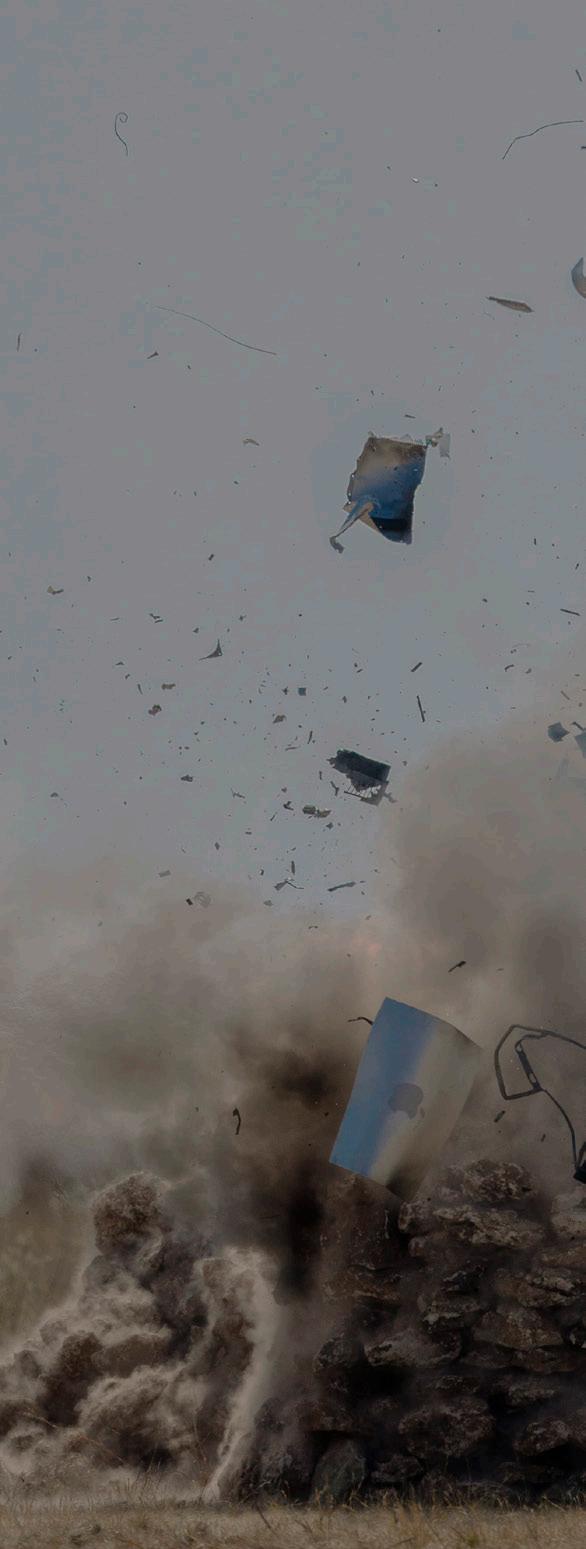
Vitale 154
Salvatore
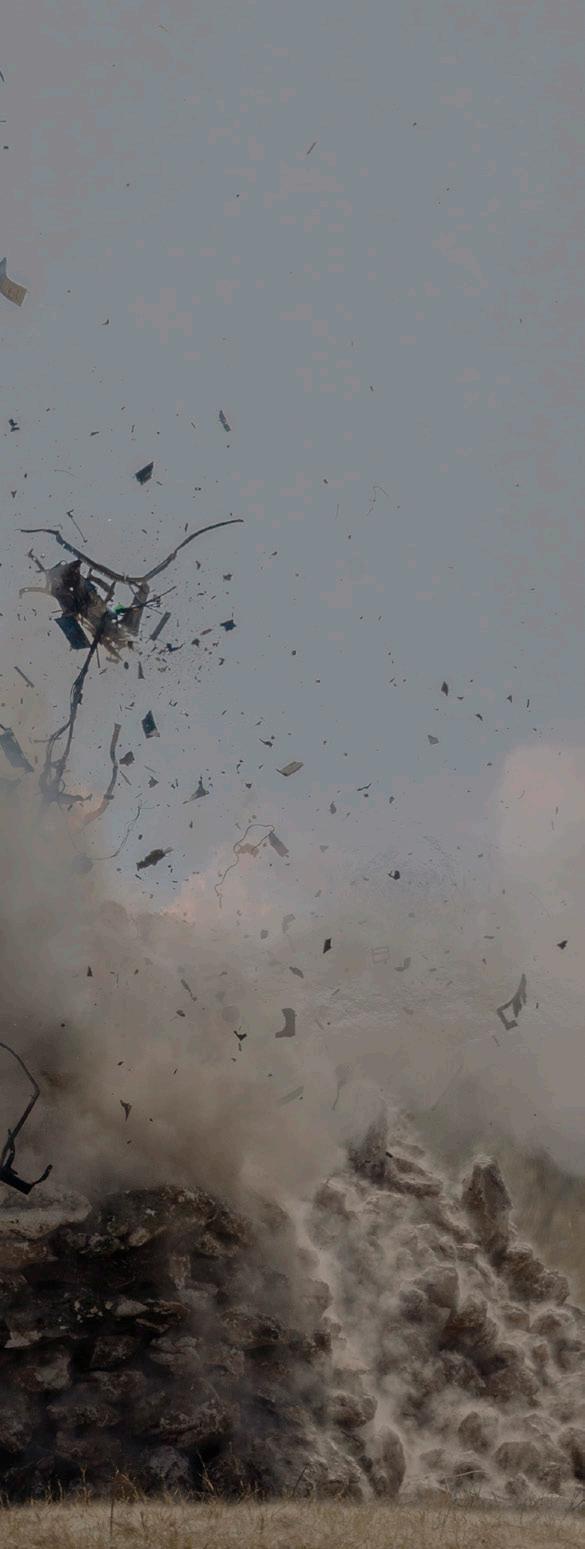

155
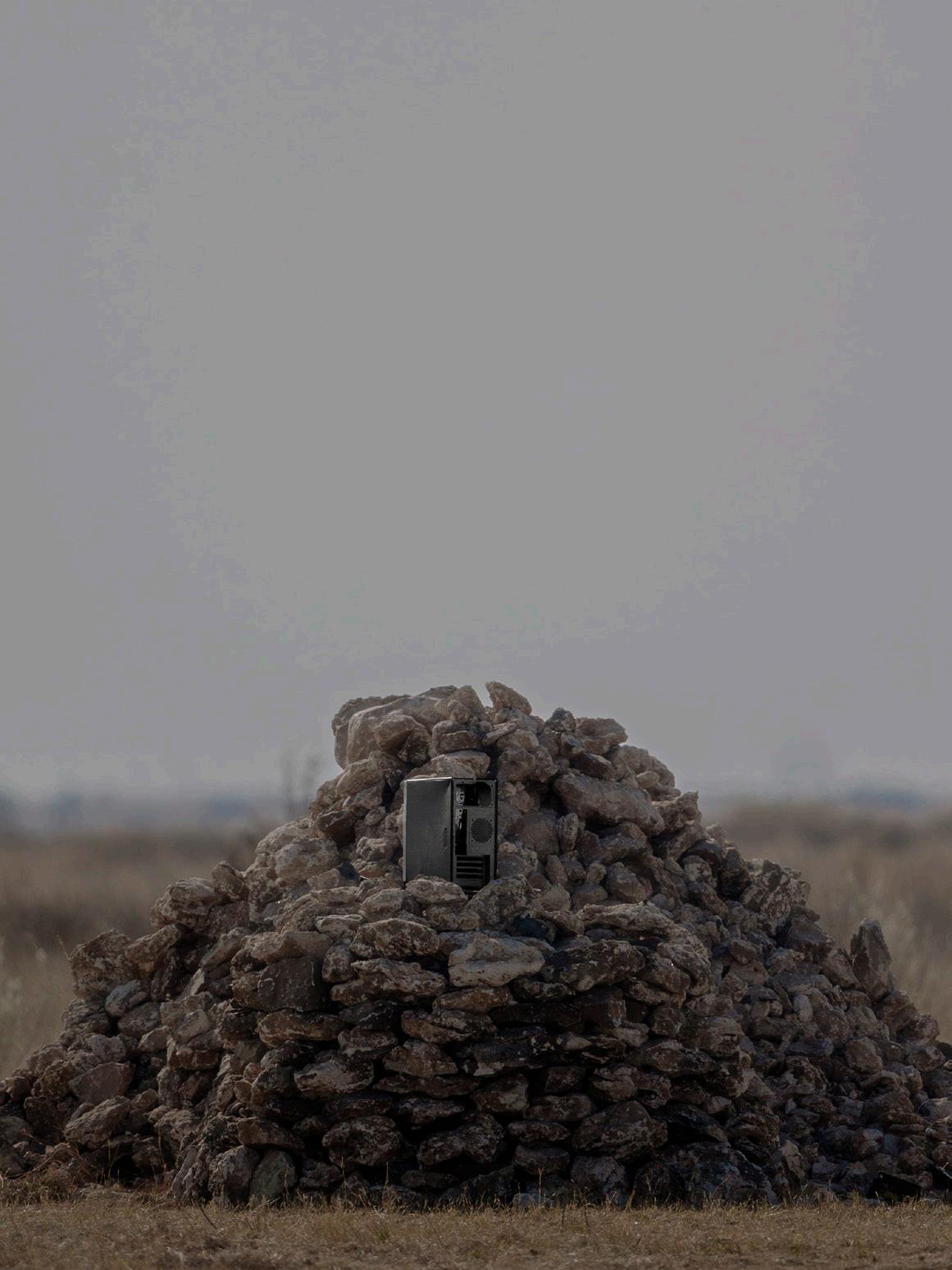
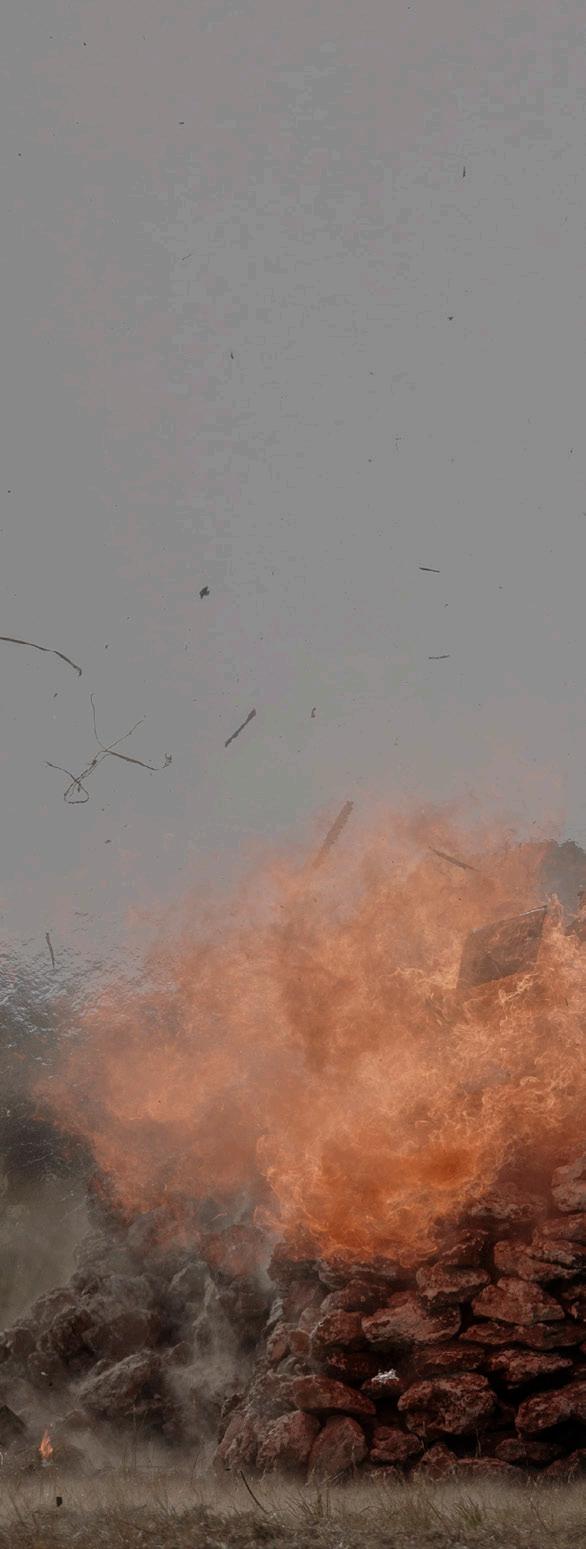
Vitale 156
Salvatore
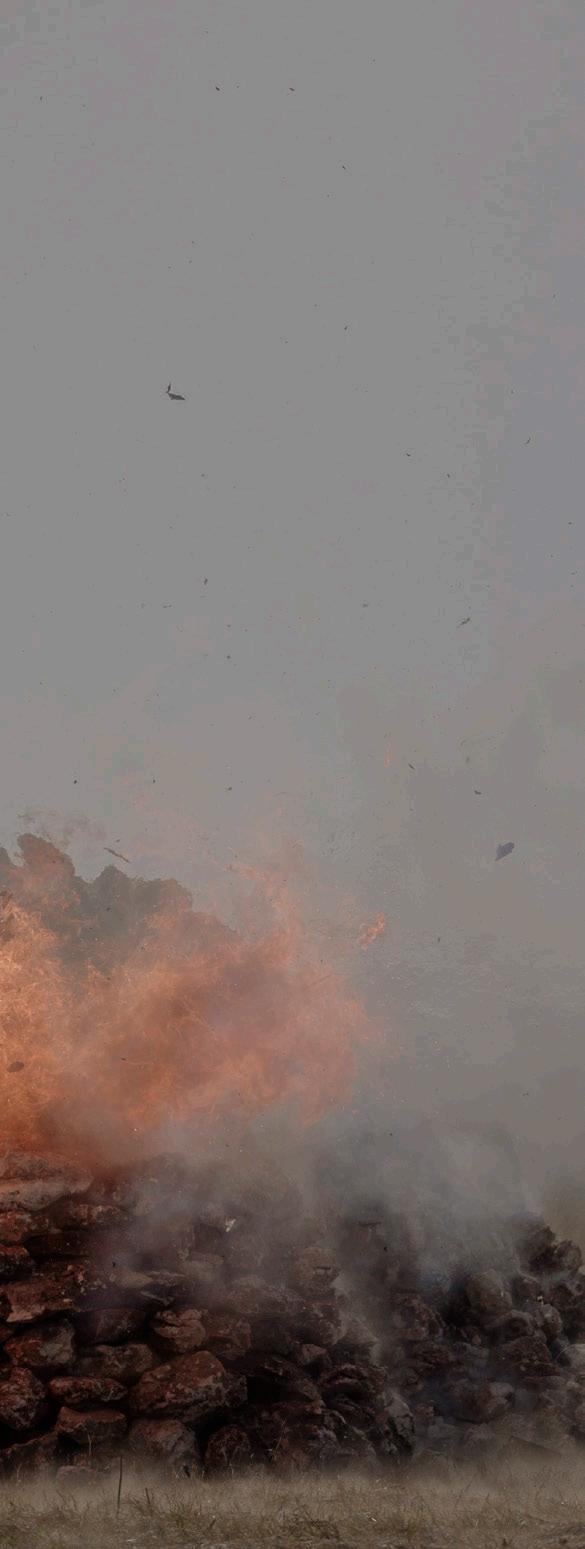
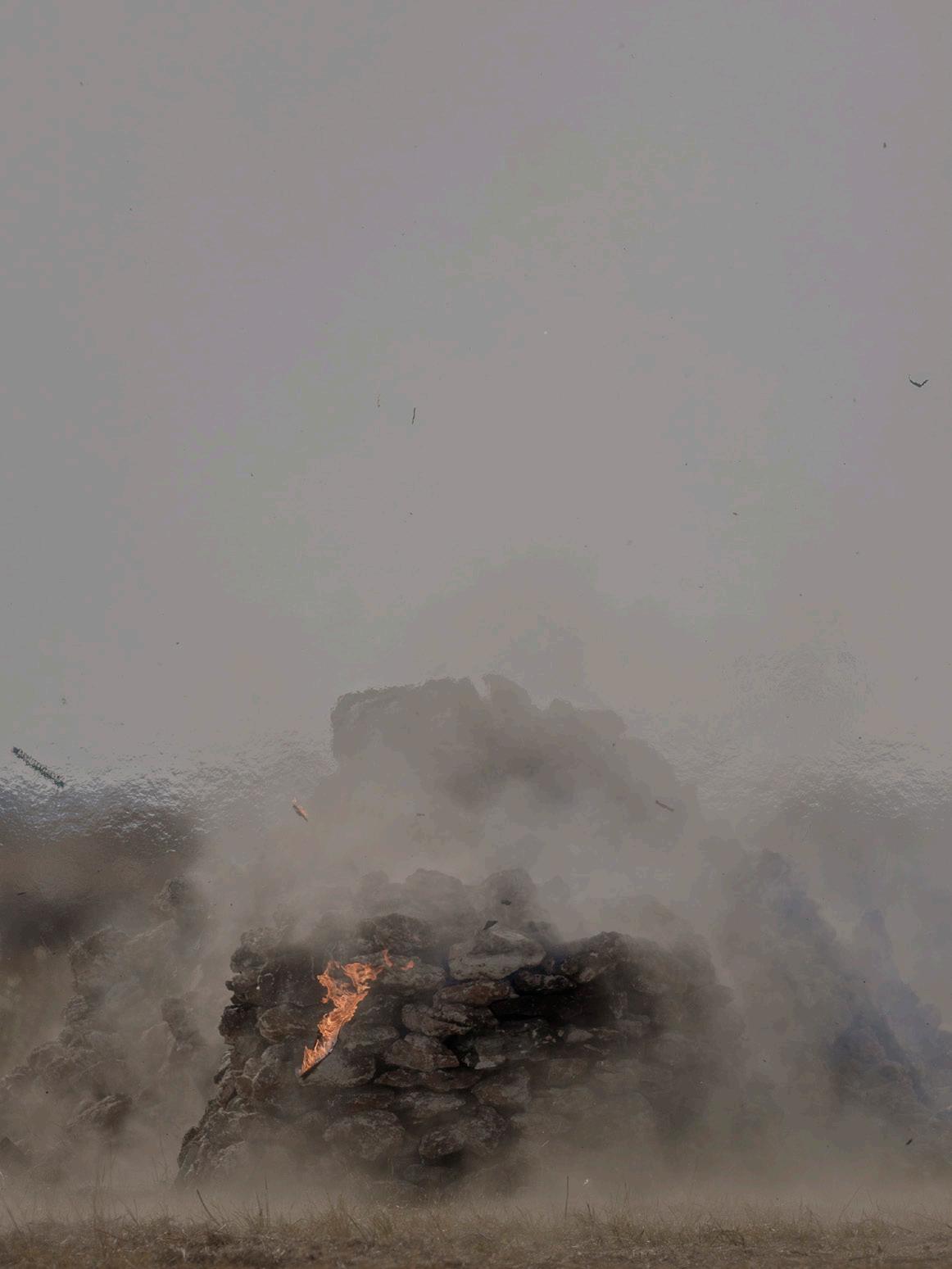
157
Fotogrammi del film Sono un umano / Film stills from I am a Human, 2022 Video 4K a un canale, colore / Single-channel video, 4K, colour
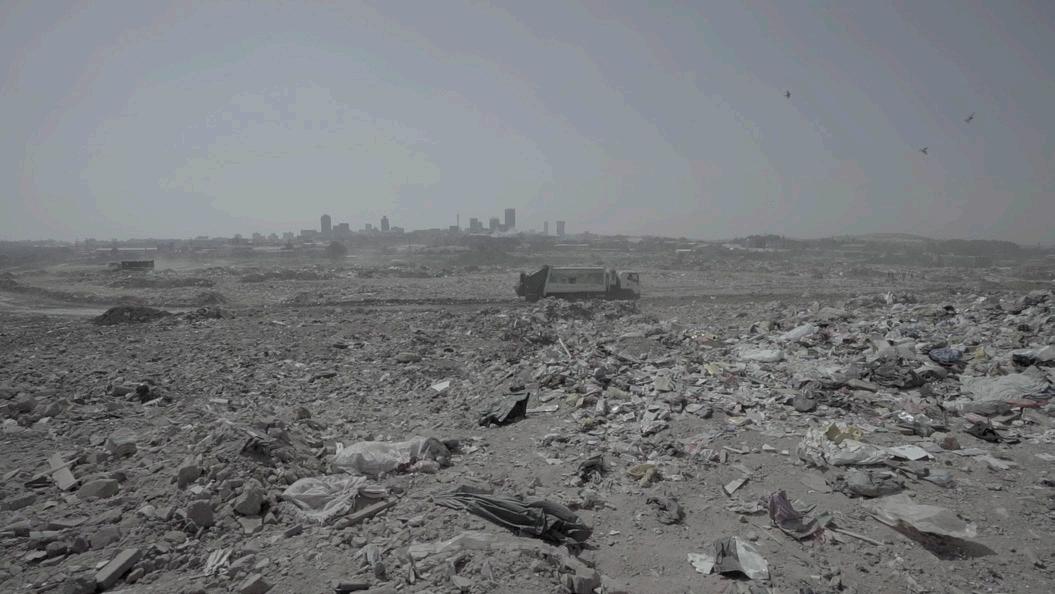
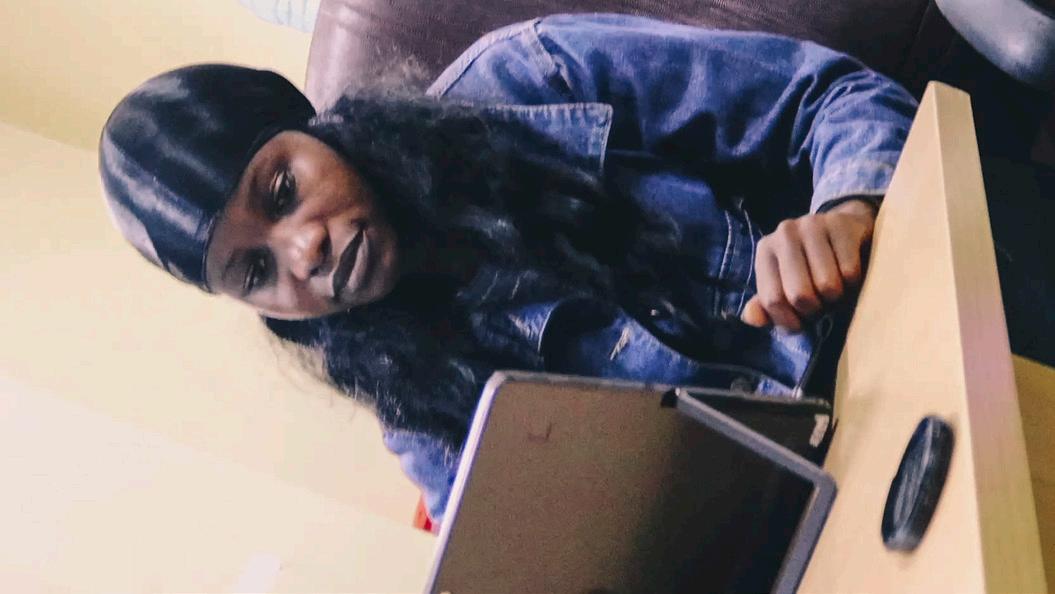
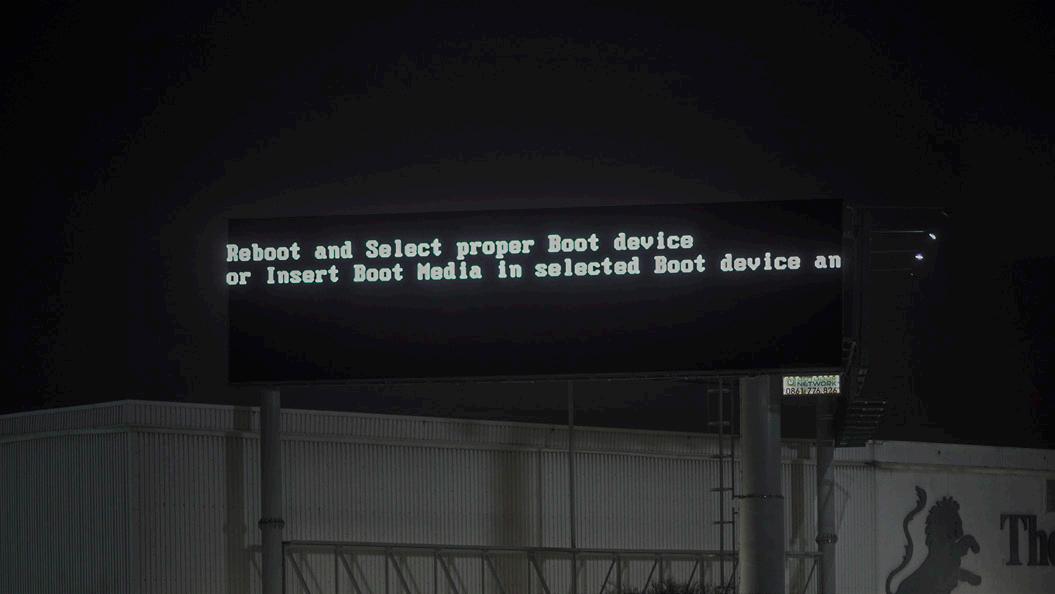
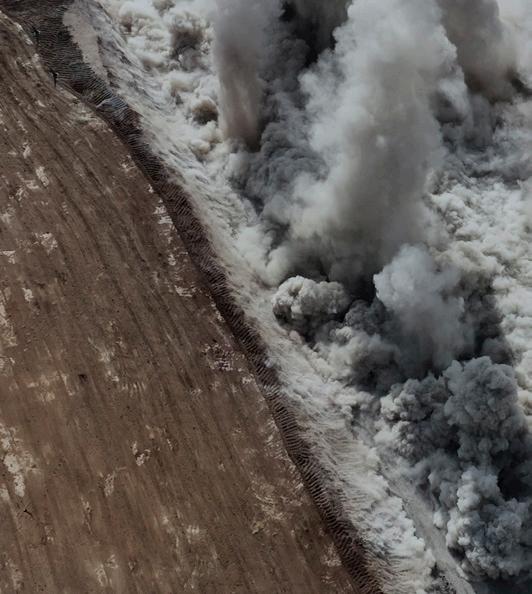

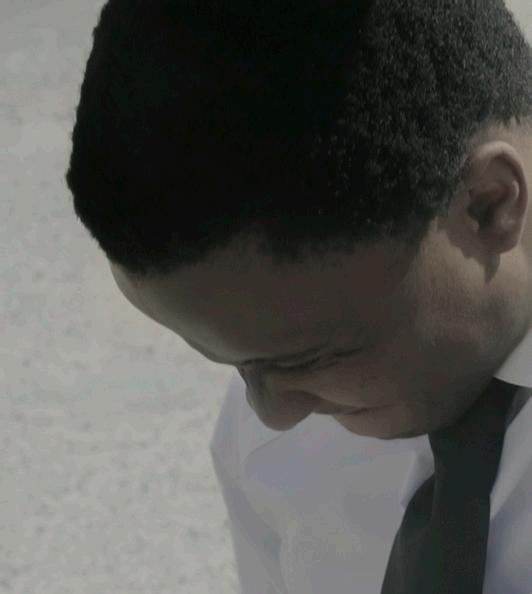 Salvatore Vitale
Salvatore Vitale
158
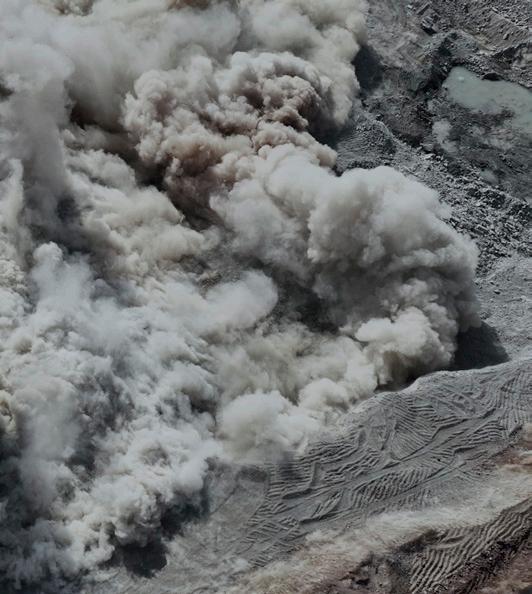
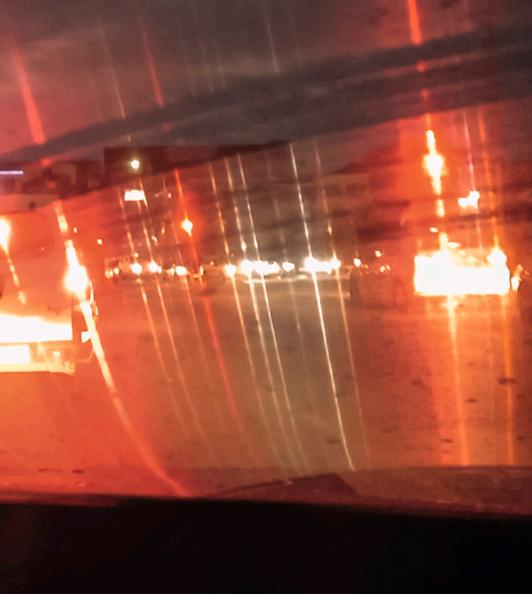
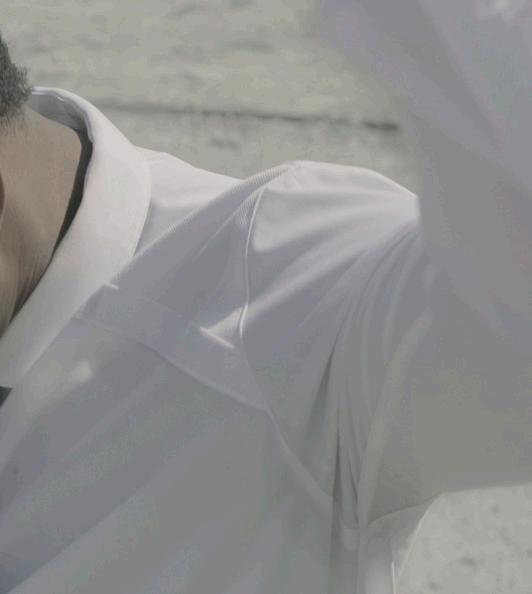

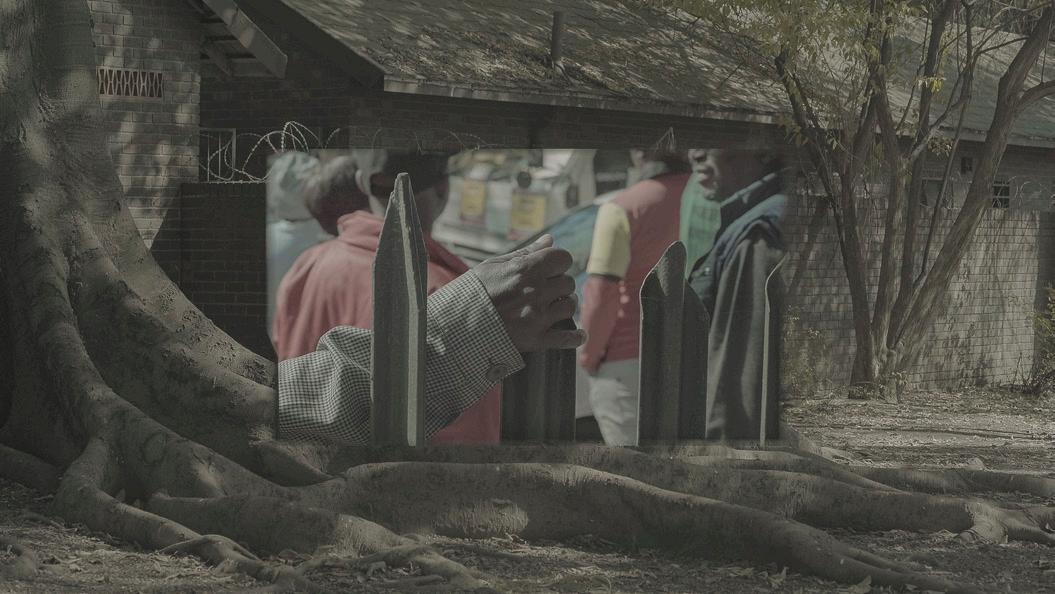
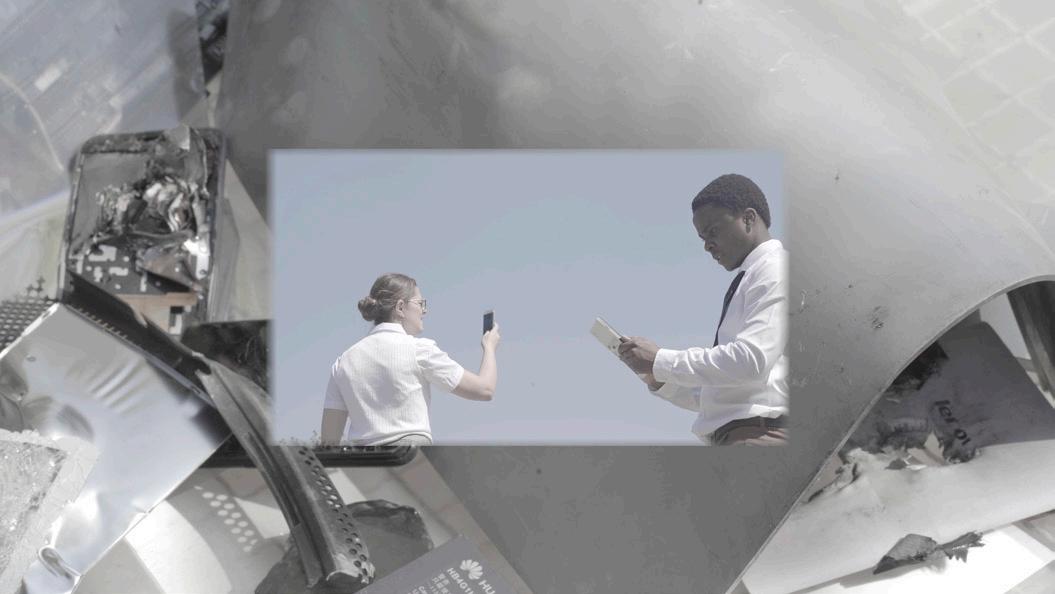
159
BIOGRAFIE BIOGRAPHIES
Maria Mavropoulou è nata nel 1989; vive e lavora ad Atene, in Grecia. È un’artista visiva che utilizza principalmente la fotografia, arrivando a esplorare le forme più avanzate dell’immagine fotografica, tra cui le tecnologie VR, la scansione 3D con sensore LiDar e le immagini catturate tramite schermo. La sua ricerca si concentra sulle nuove realtà create dai dispositivi attraverso i quali accediamo a Internet e sulle contraddizioni tra gli spazi fisici e digitali che abitiamo.
Mavropoulou ha conseguito un Master in Fine Arts e un BA presso la Scuola di Belle Arti di Atene. Le sue opere fanno parte di collezioni private e della collezione d’arte Vontobel, e sono state esposte in istituzioni e musei in Grecia e all’estero, tra cui Foto Colectania (Barcellona, 2021), Tallinn Art Hall (2021), Museum für Neue Kunst (Friburgo, 2020), Miami Art Week (2020), International Film Festival di Salonicco (2019), Museo di Fotografia di Salonicco (2019), Centro culturale Onassis (Atene, 2019), Conservatorio di Atene (2019), Slought Foundation (Philadelphia, USA, 2019), Maison de la Photographie (Parigi, 2018), Museo Benaki (Atene, 2018), Unseen (Amsterdam, 2018), Osservatorio nazionale di Atene (2018), Culturescapes Festival (Basilea, 2017), SHED London (2017), Athens Photo Festival (2016), Krakow Photomonth (2016), Biennale di Atene (2015), Mois de la photo, (Parigi, 2014).
Il suo primo progetto VR Family Portraits è stato premiato al 60° Festival internazionale del cinema di Salonicco (2019). Mavropoulou è stata inoltre selezionata tra le trenta Under 30 Women Photographers (2018) e come Young Greek Photographer dell’Athens Photo Festival (2016).
Maria Mavropoulou was born in 1989; she lives and works in Athens, Greece. She is a visual artist using mainly photography while her work expands to new forms of the photographic image, such as VR, LiDar scans and screen captured images. Her research focuses on the new realities created by the connectible devices through which we access the Internet and the contradictions between the physical and the digital spaces that we inhabit.
Mavropoulou holds a Master in Fine Arts and a BA from Athens School of Fine Arts. Her work is part of private collections and the Vontobel Art Collection and has been exhibited in institutions and museums in Greece and abroad among which are Foto Colectania (Barcelona, 2021), Tallinn Art Hall (2021), Museum für Neue Kunst (Freiburg, 2020), Miami Art Week (2020), Thessaloniki International Film Festival (2019), Thessaloniki Museum of Photography (2019), Onassis cultural centre (Athens, 2019), Athens Conservatoire (2019), Slought Foundation (Philadelphia, USA, 2019), Maison de la Photographie (Paris, 2018), Benaki Museum (Athens, 2018), Unseen
161
Her first VR project Family Portraits has been awarded at the 60th Thessaloniki International Film Festival (2019), and she has also been selected among 30 Under 30 Women Photographers (2018) and as Young Greek Photographer by Athens Photo Festival (2016).
Lebohang Kganye è nata nel 1990 a Johannesburg, in Sudafrica, dove vive e lavora. Si è diplomata in Belle Arti a Johannesburg nel 2014 e attualmente sta svolgendo un Master all’università di Witwatersrand. Tra i numerosi premi che le sono stati assegnati, ricordiamo il Grand Prix Images Vevey (2021-22), Paulo Cunha e Silva Art Prize (2020), Camera Austria Award (2019). È stata inoltre finalista del Rolex Mentor & Protégé Arts Initiative (2019).
Kganye ha partecipato nel 2021 a importanti mostre collettive promosse da istituzioni internazionali, come la House of Photography di Deichtorhallen, Amburgo e il Musée d’Art Moderne di Parigi. Ha inoltre presentato le sue opere in occasione di mostre collettive e biennali d’arte in tutto il mondo.
Nel 2021, il Georgian House Museum di Bristol, nel Regno Unito, ha ospitato una sua mostra personale con opere di recente produzione. Tra le personali precedenti ricordiamo “The Stories We Tell: Memory as Material” alla George Bizos Gallery dell’Apartheid Museum di Johannesburg nel 2020; “Ke Lefa Laka: Her-story” presentata al salone approche (Parigi) nel 2019; “Mohlokomedi wa Tora” al Pretoria Art Museum (Sudafrica) nel 2018; “Ke Lefa Laka: Her-story” al Festival Africolor presso l’Université Paris 13 a Bobigny e Villetaneuse (Francia), entrambe nel 2016 e “Ke Lefa Laka” al Market Photo Workshop di Johannesburg nel 2013.
Lebohang Kganye was born in 1990 in Johannesburg, South Africa, where she currently lives and works. She obtained a Diploma in Fine Arts from the University of Johannesburg in 2014 and is currently doing her Masters in Fine Arts at the Witwatersrand University. Notable awards include the Grand Prix Images Vevey (2021-22), Paulo Cunha e Silva Art Prize (2020), Camera Austria Award (2019) and the finalist of the Rolex Mentor & Protégé Arts Initiative (2019).
Kganye is participating in major museum group exhibitions organized by international institutions such as the House of Photography in Deichtorhallen Hamburg and the Musée d’Art Moderne de Paris. She has exhibited her work extensively (Amsterdam, 2018), National Observatory of Athens (2018), Culturescapes Festival (Basel, 2017), SHED London (2017), Athens Photo Festival (2016), Krakow Photomonth (2016), Athens Biennale (2015), Mois de la photo (Paris, 2014).
162
In 2021, a solo exhibition of Kganye’s newly commissioned works was presented by the Georgian House Museum in Bristol, UK. Earlier solo exhibitions include “The Stories We Tell: Memory as Material” at George Bizos Gallery at the Apartheid Museum, Johannesburg (South Africa) in 2020; “Ke Lefa Laka: Her-story” at the salon approche (Paris) in 2019; “Mohlokomedi wa Tora” at the Pretoria Art Museum in 2018; “Ke Lefa Laka: Her-story” at Festival Africolor at Université Paris 13, in Bobigny and Villetaneuse (France), both in 2016 and “Ke Lefa Laka” at Market Photo Workshop (Johannesburg) in 2013.
Hicham Gardaf è nato nel 1989 a Tangeri, in Marocco e attualmente vive a Londra.
I suoi lavori fotografici e le sue installazioni indagano le trasformazioni del paesaggio contemporaneo in relazione al tempo, allo spazio, e alle politiche del territorio. Le sue opere affrontano spesso questioni legate agli spazi sociali in cui viviamo, come edifici, strade, città, sollevando interrogativi sul nostro modo di interagire con questi luoghi e di modificarli, abitarli, appropriarcene e controllarli.
Il suo lavoro è stato esposto al Guest Projects, Londra; al Museo d’arte contemporanea africana AL Maaden, Marrakech; Beit Beirut, Beirut;
La Friche La Belle de Mai, Marsiglia; Bibliothèque Nationale de France e Institut du Monde Arabe, Parigi.
Hicham Gardaf was born in 1989 in Tangier, Morocco, and is currently based in London.
His photographic works and installations investigate transformations of contemporary landscape in relation to time, space, and politics of place. His work often tackles issues related to the social spaces we live in, such as buildings, streets, cities; it raises questions about practices that we apply to these places by transforming, inhabiting, appropriating and controlling them.
His work has been shown at Guest Projects in London; Museum of African Contemporary Art AL Maaden in Marrakech; Beit Beirut in Beirut; La Friche La Belle de Mai in Marseille; Bibliothèque Nationale de France and Institut du Monde Arabe in Paris.
Farah Al Qasimi è nata nel 1991 ad Abu Dhabi, negli Emirati Arabi Uniti; vive e lavora tra Dubai e Brooklyn. Ha studiato fotografia e musica alla Yale University e ha conseguito il Master of Fine Arts alla Yale School of Art nel 2017.
Lavorando principalmente con la fotografia, il video e la performance, indaga le strutture postcoloniali di potere e di genere e le evoluzioni del gusto negli Stati Arabi del Golfo e negli Stati Uniti. La sua within curated group exhibitions and Biennials all over the world.
163
pratica artistica è permeata da una critica sociale che nasce dall’attenta osservazione dei molteplici ambienti in cui lavora. L’artista mette in scena le perturbanti geografie generate da migrazioni, dislocamenti, e interventi stranieri, e nella sua opera trova spazio anche la tragedia della diaspora.
Le sue opere sono state presentate al Contemporary Art Museum, St. Louis (USA); Stavanger Art Museum (Norvegia); Jameel Arts Centre, Dubai; San Francisco Arts Commission; CCS Bard Galleries presso Hessel Museum of Art, New York; Helena Anrather, New York; The Third Line, Dubai; The List Visual Arts Center presso il MIT, Cambridge (MIT); Museum of Contemporary Art, Toronto; e Houston Center for Photography. È stata insignita del New York NADA Artadia Prize, dell’Aaron Siskind Individual Photographer’s Fellowship, e nel 2022 del Capricious Photo Award. Le sue opere si trovano nelle collezioni del Museum of Modern Art, New York; Solomon R. Guggenheim Museum, New York; Guggenheim Abu Dhabi; Tate Modern, Londra; Museum of Contemporary Art, Chicago; Massachusetts Institute of Technology, Cambridge; Huis Marseille, Museum for Photography, Amsterdam.
Farah Al Qasimi was born 1991 in Abu Dhabi, in the United Arab Emirates. She lives and works in Dubai and Brooklyn. She studied photography and music at Yale University, and received her MFA from the Yale School of Art in 2017.
Working primarily with photography, video, and performance, she examines postcolonial structures of power, gender, and taste in the Gulf Arab states and in the United States. Her practice incorporates social critique embedded in close observation of the multiple environments in which she works. She plays with the uncanny geographies informed by migration, displacement, and foreign intervention and also considers the diaspora in her works.
Her work has been featured in exhibitions at Contemporary Art Museum, St. Louis (USA); Stavanger Art Museum (Norway); Jameel Arts Centre, Dubai; San Francisco Arts Commission; CCS Bard Galleries at the Hessel Museum of Art, New York; Helena Anrather, New York; The Third Line, Dubai; The List Visual Arts Center at MIT, Cambridge; Museum of Contemporary Art, Toronto; and the Houston Center for Photography. She is a recipient of the New York NADA Artadia Prize, Aaron Siskind Individual Photographer’s Fellowship, and 2022 Capricious Photo Award. Her work is in the collections of the Museum of Modern Art, New York; Solomon R. Guggenheim Museum, New York; Guggenheim Abu Dhabi; Tate Modern, London; Museum of Contemporary Art, Chicago; Massachusetts Institute of Technology, Cambridge; and Huis Marseille, Museum for Photography, Amsterdam.
164
Salvatore Vitale, nato a Palermo (Italia) nel 1986, è un artista visivo, curatore, editor e docente che vive a Zurigo, Svizzera. La sua ricerca si concentra sullo sviluppo e la complessità delle società moderne, esplorandone le strutture di potere, la mediazione tecnologica e l’influenza di questi elementi sulle persone. Il suo lavoro si avvale di un’ampia analisi documentaria che include elementi di finzione, speculazione narrativa e l’uso di molteplici forme visive. Nel 2015 è stato premiato dallo Swiss Arts Council per il progetto a lungo termine How to secure a country (2014-2019), sull’industria della sicurezza in Svizzera. Una volta terminato, il progetto è stato pubblicato da Lars Müller Publishers (2019).
Il suo lavoro è stato esposto in importanti centri internazionali tra cui Fotogralleriet Oslo (2020); Fotostiftung Schweiz, Kibla Contemporary Art Space, Maribor (Slovenia), Foam Amsterdam, Deutsche Börse Photography Foundation (2019); OCAT Shenzhen (Cina), MOCAK Museum of Contemporary Art, Cracovia, Swiss Foundation for Photography Winterthur (2018); T3 Photo Festival Tokyo (2017).
Vitale è anche docente presso la Lucerne University of Applied Sciences and Arts (HSLU), dove dirige il programma Transmedia Storytelling.
Salvatore Vitale was born 1986 in Palermo, Italy. He is a visual artist, curator, editor, and professor based in Zurich, Switzerland. His work focuses on
the development and complexity of modern societies, in particular through an exploration of their power structures and technological mediation as well as the influence of these elements on people. His approach is based on broad documentary analysis, including fiction, narrative speculation and multiple visual forms. In 2015 he received an award from the Swiss Arts Council for the long-term project How to Secure a Country (2014-2019) on the security industry in Switzerland. Upon its completion, the project was published by Lars Müller Publishers (2019).
His work has been exhibited in a number of prestigious international centres, including Fotogalleriet Oslo (2020); Fotostiftung Schweiz, Kibla Contemporary Art Space, Maribor (Slovenia), Foam Amsterdam, Deutsche Börse Photography Foundation (2019); OCAT Shenzhen (Cina), MOCAK Museum of Contemporary Art, Krakow, Swiss Foundation for Photography Winterthur (2018); T3 Photo Festival Tokyo (2017).
Vitale is also professor at Lucerne University of Applied Sciences and Arts (HSLU), where he directs the Transmedia Storytelling program.
165
PARTECIPANTI 2023
2023 PARTICIPANTS
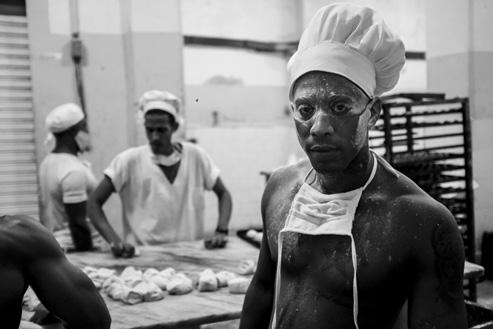

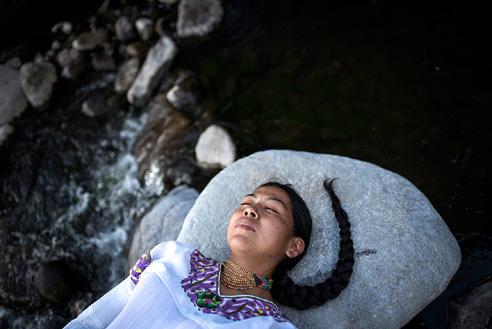

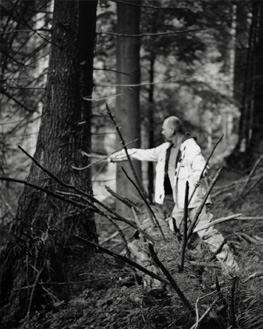
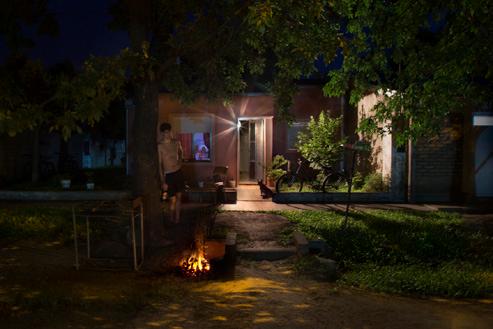

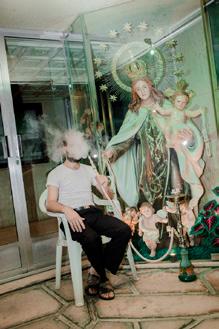
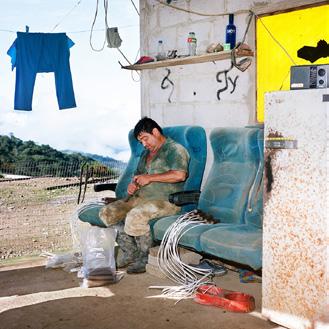
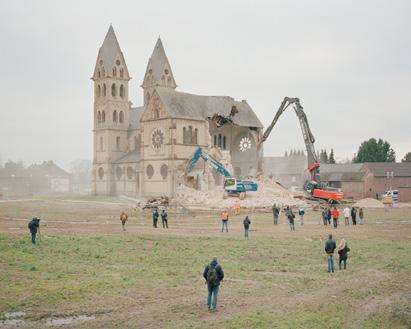
5 1 2 3 4 6 7 8 9 10 168
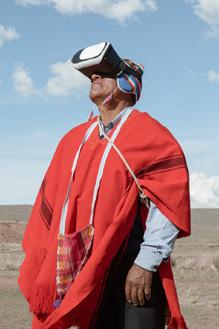
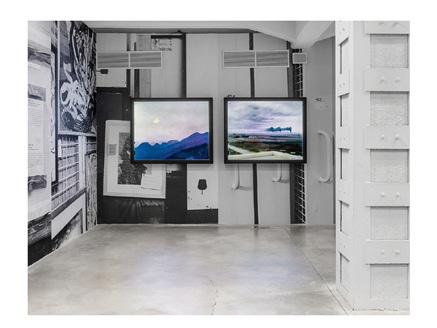
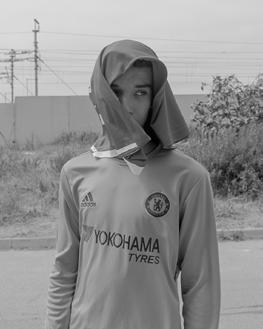
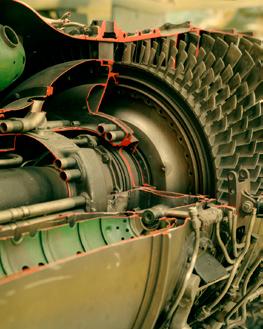
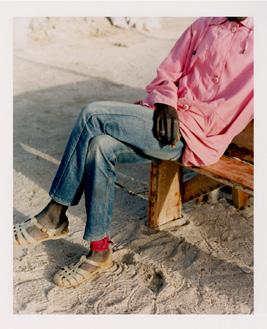
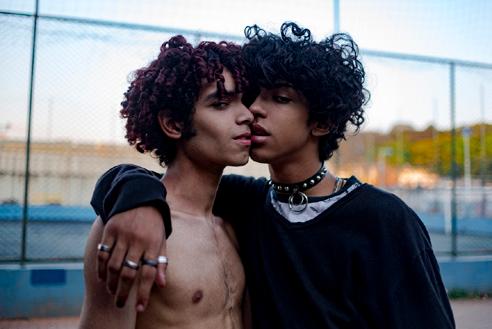
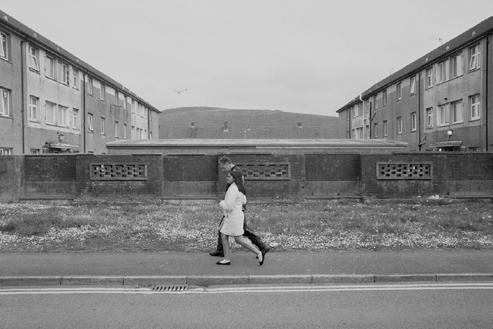
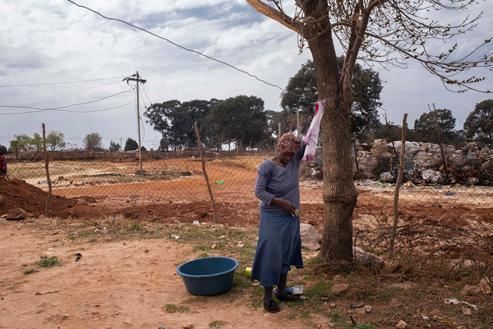

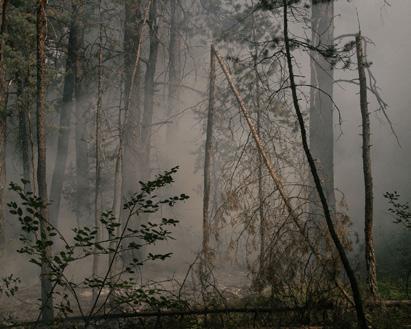
11 13 14 15 16 17 18 19 20 12 169
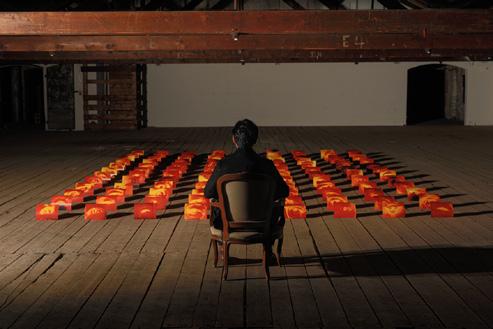



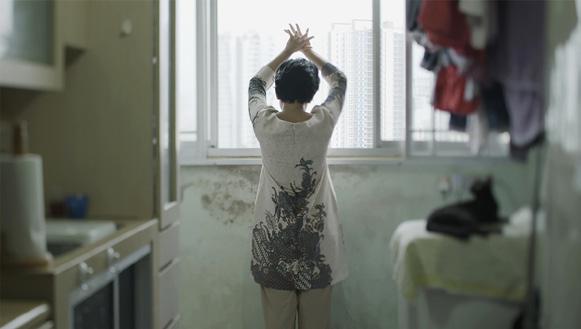
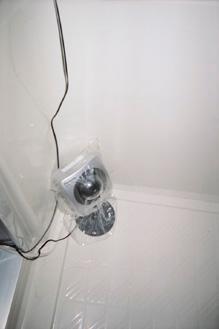
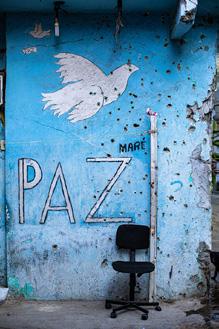
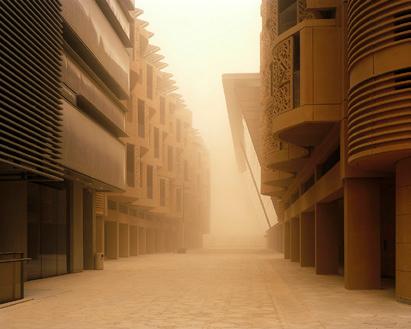
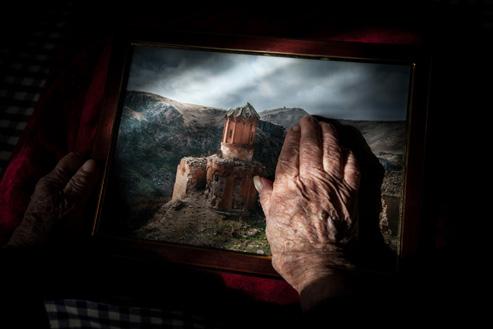
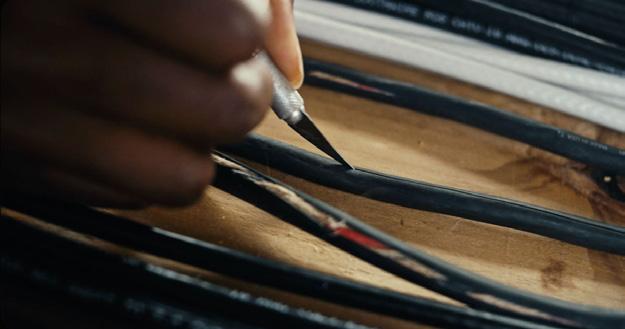
22 21 23 24 25 26 27 28 29 30 170
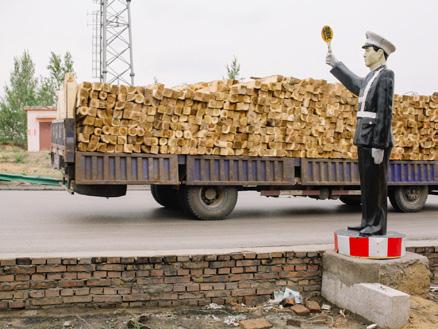
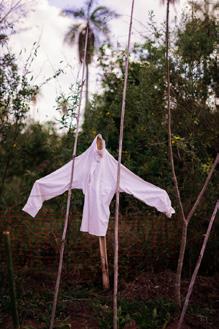
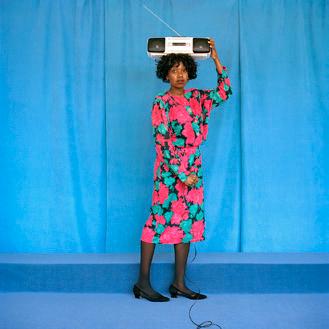
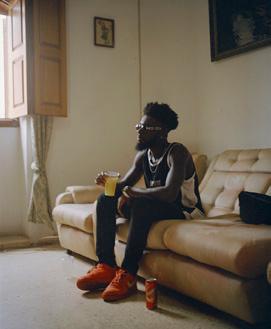
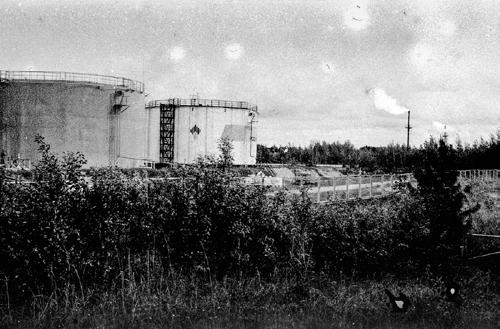
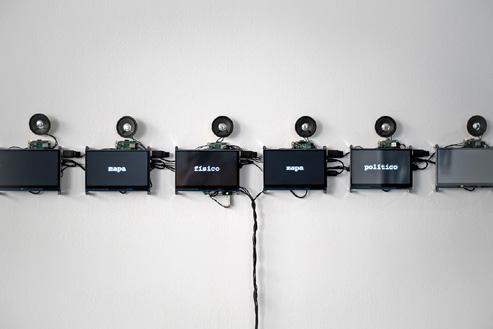
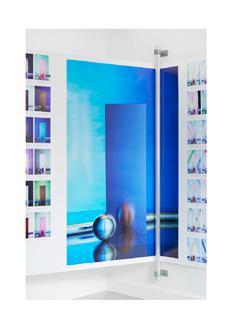
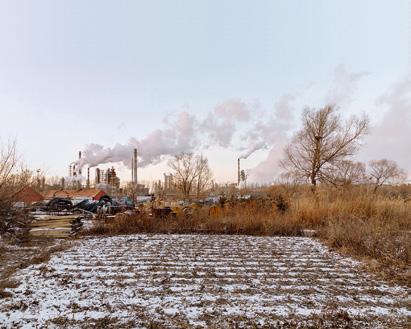

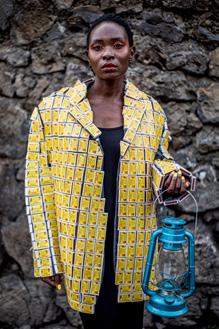
31 32 33 34 35 36
38 39 40 171
37
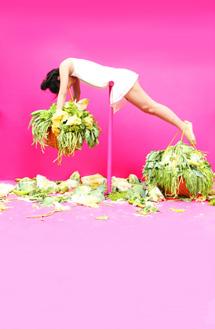
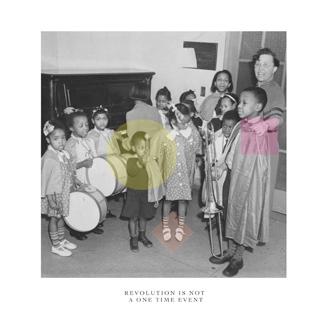
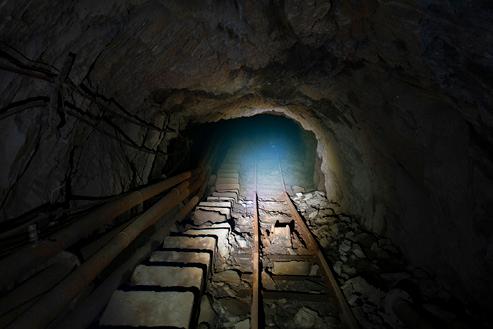
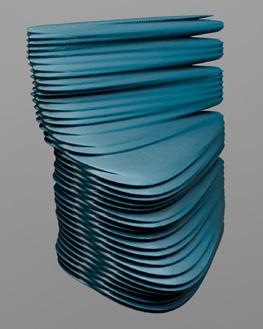
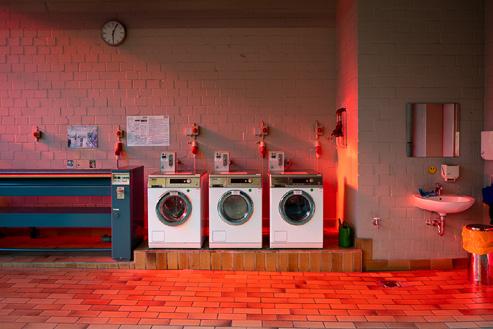

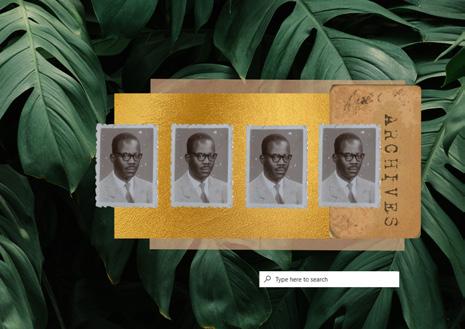

41 42 43 44 45 46
172
47 48
1 Johanna Alarcon 2 Manuel Almenares 3 Jesu Antuña 4 Michèle Aoun 5 Bebe Blanco Agterberg 6 MyriamBoulos 7 Sofia Caesar 8 Fabiola Cedillo 9 Tereza Cervenova 10 Daniel Chatard 11 River Claure 12 Isabella da Silva Finholdt 13 Giorgio Di Noto 14 Stephen Dock 15 Karim El Maktafi 16 Fatmah Fahmy 17 Kata Geibl 18 Adèle Godefroy 19 Ilyes Gryeb 20 Nanna Heitmann 21 Kei Ito 22 Tamara Kametani 23 Yeeun Lee 24 Douglas Lopes 25 Giya Makondo-Wills 26 Étienne Malapert 27 Douglas Mandry 28 Diana Markosian 29 Alecia Neo 30 Mimi Onuoha 31 Zhou Pinglang 32 Celeste Rojas Mujica 33 Isadora Romero 34 Emil Rønn Andersen 35 Silvia Rosi 36 Lang Ruoxuan 37 Cedrine Scheidig 38 Clementine Schneidermann 39 Igor Tereshkov 40 Pamela Tulizo Kamale 41 Kawita Vatanajyankur 42 Jorge Villarreal 43 Bindi Vora 44 Wang Wenbo 45 Zhang Wenxin 46 Sofia Yala 47 Jeong Youngho 48 Emmaline Zanelli 173
GIURIA JURY
Isabella Seràgnoli
Presidente, Fondazione MAST
President, Fondazione MAST
François Hébel
Direttore, Fondation Henri Cartier-Bresson Director, Fondation Henri Cartier-Bresson
Milo Keller
Responsabile dipartimento Fotografia, ECAL Head of Photography, ECAL
Michael Mack
Editore, Mack Publisher, Mack
Simon Njami
Curatore e critico indipendente Independent curator and writer
Alona Pardo
Curatrice, Barbican Art Gallery
Curator, Barbican Art Gallery
Giovanna Silva
Fotografa ed editrice, Humboldt Books
Photographer and publisher, Humboldt Books
Urs Stahel
Curatore, MAST PhotoGallery
Curator, MAST PhotoGallery
Francesco Zanot
Direttore artistico di Foto/Industria
Foto/Industria Artistic Director
175
FINALISTS OF THE PAST EDITIONS
FINALISTI DELLE EDIZIONI PRECEDENTI
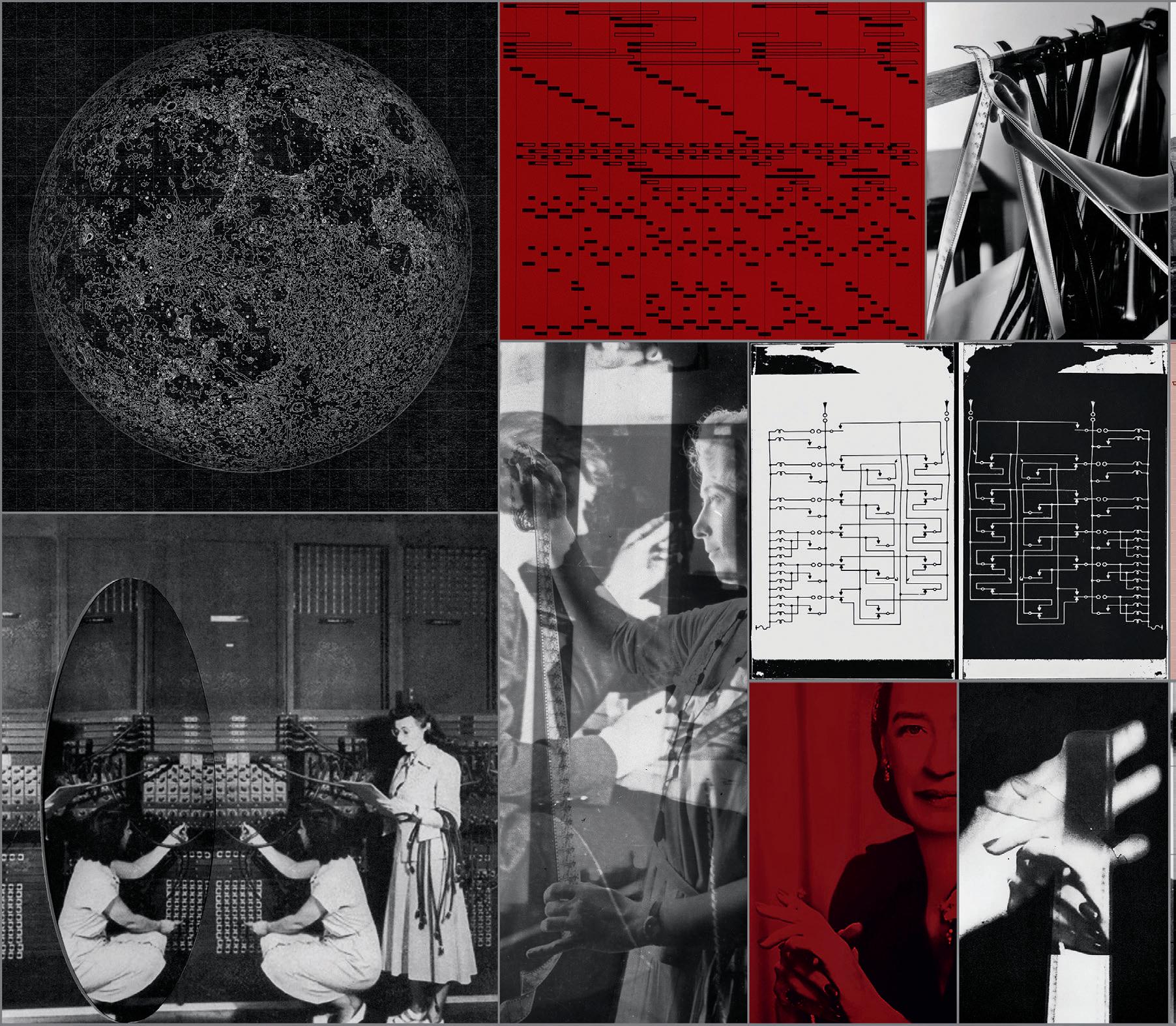
edizione / sixth edition
2020 sesta
Alinka Echeverría (Winner) Apparent Femininity, 2020
178
Stampa a pigmenti e stampa lambda / Pigment print and lambda print, 250 × 585 cm

179
Chloe Dewe Mathews
For a Few Euros More, 2019
Film in 70 mm / 70 mm film, 11’54”
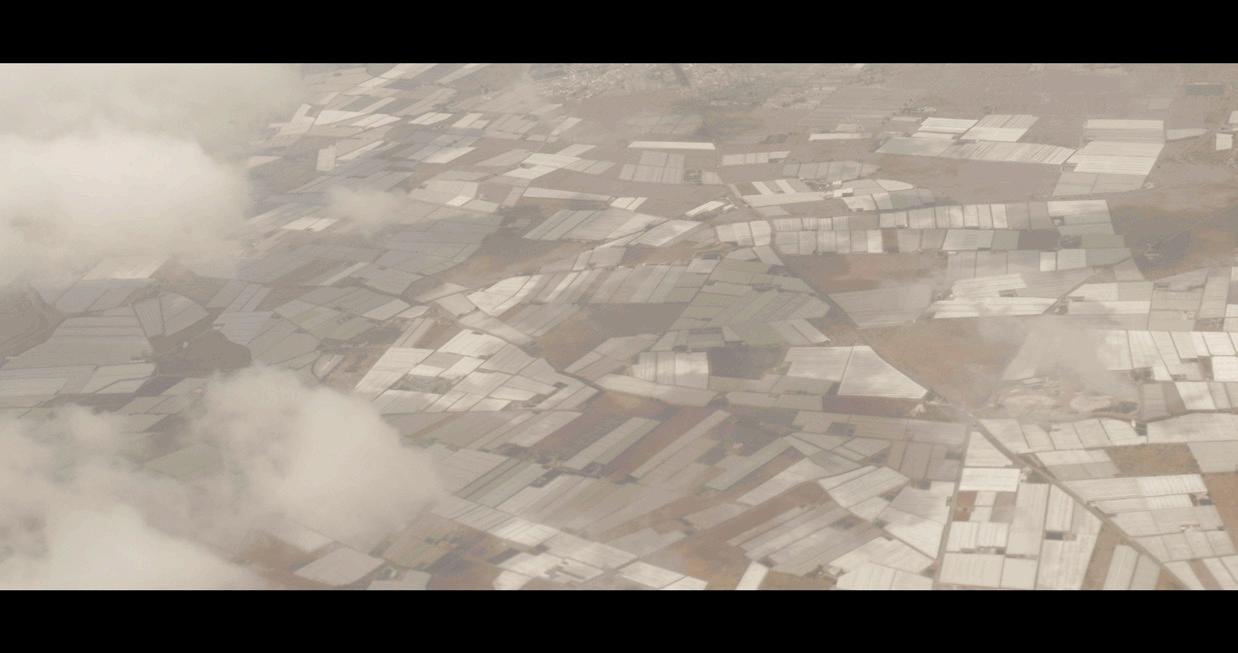
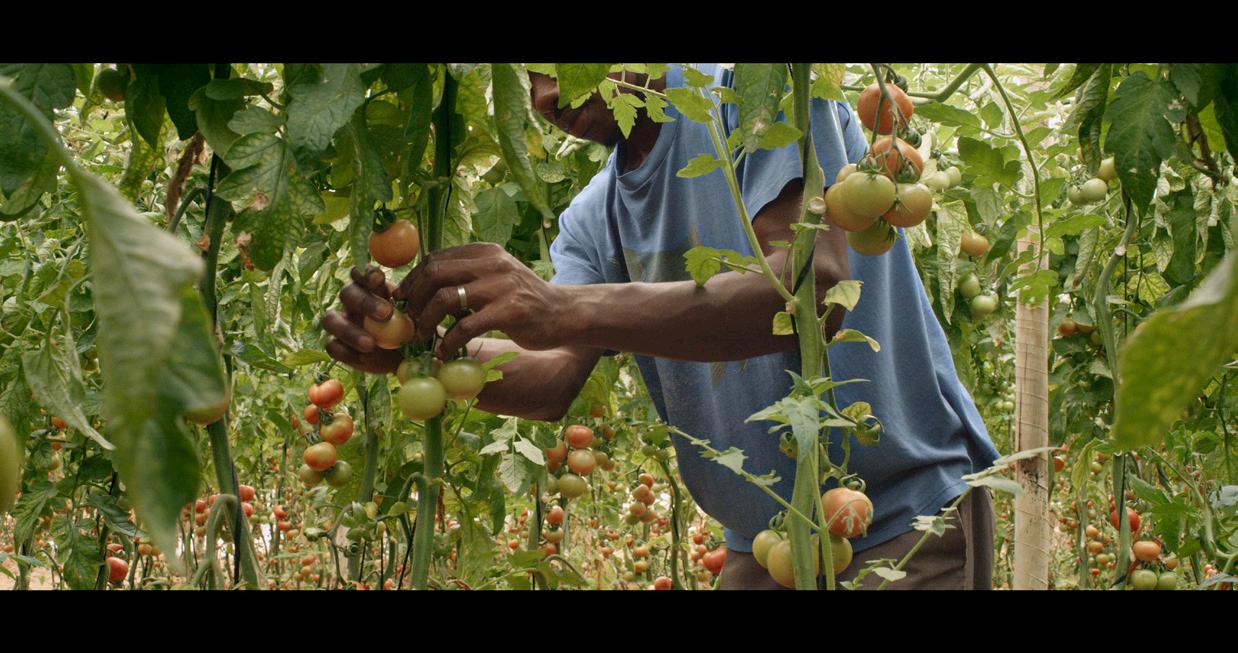
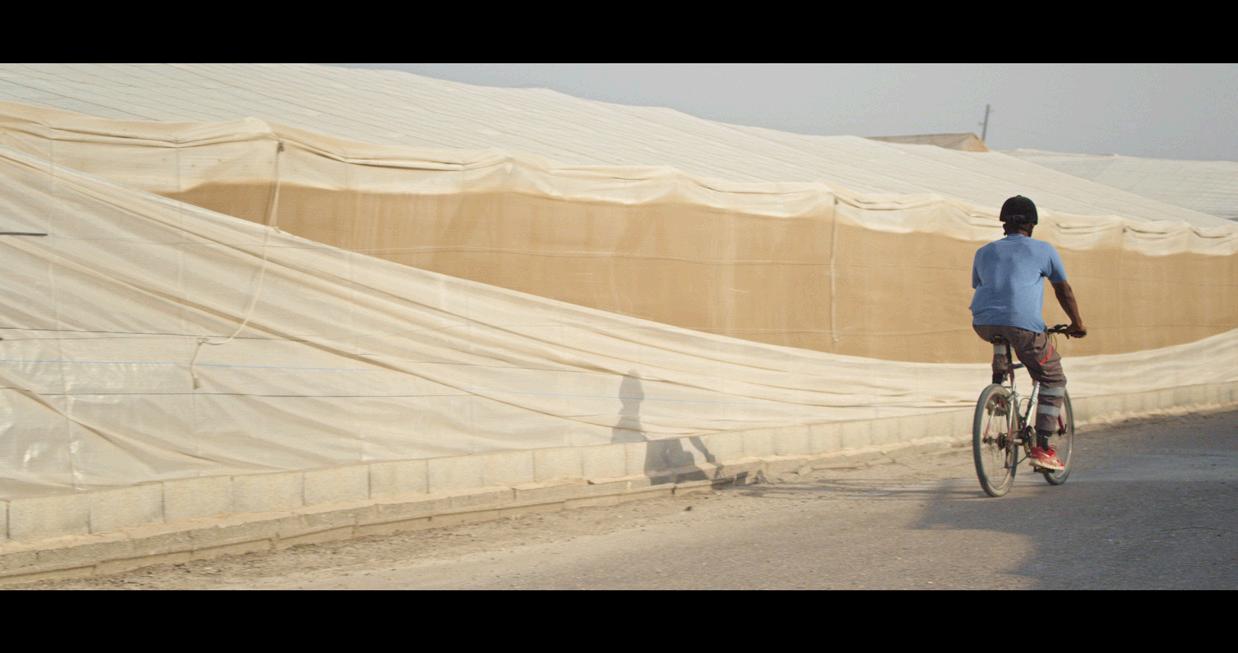
/ sixth edition
2020 sesta edizione
180
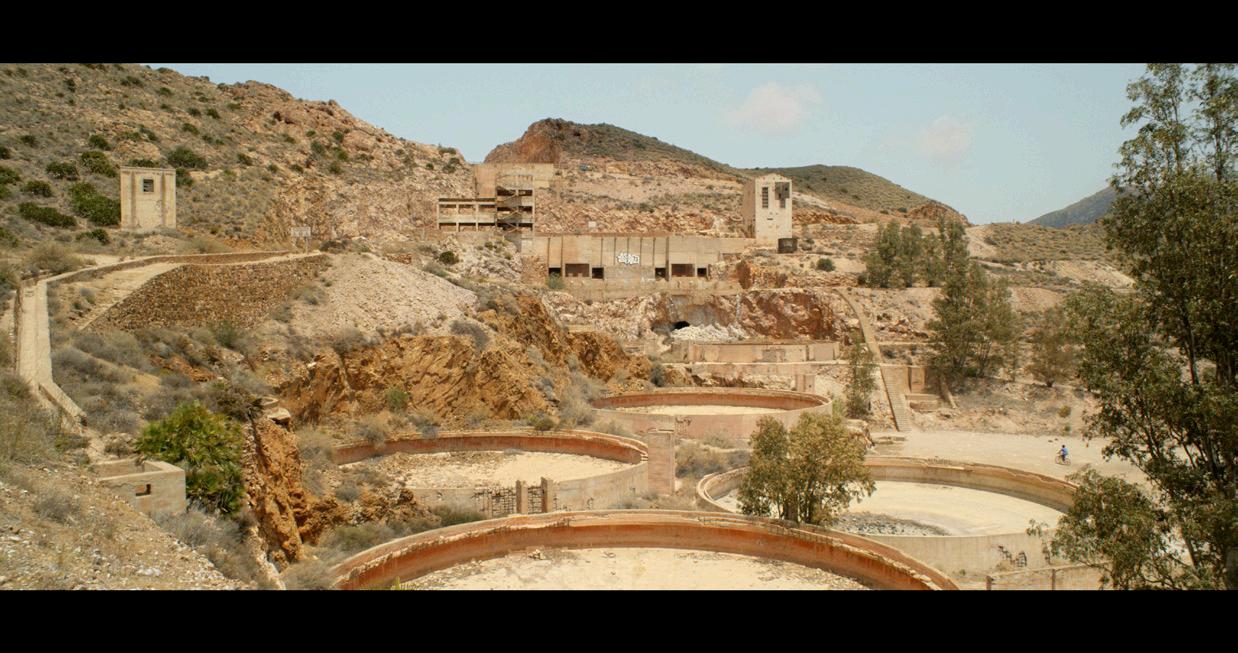
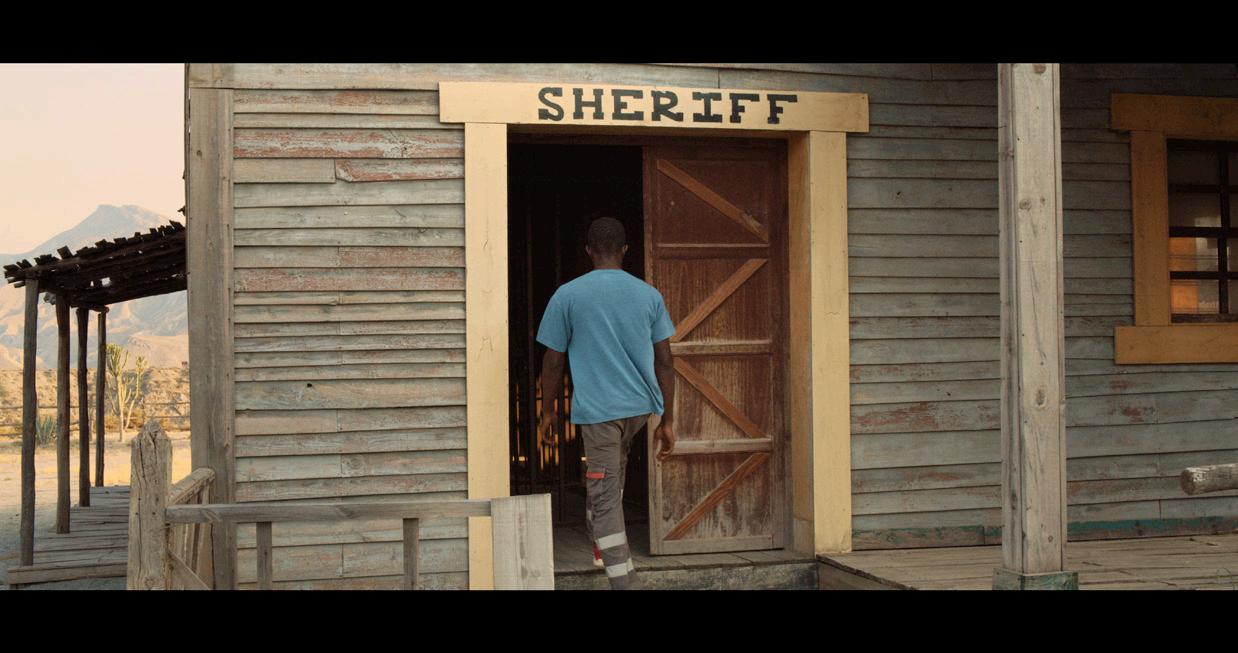
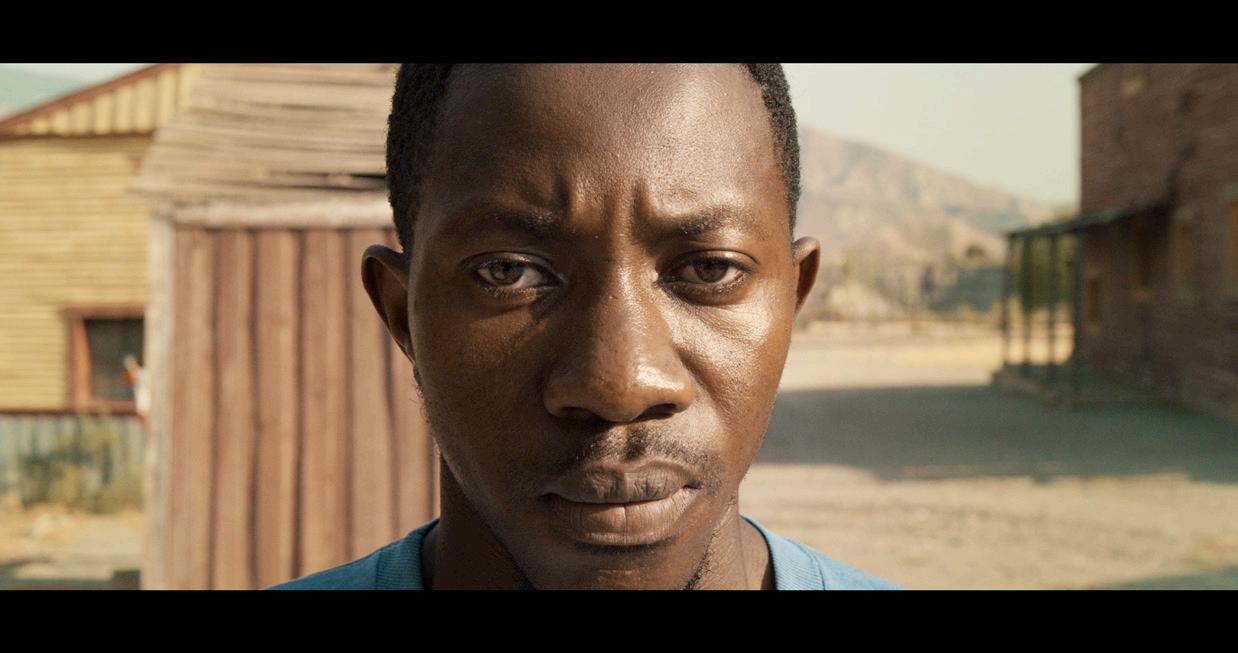
181
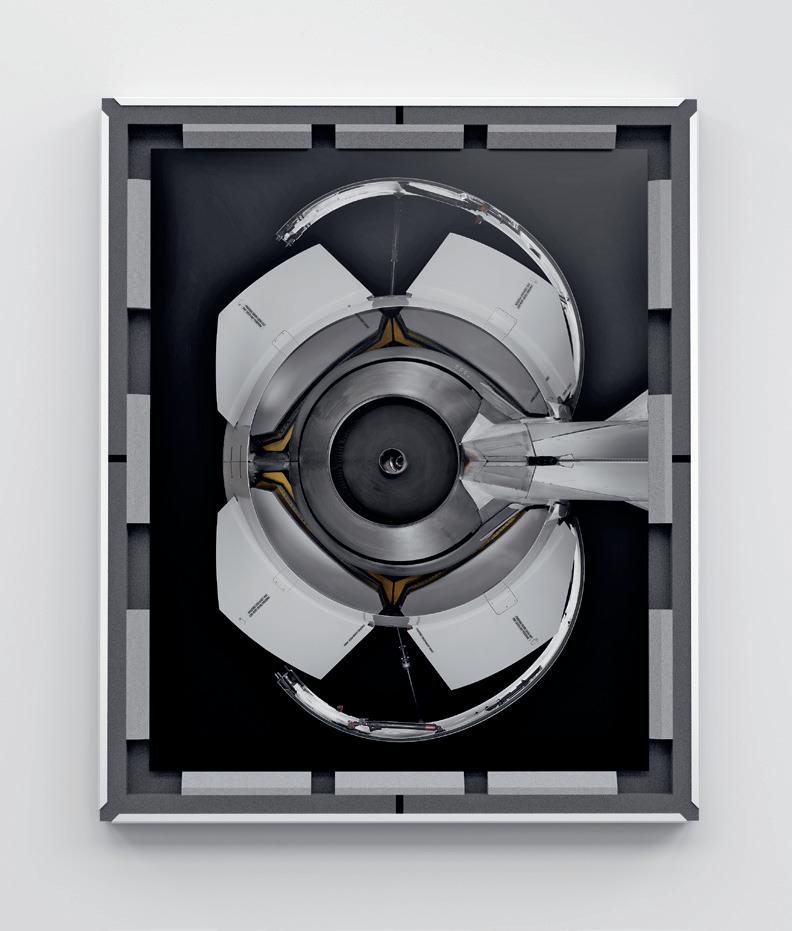
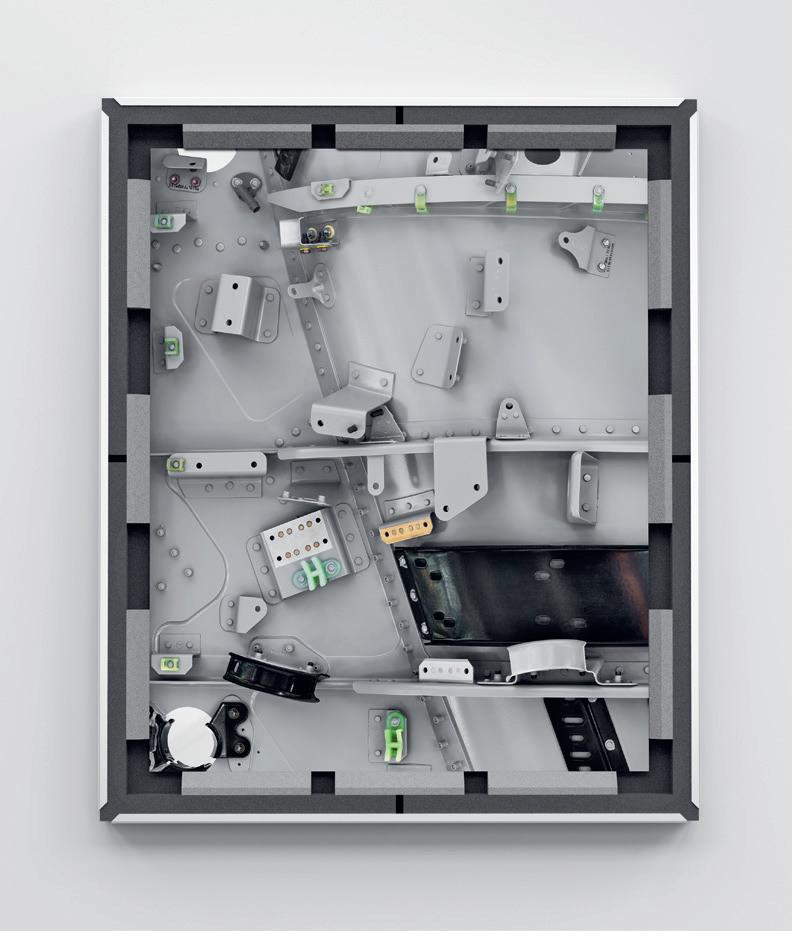
/ sixth edition
2020 sesta edizione
Maxime Guyon Aircraft, 2020
182
Stampa inkjet / Inkjet print, 104 × 86 cm
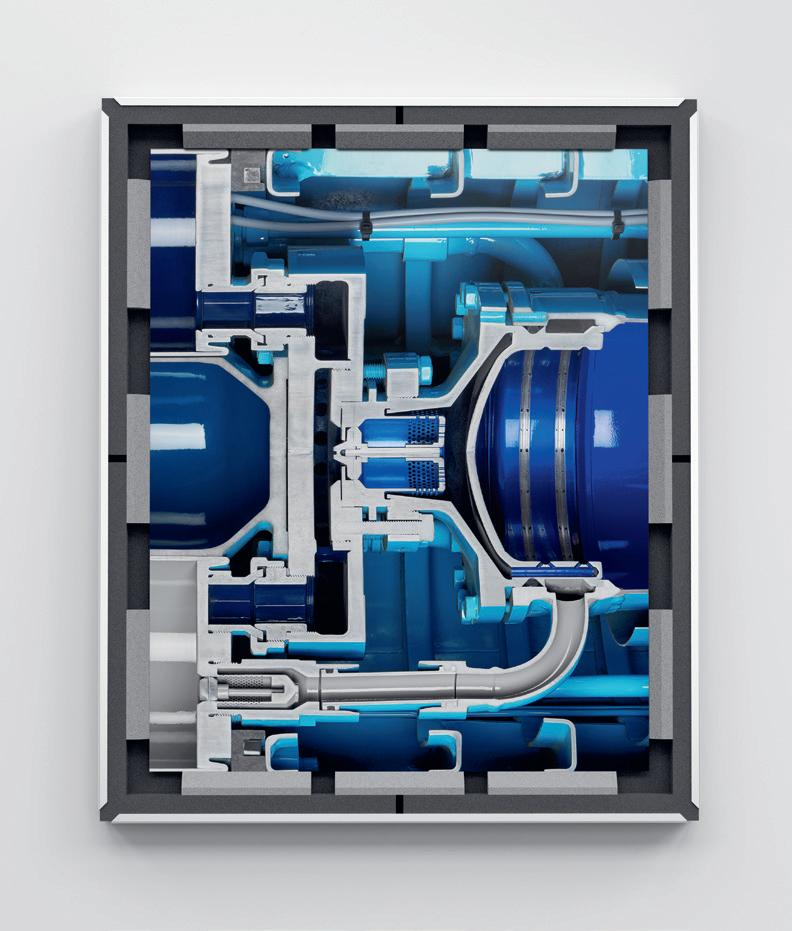
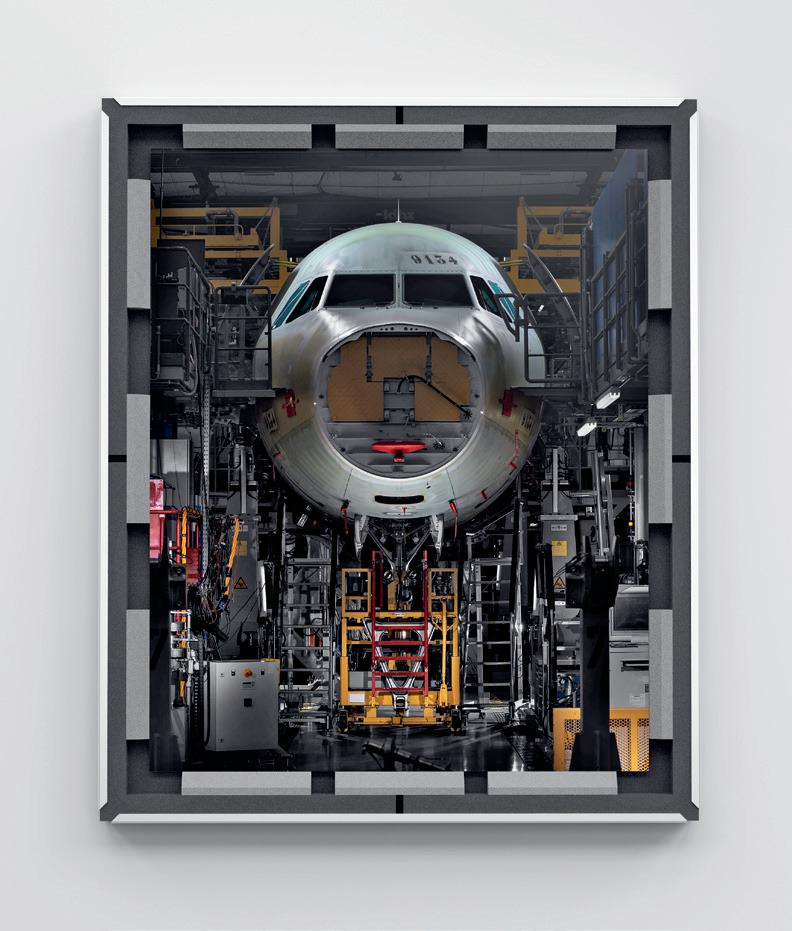
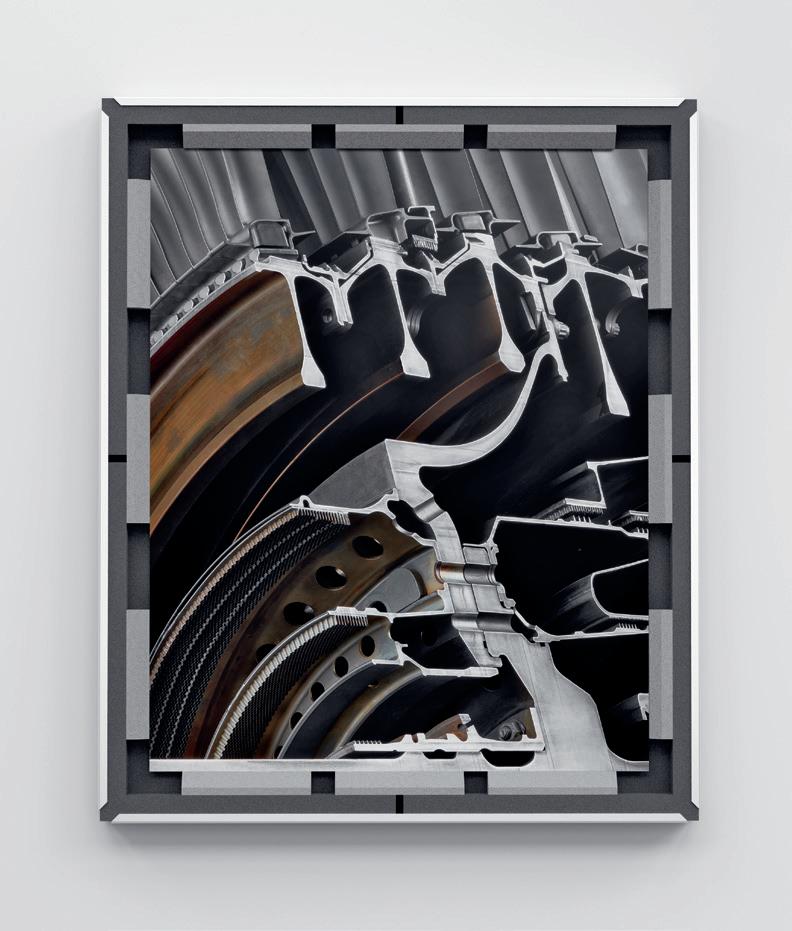
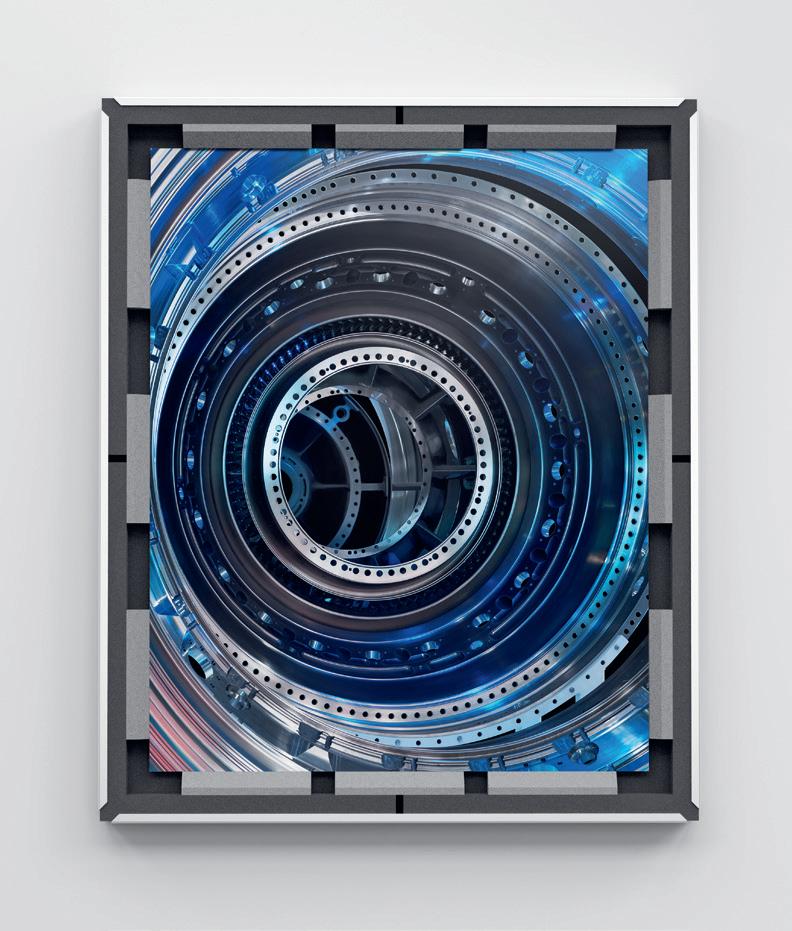
183
Aapo Huhta
Sorrow? Very Unlikely, 2020
Stampa a pigmenti, dimensioni varie / Pigment print, dimensions variable
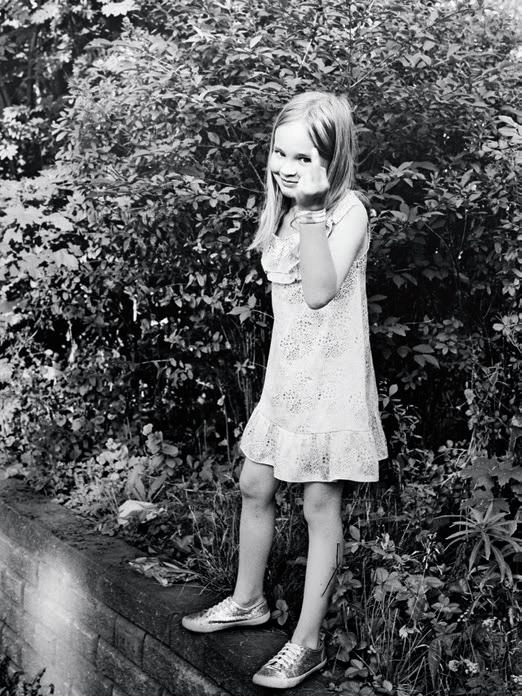
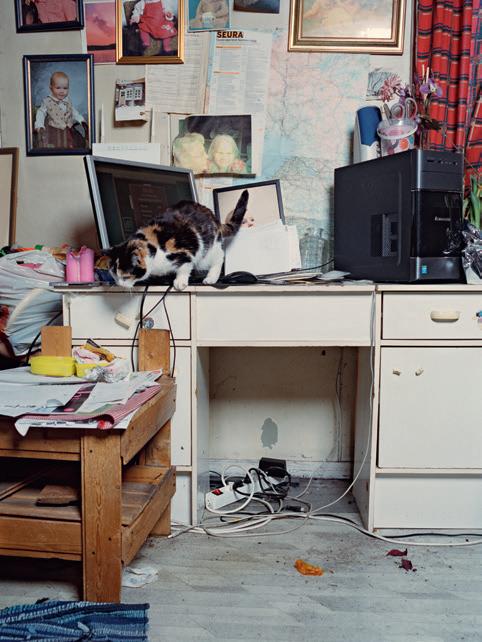
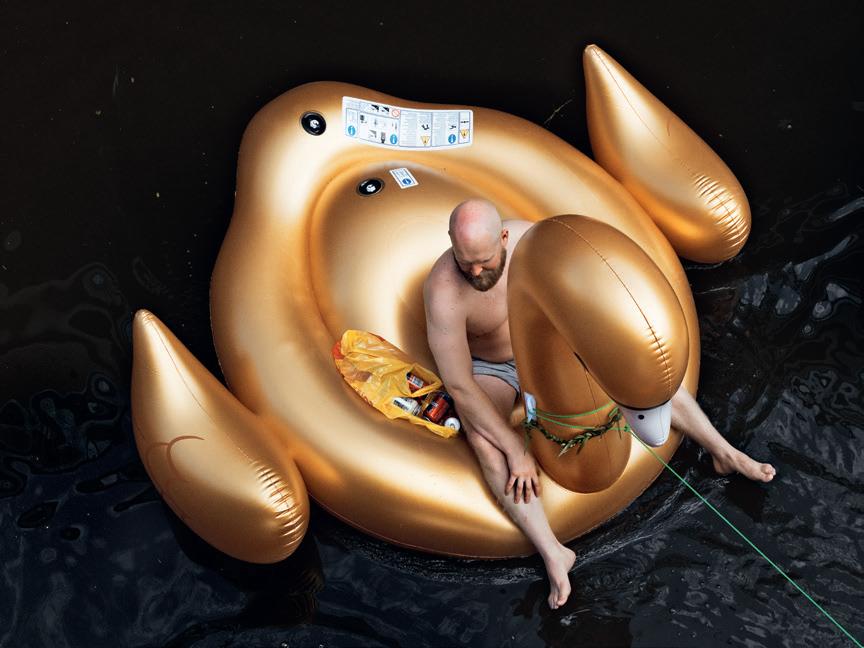
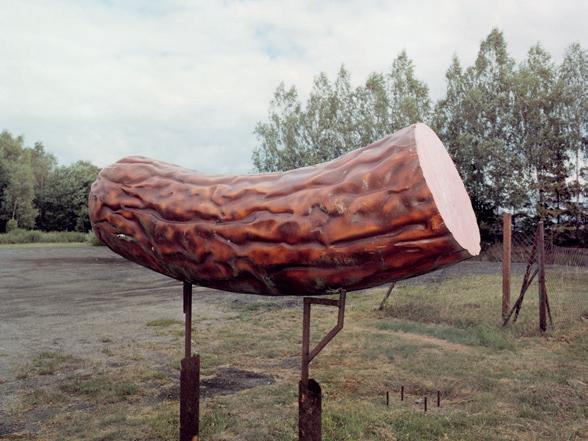
2020 sesta edizione / sixth edition
184
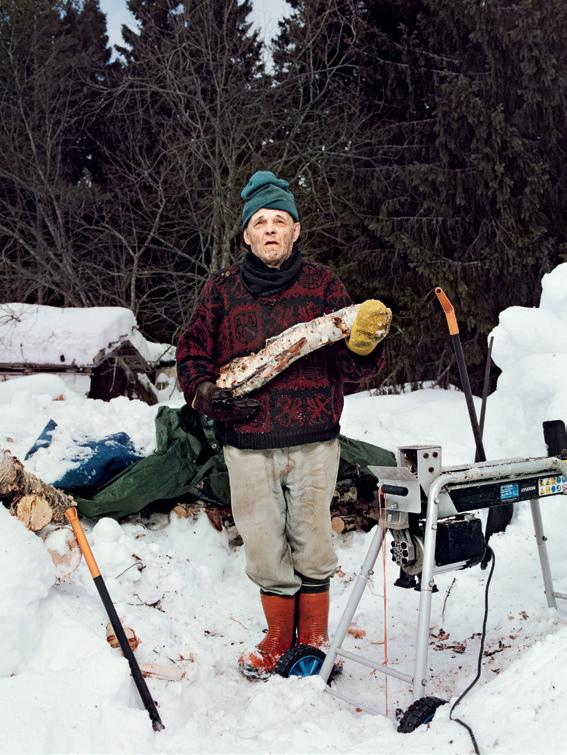
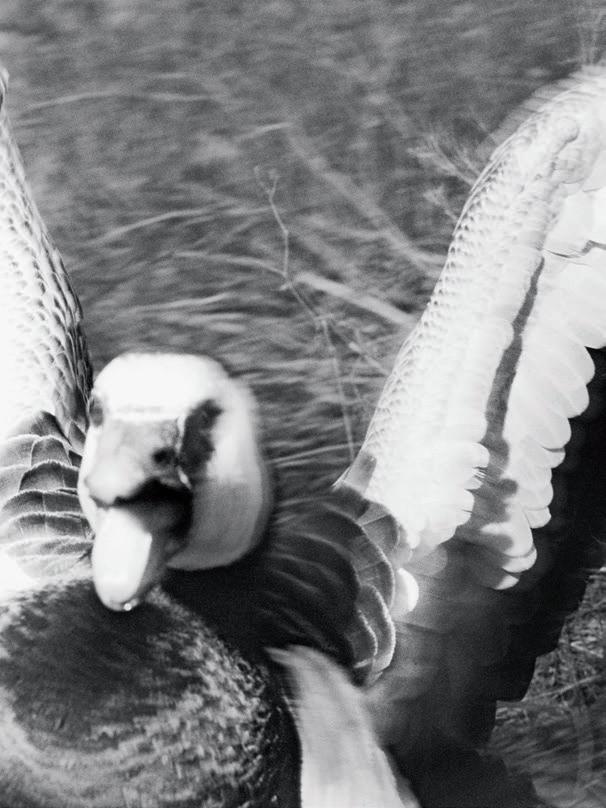
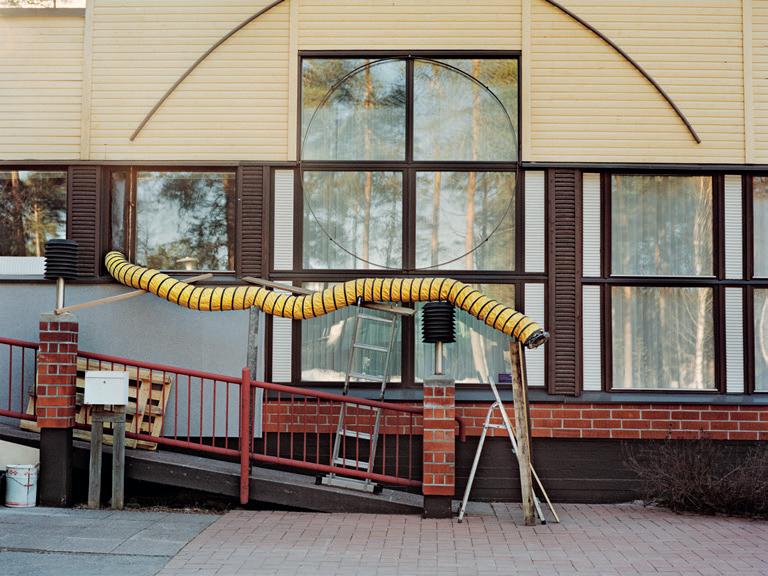
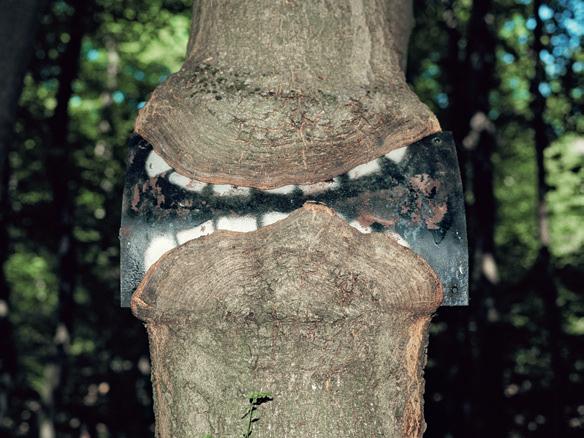
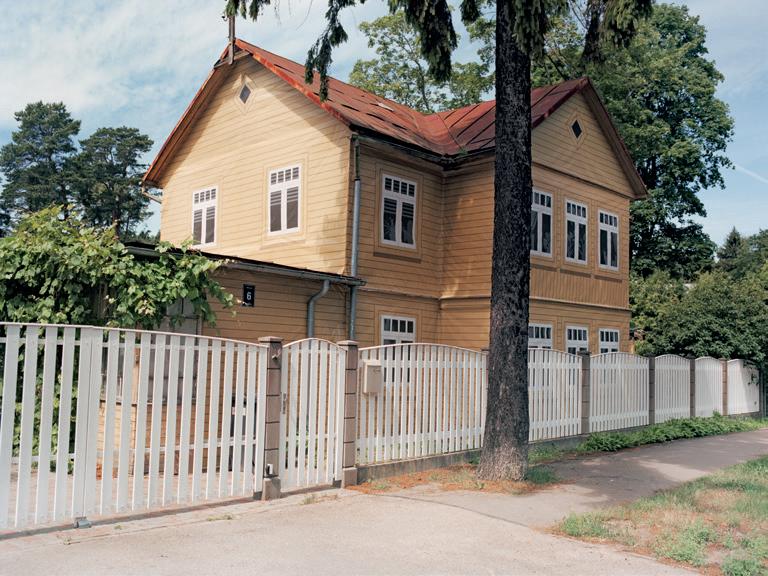
185
Pablo López Luz
Baja Moda, 2019
Stampa inkjet / Inkjet print, 30 × 40 cm
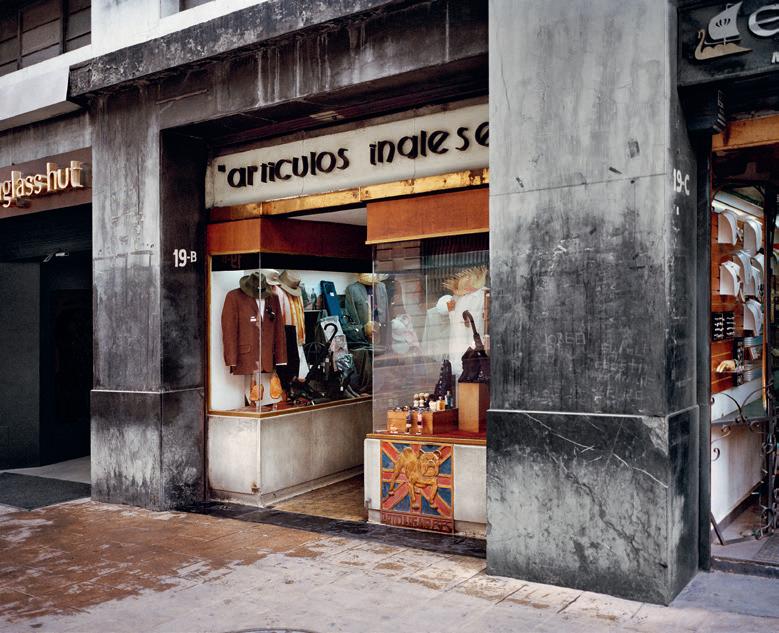
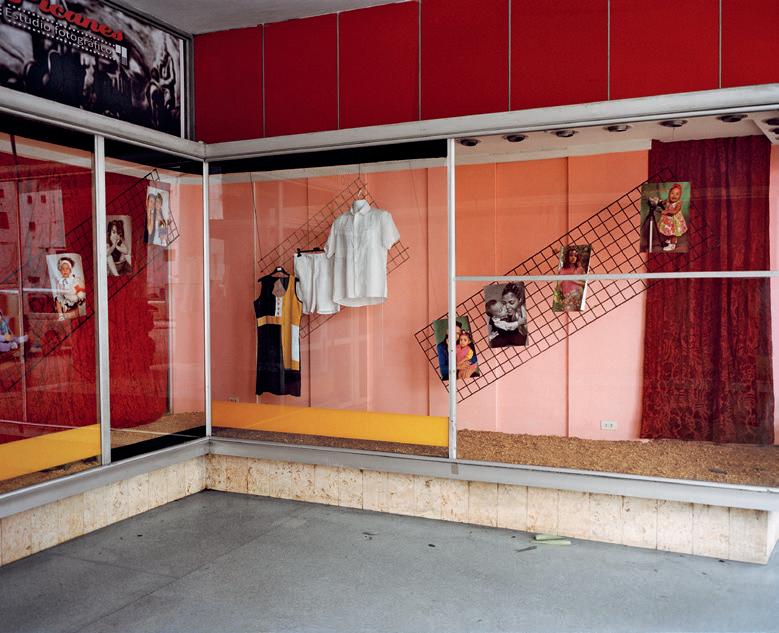
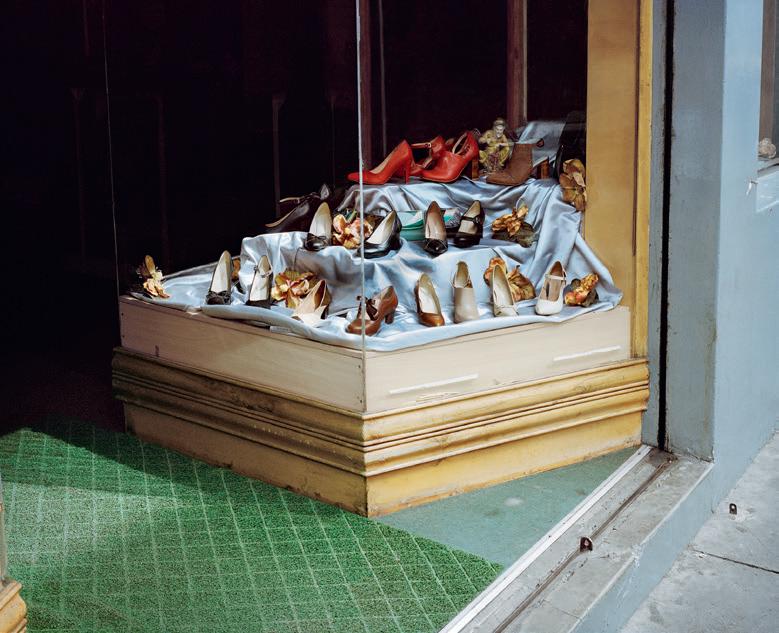
2020 sesta edizione / sixth edition
186
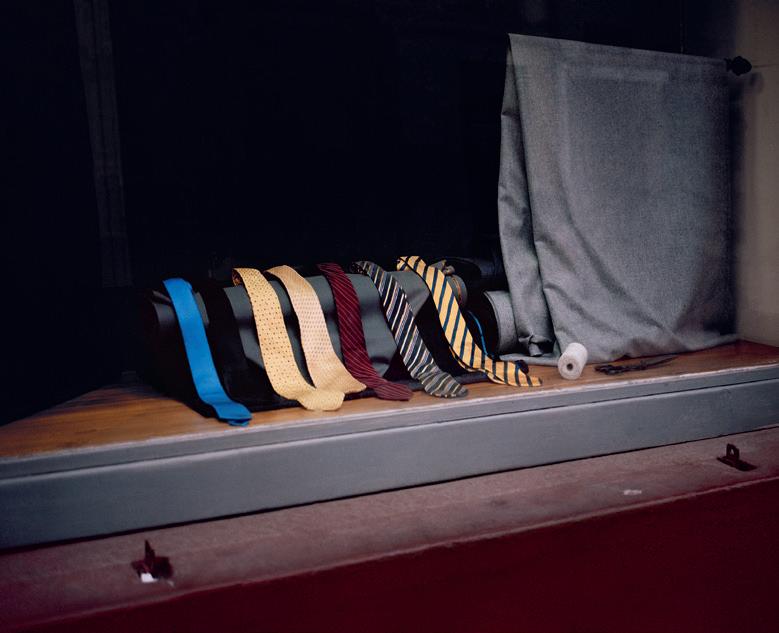
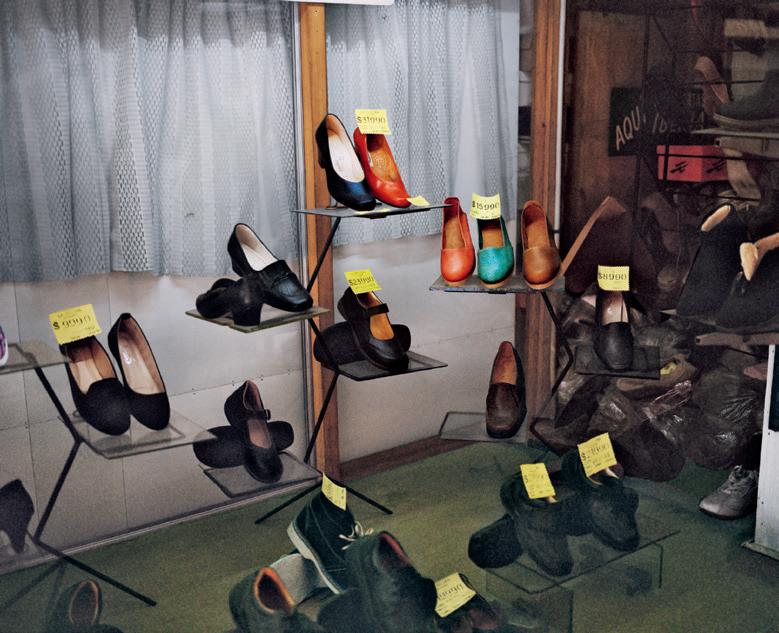
187
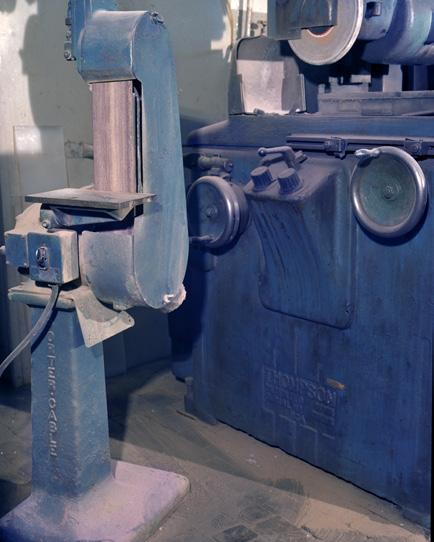
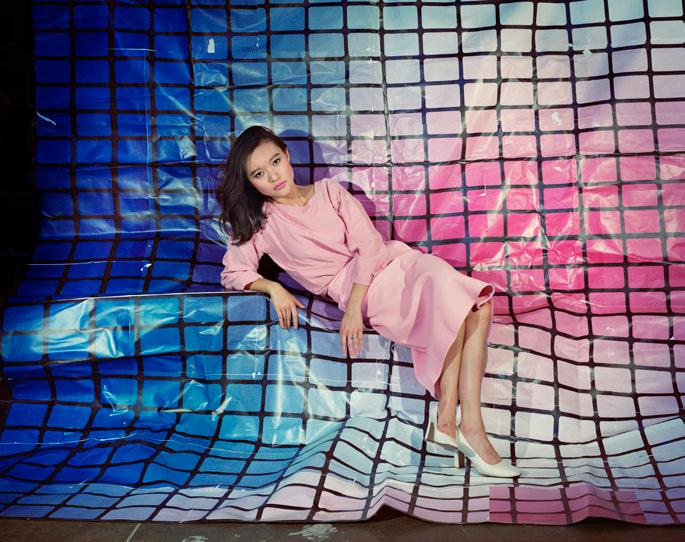
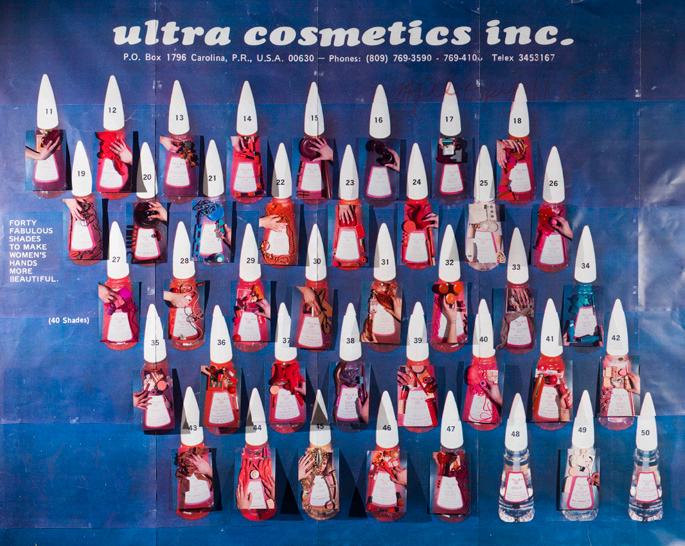
2018 quinta edizione / fifth edition
188
Sara Cwynar (Winner) Colour Factory, 2017 Stampa a pigmenti, dimensioni varie / Pigment print, dimensions variable
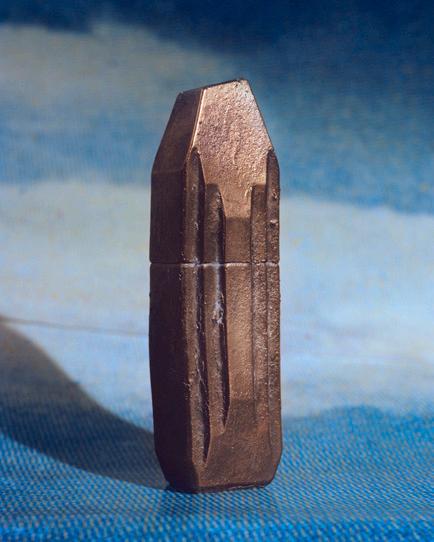
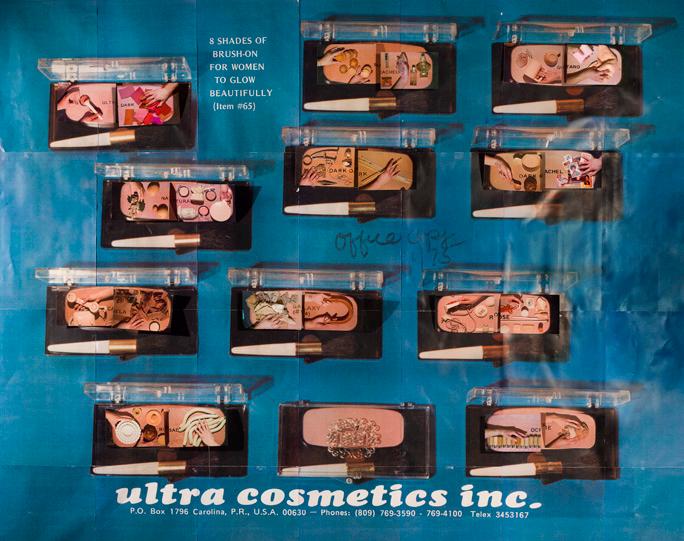


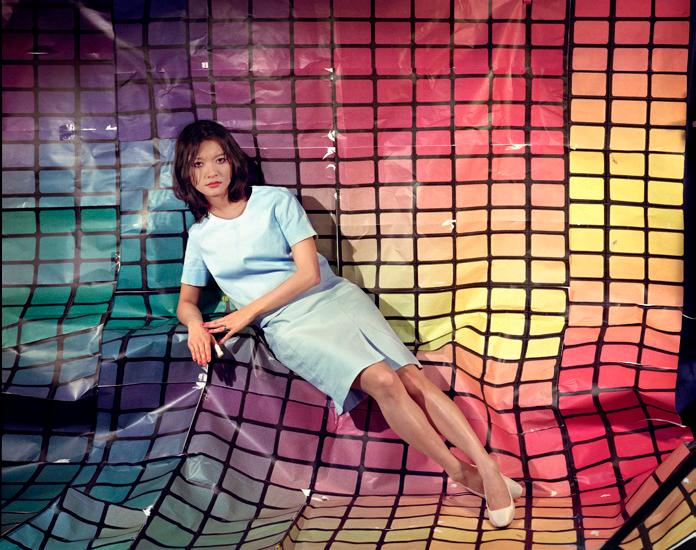
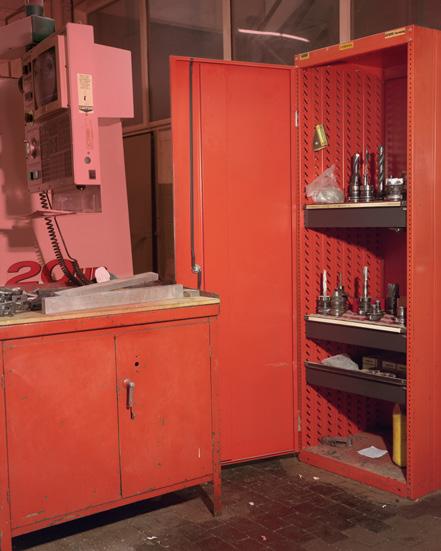
189
2018 quinta edizione / fifth edition
Sohei Nishino (Winner)
Il Po, 2017
Stampa light jet, 8 parti / Light jet print, 8 parts, 117 × 723 cm

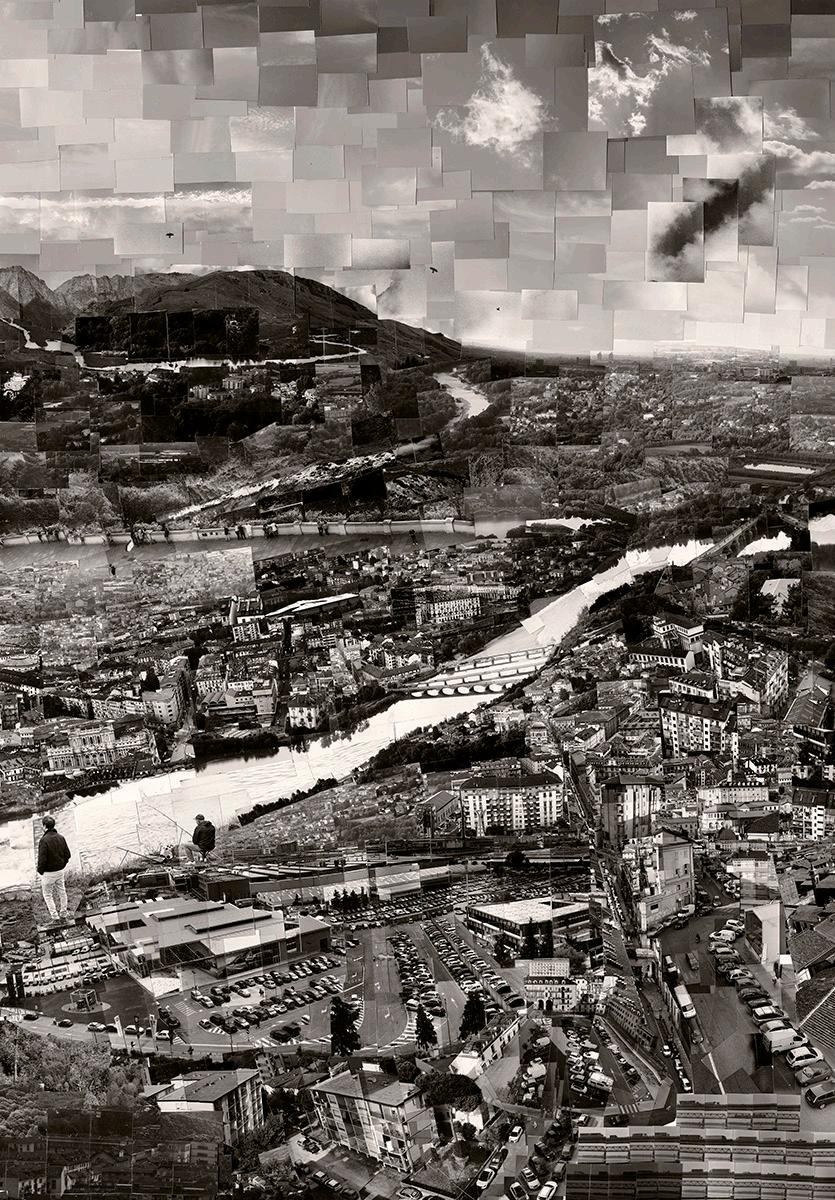
190

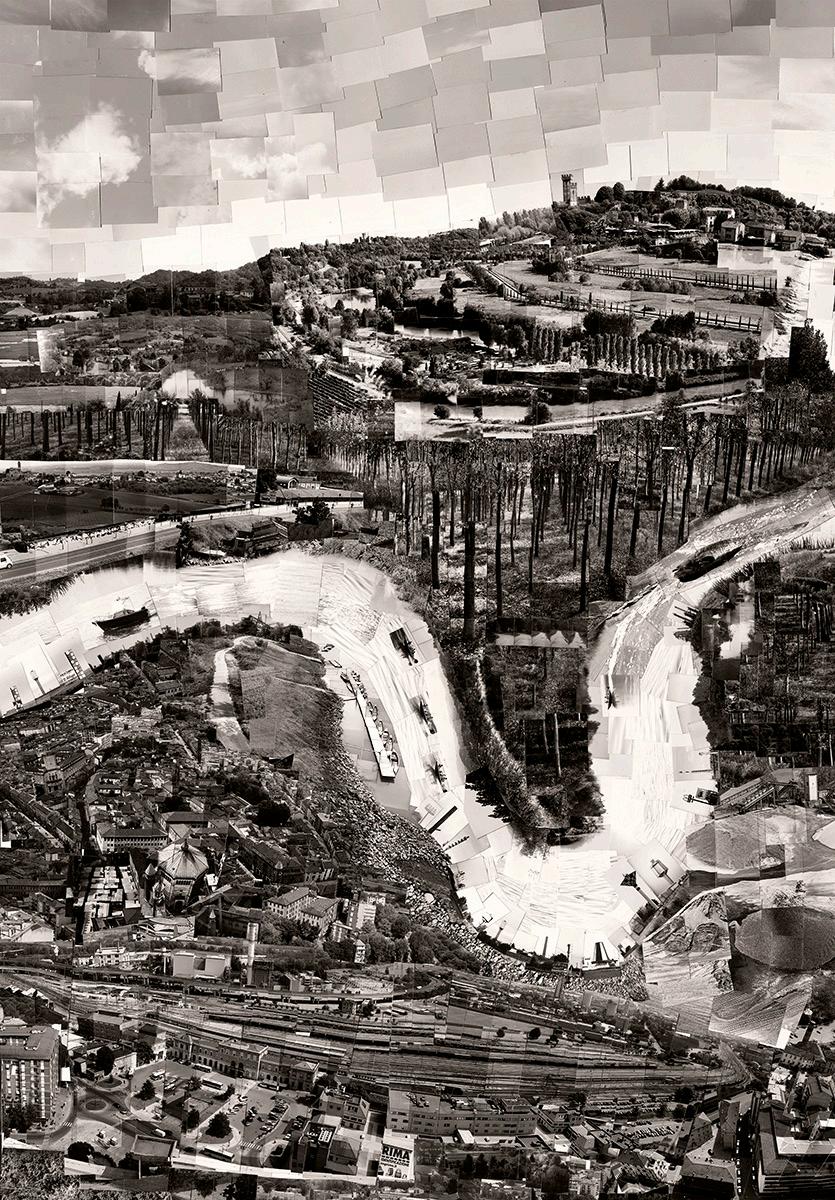
191

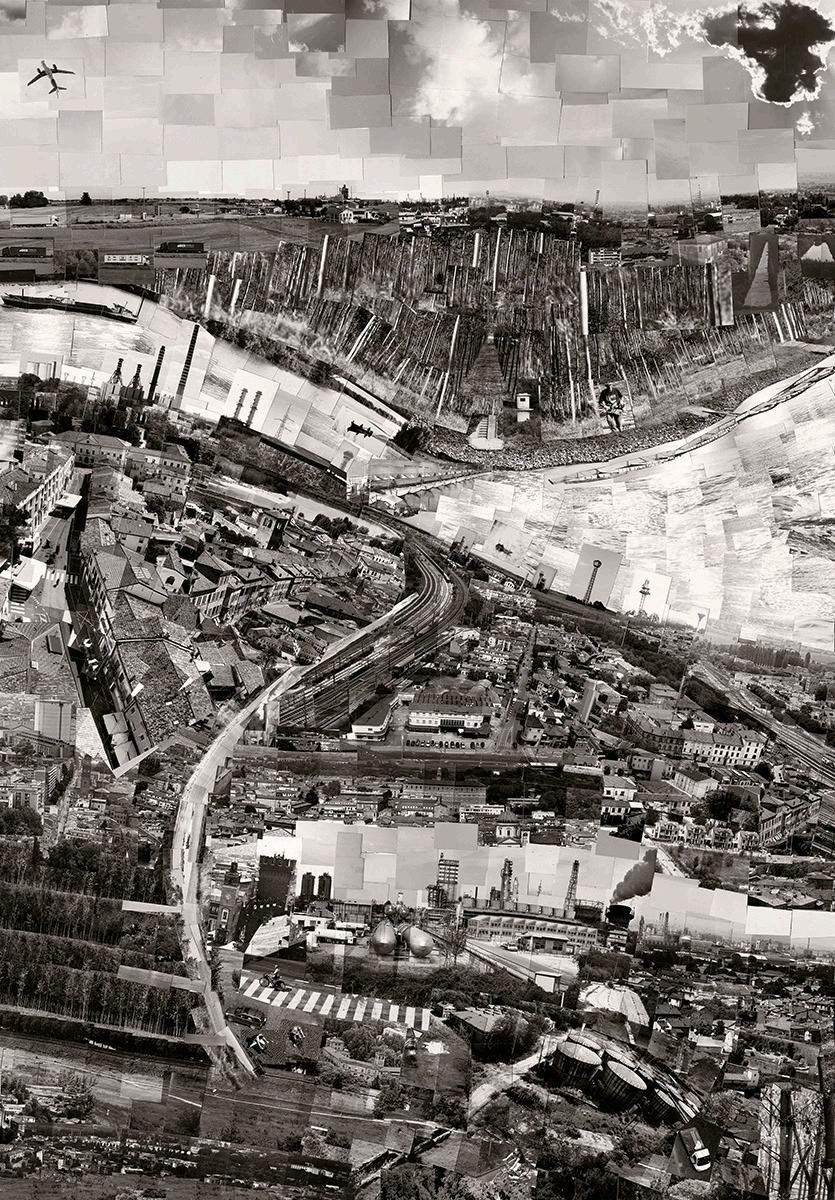
2018 quinta edizione / fifth edition 192
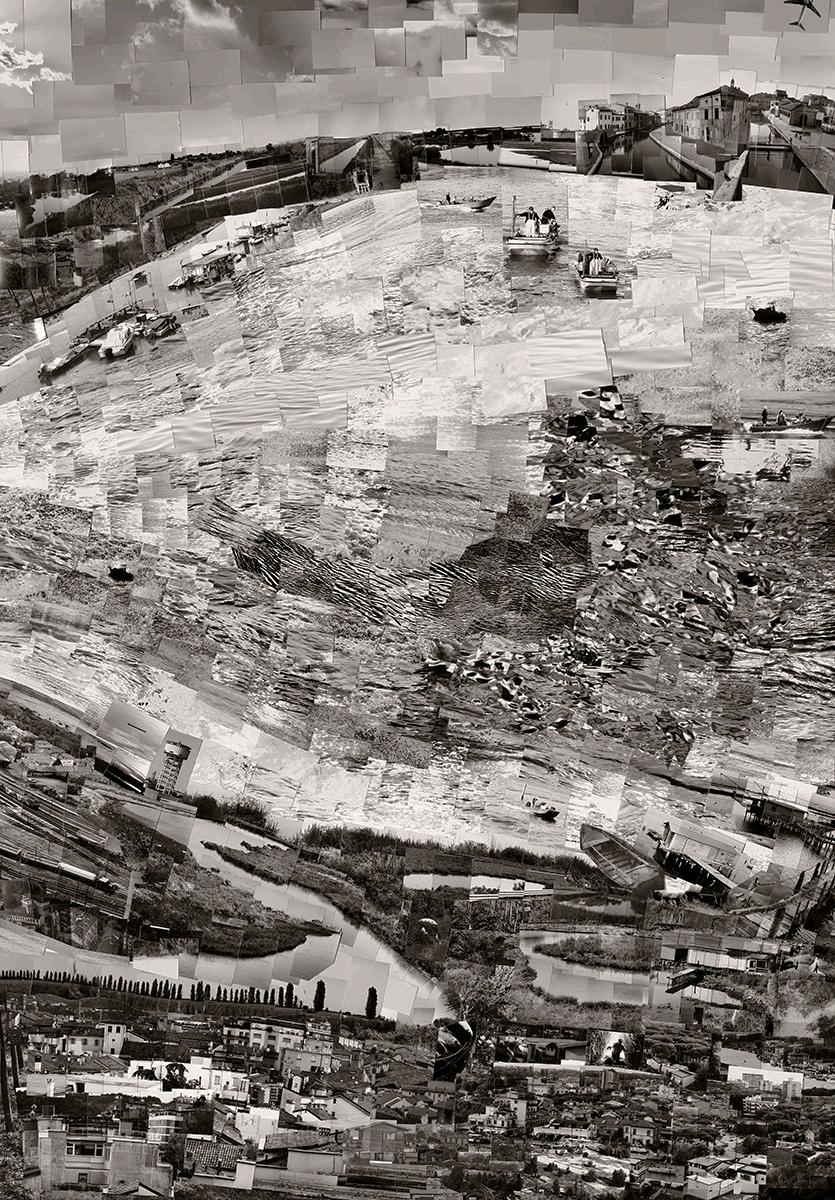
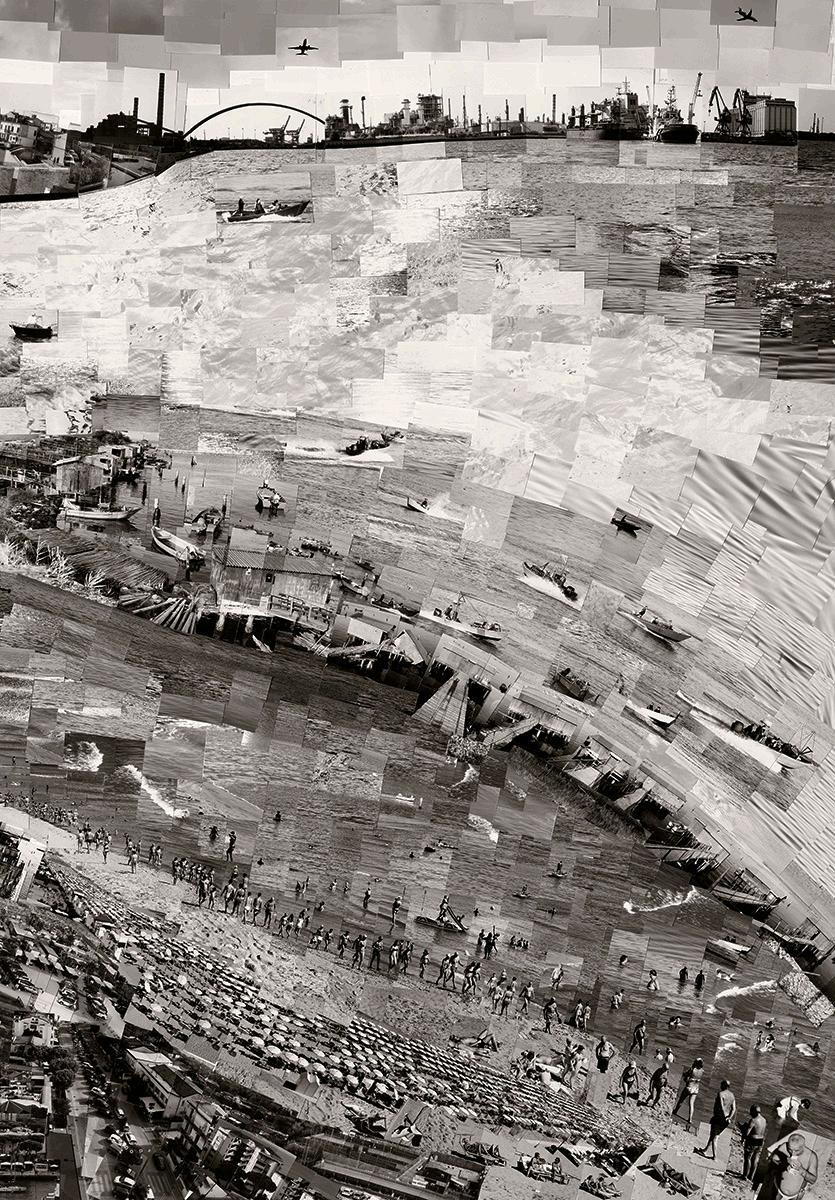
193
2018 quinta edizione / fifth edition
Mari Bastashevski Emergency Managers, 2017 Stampa inkjet, dimensioni varie / Inkjet print, dimensions variable

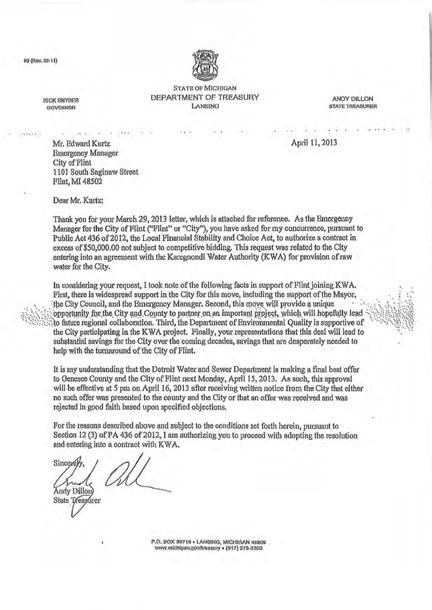
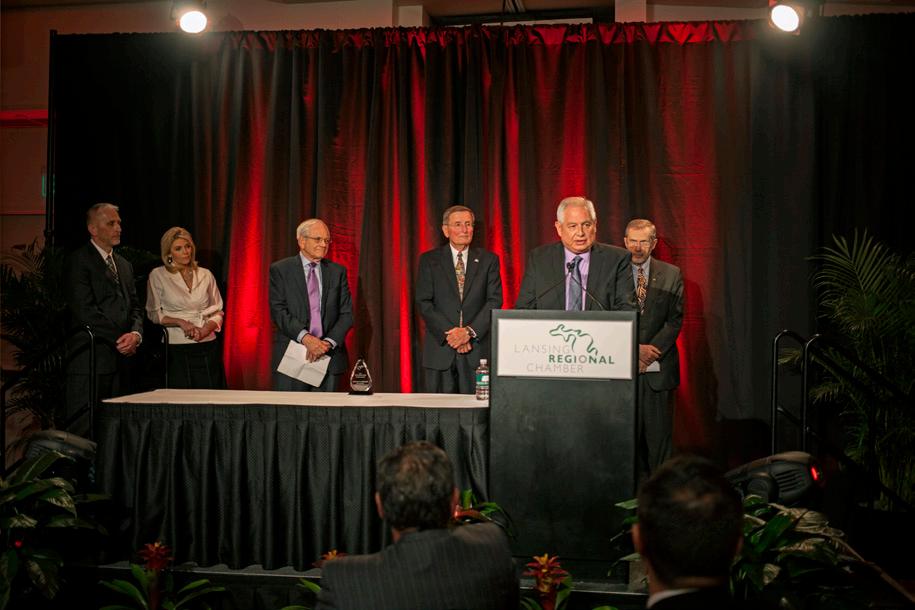
194
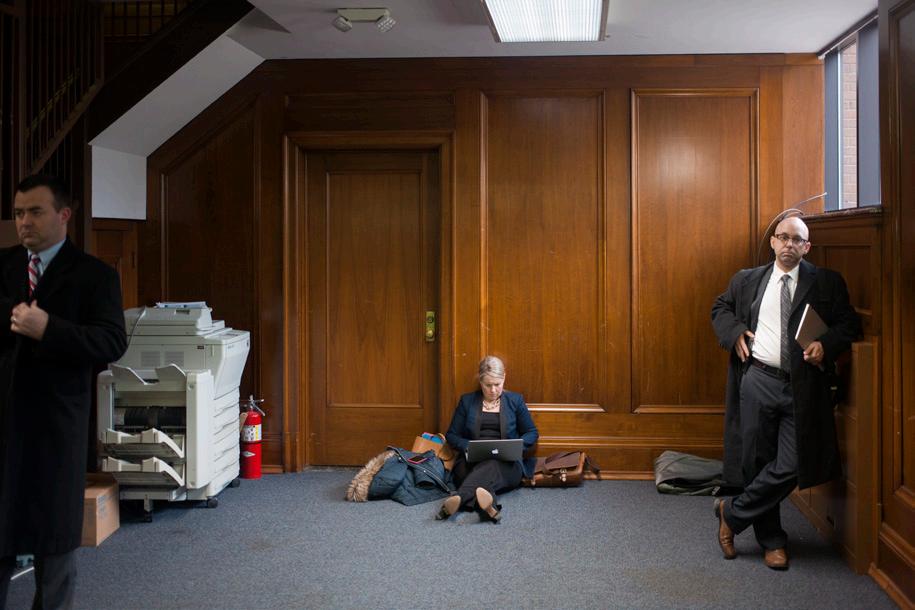


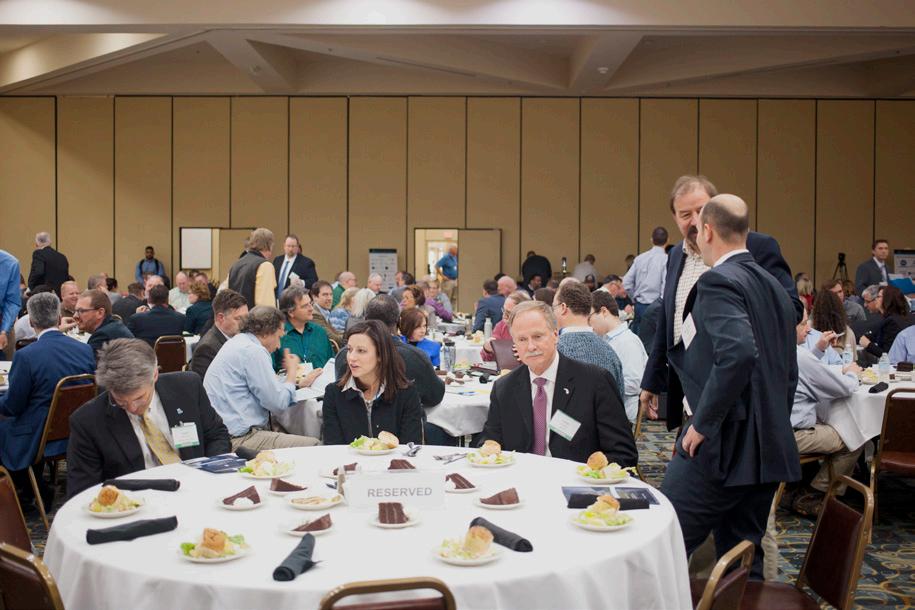
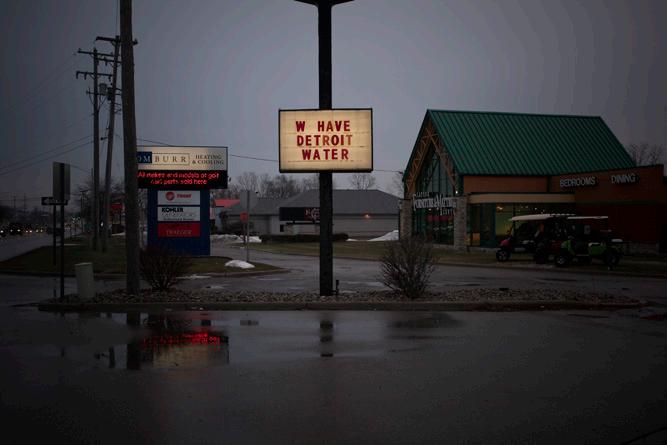
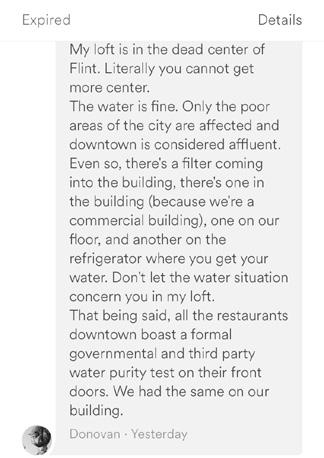
195
2018 quinta edizione / fifth edition
The Desert, 2017
Stampa inkjet, dimensioni varie / Inkjet print, dimensions variable
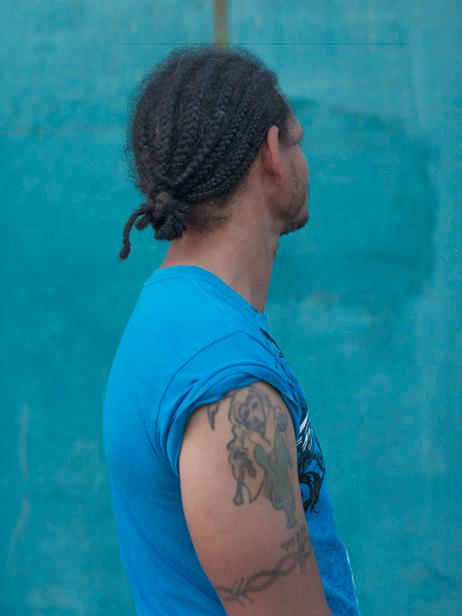

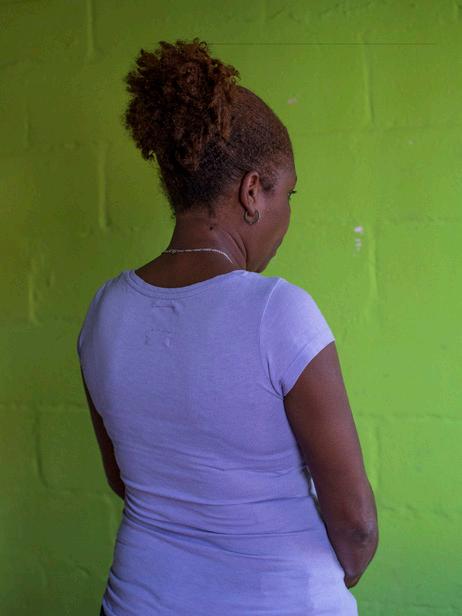 Cristóbal Olivares
Cristóbal Olivares
196


197
Óscar Monzón (Winner) Maya, 2015
Stampa inkjet, dimensioni varie / Inkjet print, dimensions variable
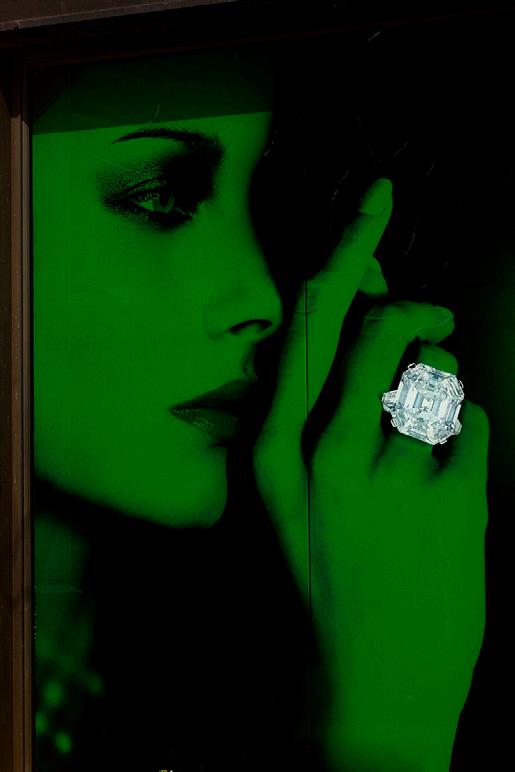
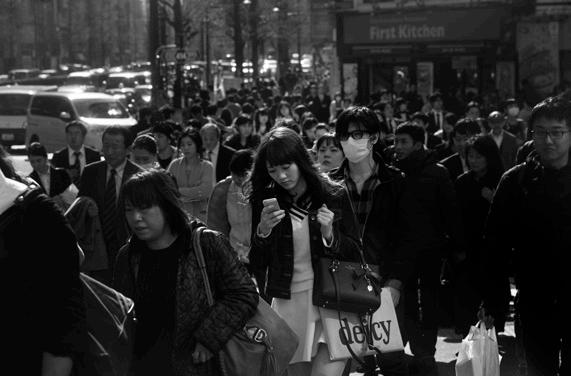
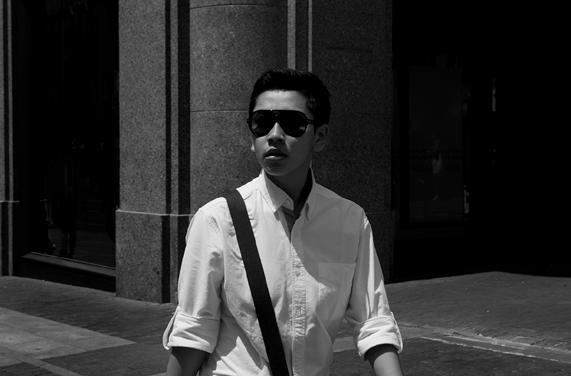
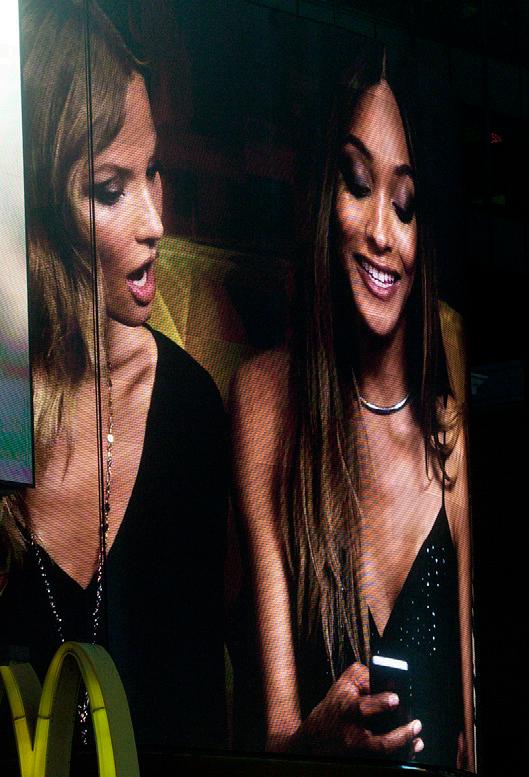
/ fourth edition
2013–2014 quarta edizione
198
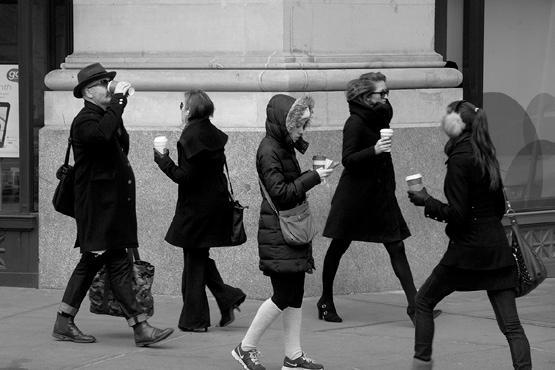
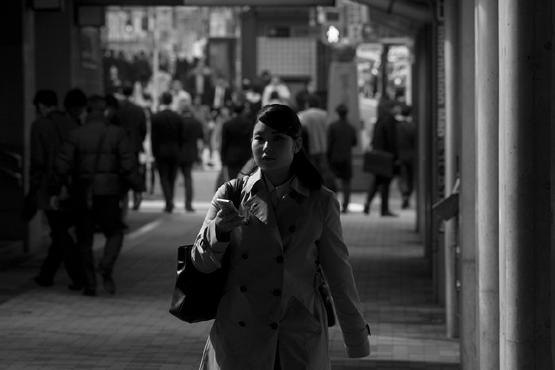
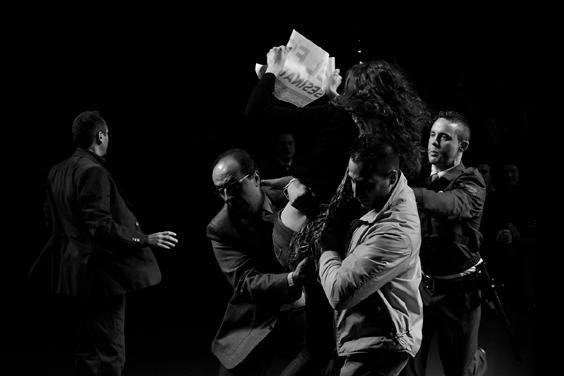
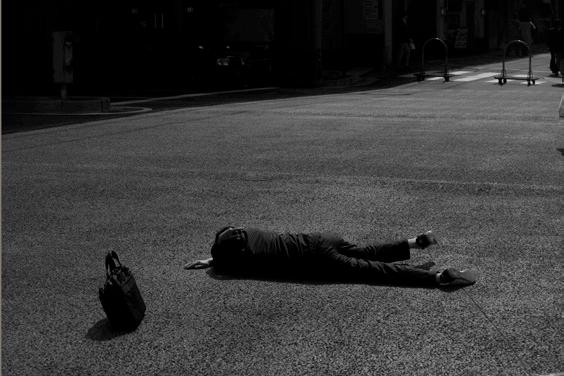
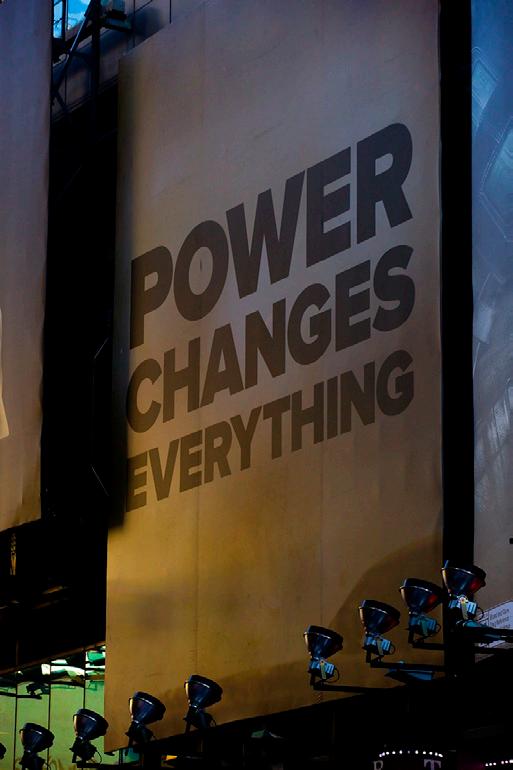

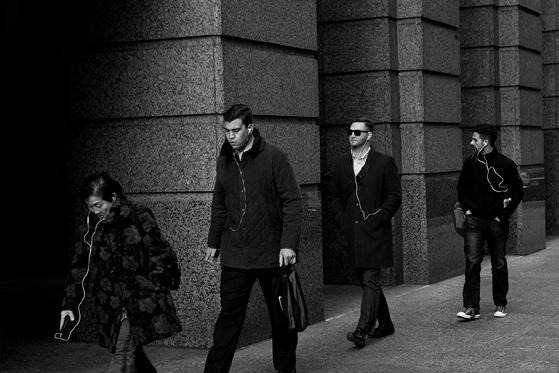
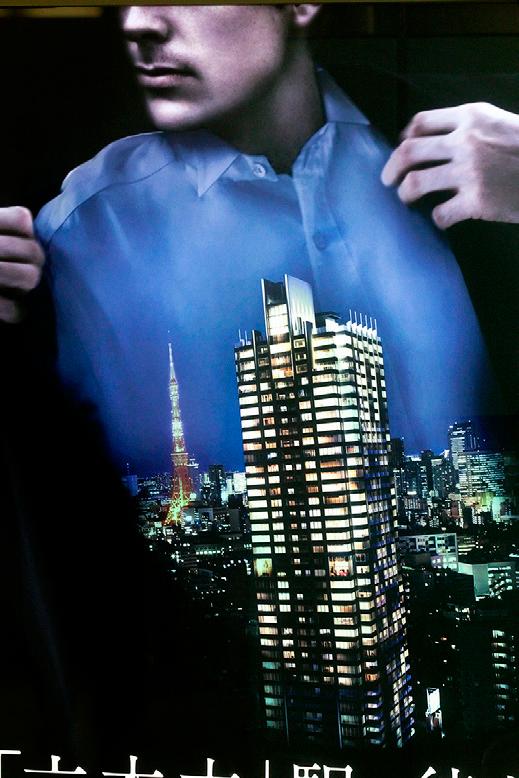
199
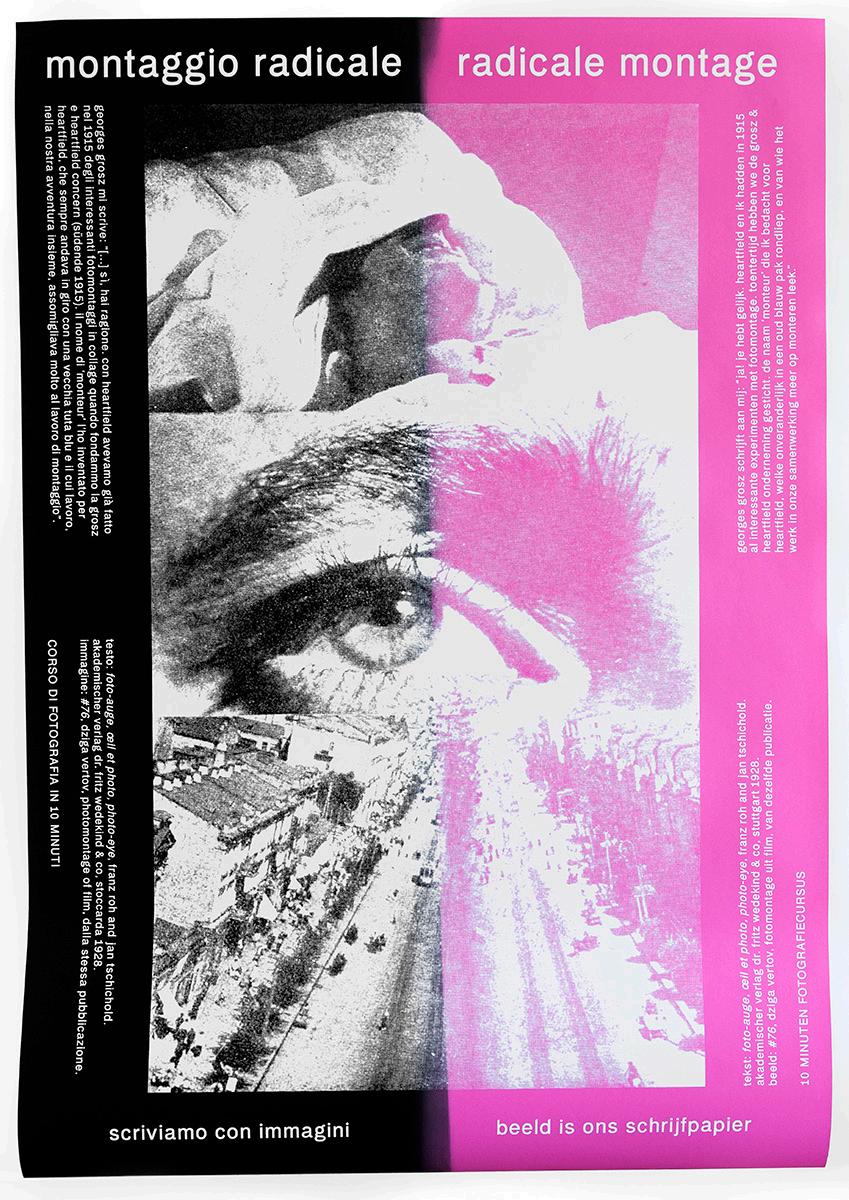
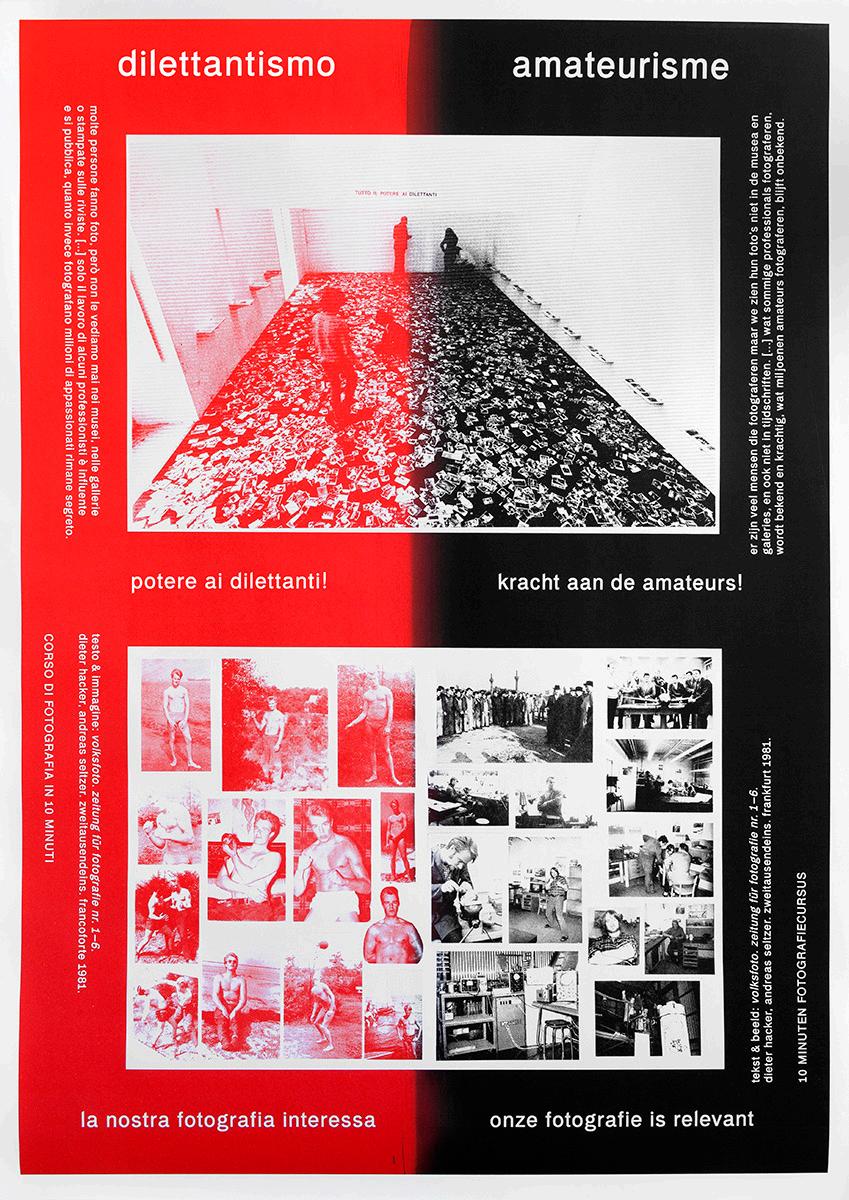
/ fourth edition 200
Marc Roig Blesa Werker 10 – Community Darkroom, 10 Minute Photography Course, 2015 Stampa serigrafica / Screen print, 125 × 90 cm
2013–2014 quarta edizione
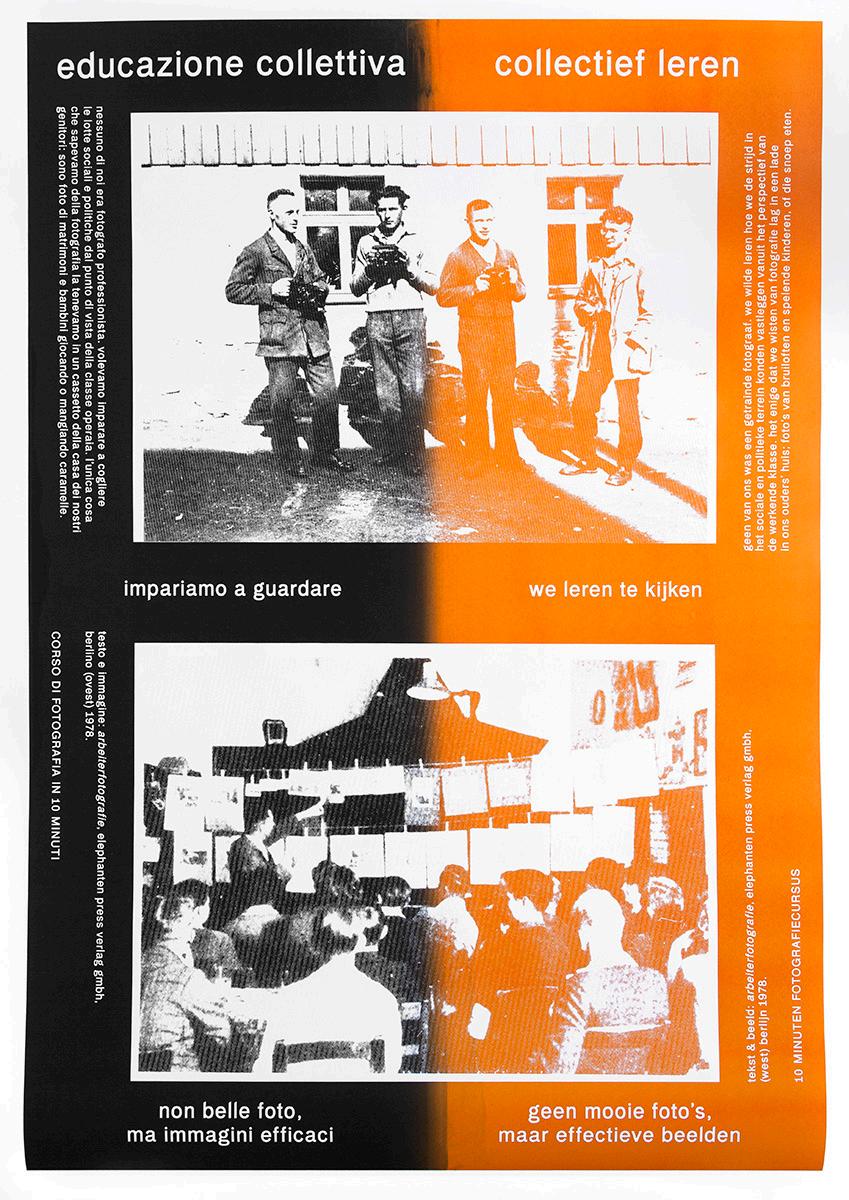
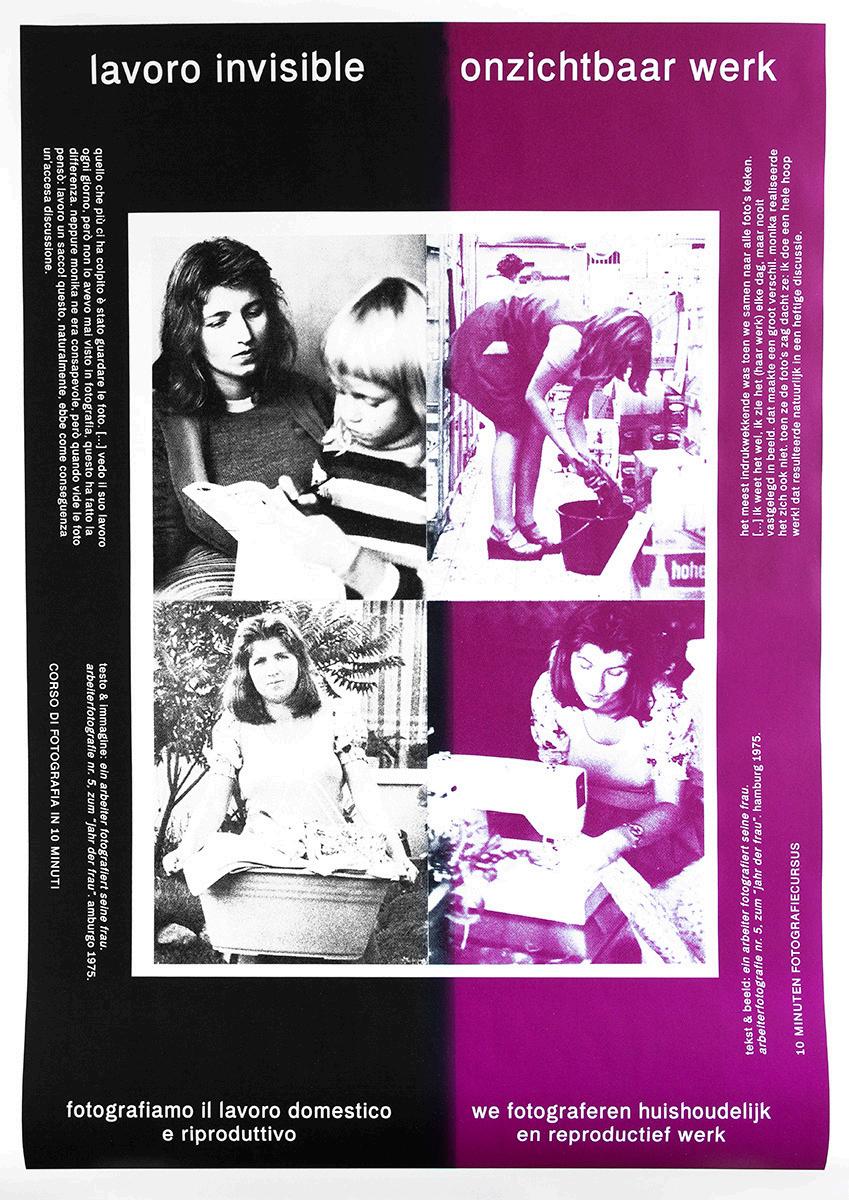
201
Madhuban Mitra & Manas Bhattacharya
Copy Shop, 2015
Stampa a pigmenti / Pigment print, 40 × 61 cm
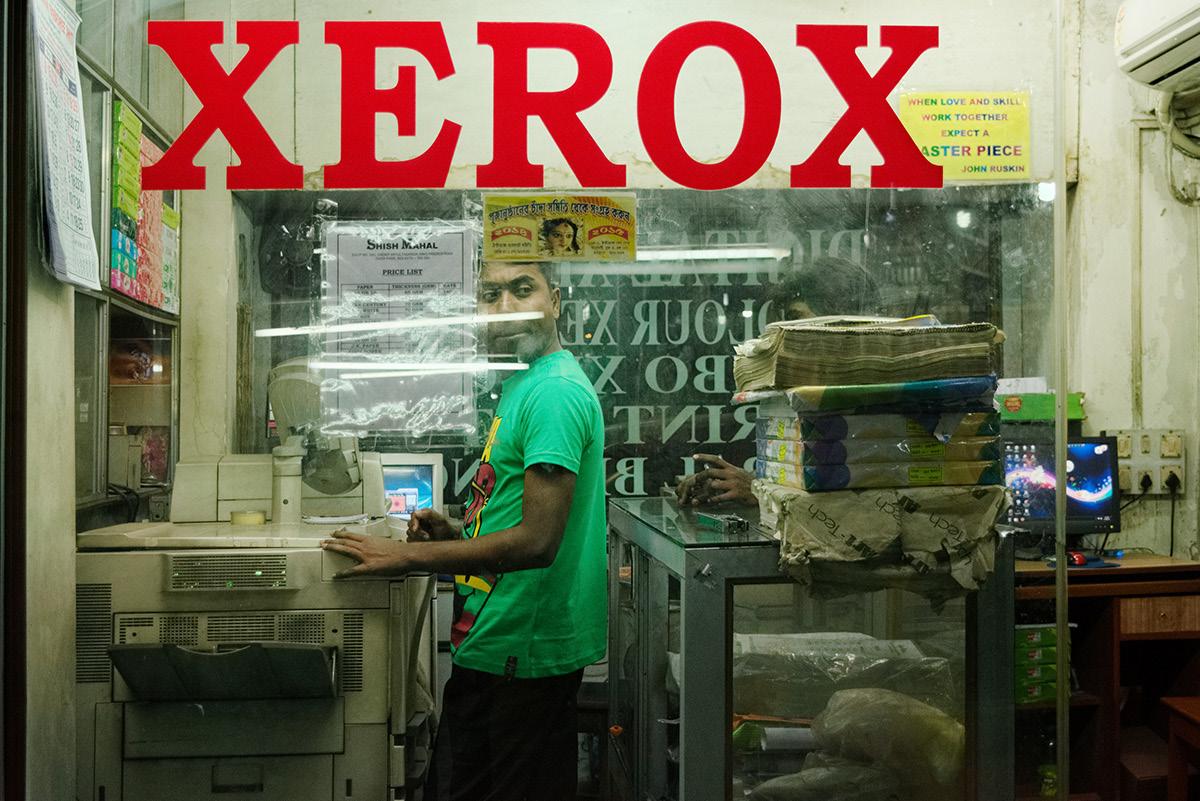
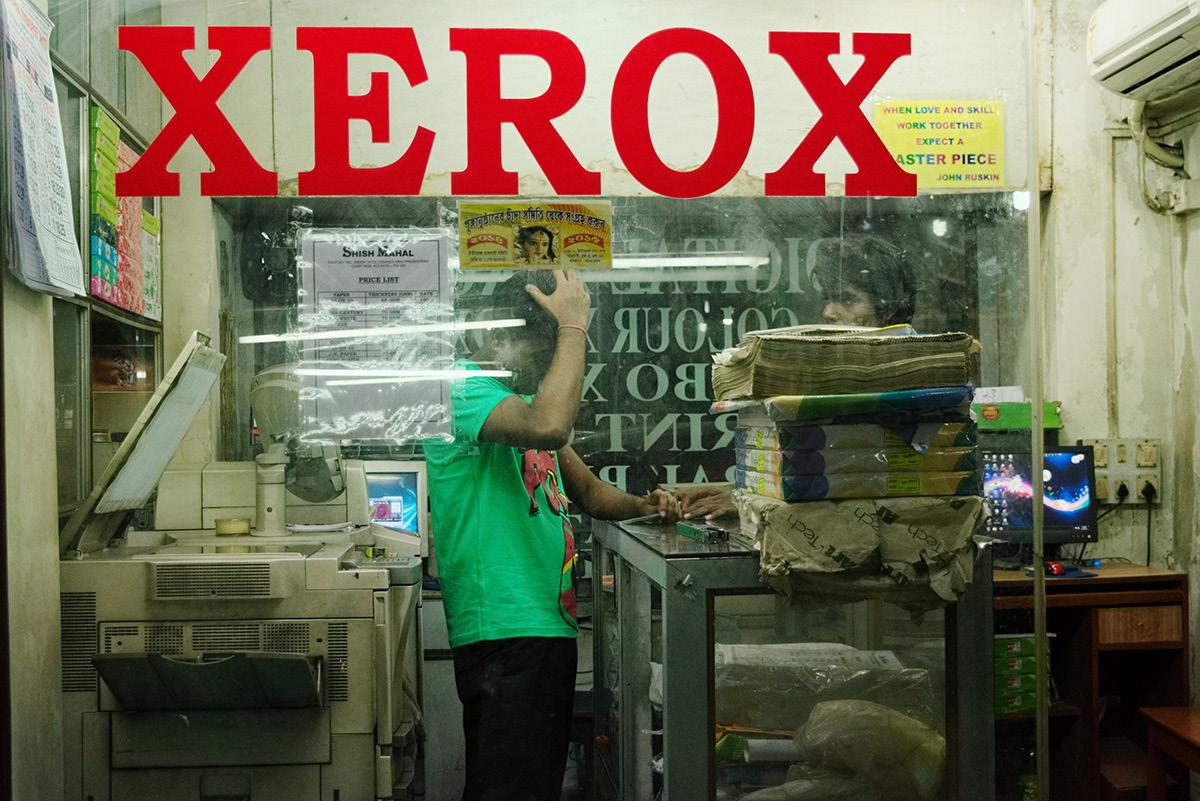
edition
2013–2014 quarta edizione / fourth
202
Copy Shop, 2015
Stampa
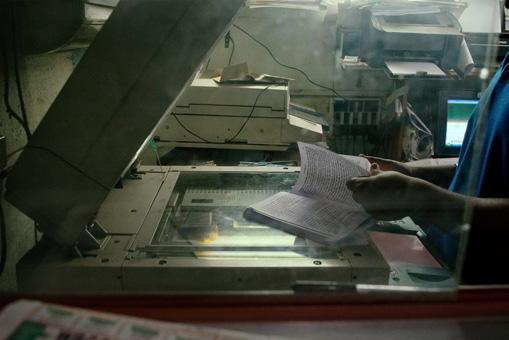


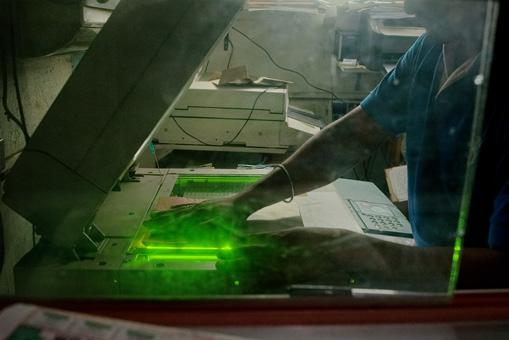
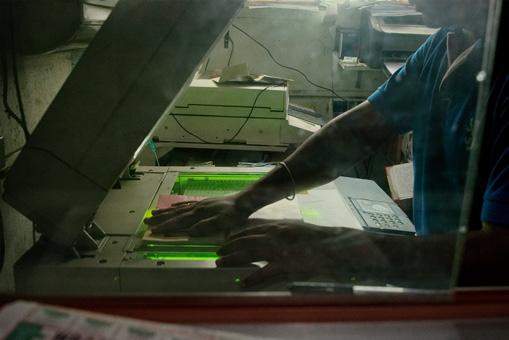
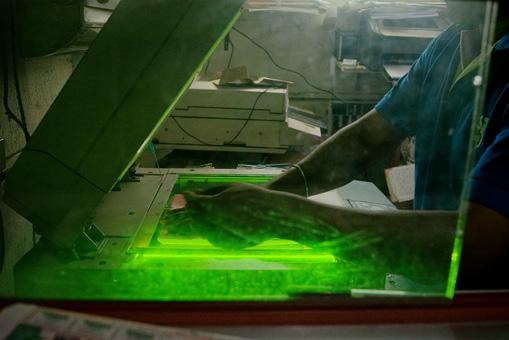

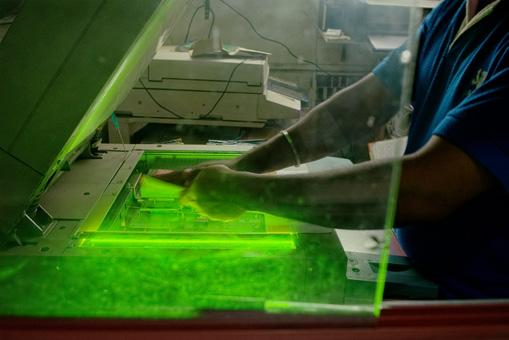
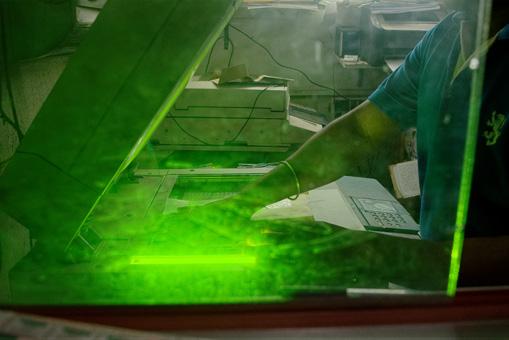
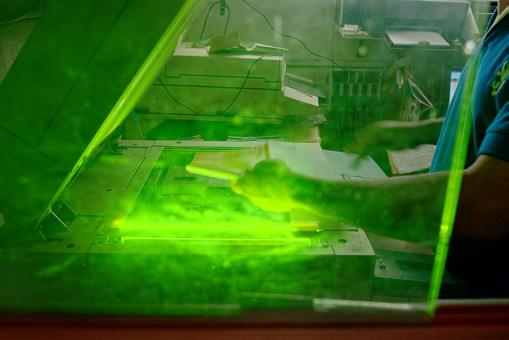
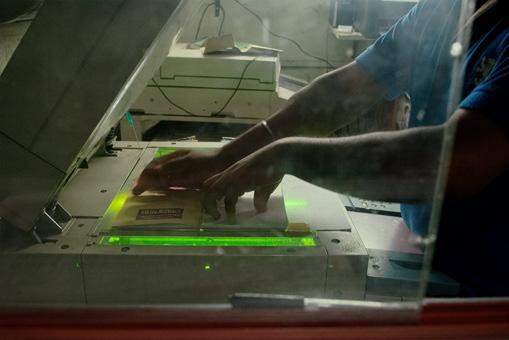
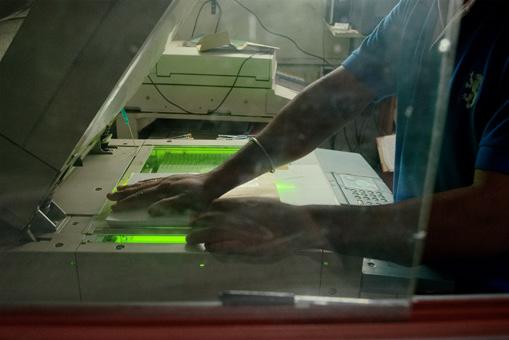
203
a pigmenti, 12 parti / Pigment print, 12 parts, 25,5 × 38 cm ciascuna / each
Raphaël Dallaporta
Reliques Avant-Gardes, 2014 dimensioni varie / dimensions variable
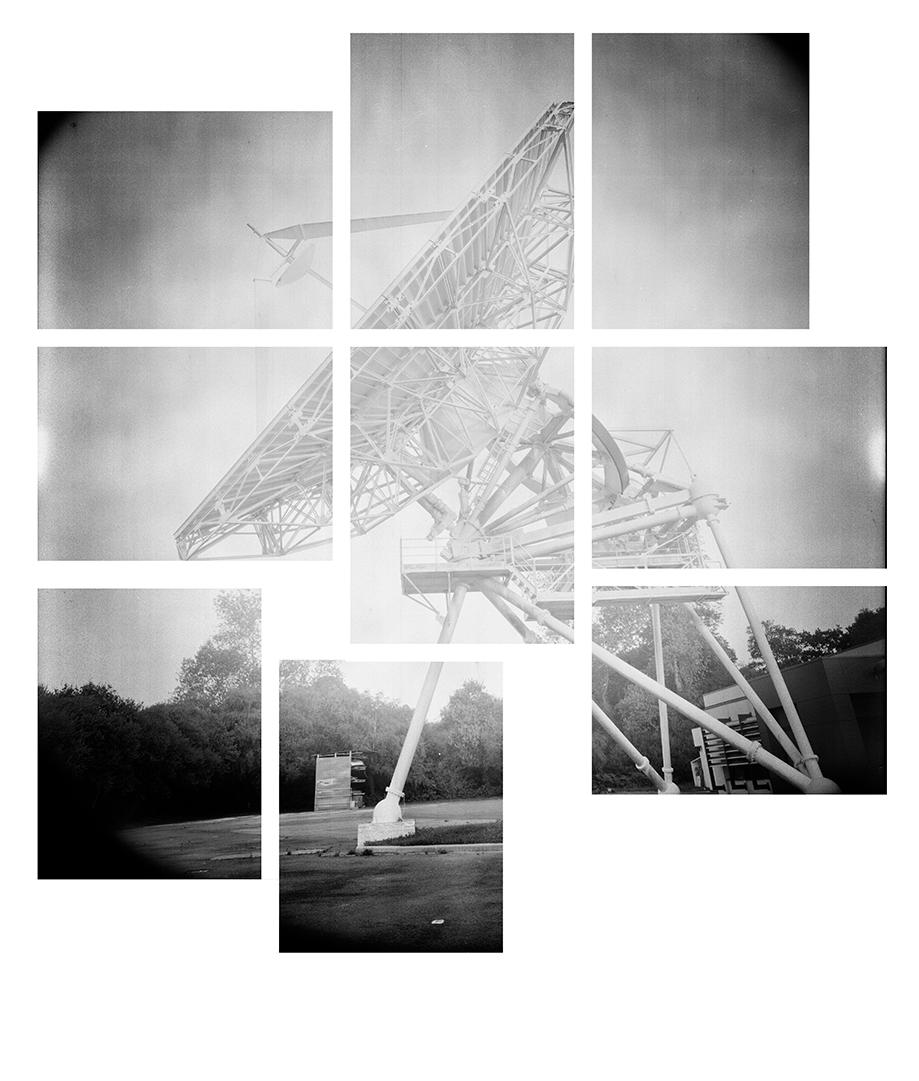
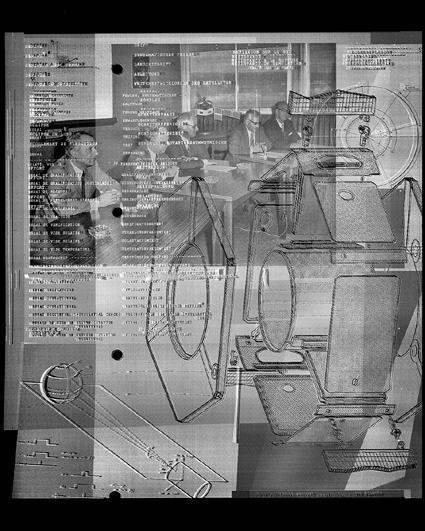
/ fourth edition
2013–2014 quarta edizione
204
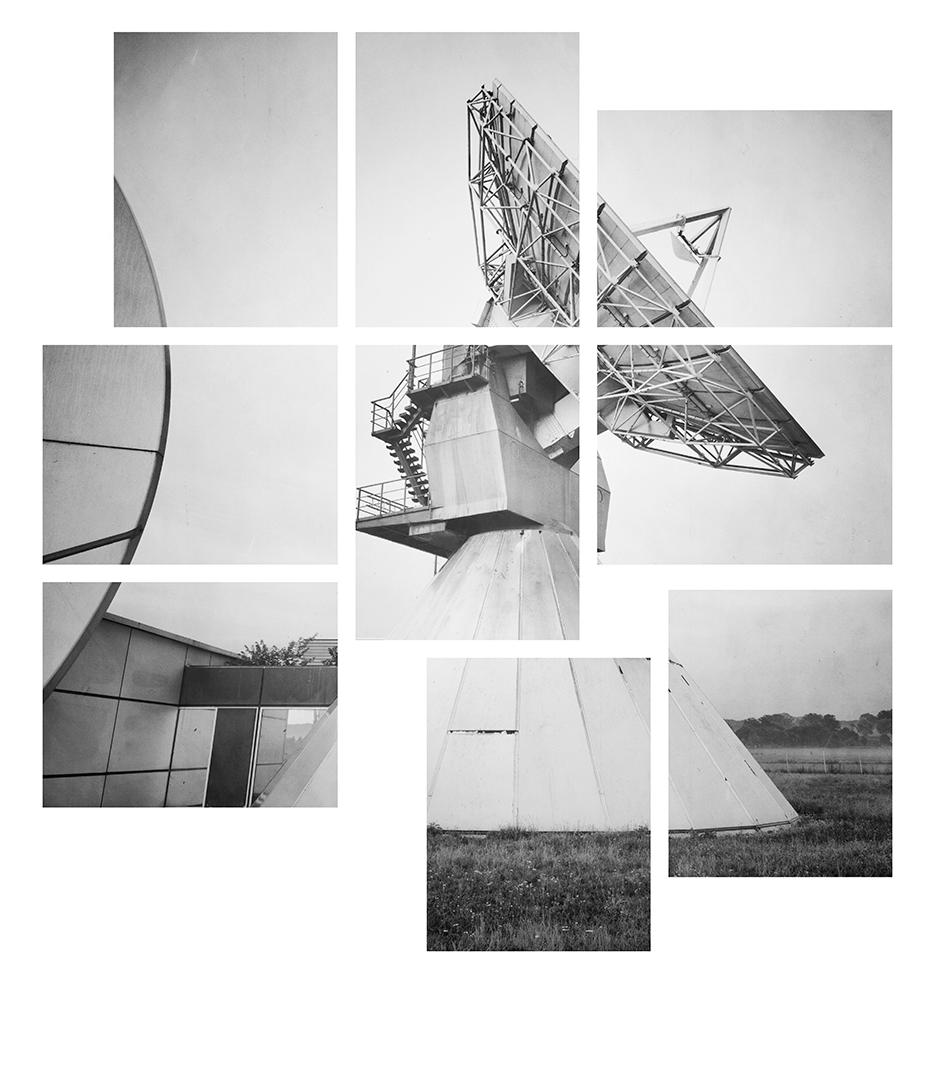
205
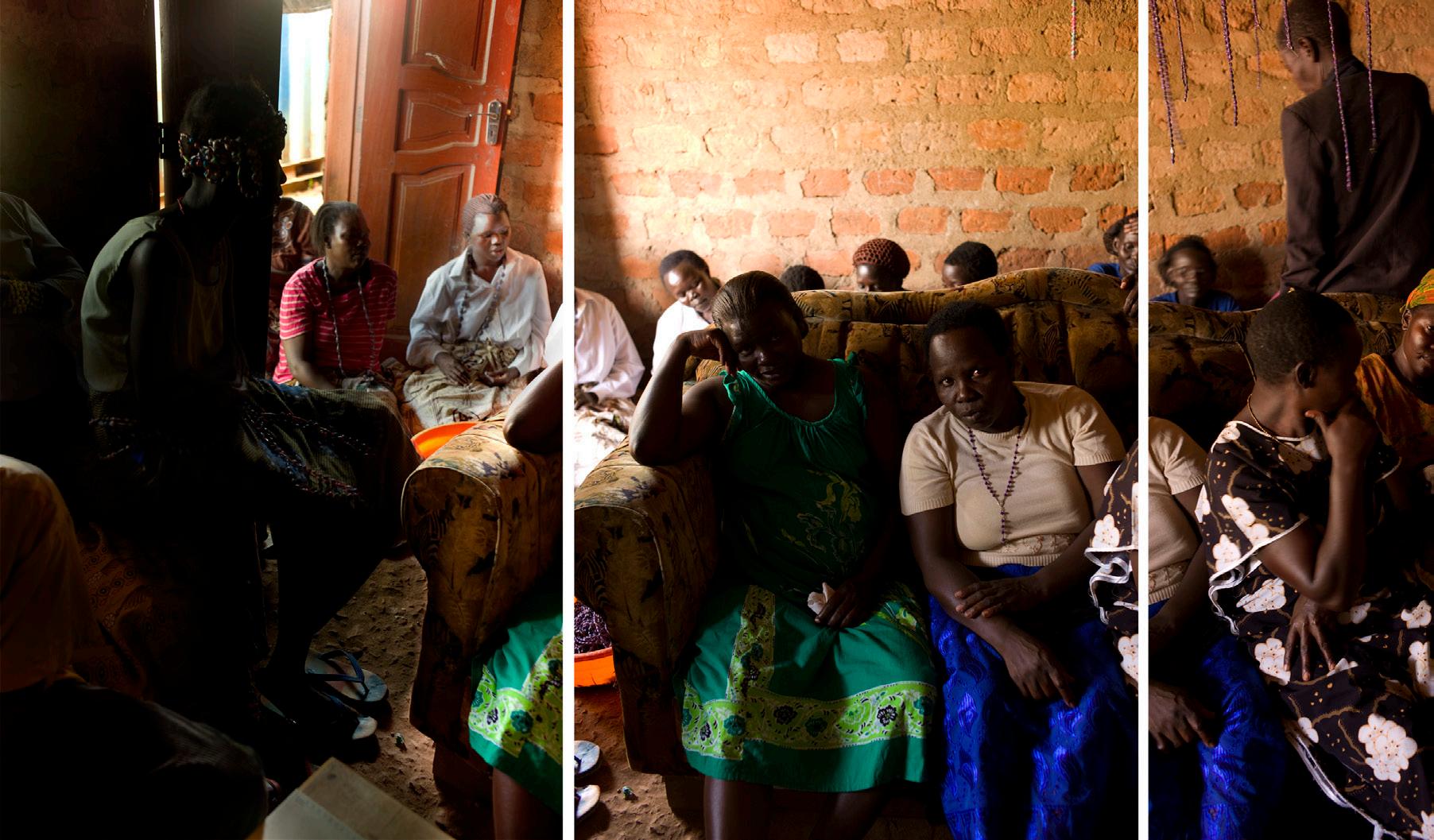
/ third edition
2011–2012 terza edizione
206
Andrea Stultiens (Winner) Crafted, 2012
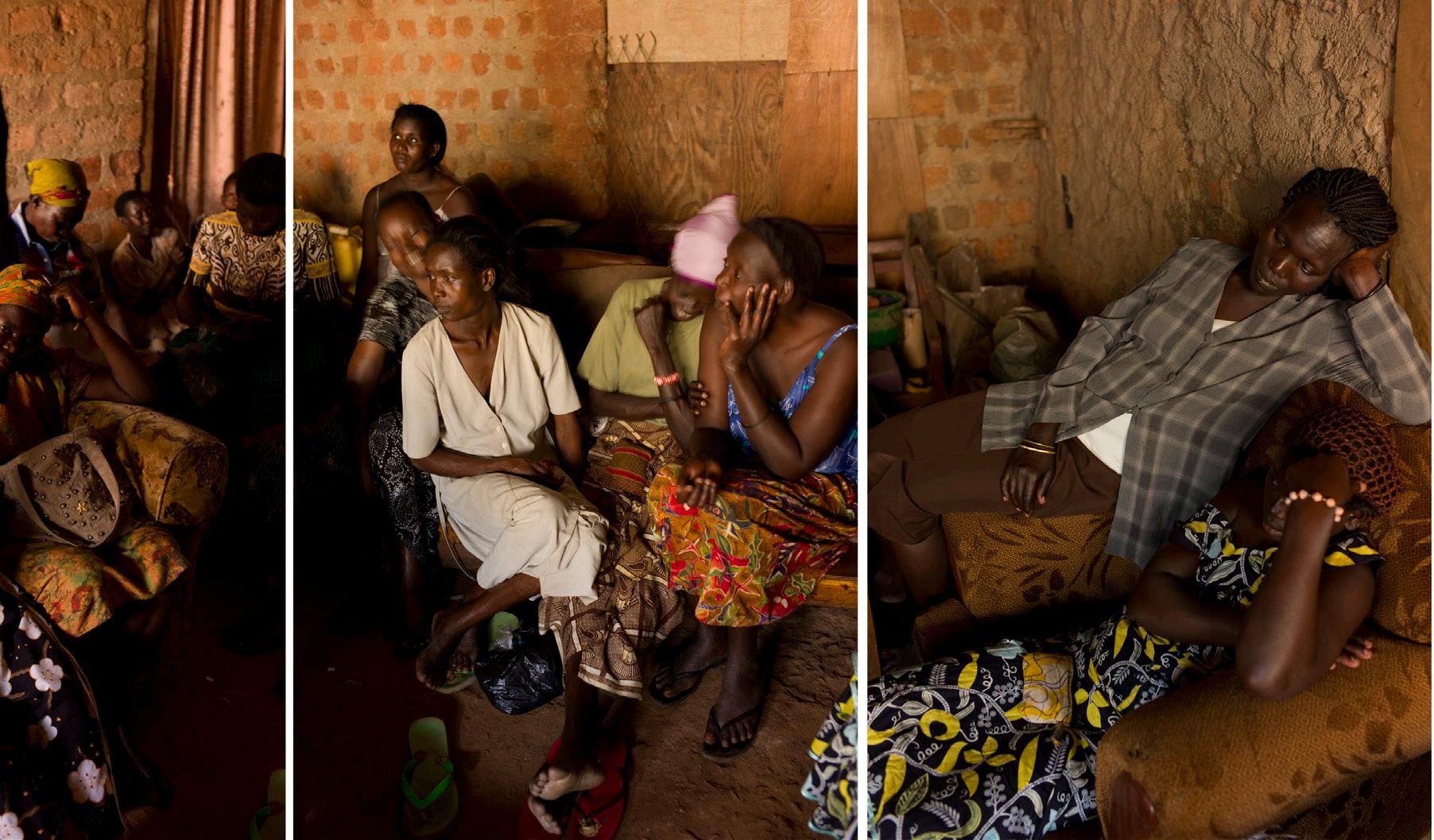
207
Txema Salvans (Winner) Basado en hechos reales, 2012 C-print, 95 × 128 cm
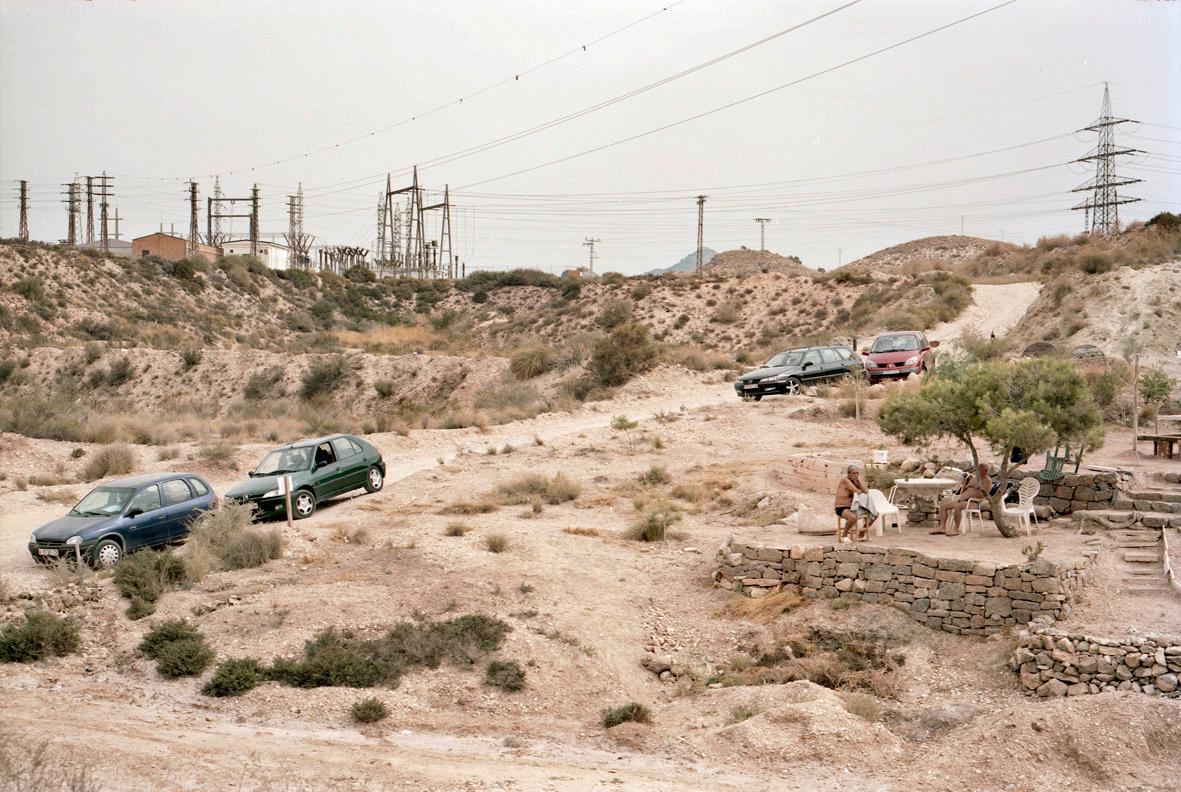
/ third edition
2011–2012 terza edizione
208
2011–2012 terza edizione
Skin, 2012
59 × 69,5 cm
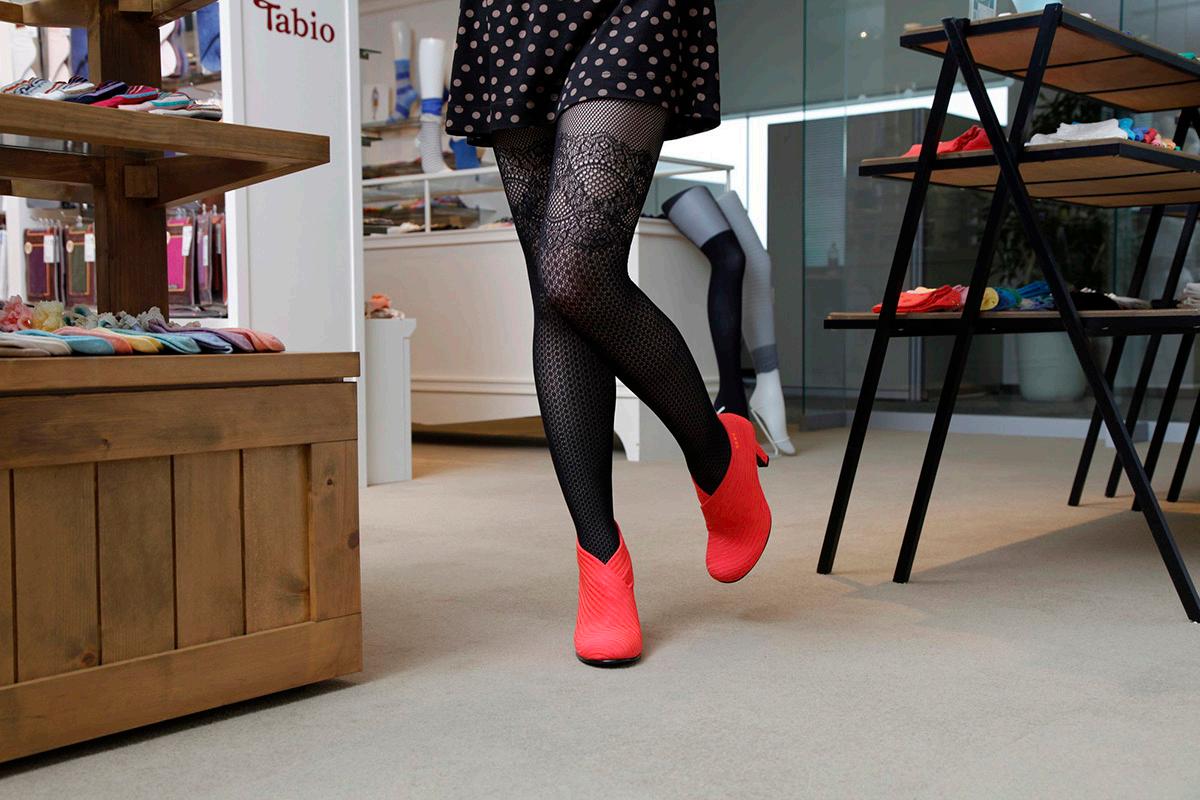

/ third edition
Tomoko Sawada
209
2011–2012 terza edizione / third edition
Jiang Jun
The Village with Skyscrapers, 2012
Stampa a pigmenti / Pigment print, 67,5 × 120 cm
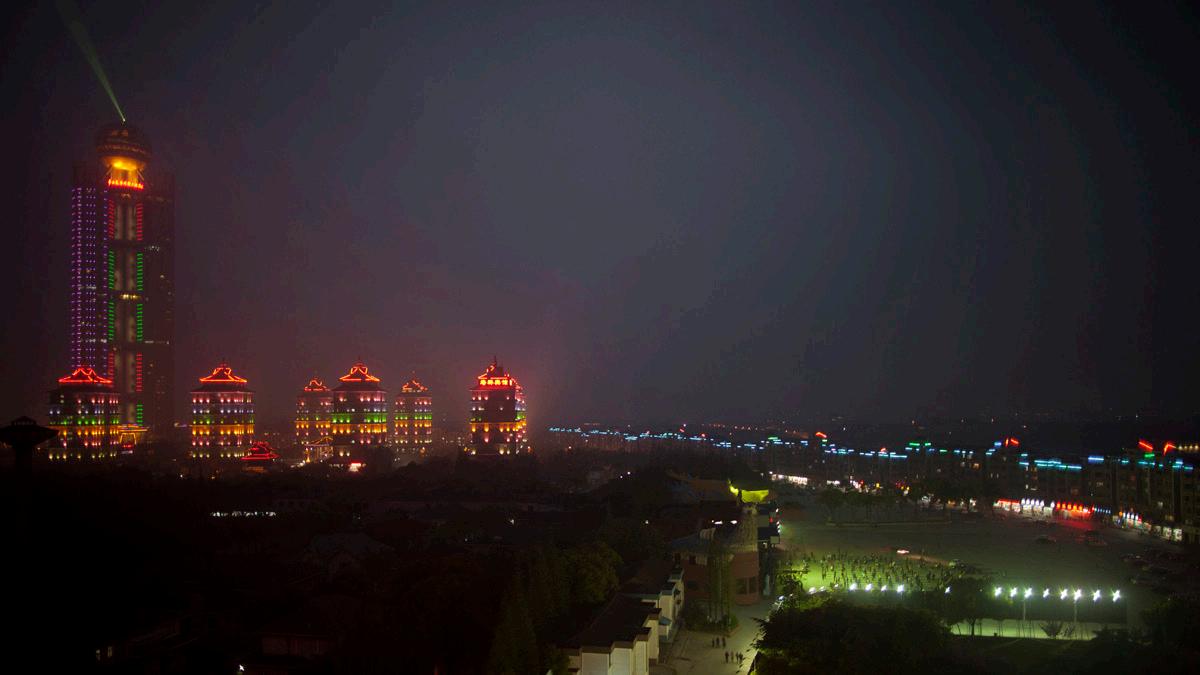
210
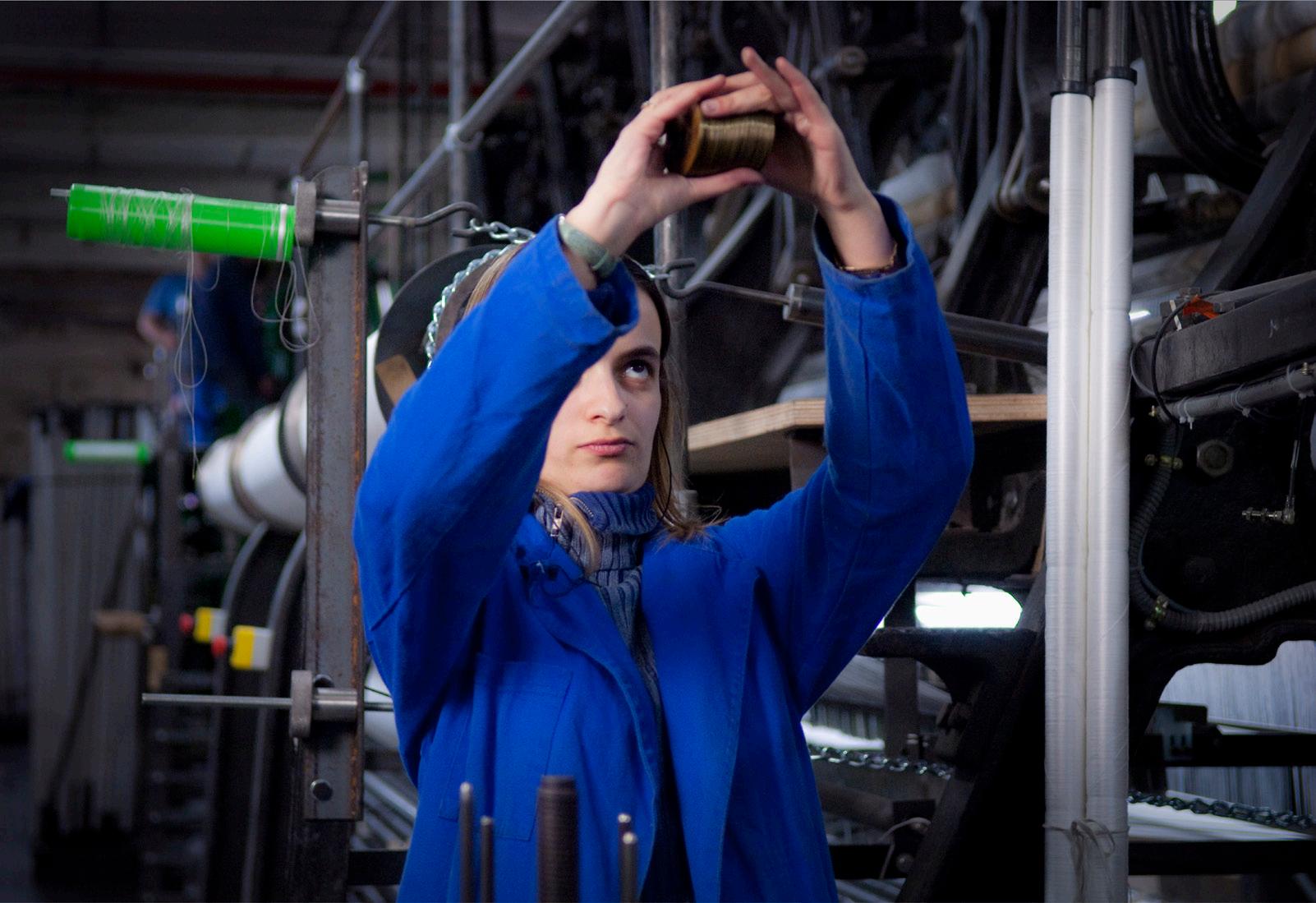
edition
2009–2010 seconda edizione / second
211
Olivia Gay (Winner) The lacemakers of Calais, 2010 C-print, 80 × 120 cm
‘Na mota e ‘na busa, 2010
C-print, 65 × 130 cm
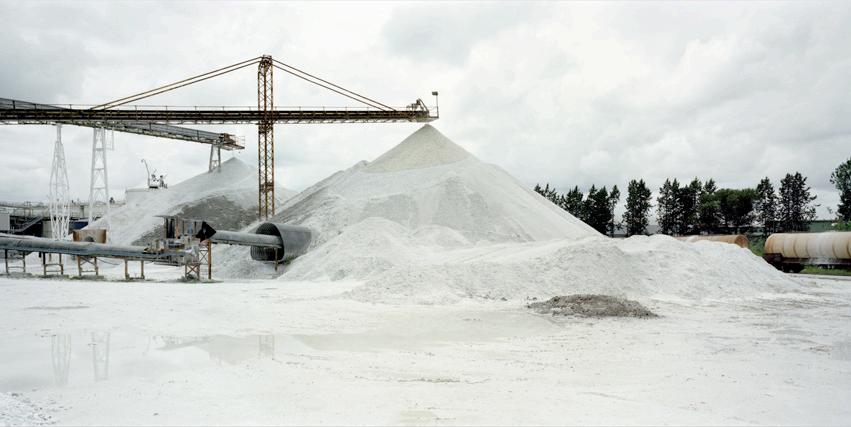
seconda edizione / second edition
2009–2010
Alessandro Sambin
212
Niels Stomps
El Dorado, 2010
C-print, 93 × 134 cm
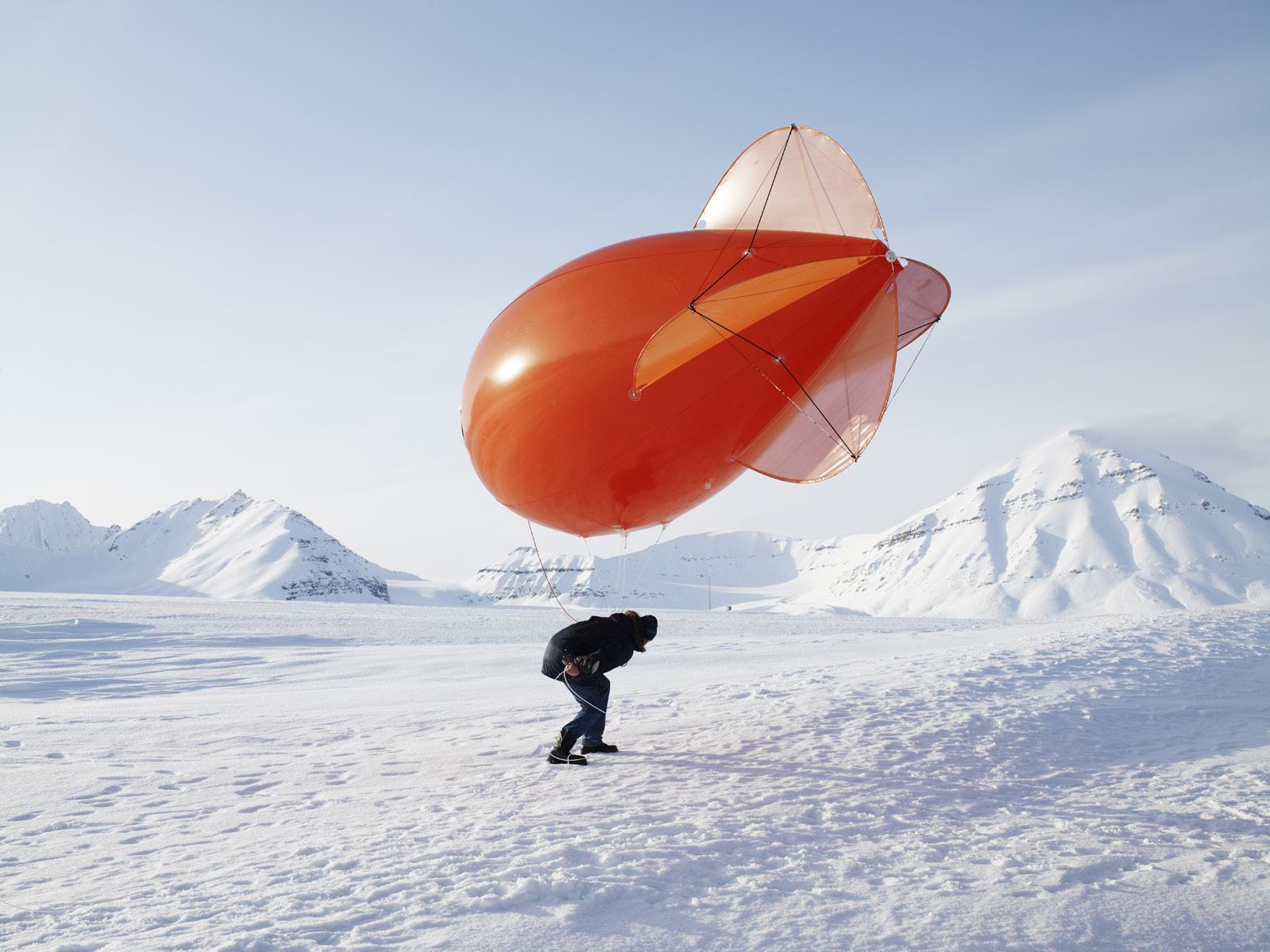
/ second edition
2009–2010 seconda edizione
213
Justin Jin Zone of Absolute Discomfort, 2010 C-print, 86 × 130 cm
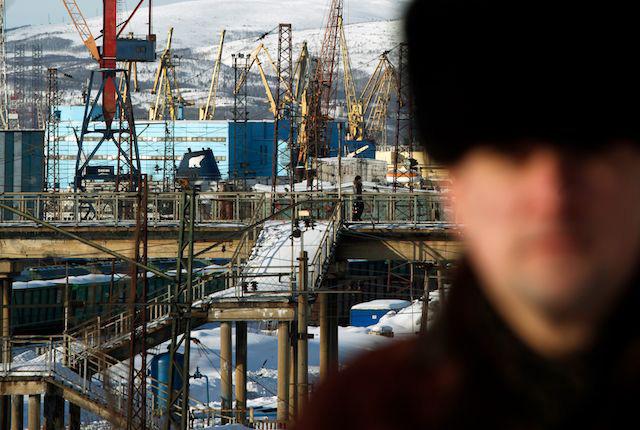
2009–2010 seconda edizione / second edition
214
2007–2008 prima edizione / first edition
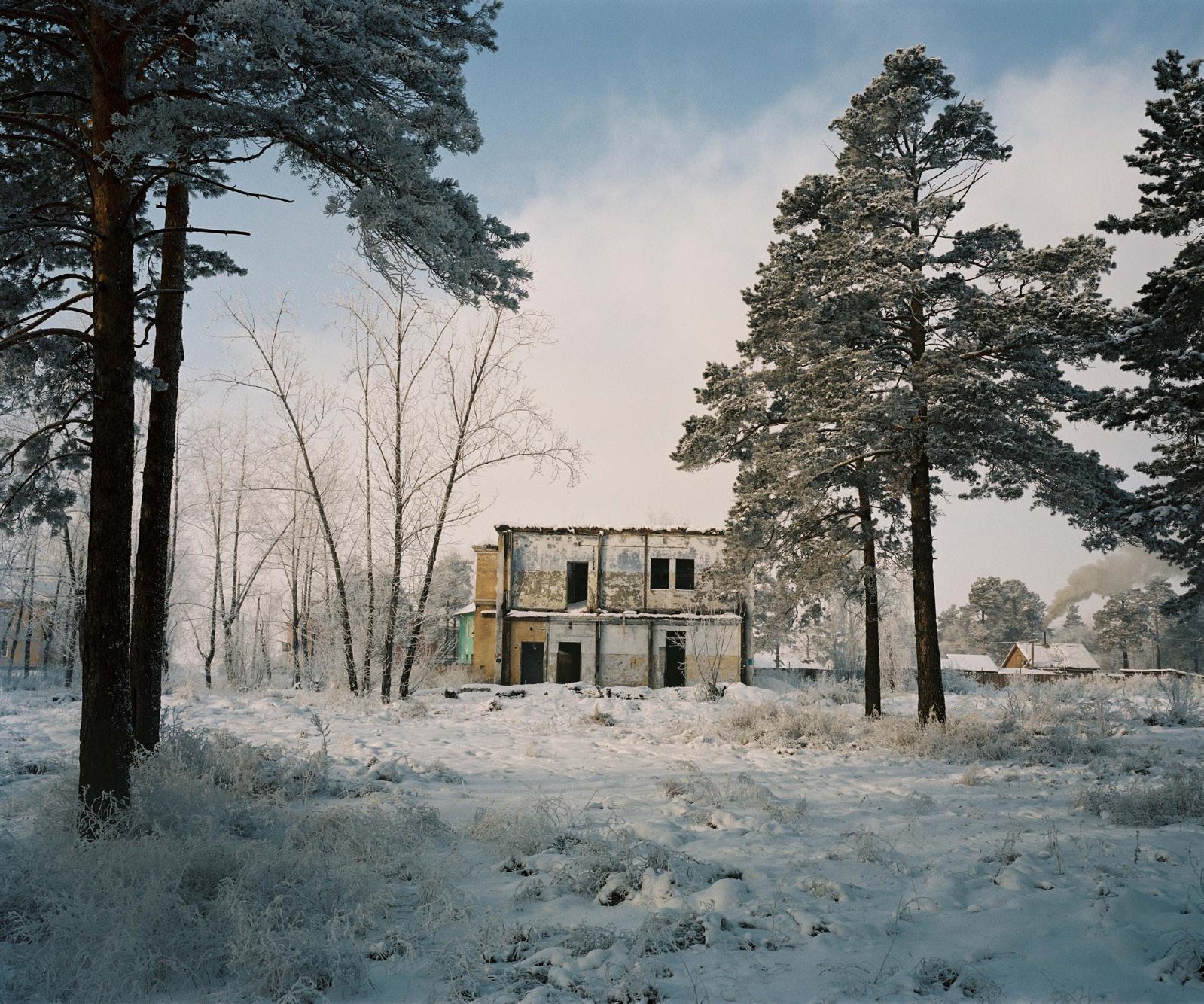
215
Rob Hornstra (Winner) How the steel was tempered, 2008 Stampa inkjet / Inkjet print, 83 × 99 cm
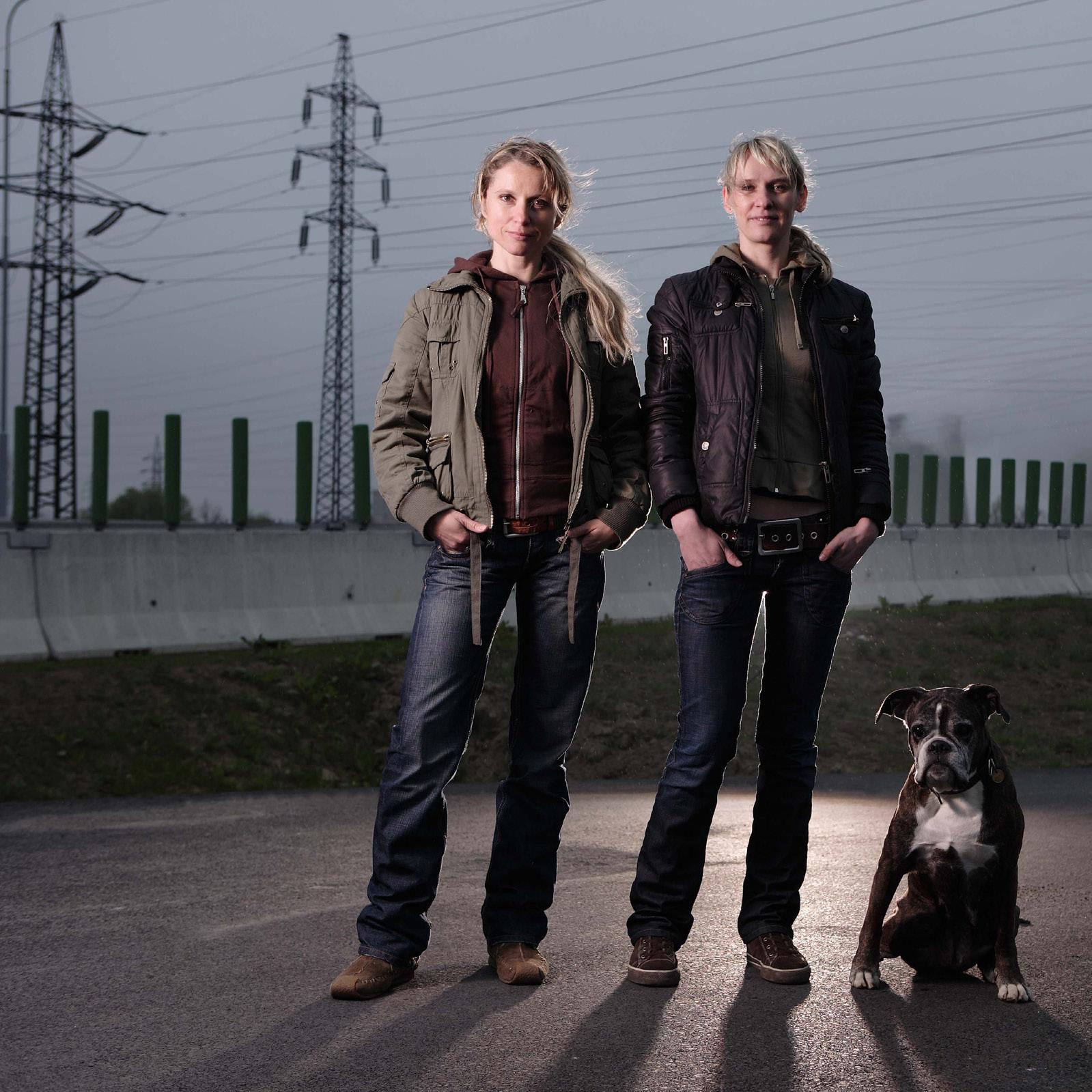
/ first edition
2007–2008 prima edizione
216
Dita Pepe (Winner) Self-Portraits, 2008 Stampa inkjet / Inkjet print, 100 × 100 cm
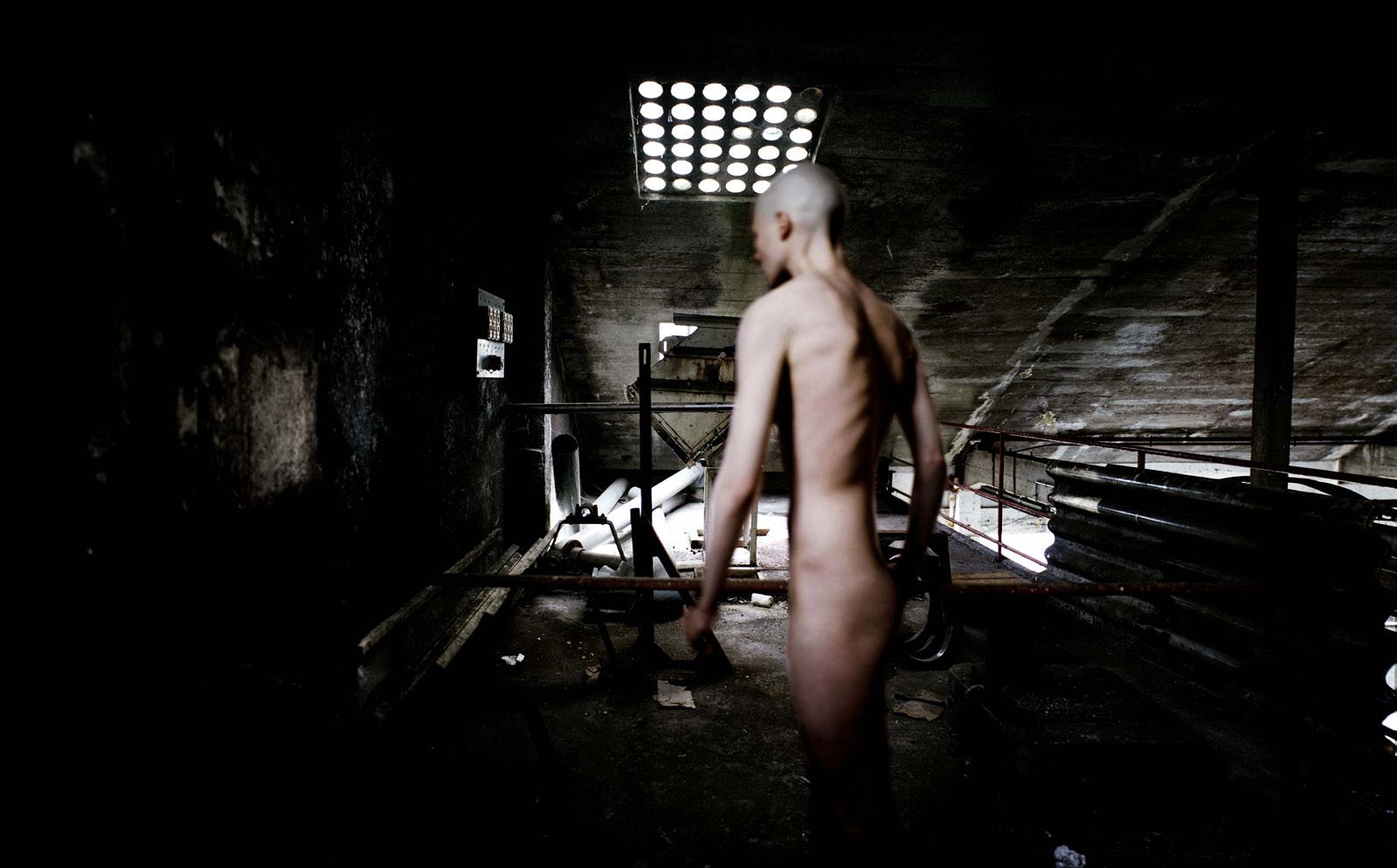
edition
2007–2008 prima edizione / first
Léa Crespi (Winner) Lieux, 2008
217
Videoproiezione / Video projection


 Senza titolo 6 / Untitled 6, 2022 Stampa d’archivio montata su Dibond / Archival print mounted on Dibond, 200 × 125 cm
Senza titolo 6 / Untitled 6, 2022 Stampa d’archivio montata su Dibond / Archival print mounted on Dibond, 200 × 125 cm

 d’archivio montata su Dibond / Archival print mounted on Dibond, 200 × 125 cm
d’archivio montata su Dibond / Archival print mounted on Dibond, 200 × 125 cm

 Senza titolo 10 / Untitled 10, 2022 Stampa d’archivio montata su Dibond / Archival print mounted on Dibond, 200 × 125 cm
Senza titolo 10 / Untitled 10, 2022 Stampa d’archivio montata su Dibond / Archival print mounted on Dibond, 200 × 125 cm

 Senza titolo 14 / Untitled 14, 2022
Stampa d’archivio montata su Dibond / Archival print mounted on Dibond, 200 × 125 cm
Senza titolo 14 / Untitled 14, 2022
Stampa d’archivio montata su Dibond / Archival print mounted on Dibond, 200 × 125 cm
























































 Farah Al Qasimi
Farah Al Qasimi







 Farah Al Qasimi
Marrim in auto / Marrim in Car, 2022
Farah Al Qasimi
Marrim in auto / Marrim in Car, 2022



 Farah Al Qasimi
Farah Al Qasimi


 Fordson Island, 2022
Fordson Island, 2022





 Salvatore Vitale
Salvatore Vitale
 impazienti il futuro!” / “We are excited for future!”, 2022
impazienti il futuro!” / “We are excited for future!”, 2022


 Salvatore Vitale
Salvatore Vitale


 Salvatore Vitale
Salvatore Vitale















 Salvatore Vitale
Salvatore Vitale














































































































 Cristóbal Olivares
Cristóbal Olivares















































